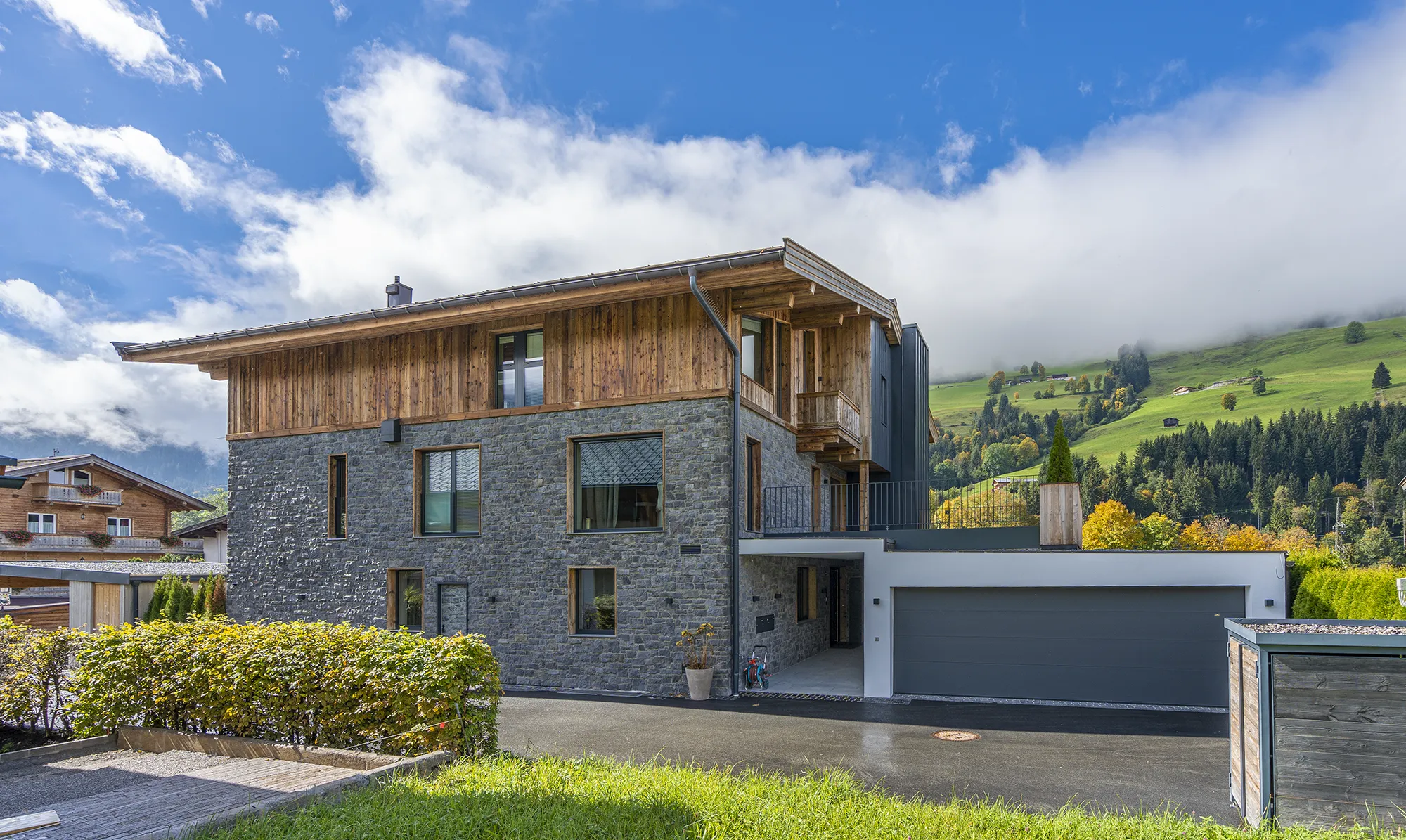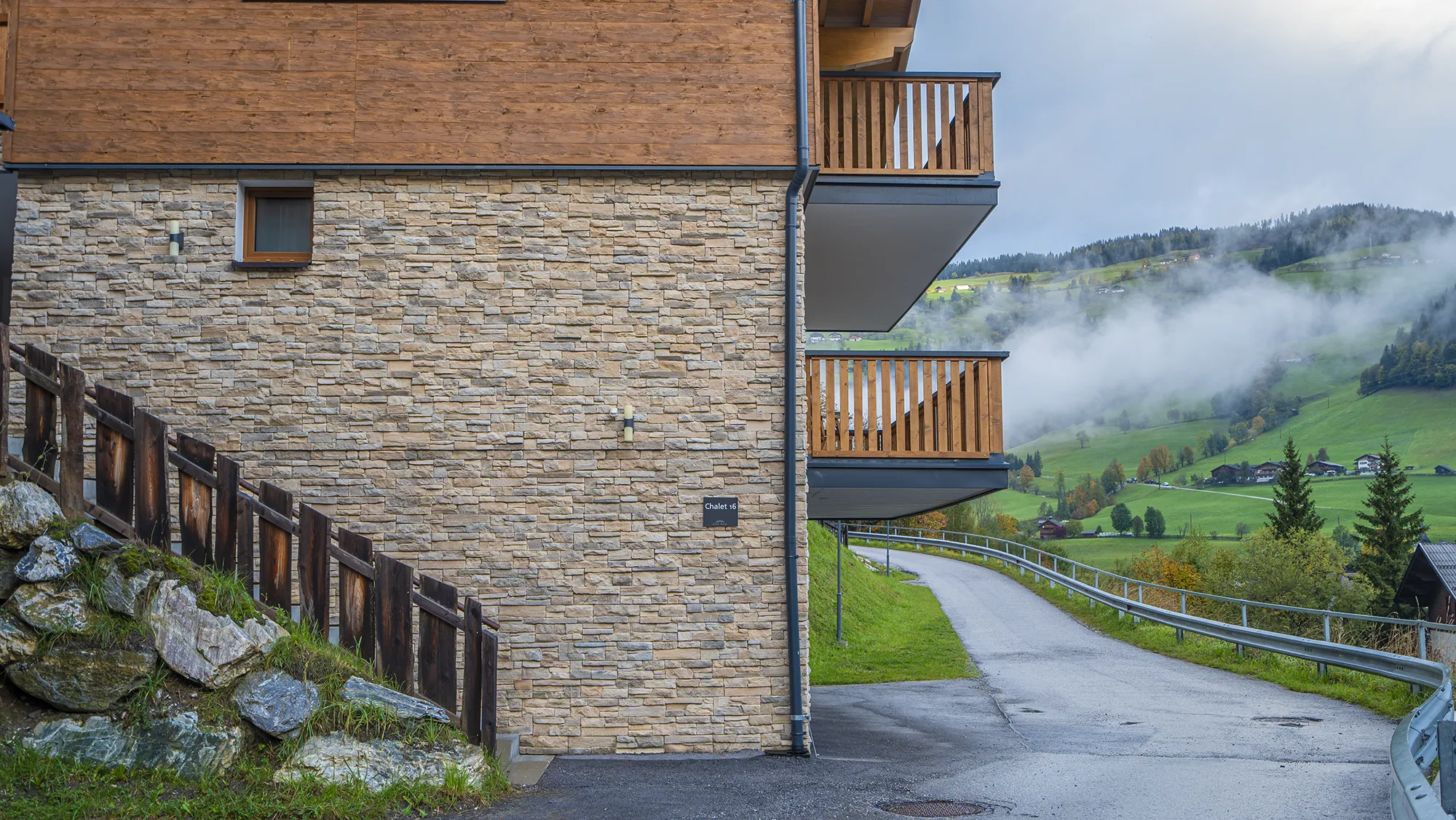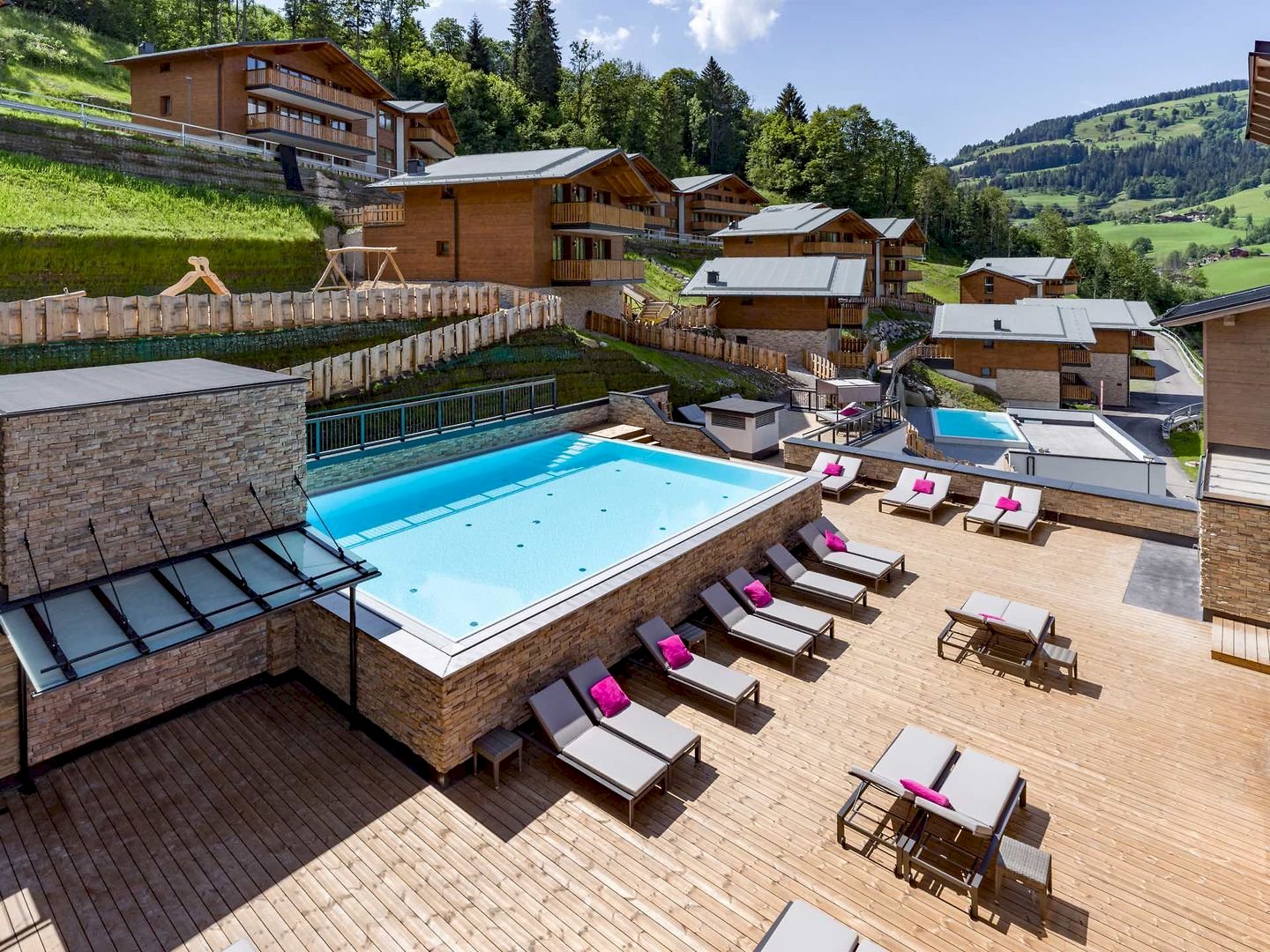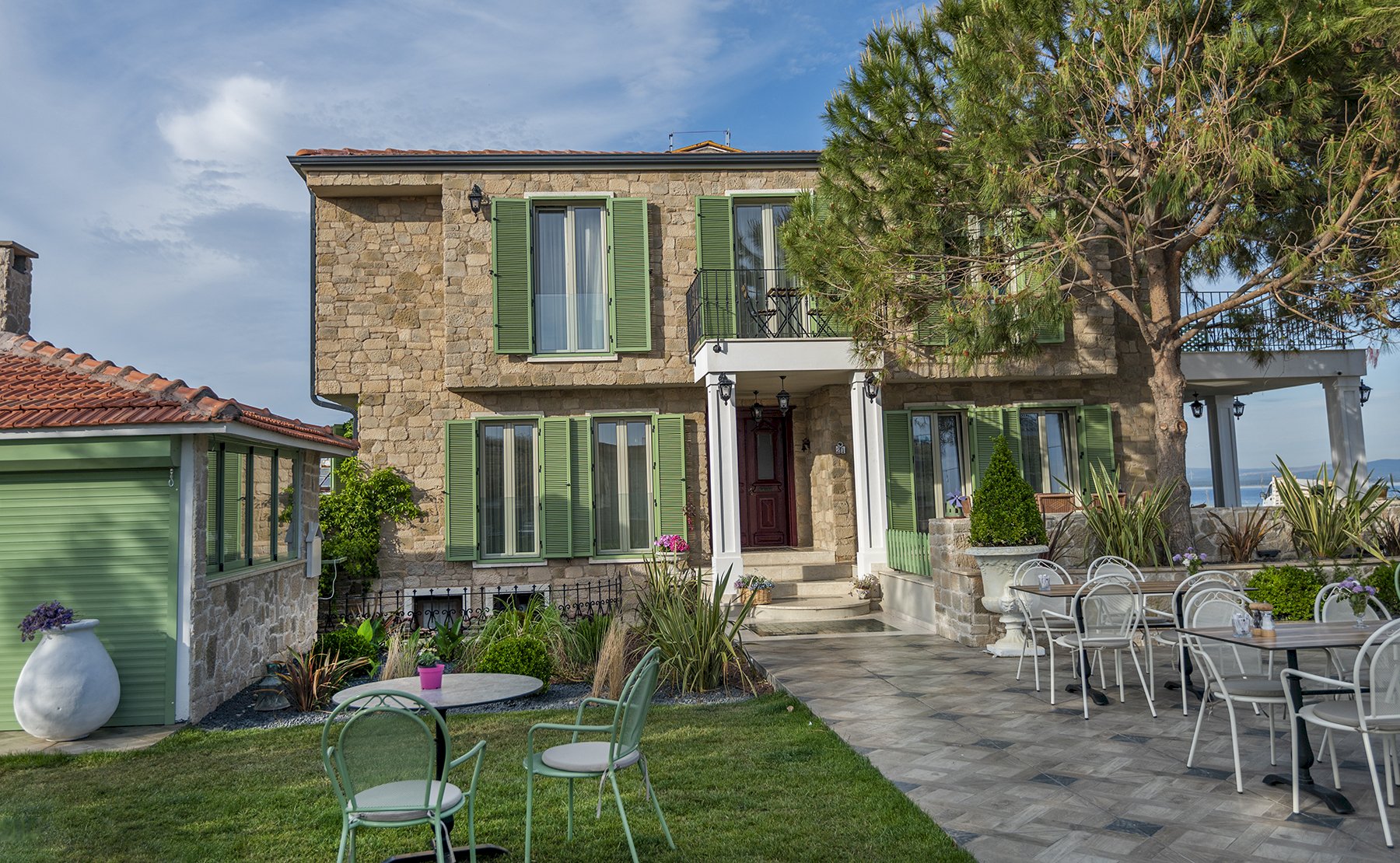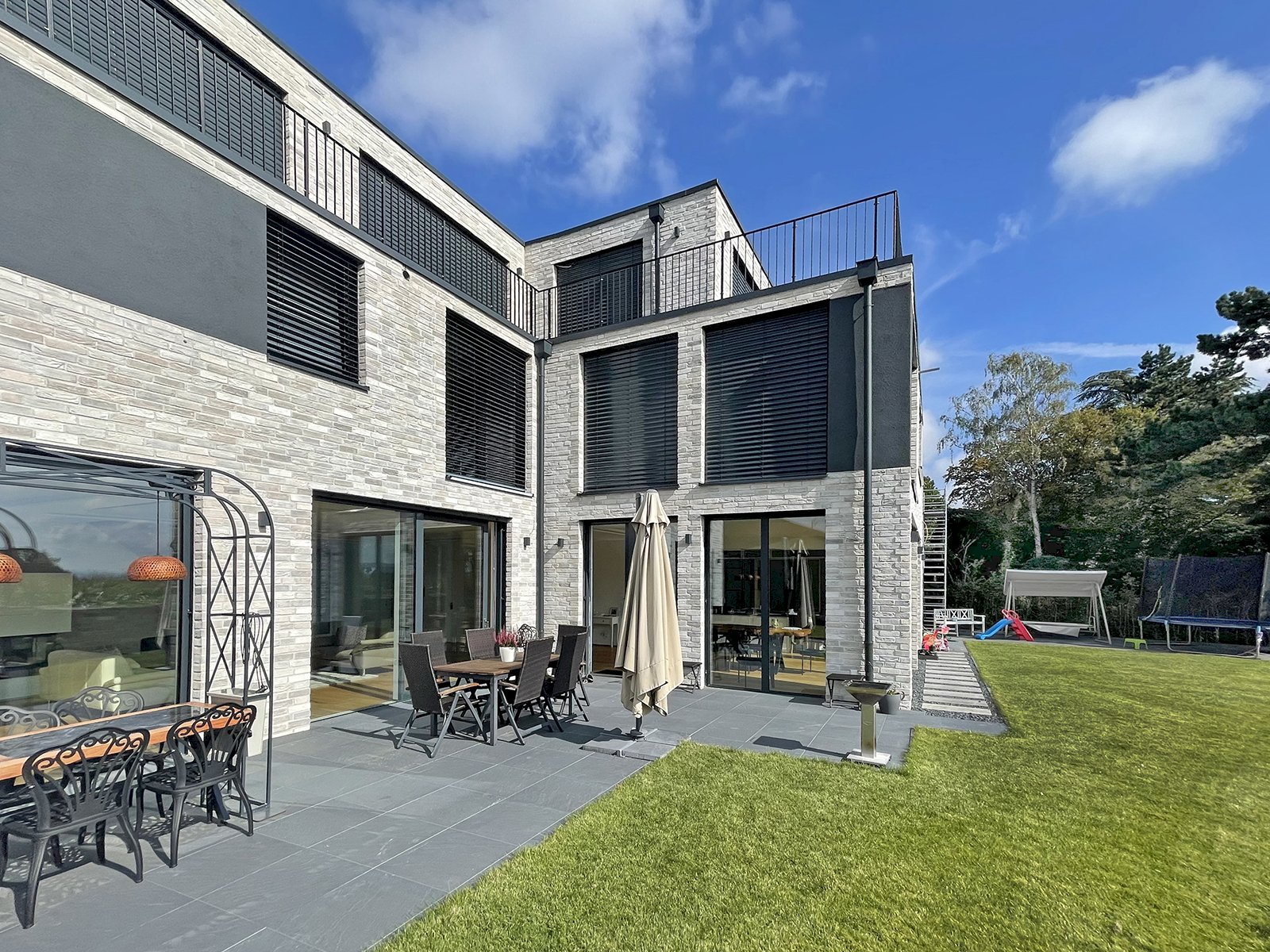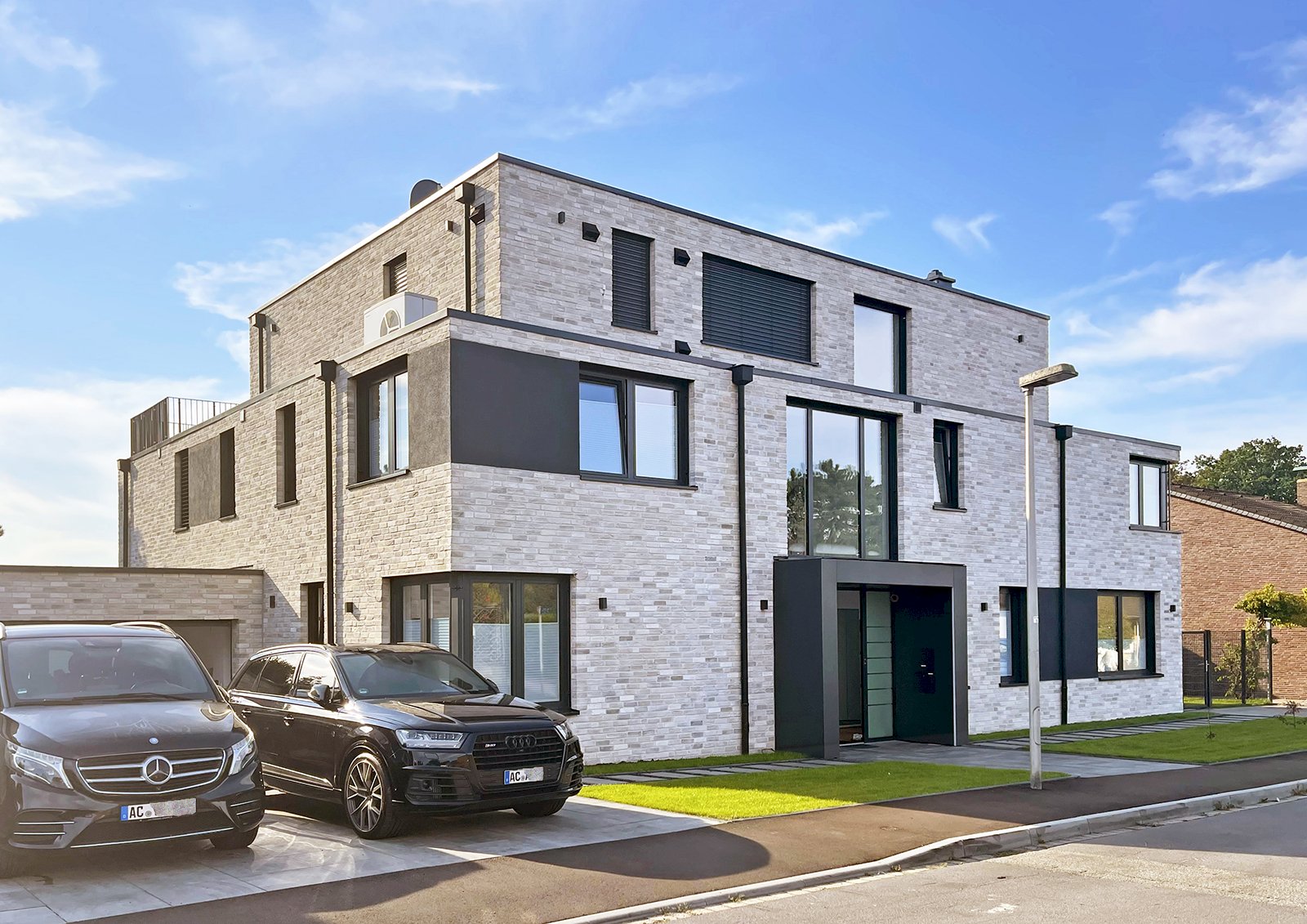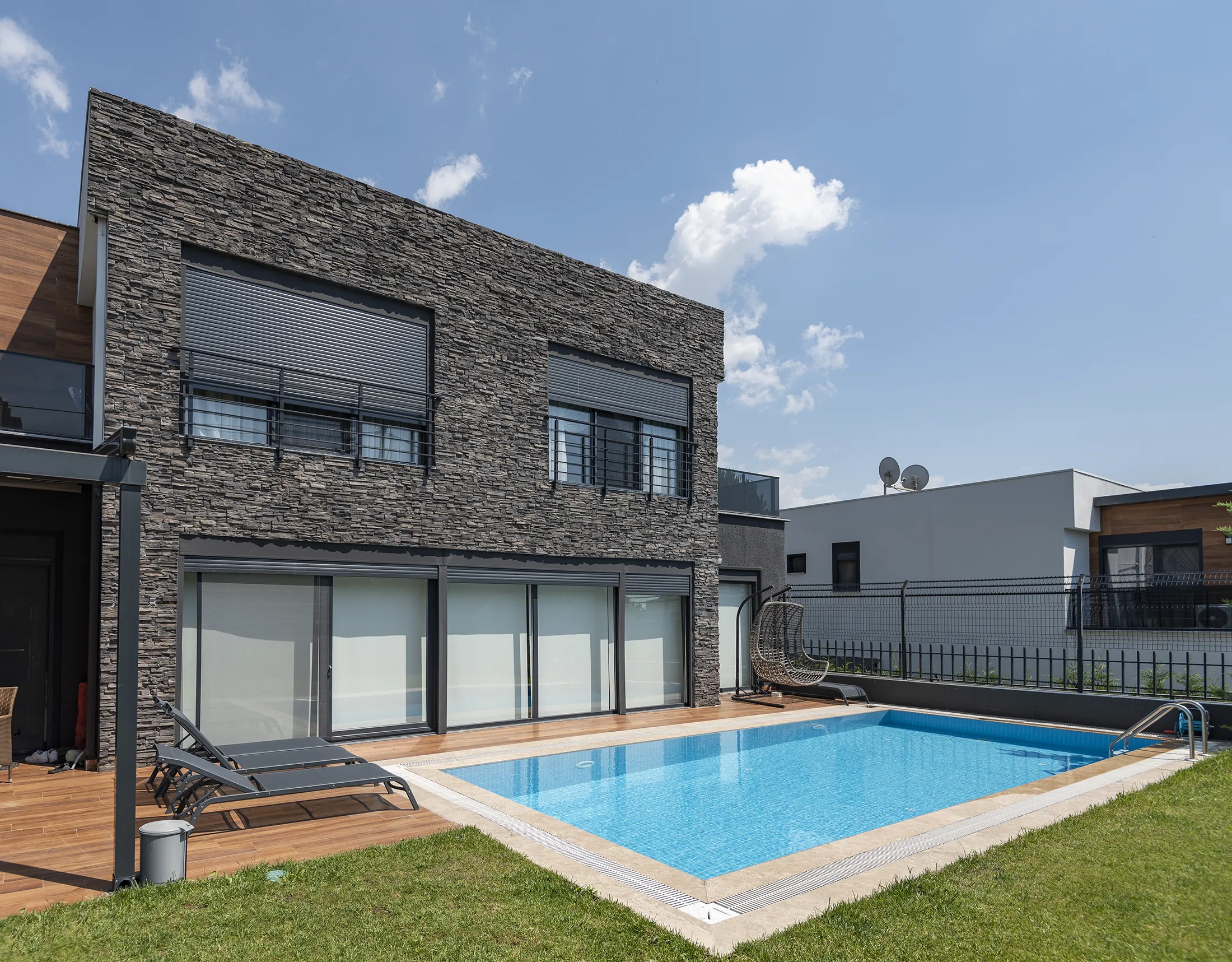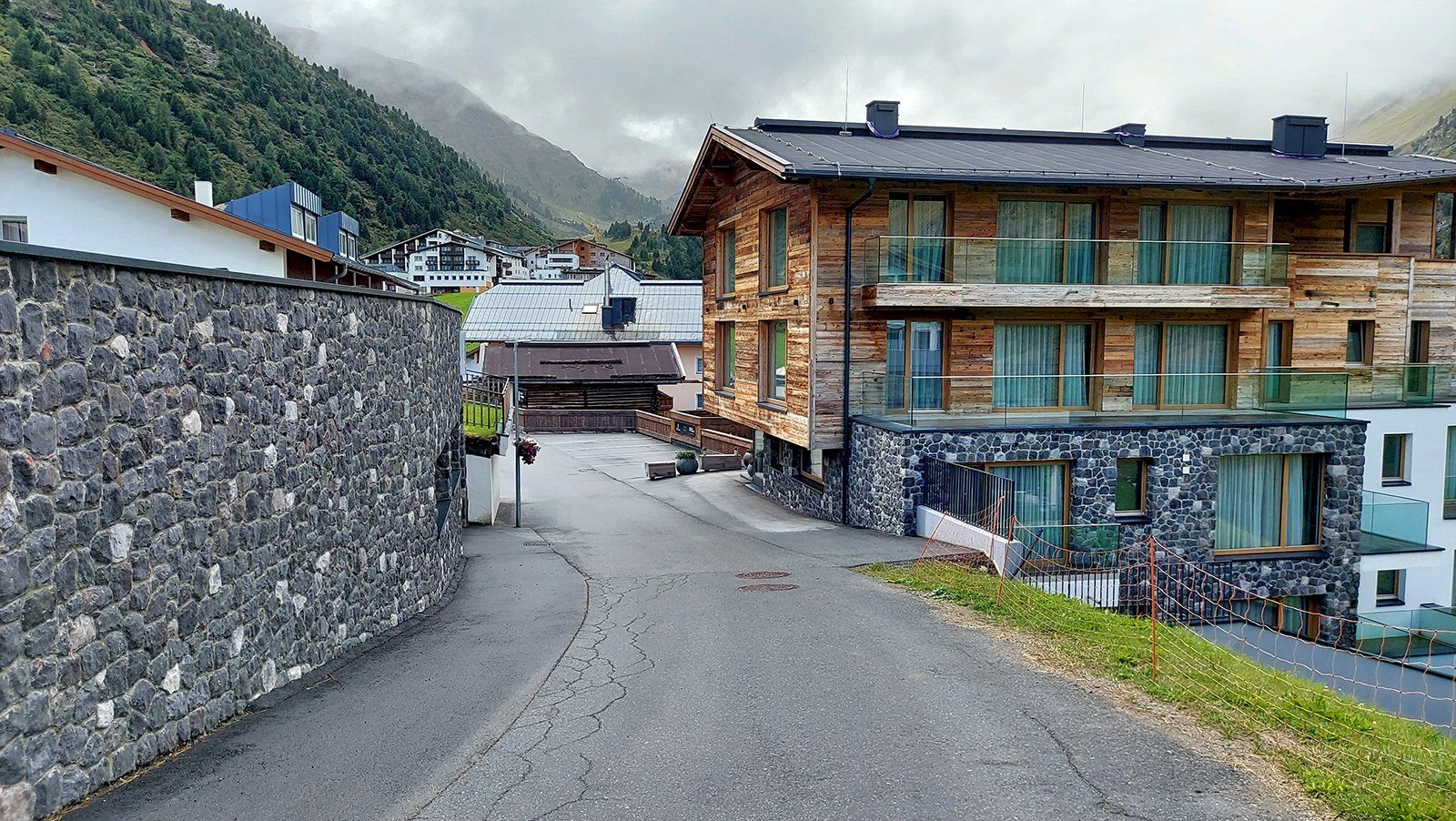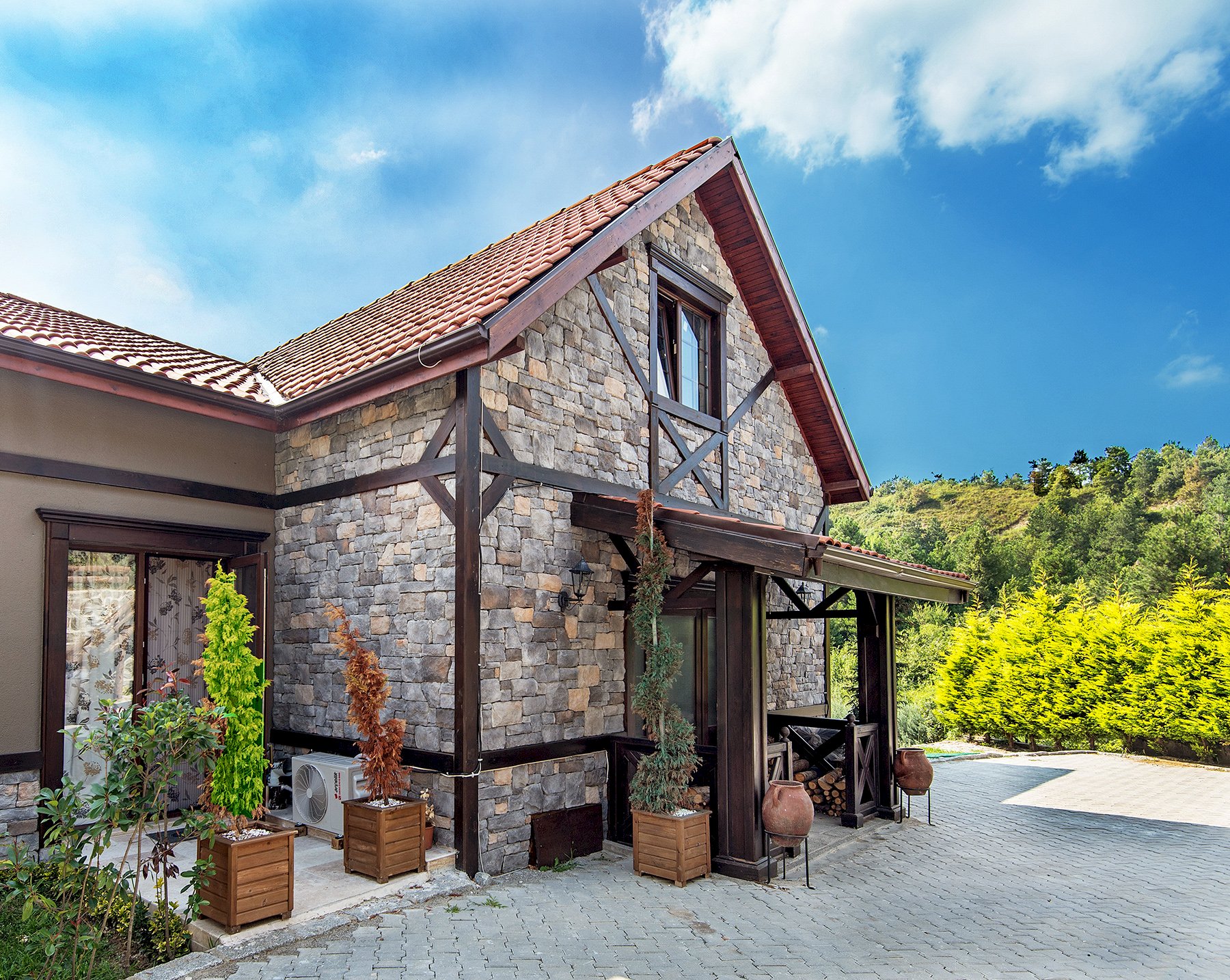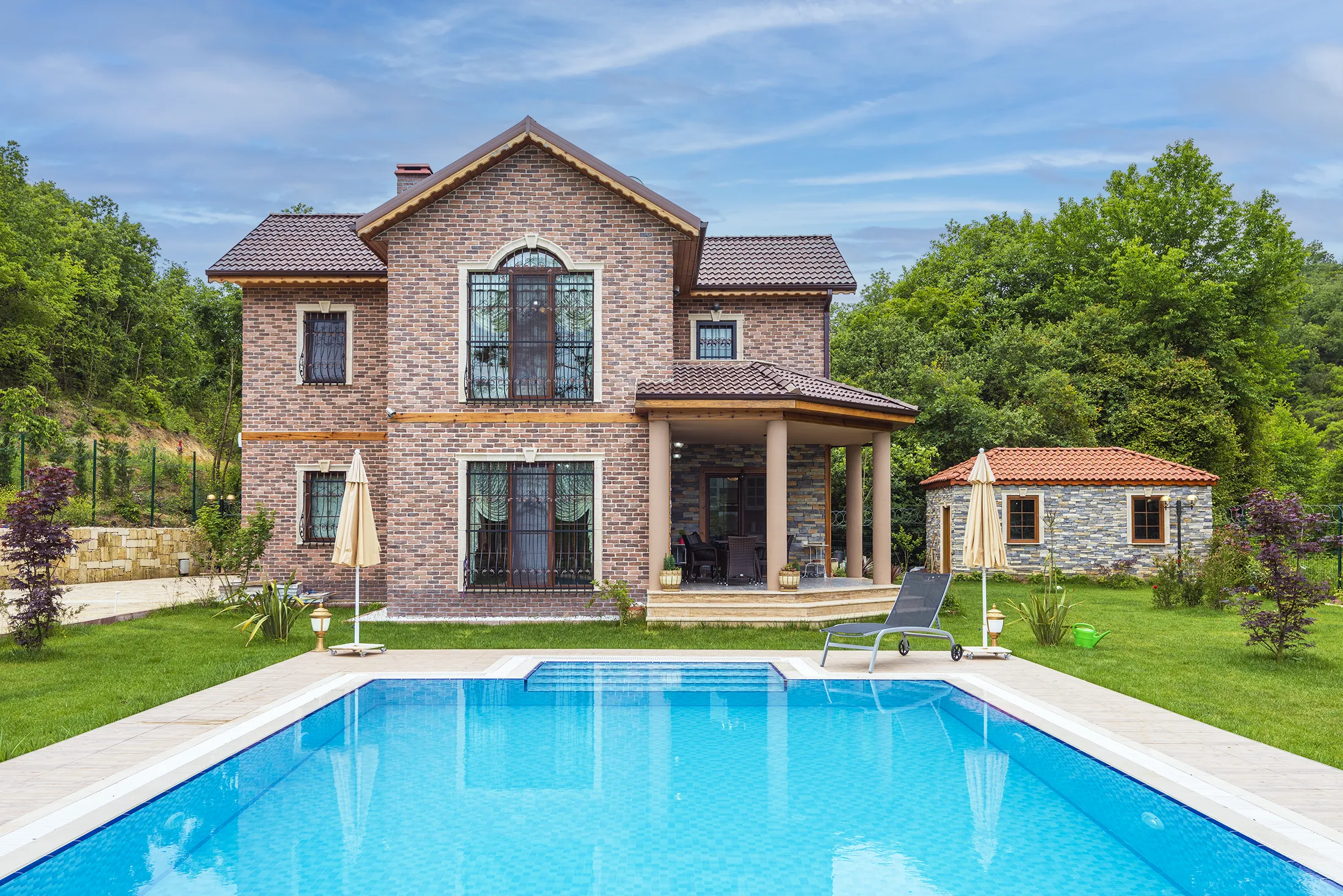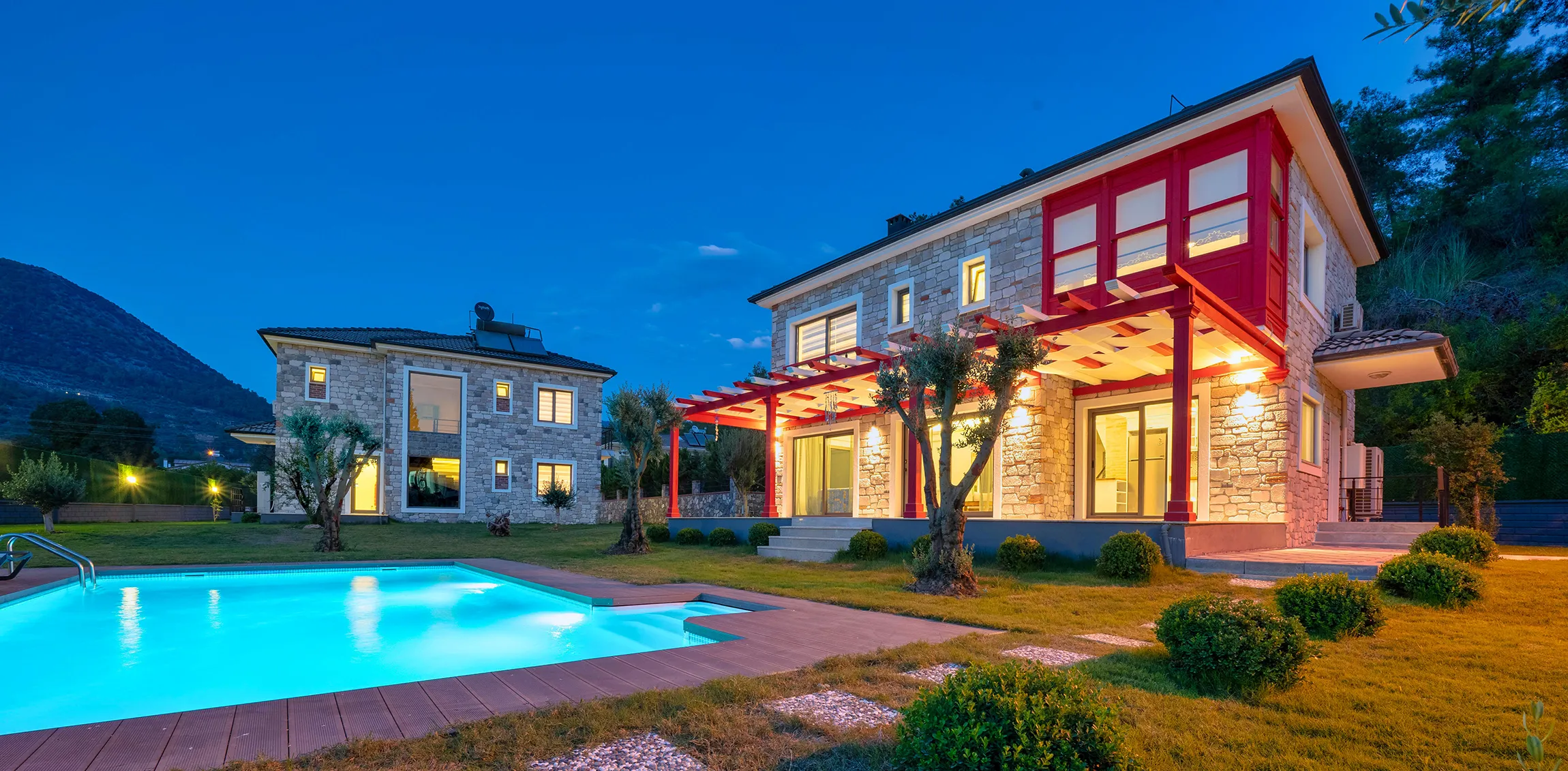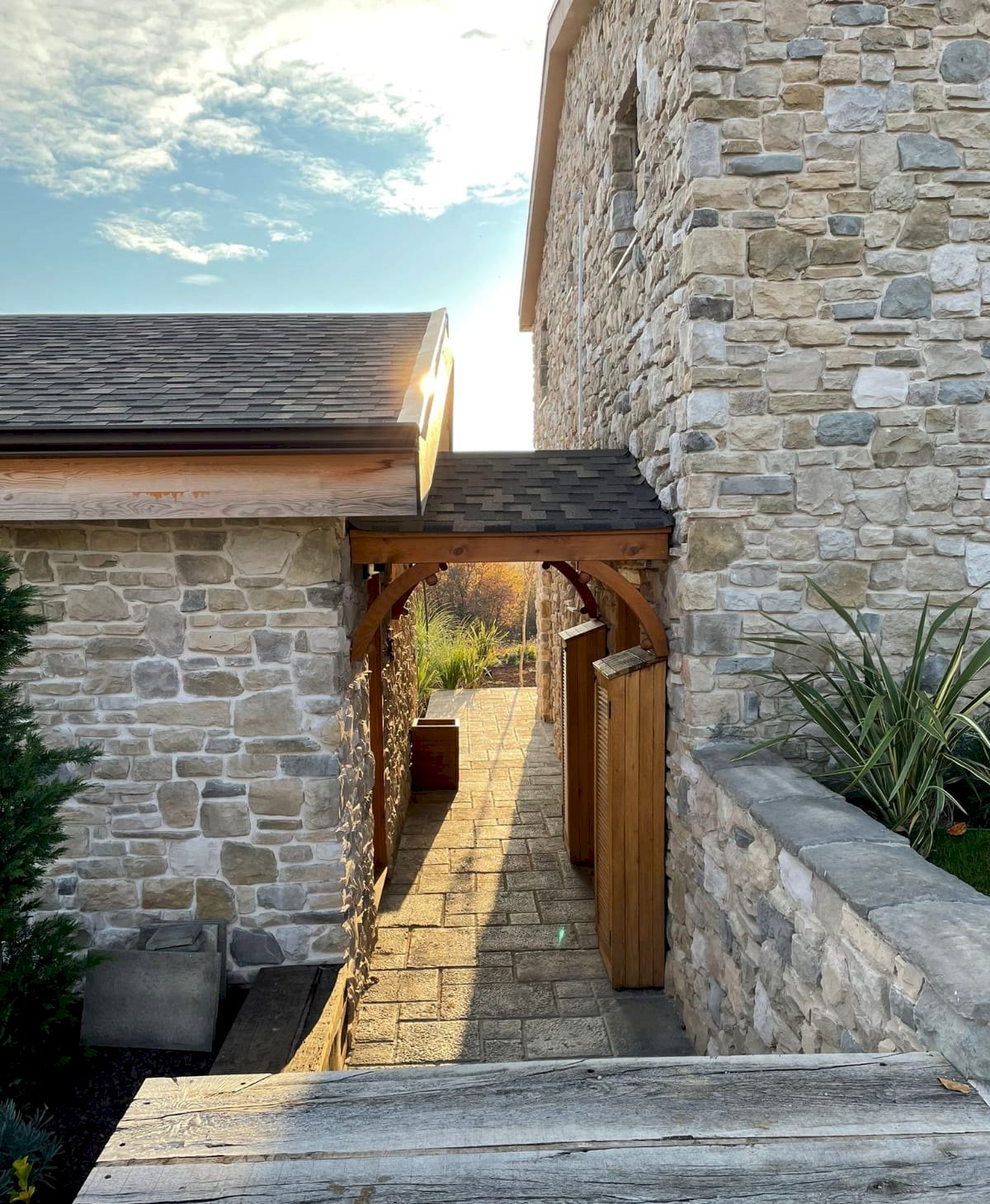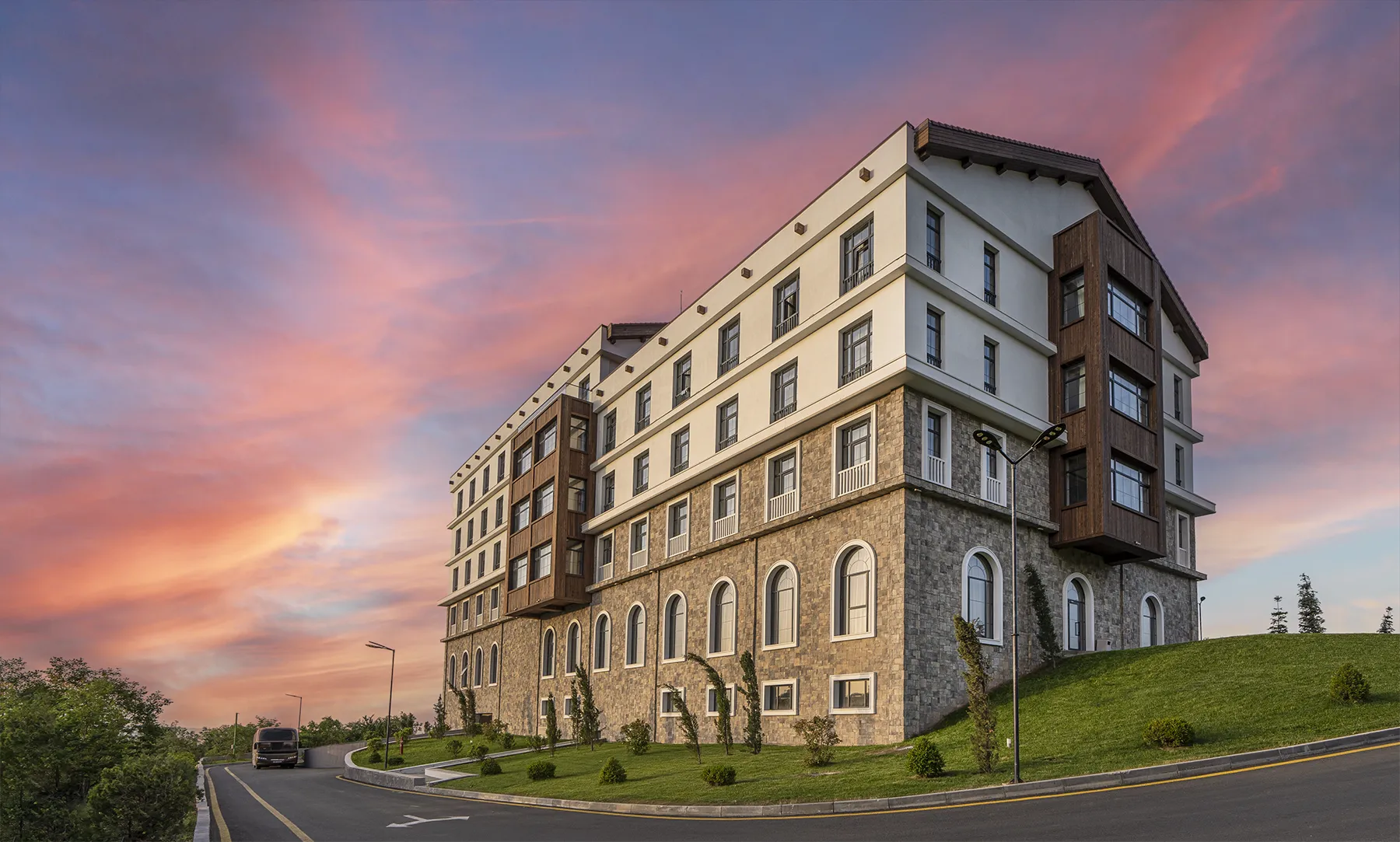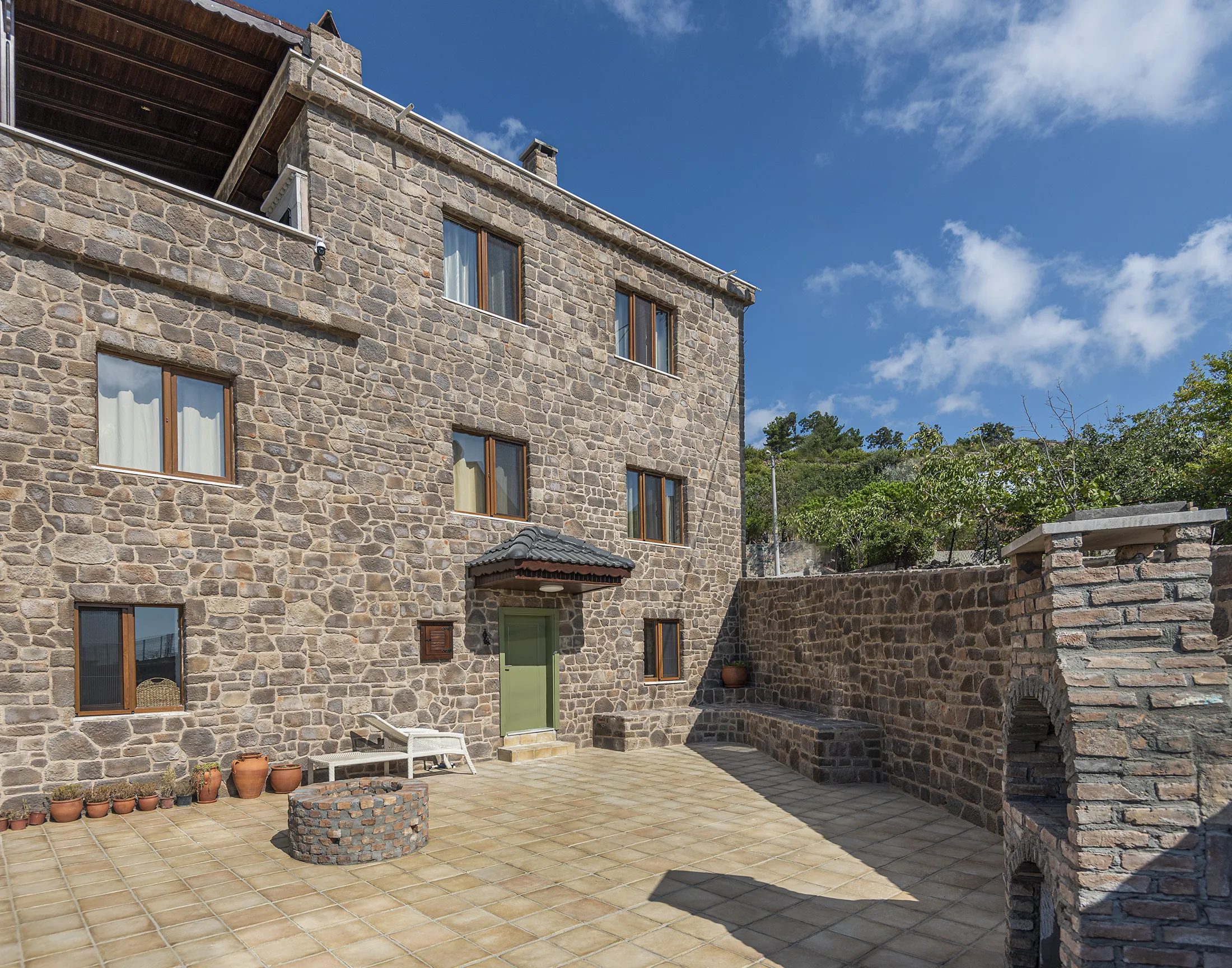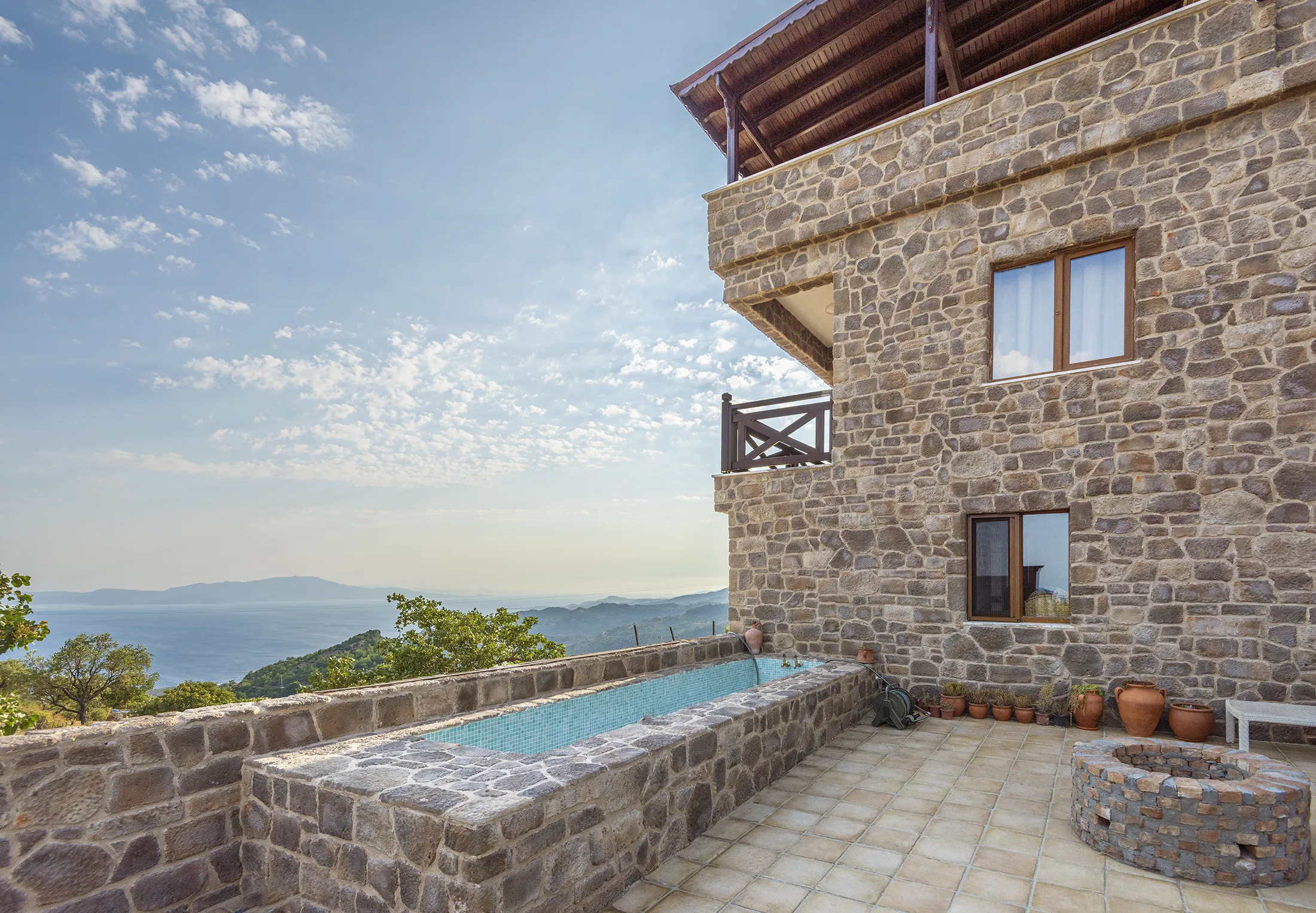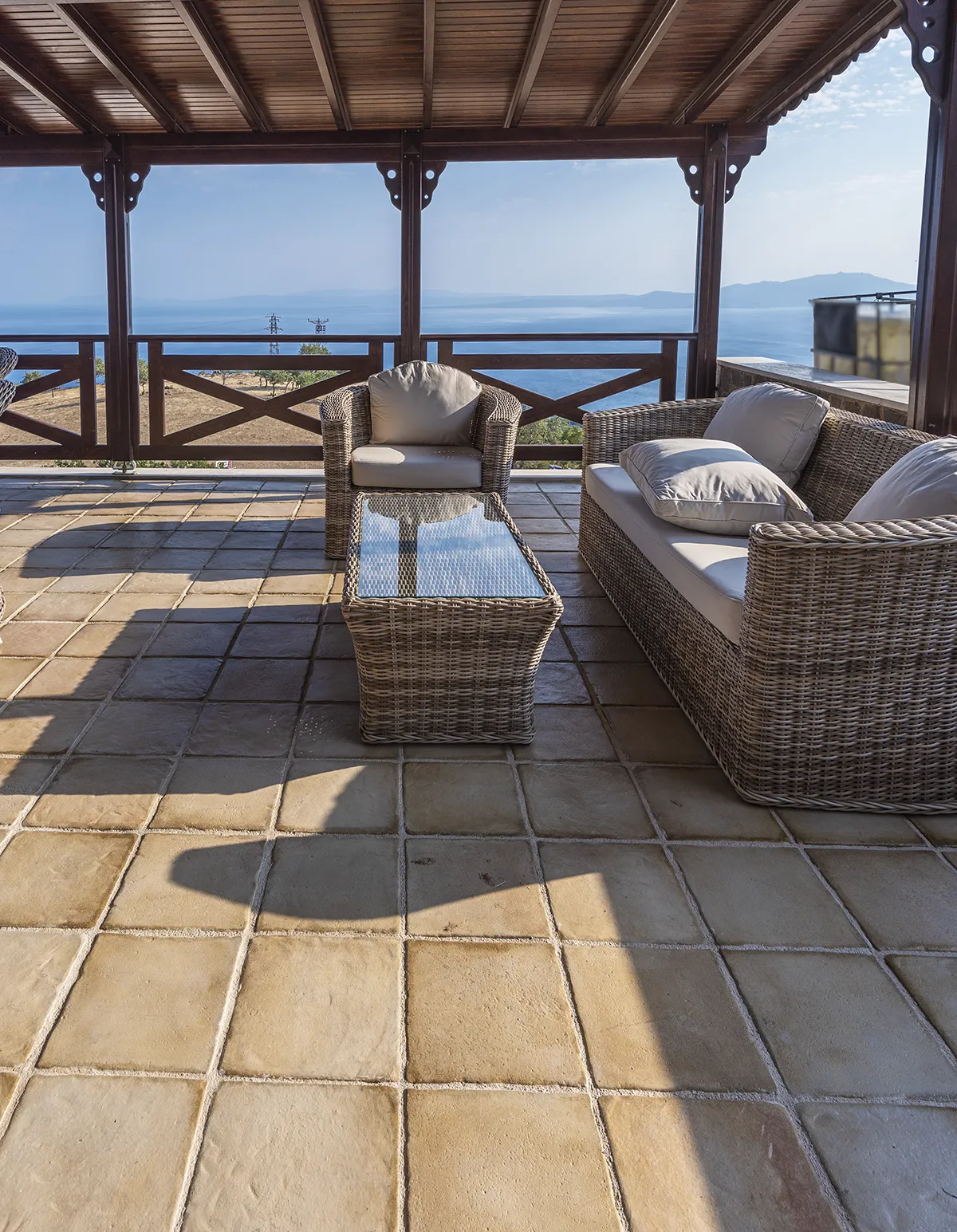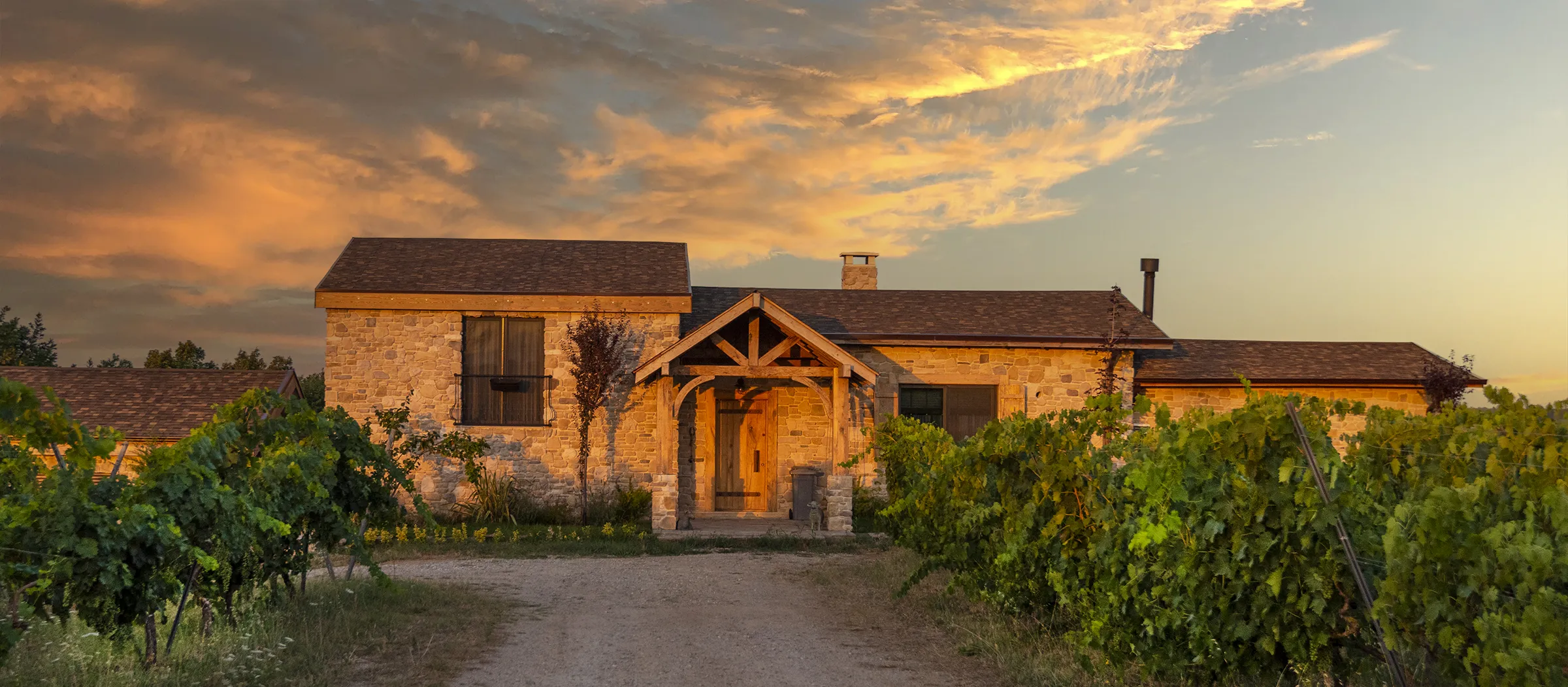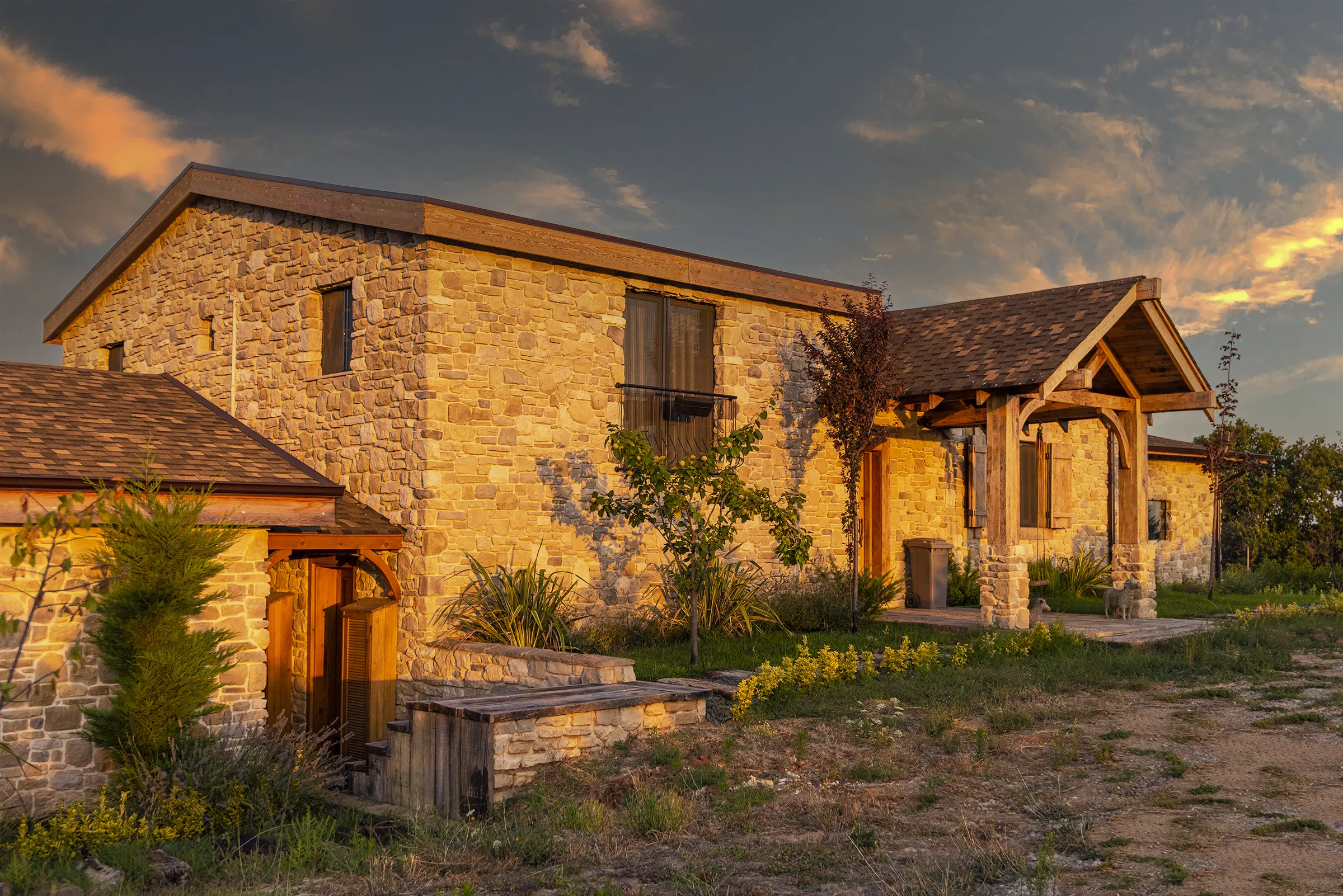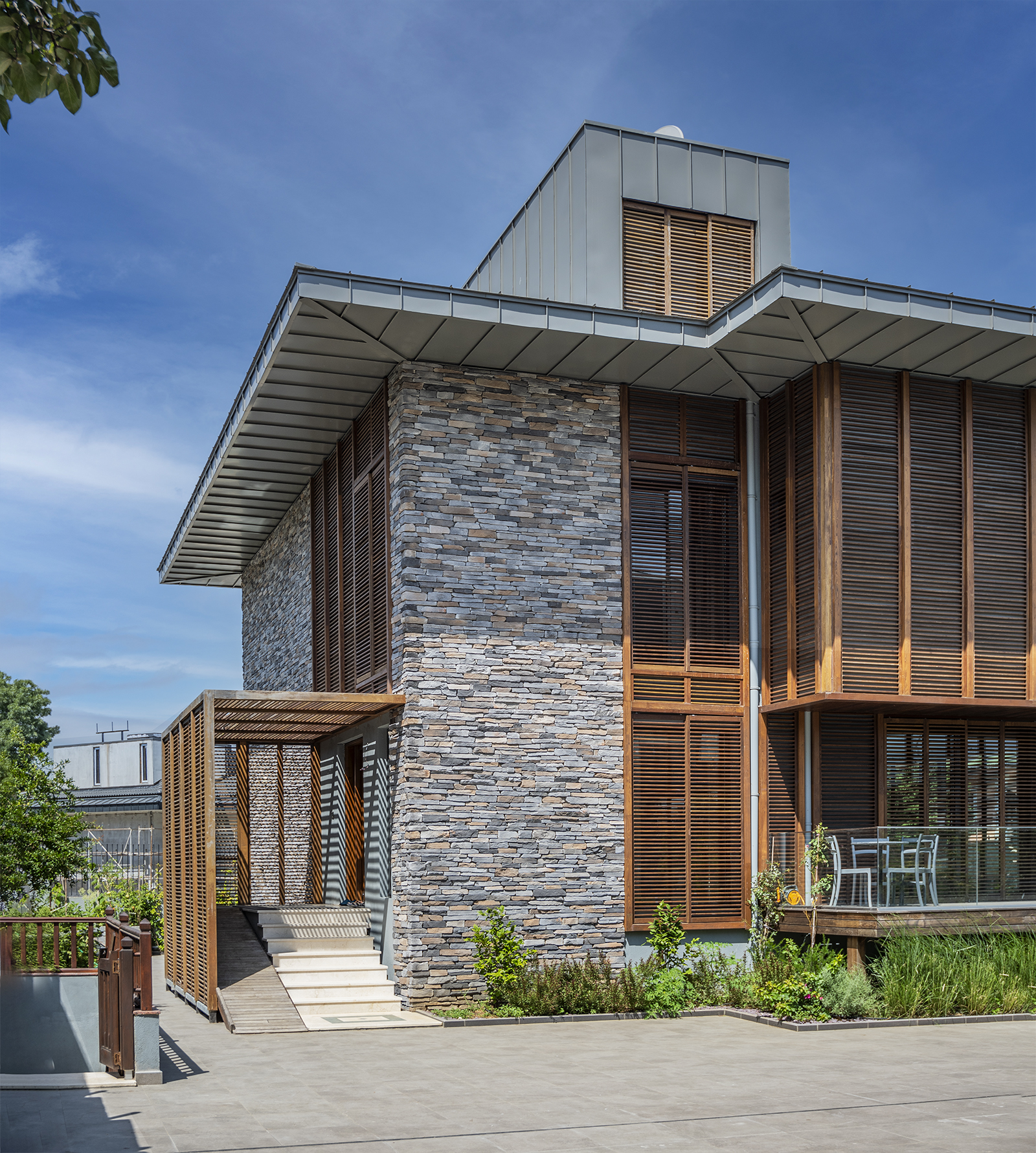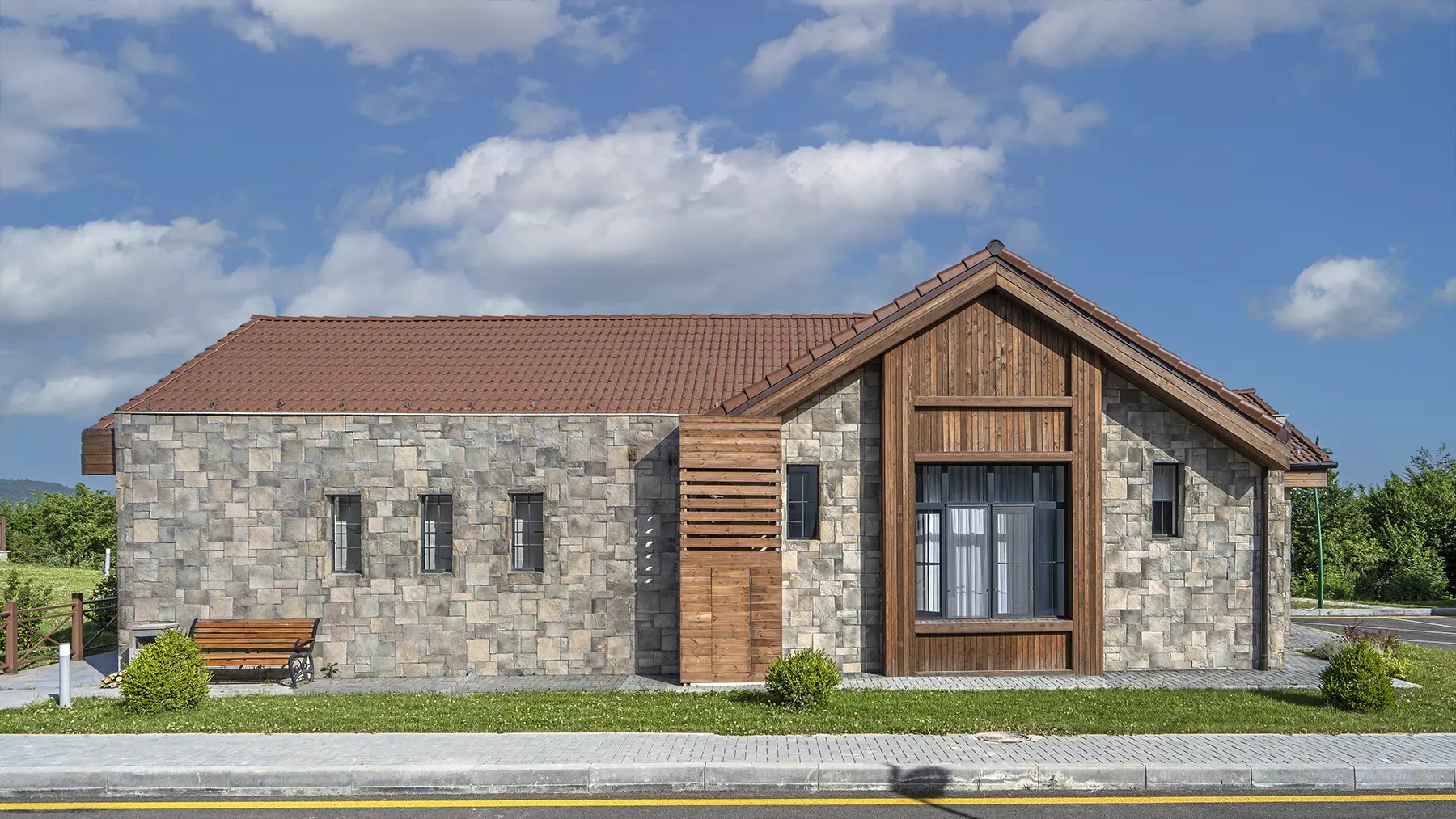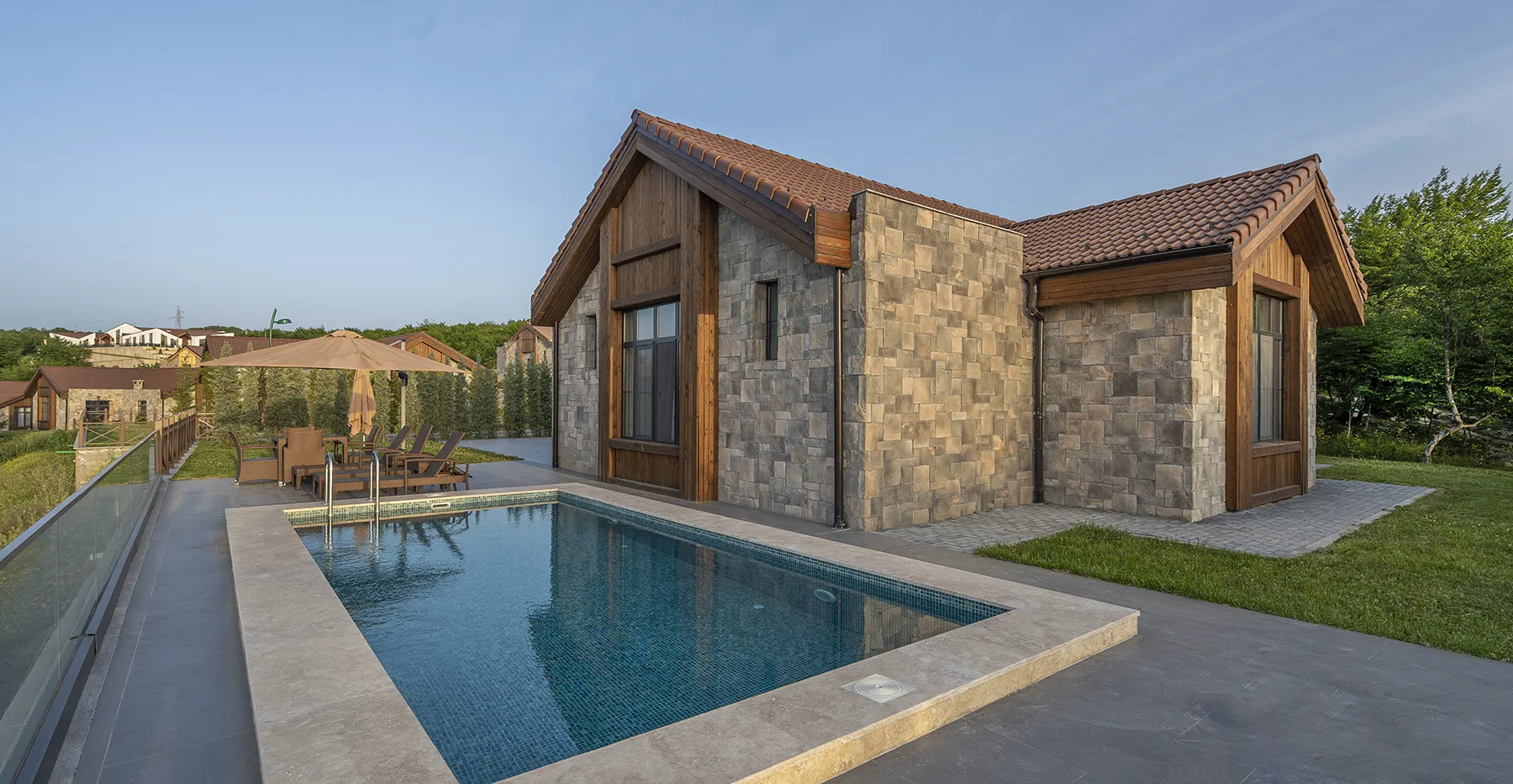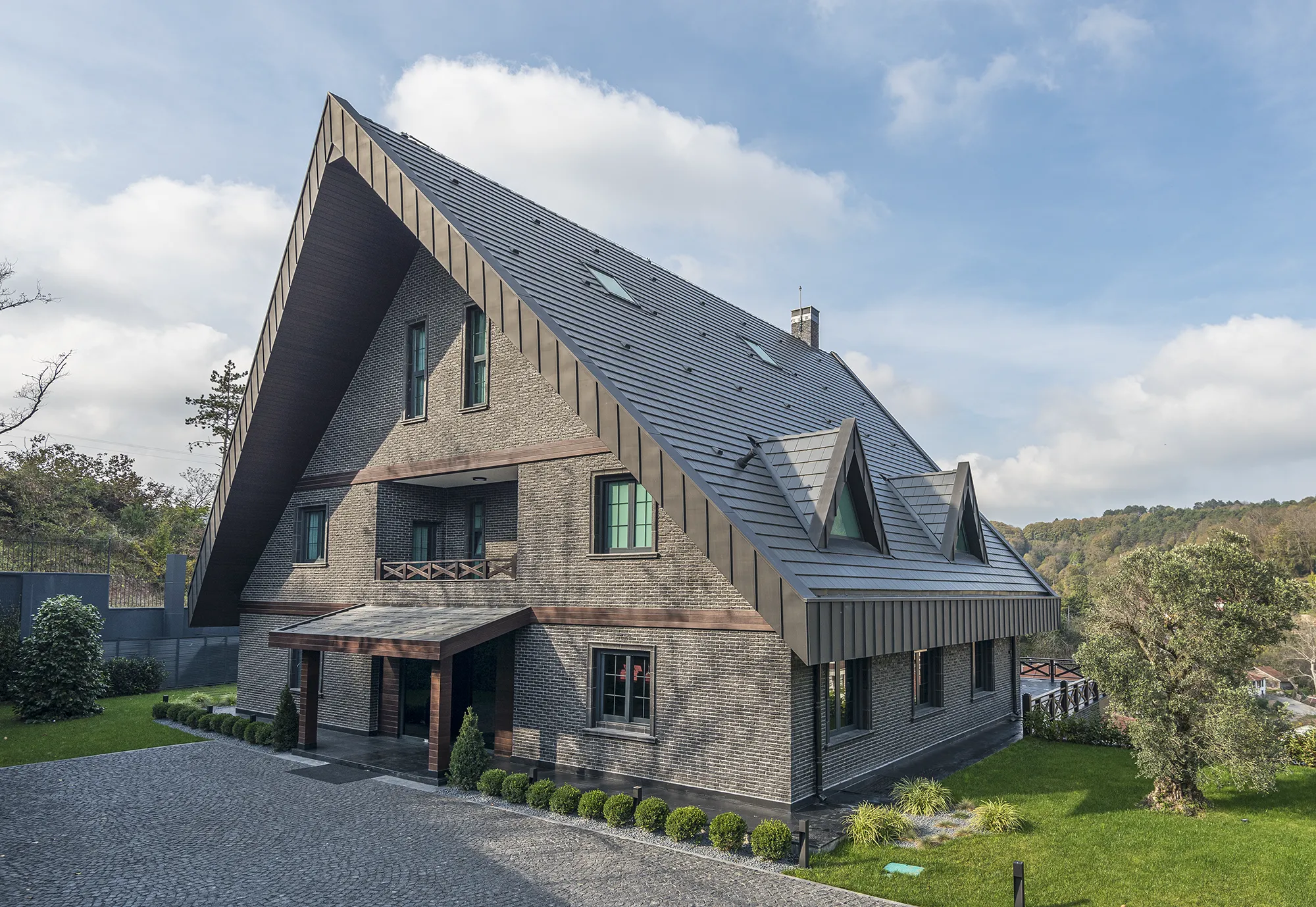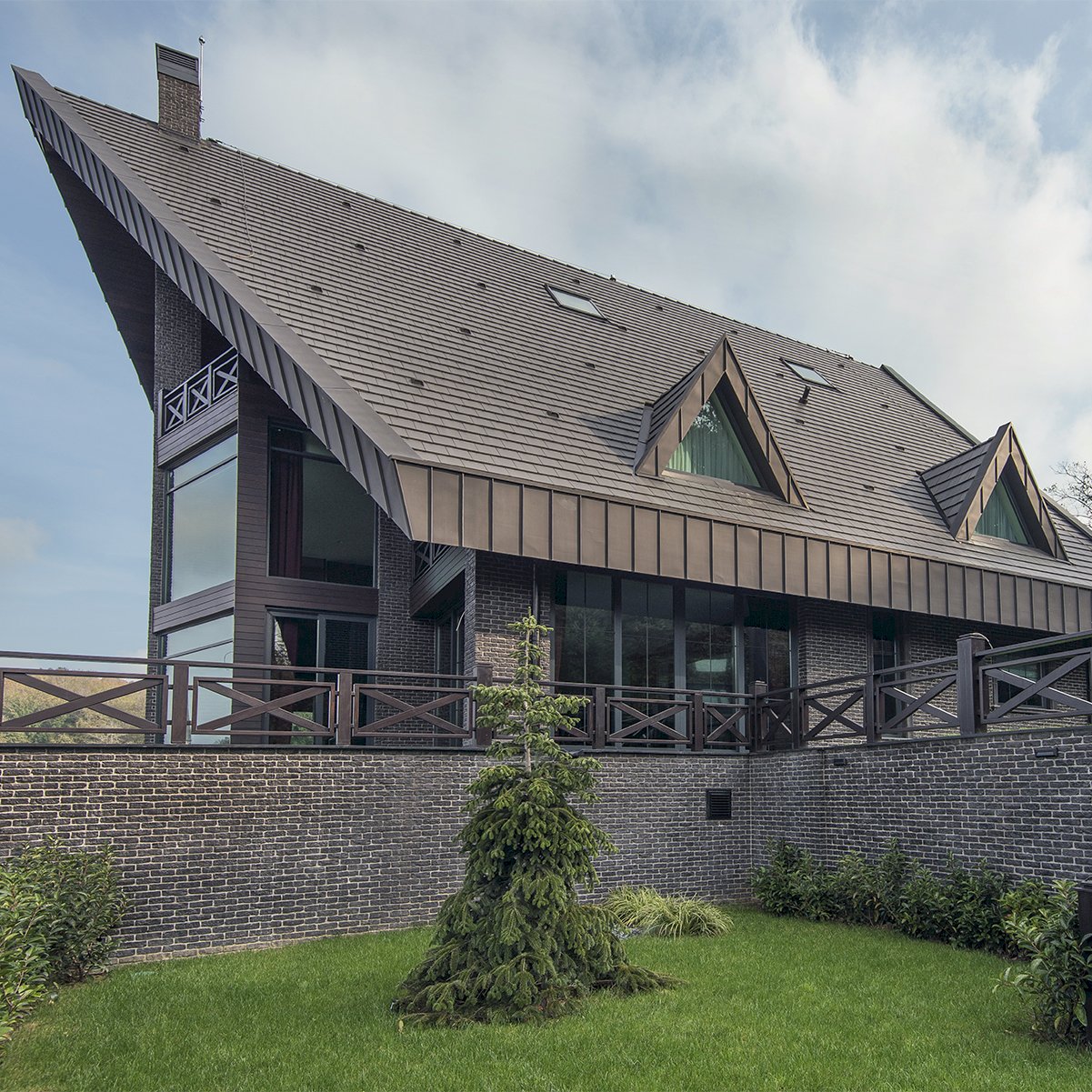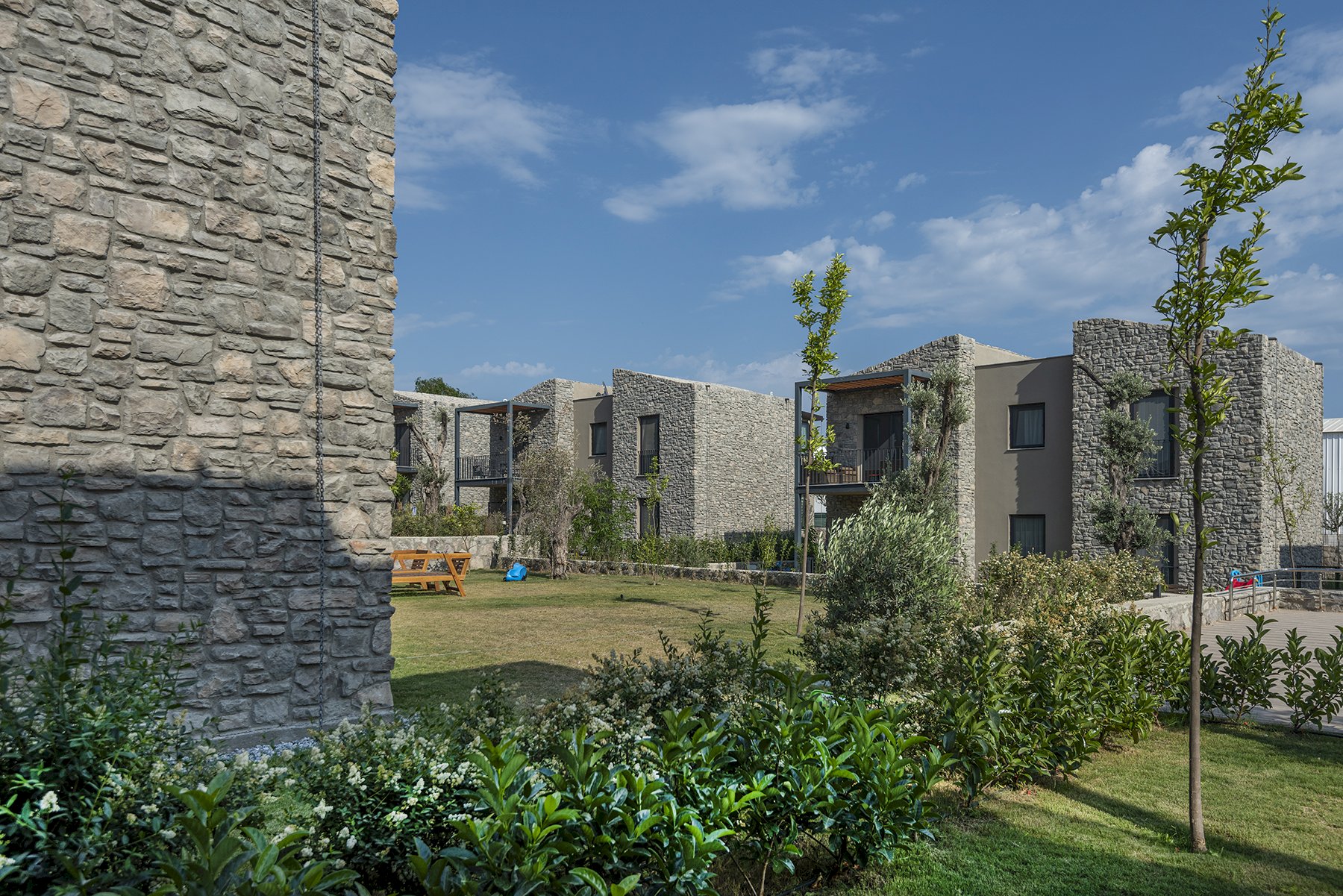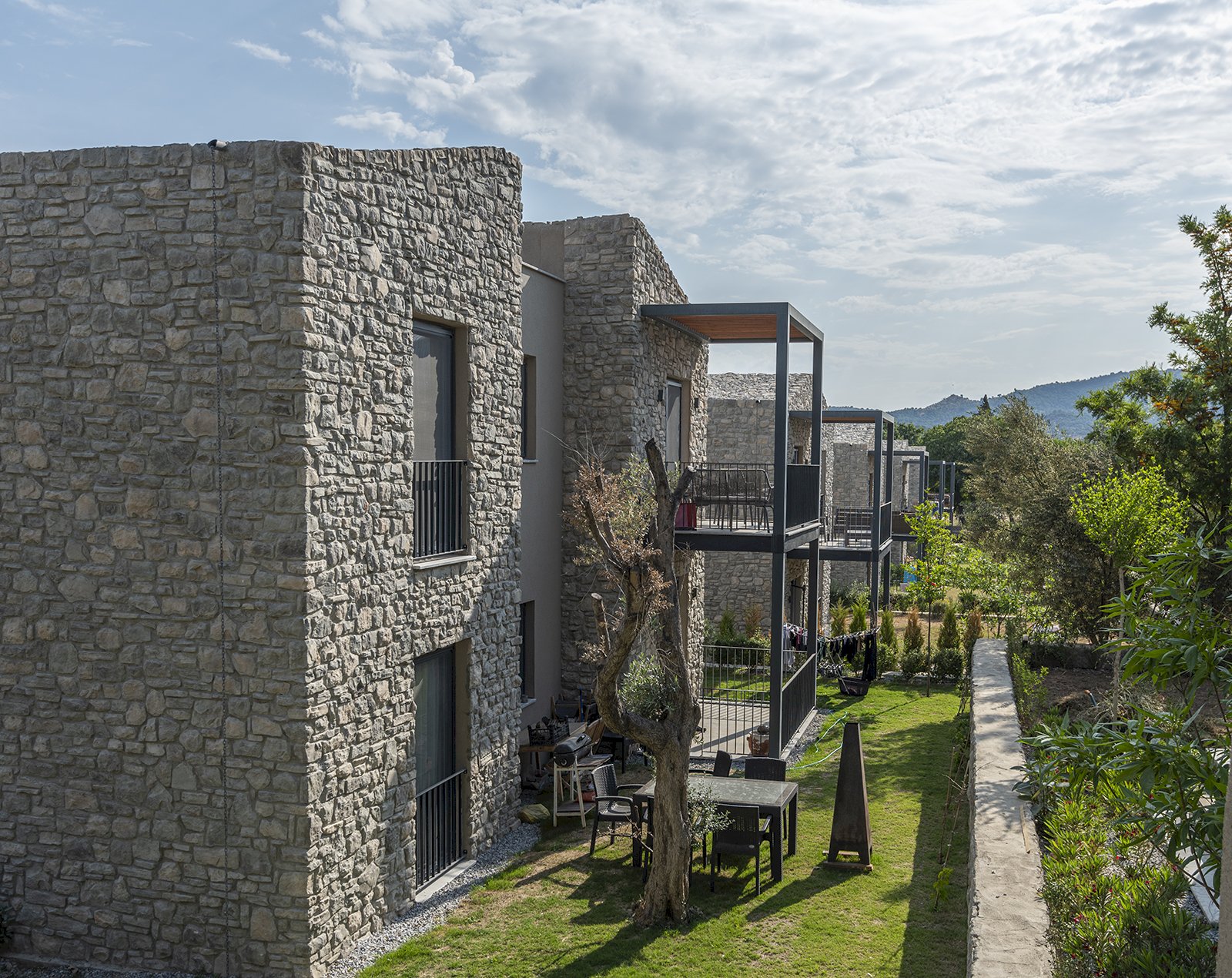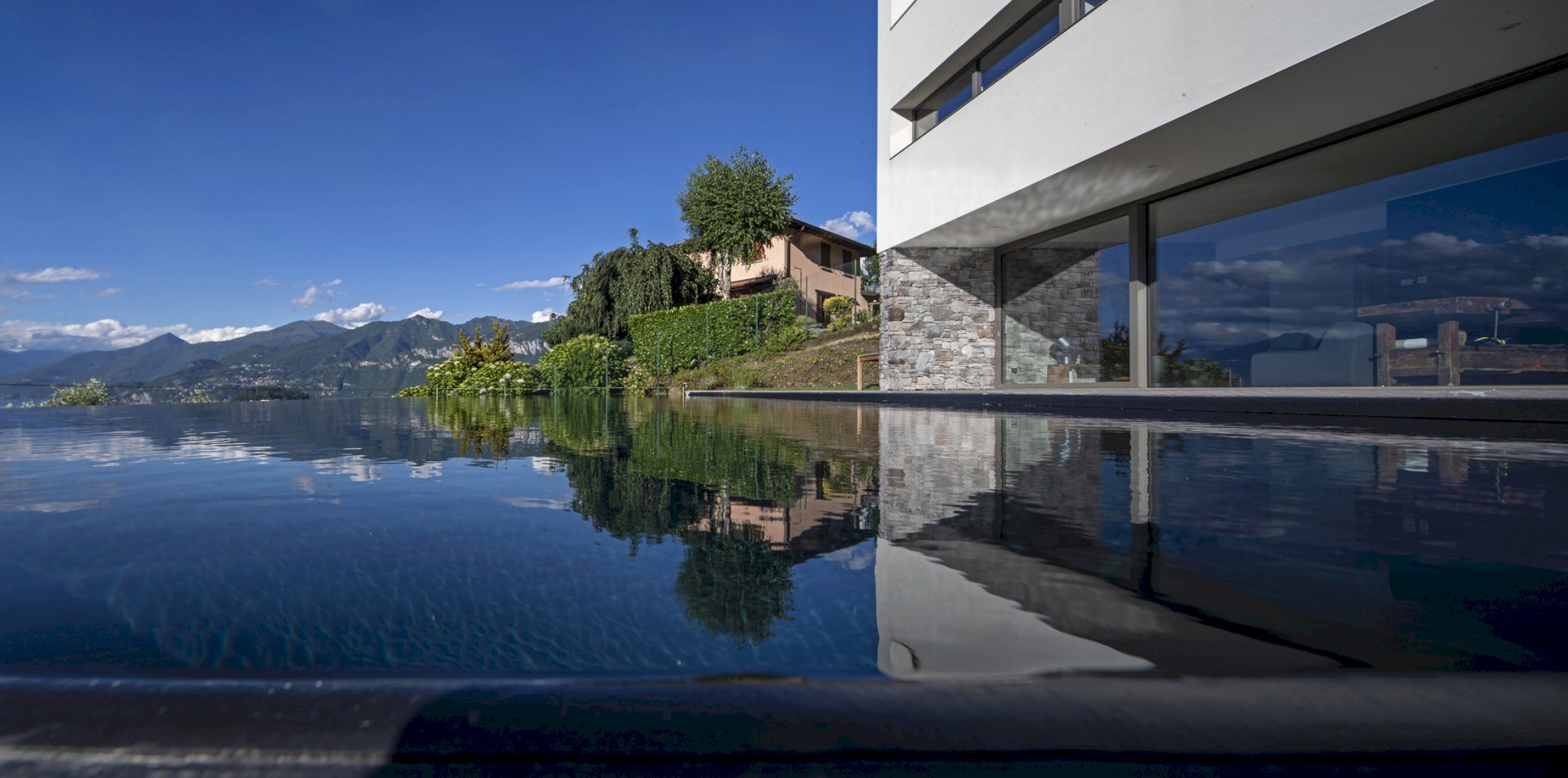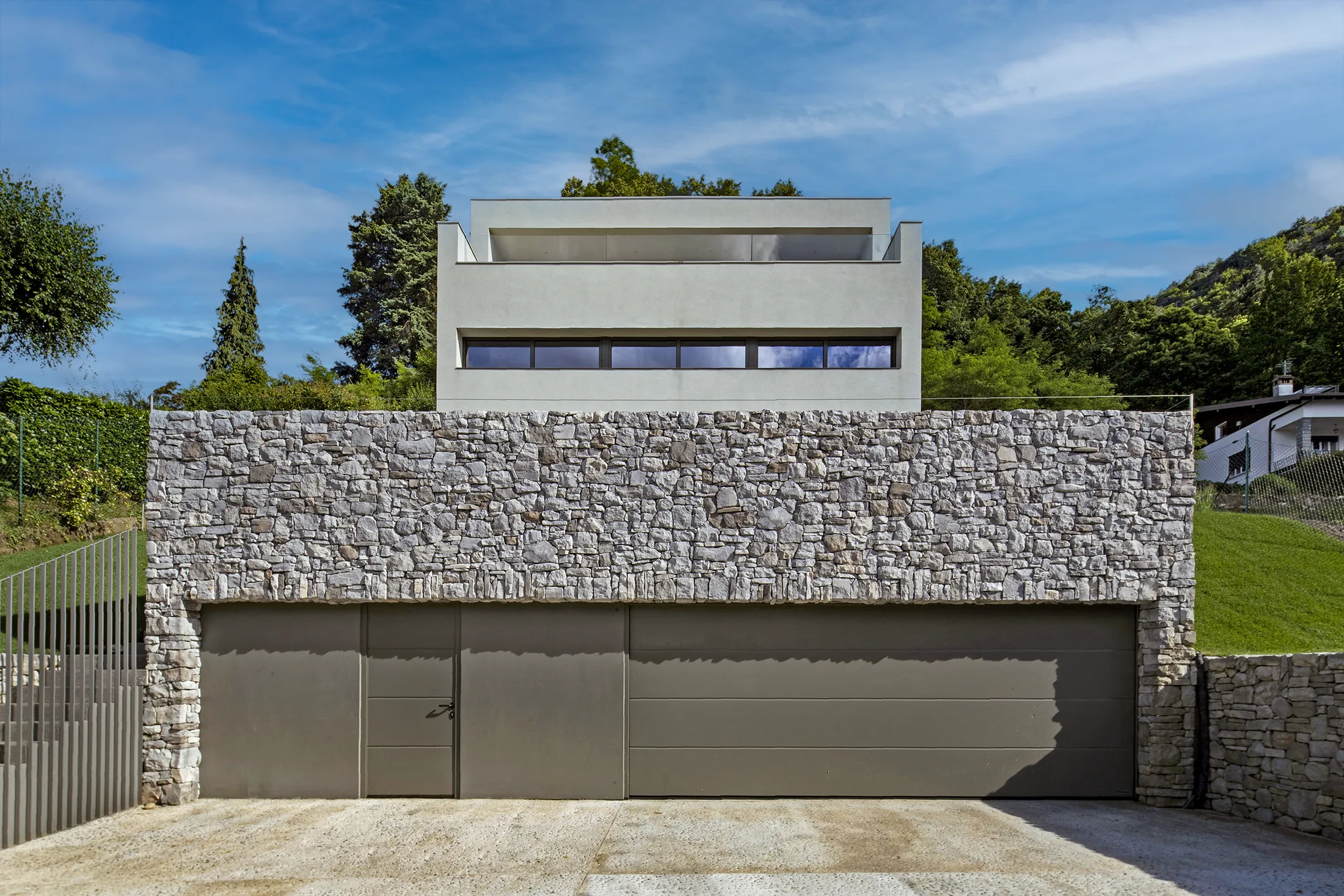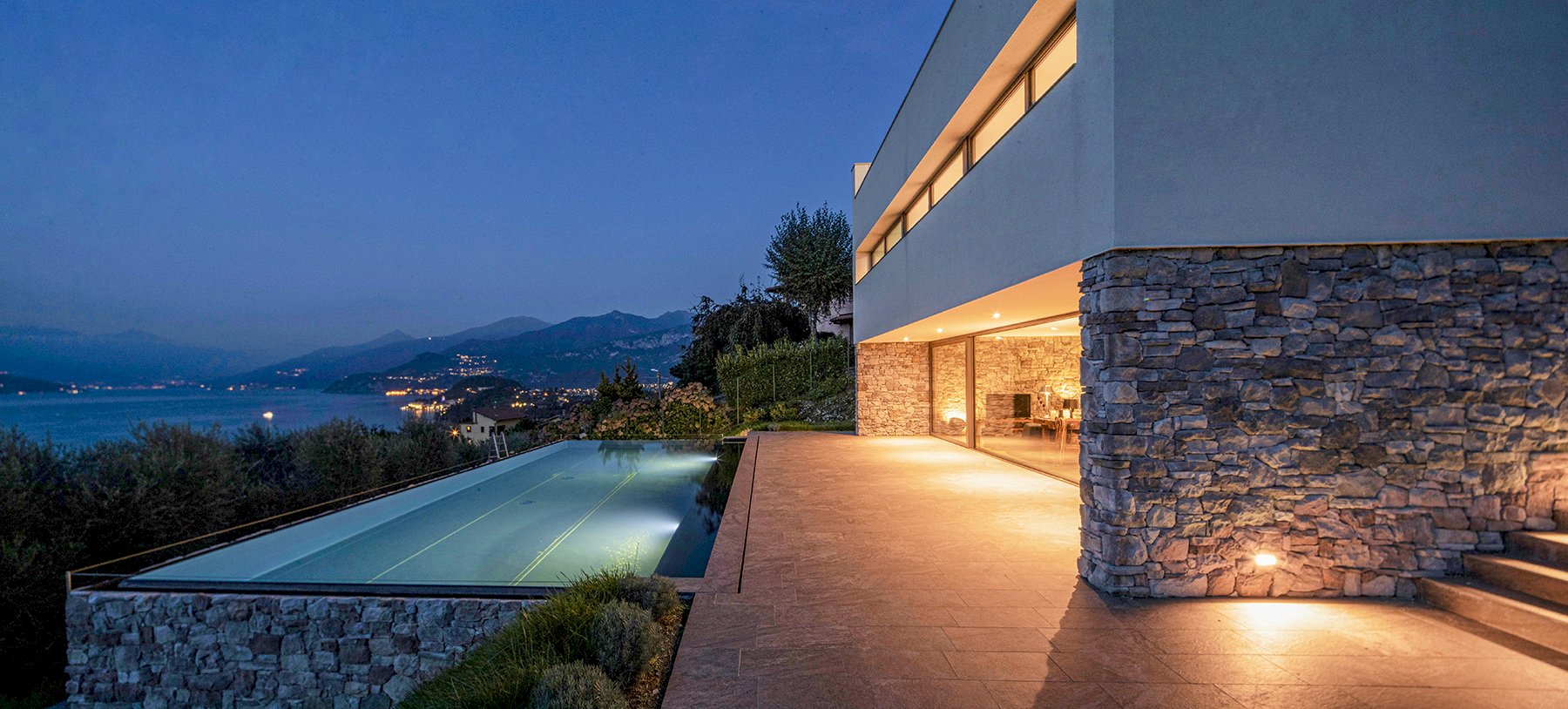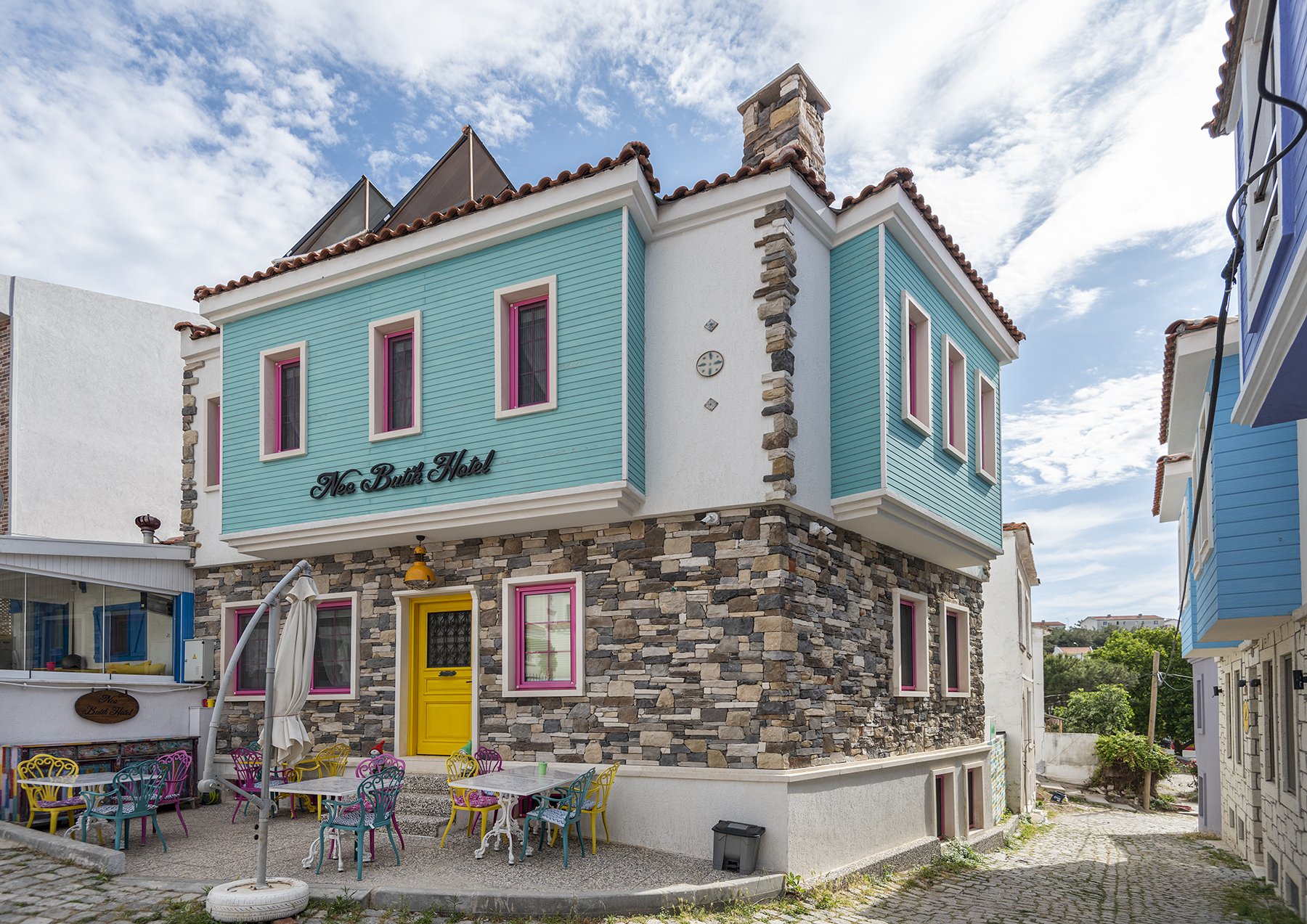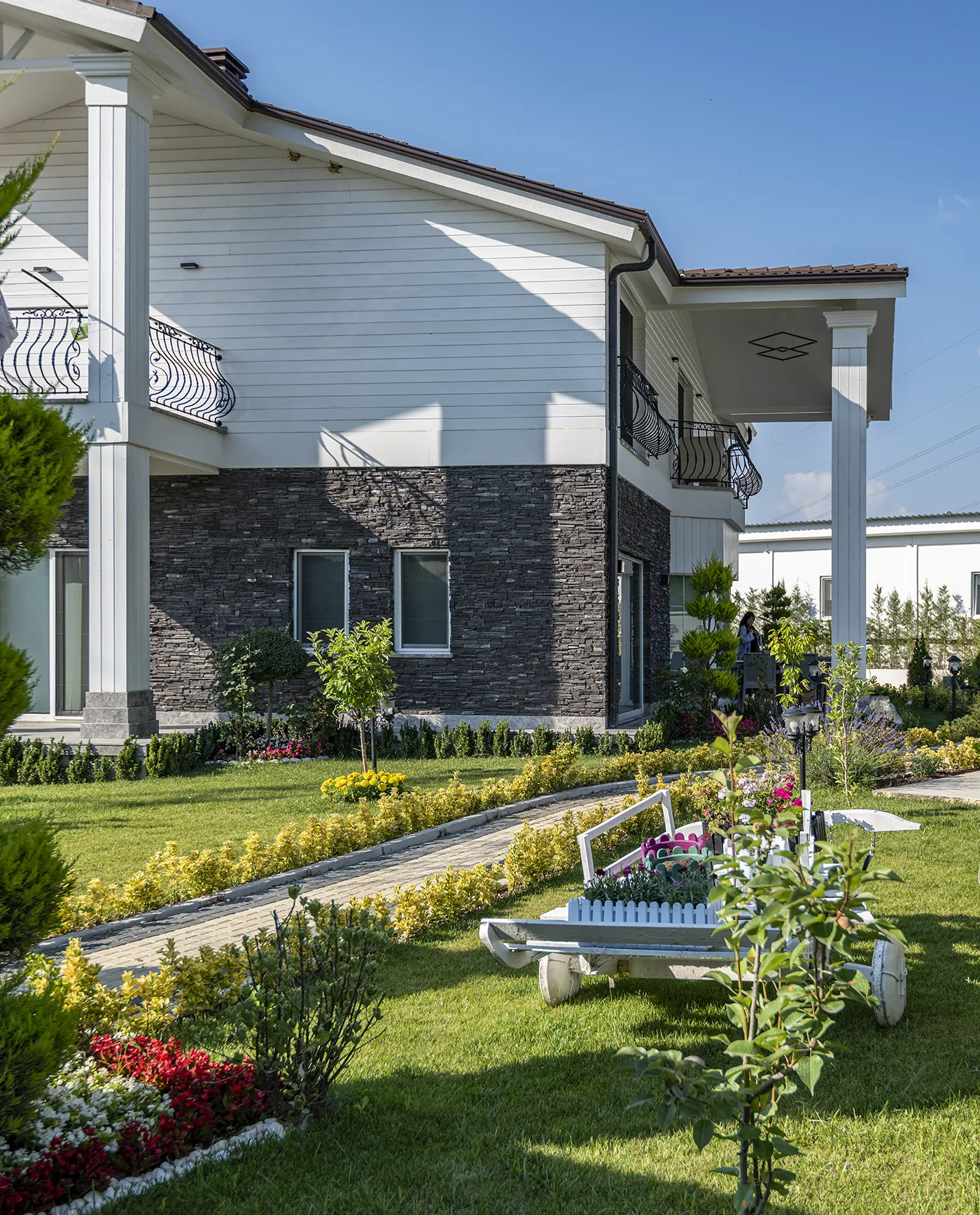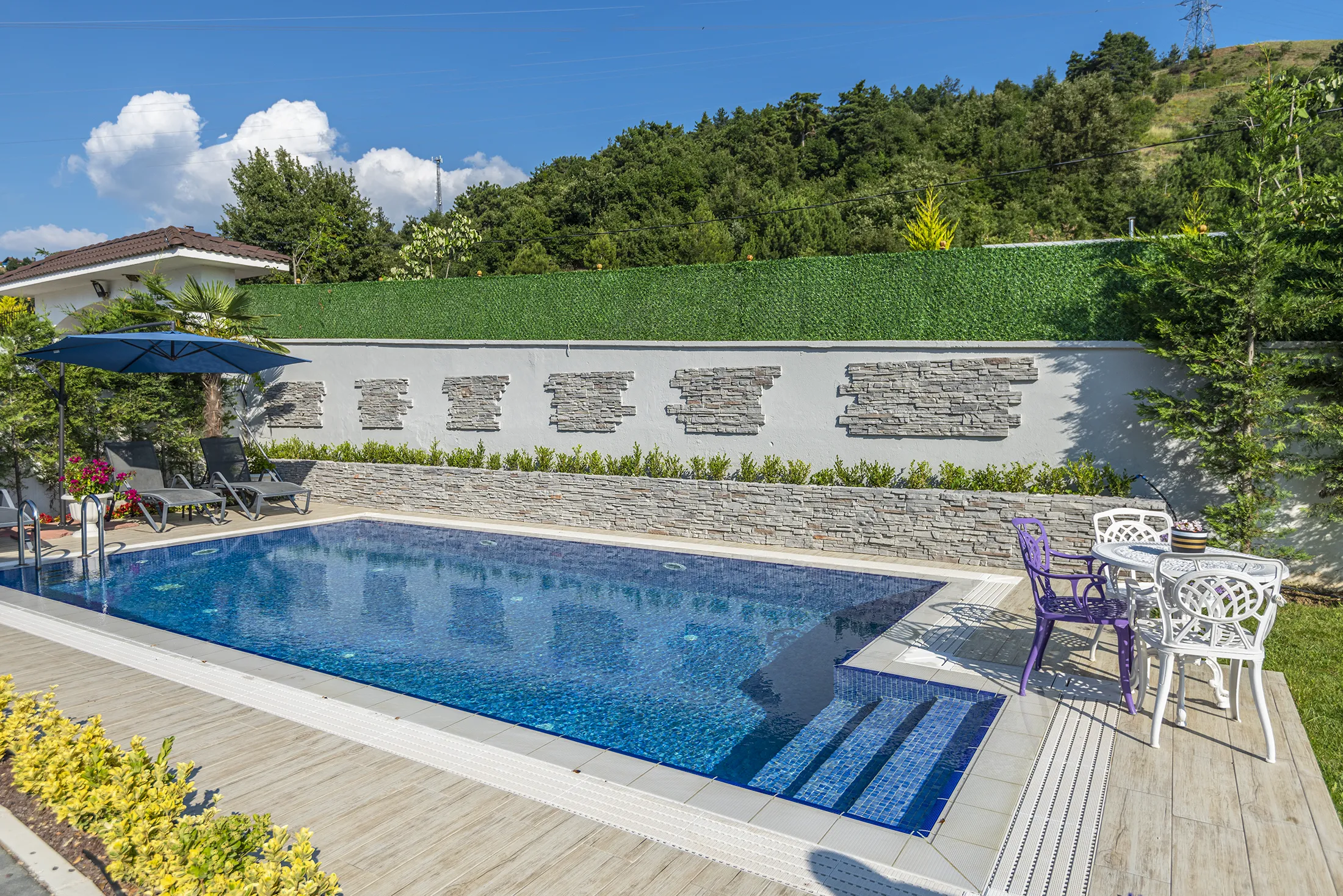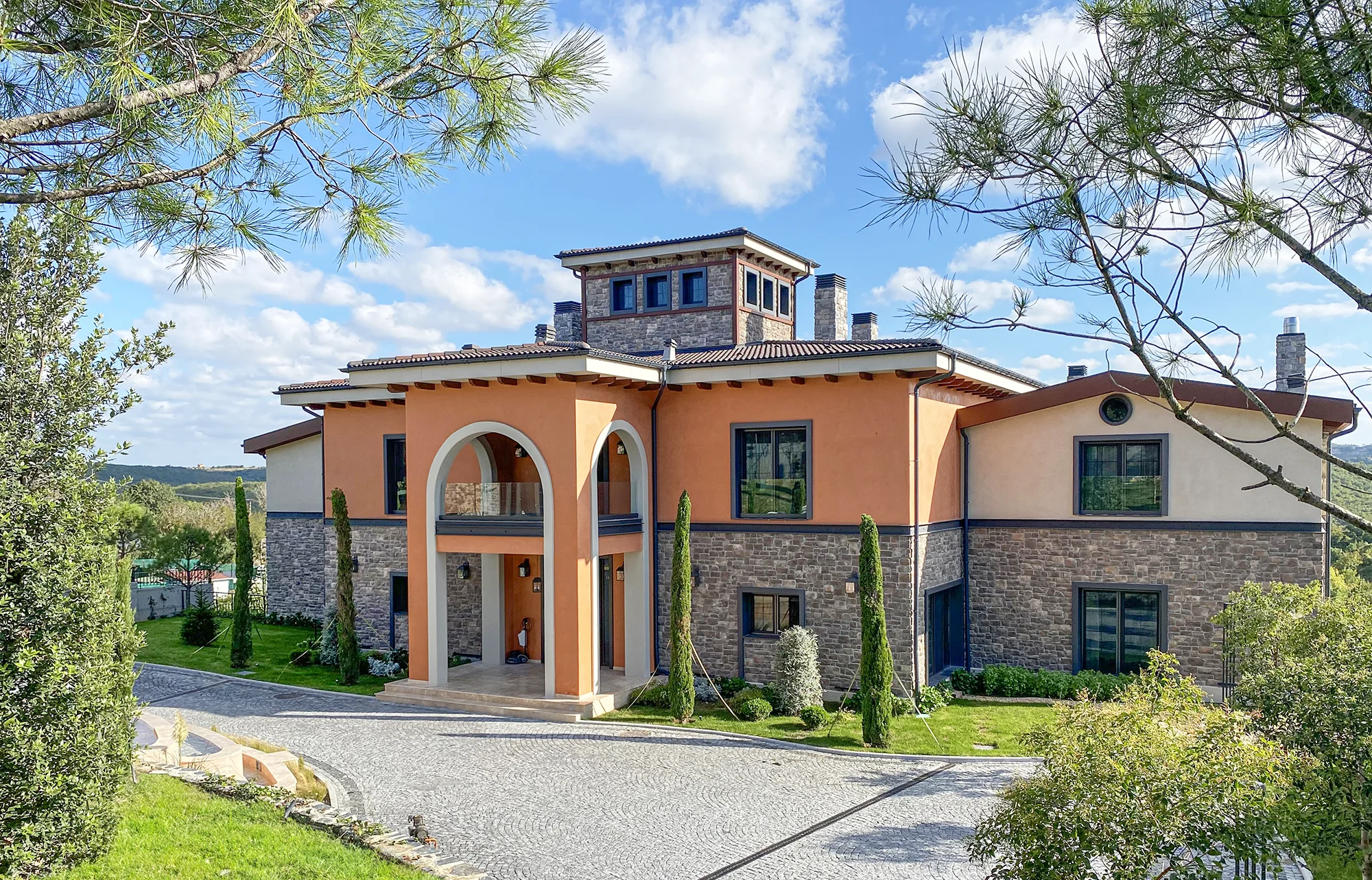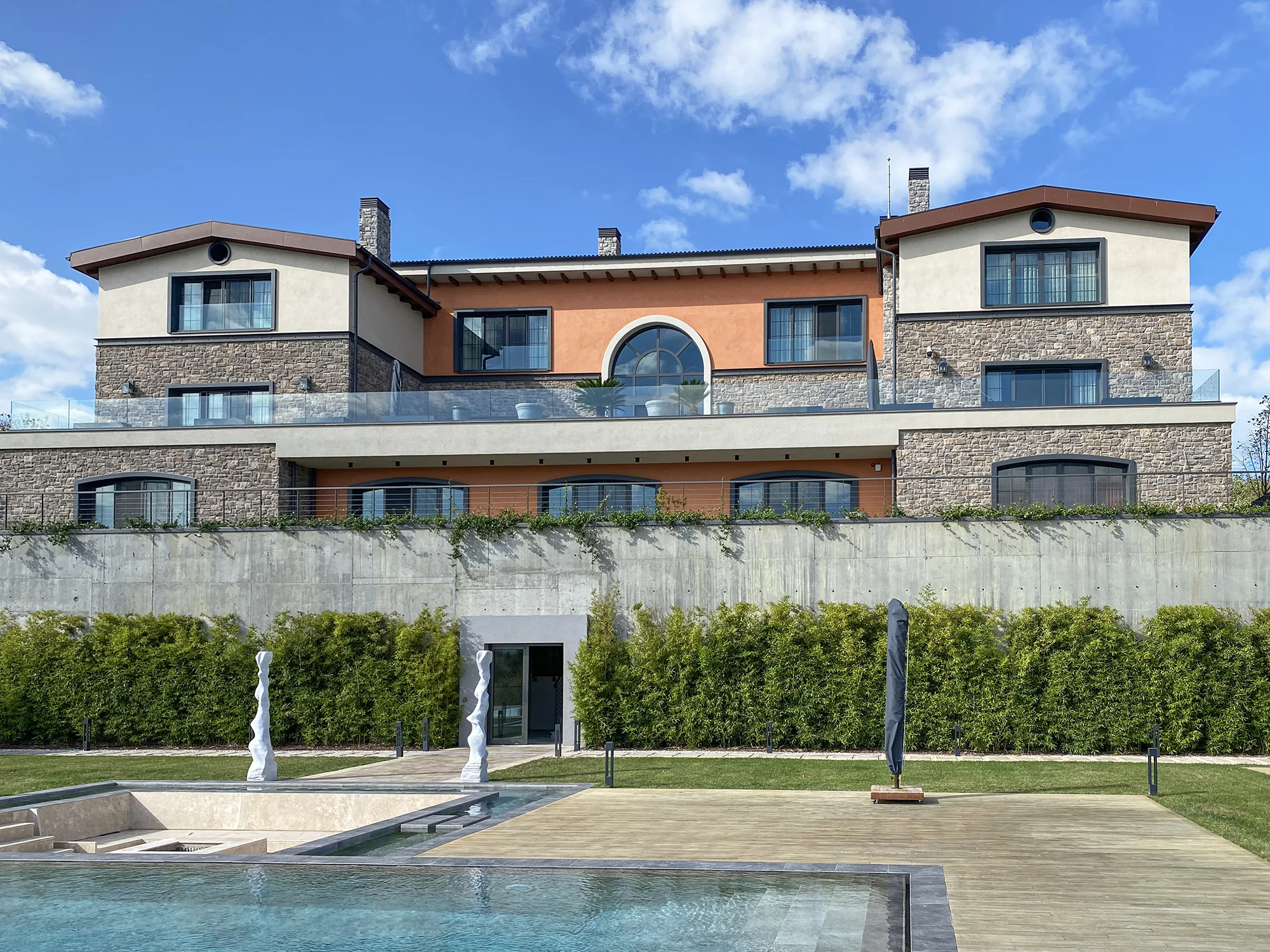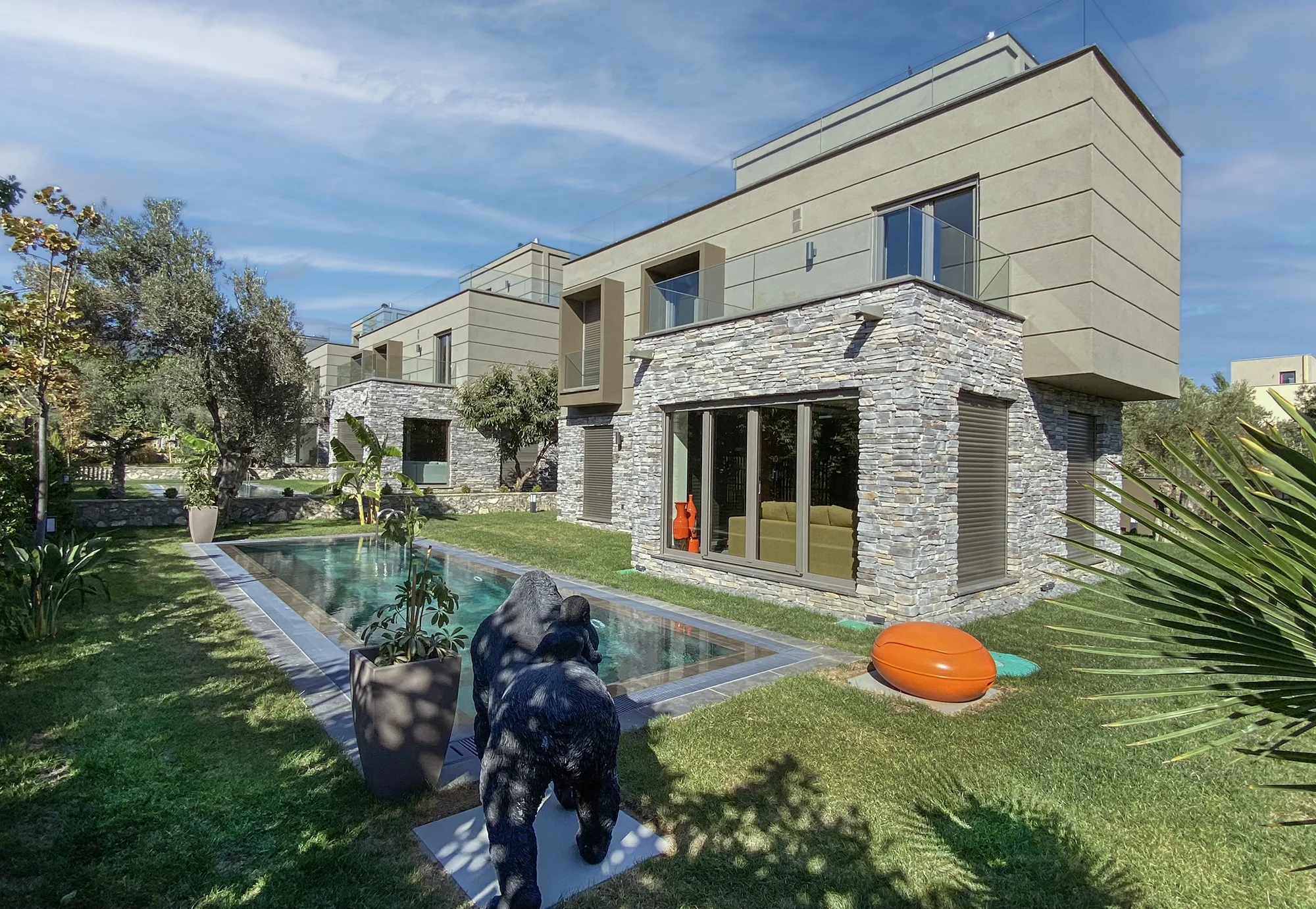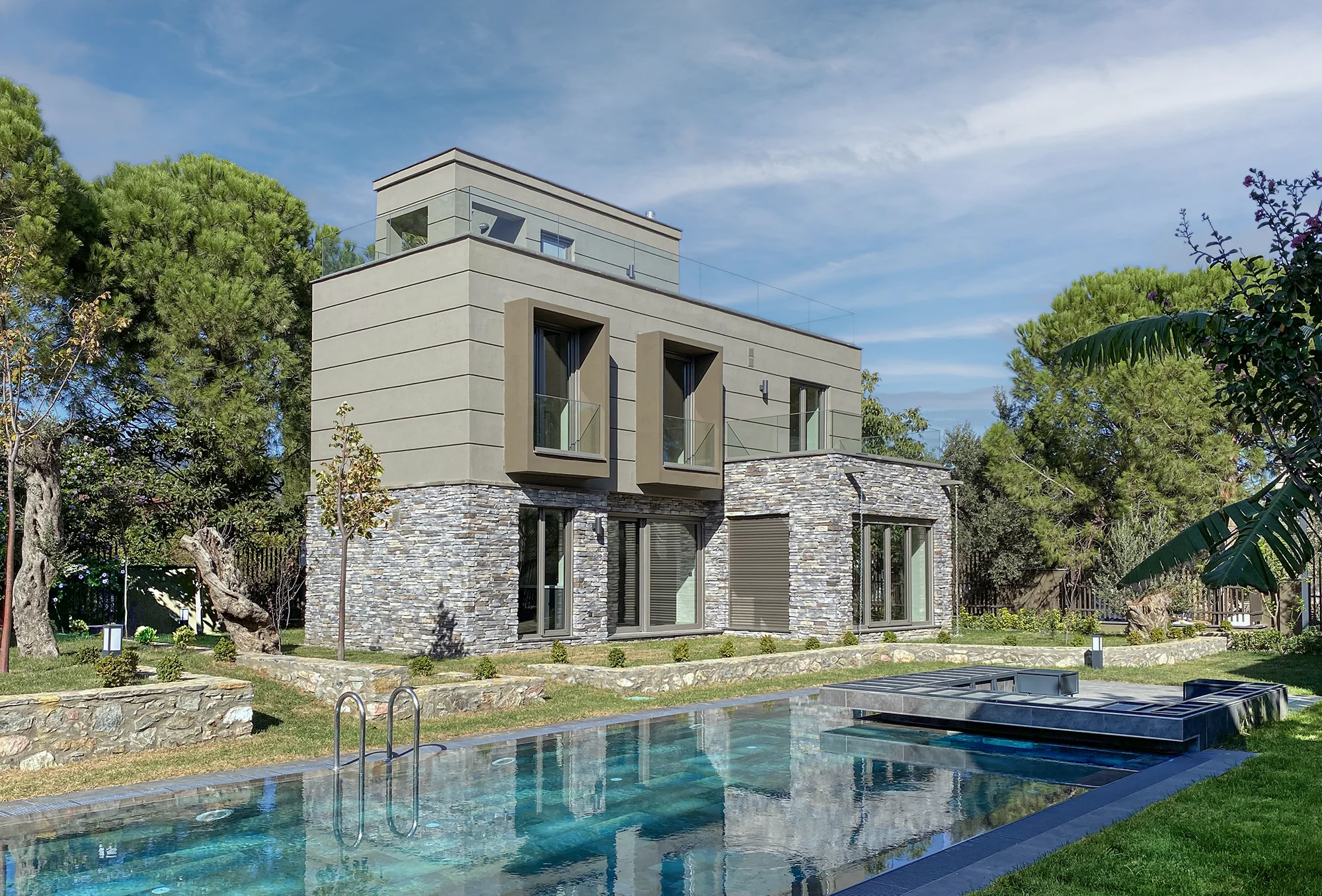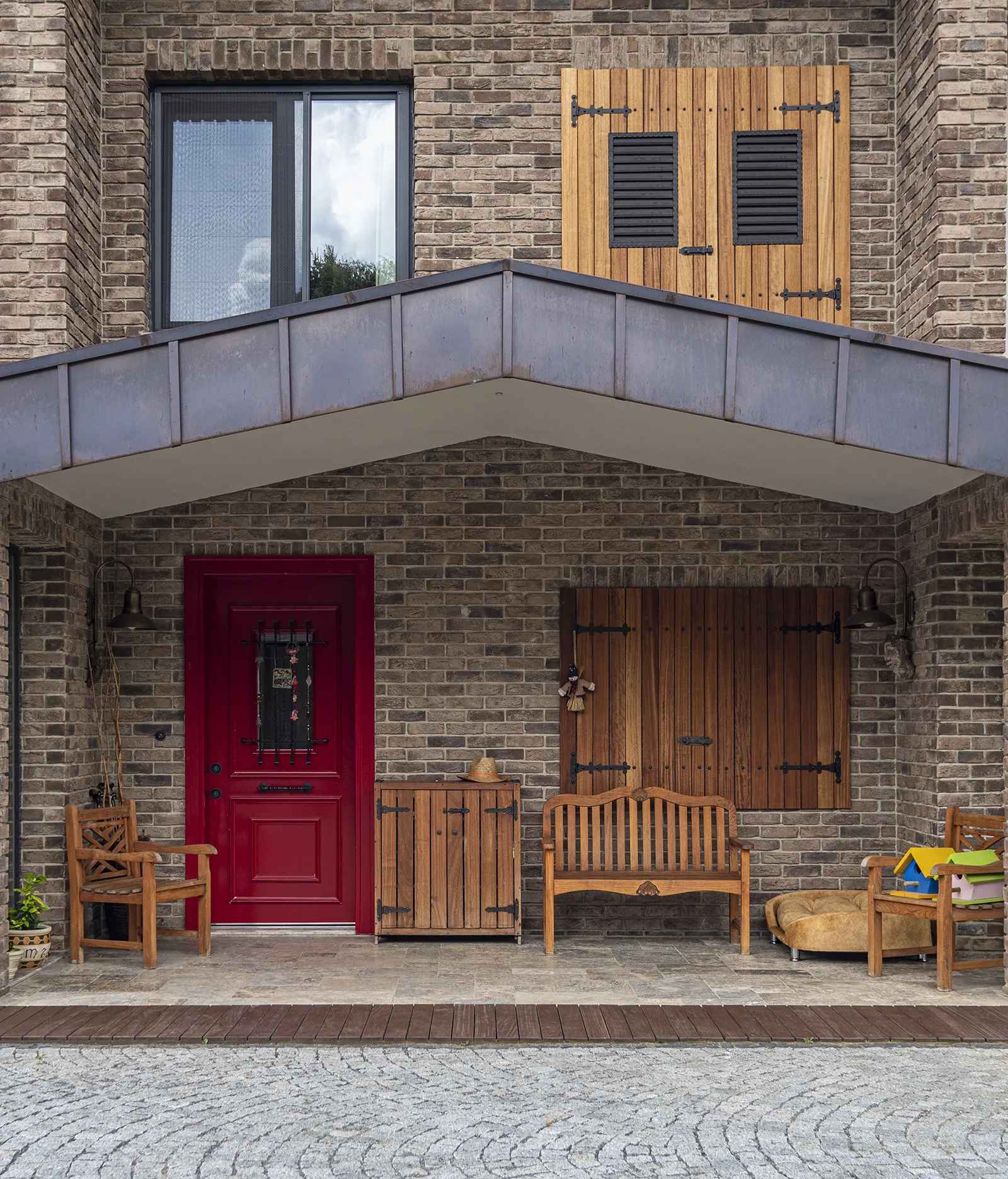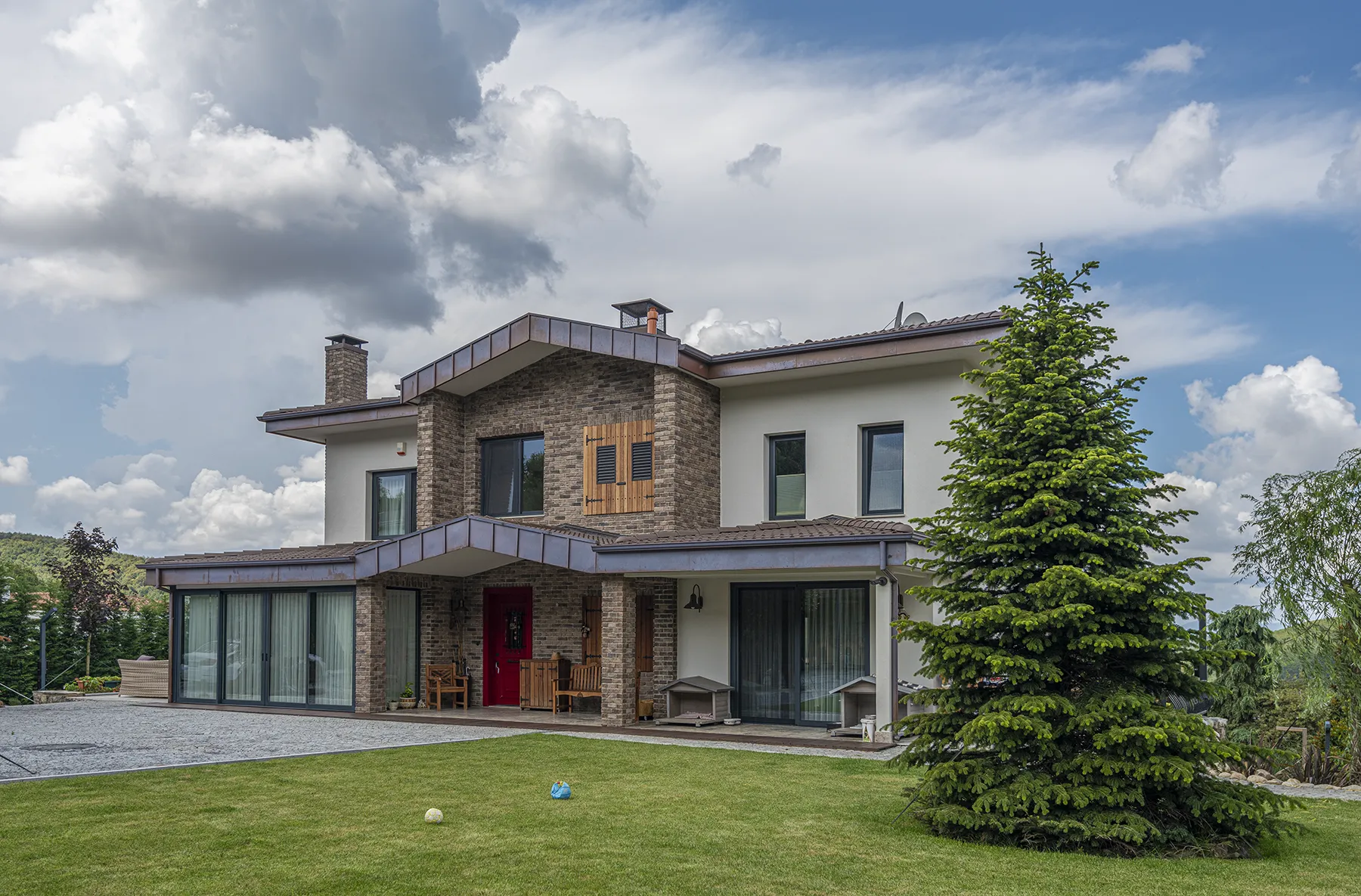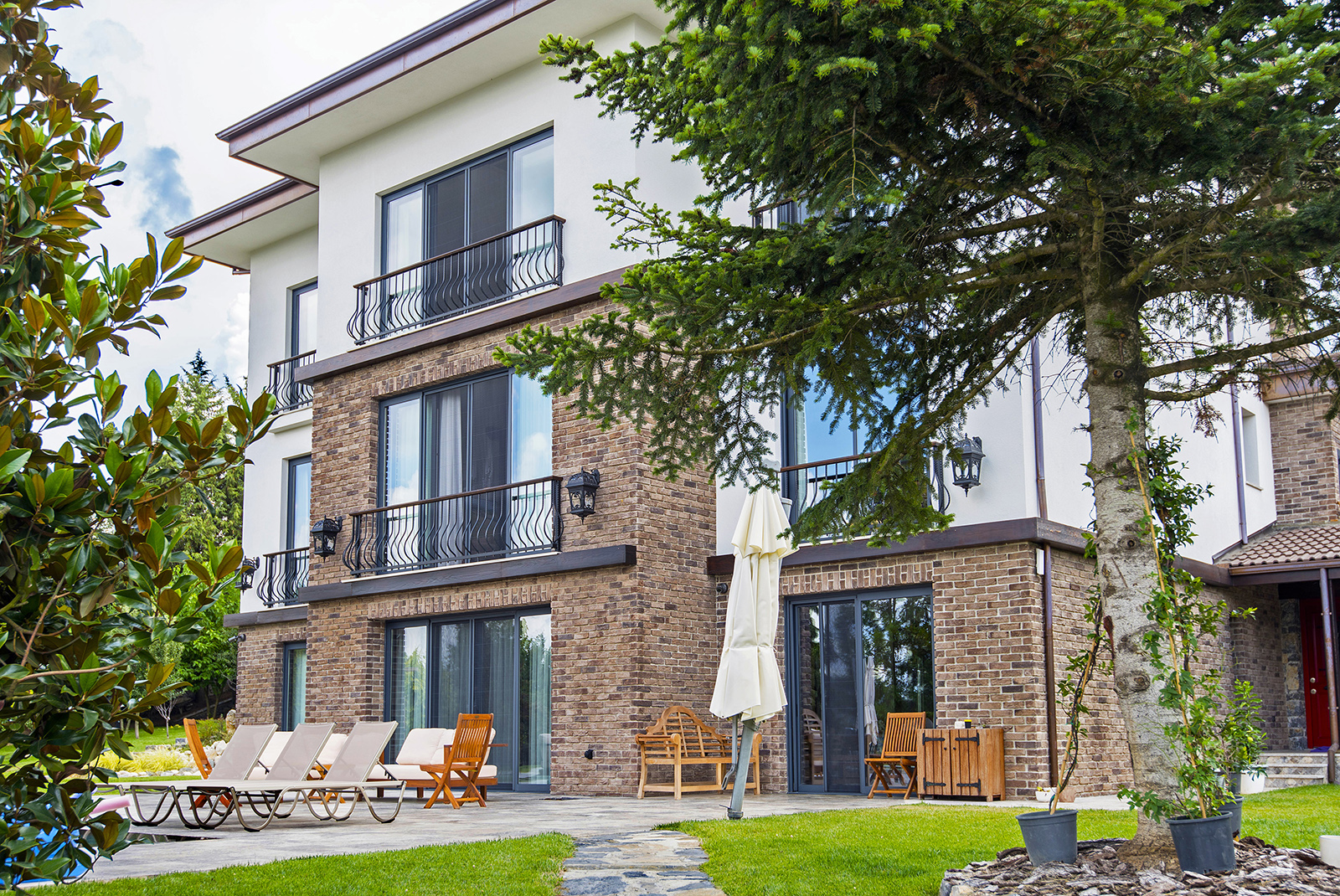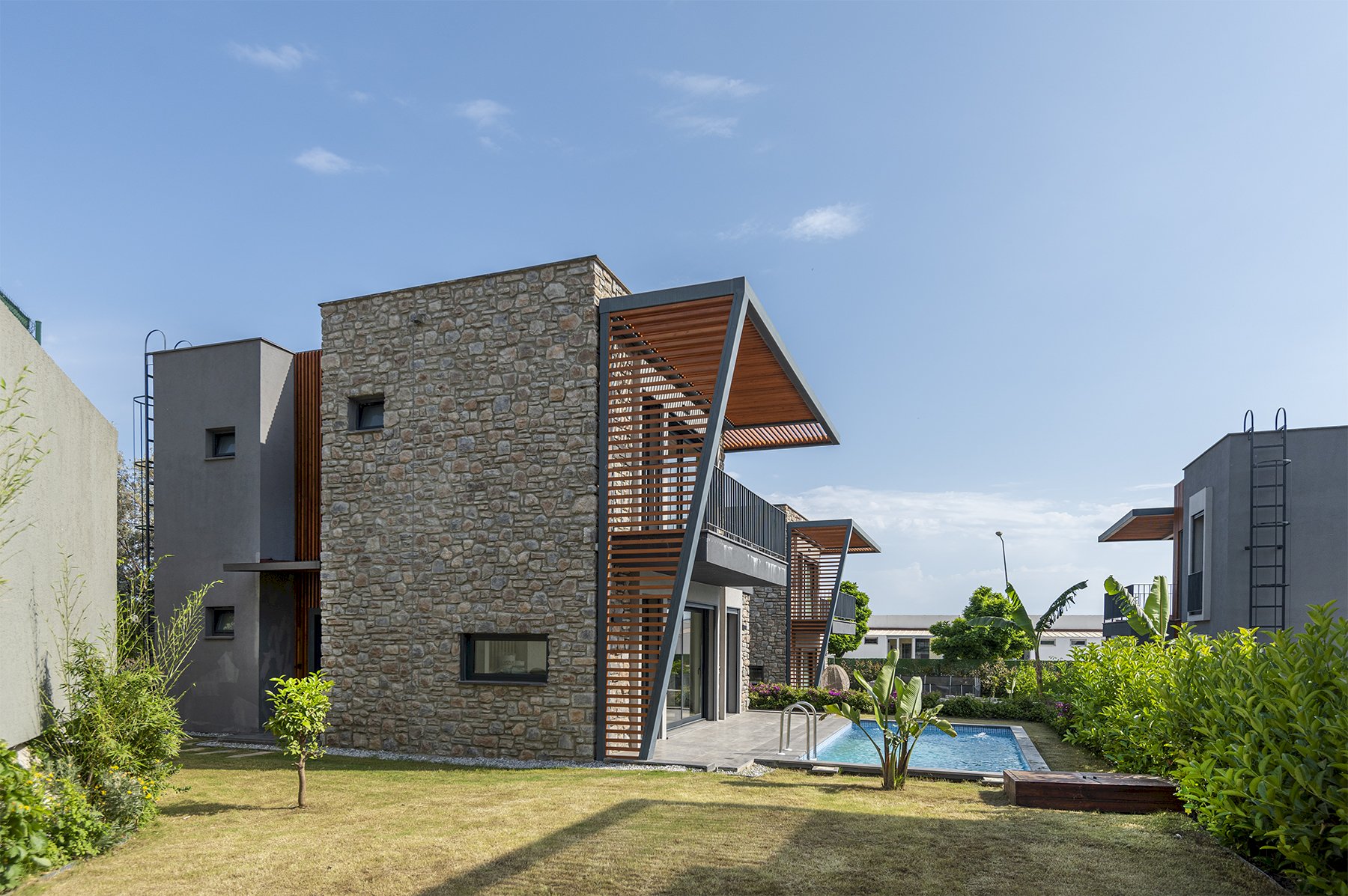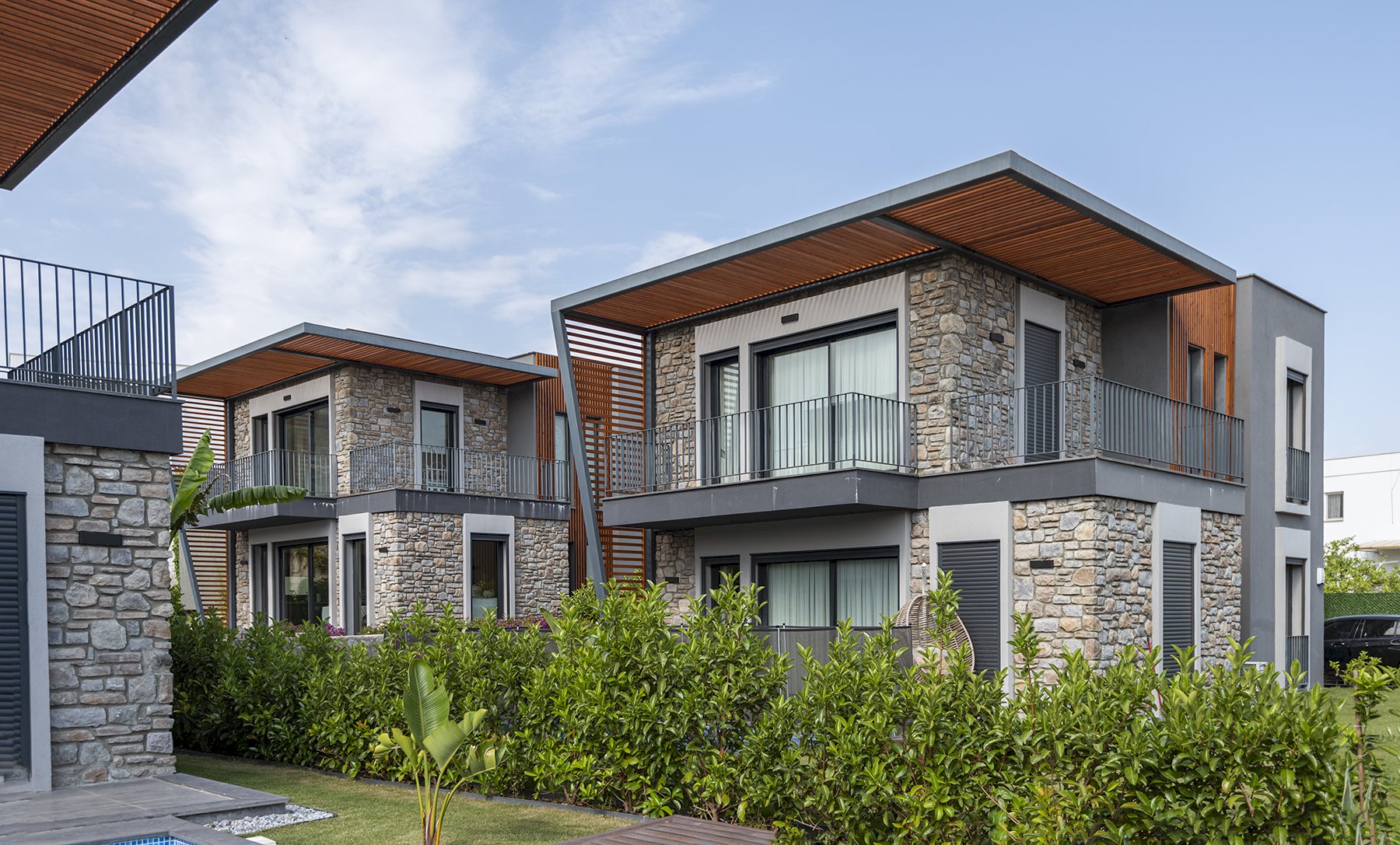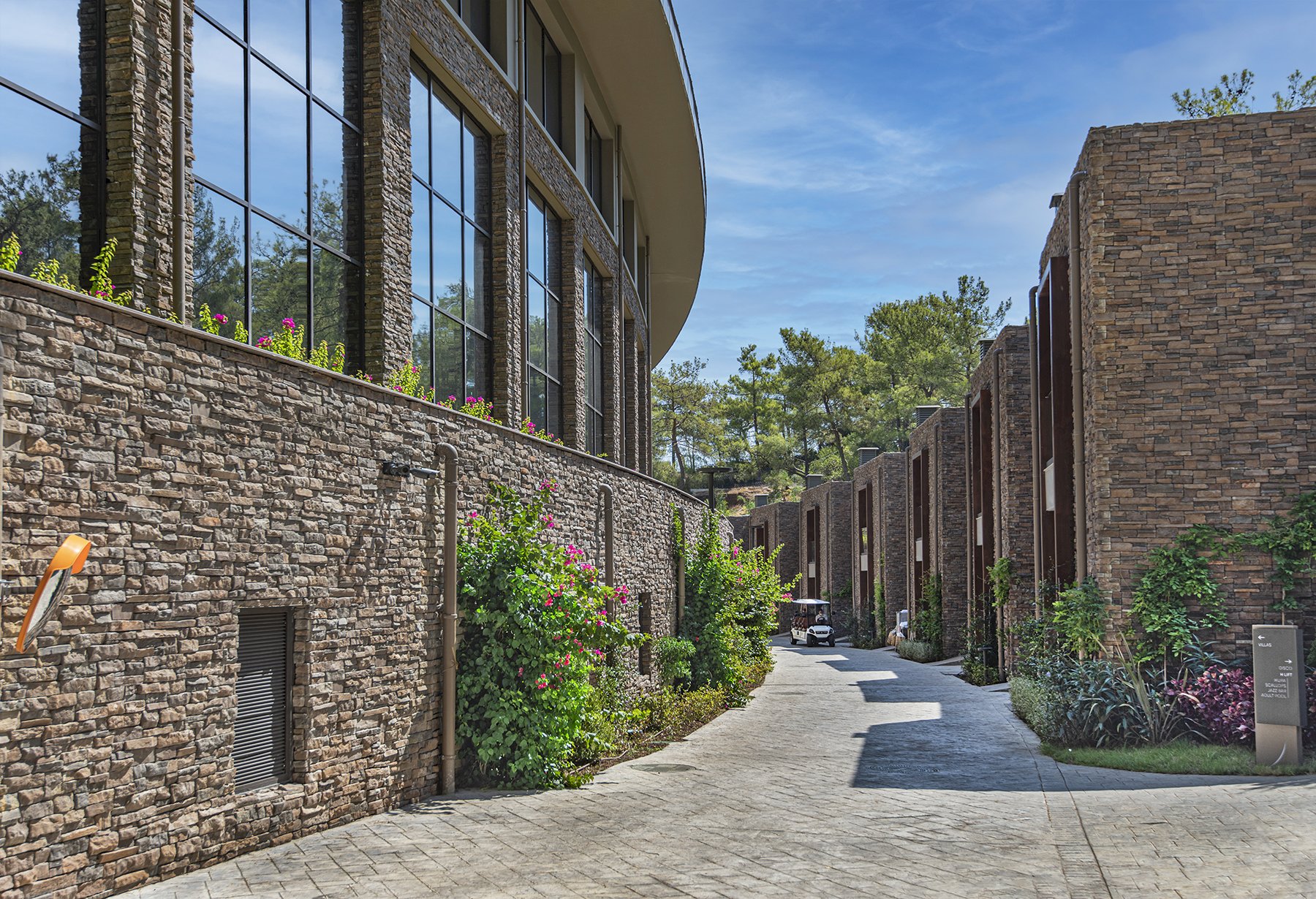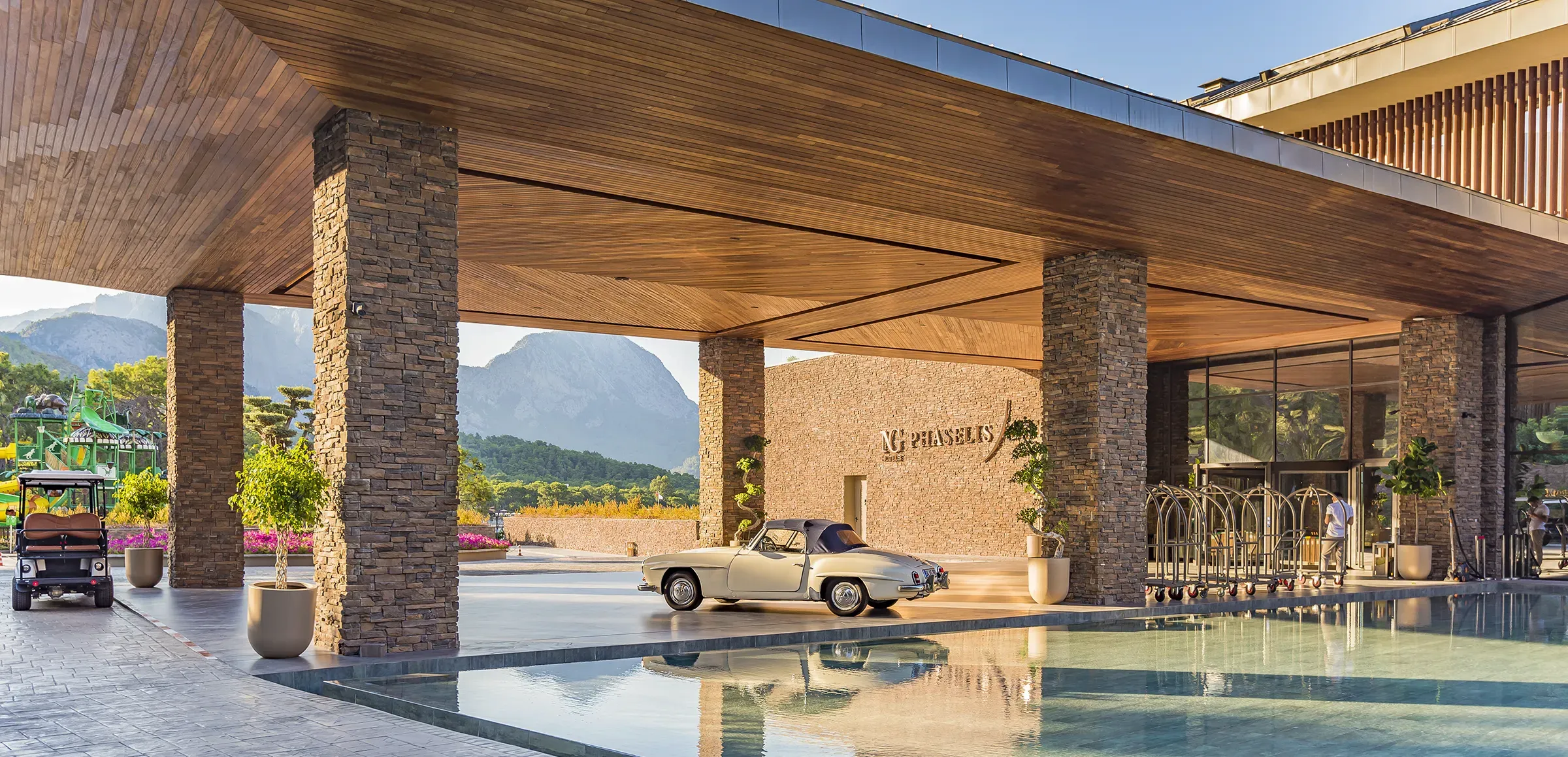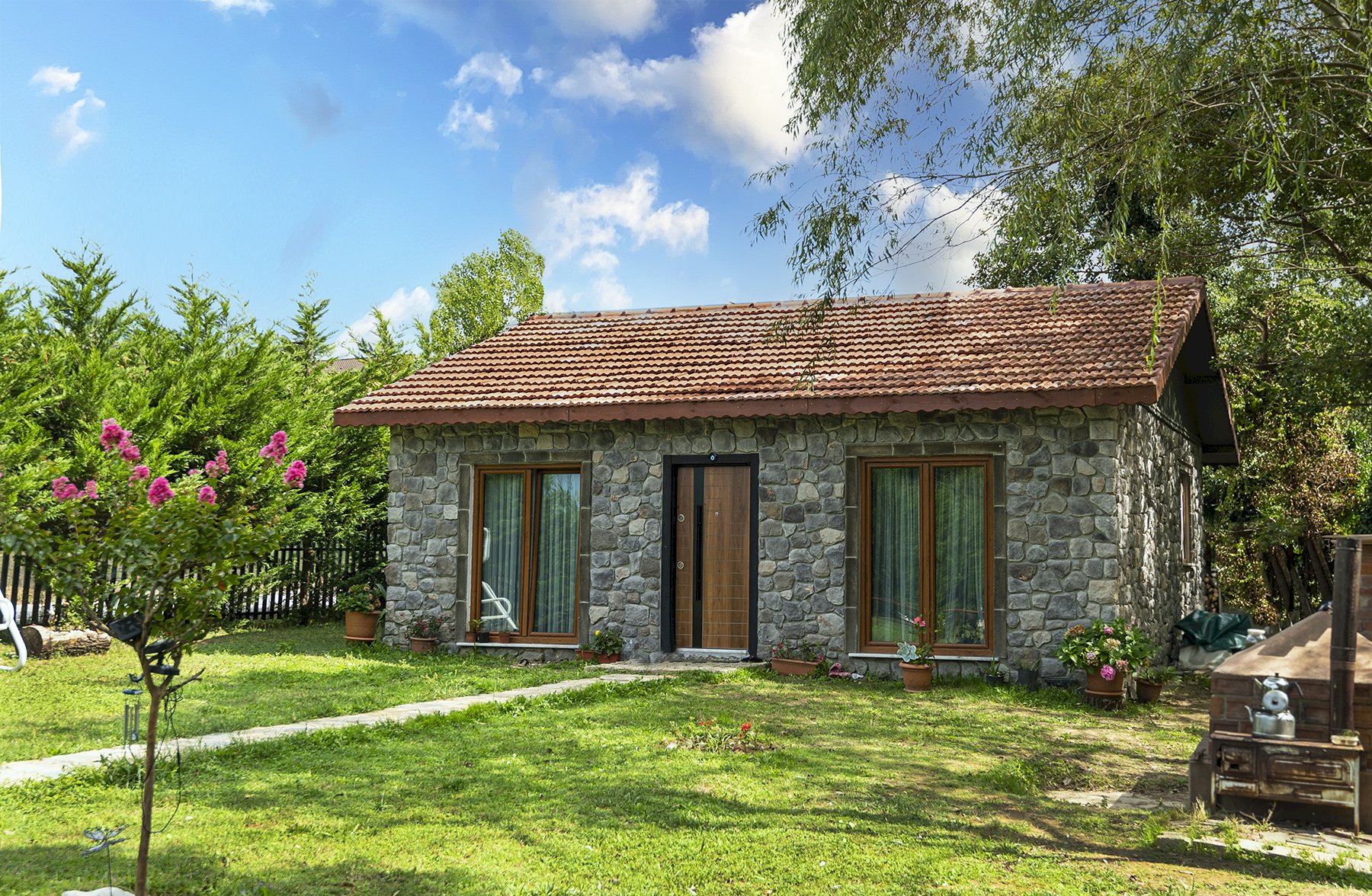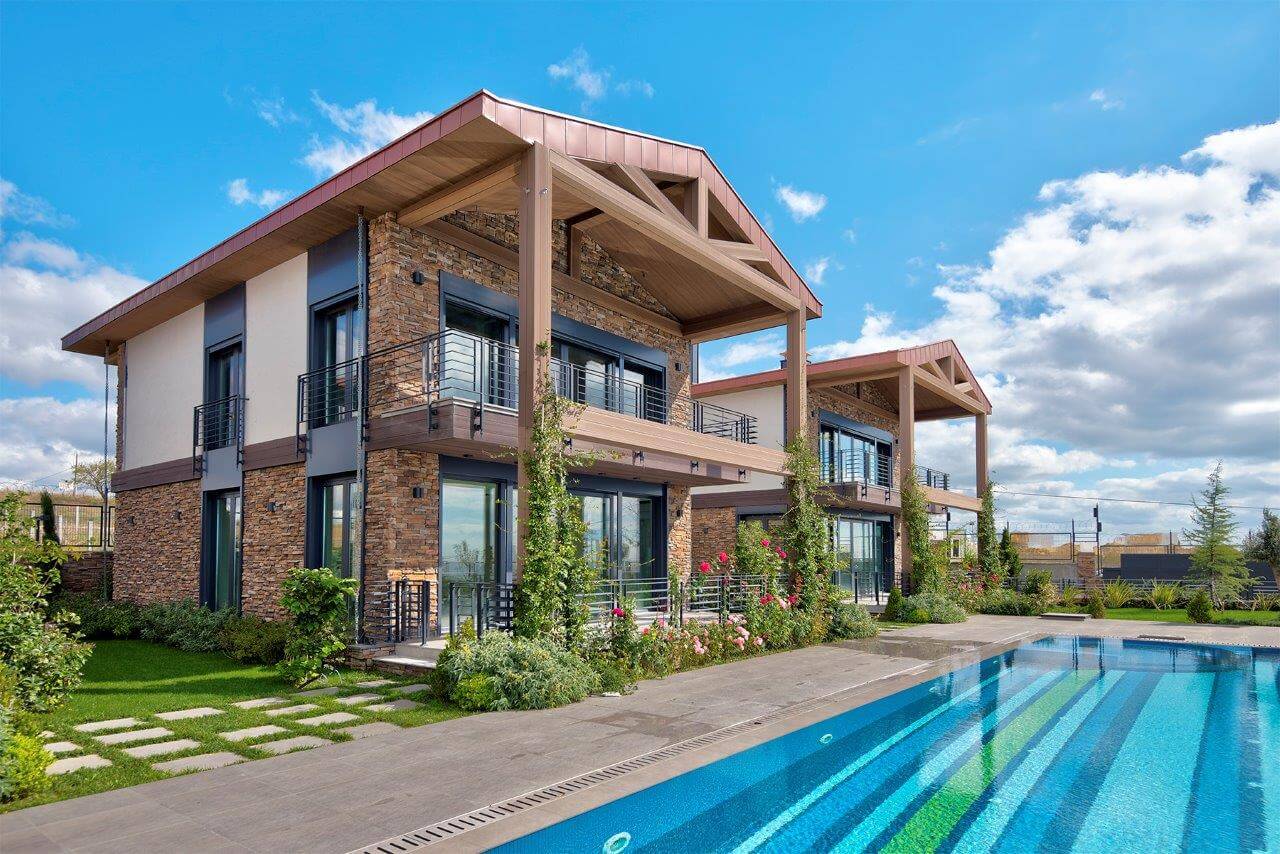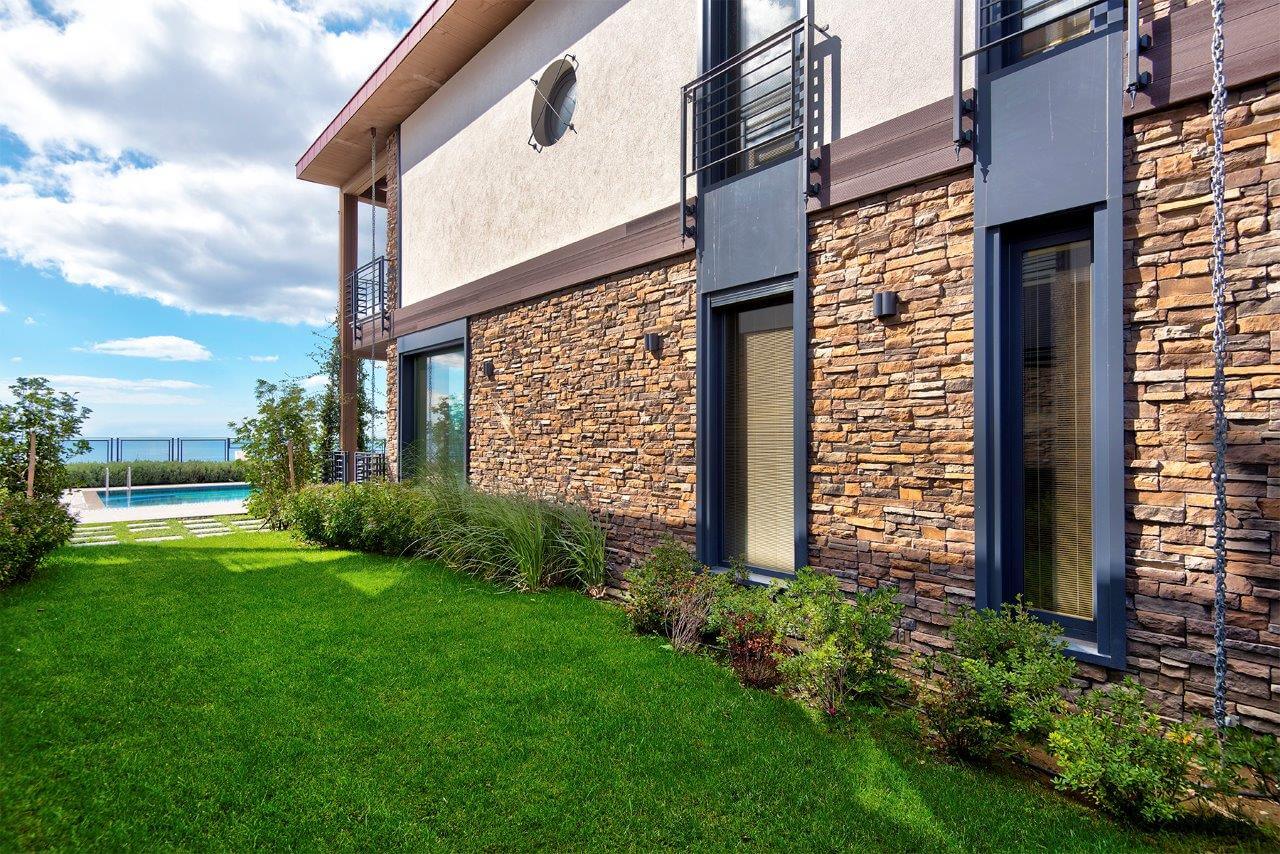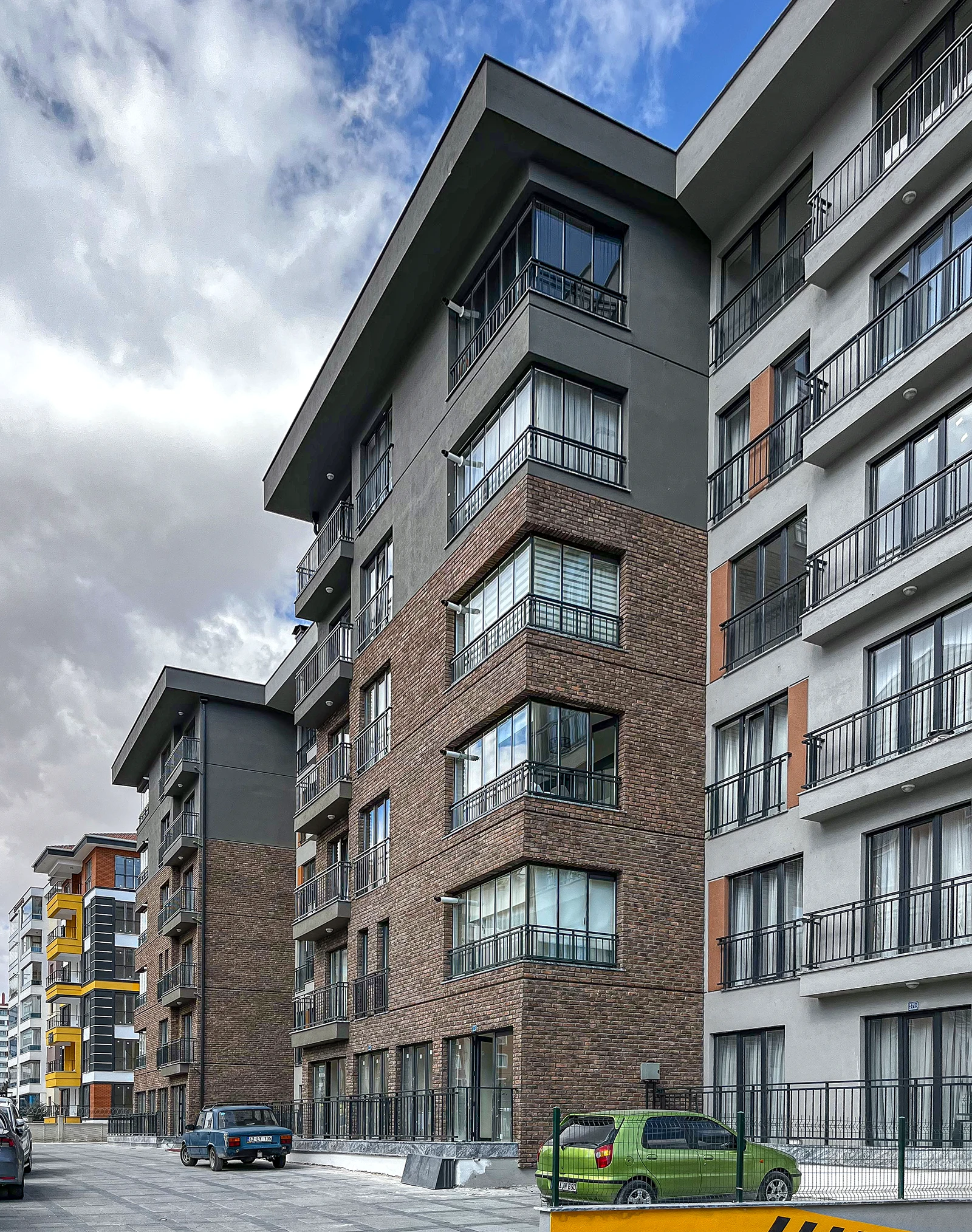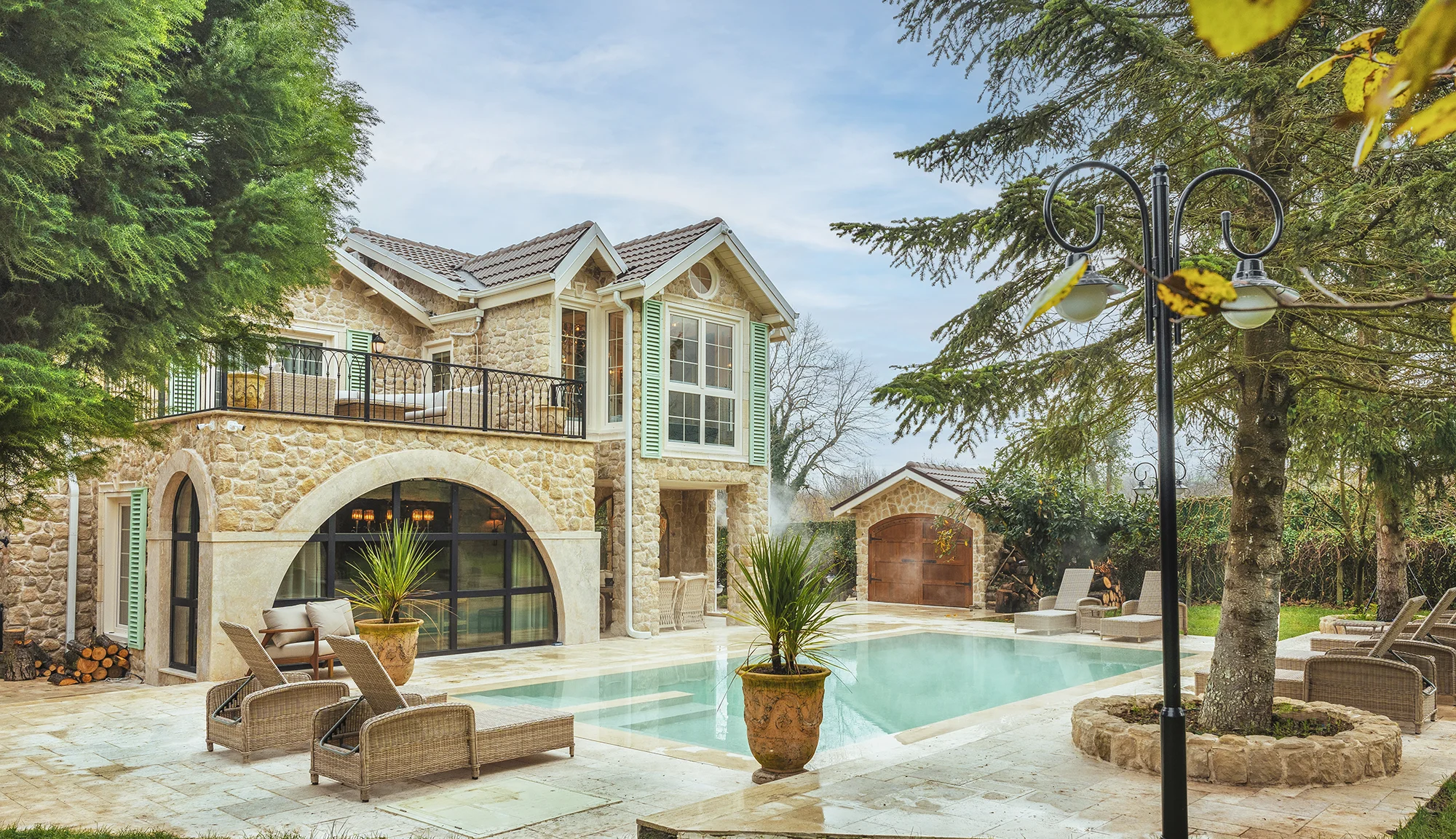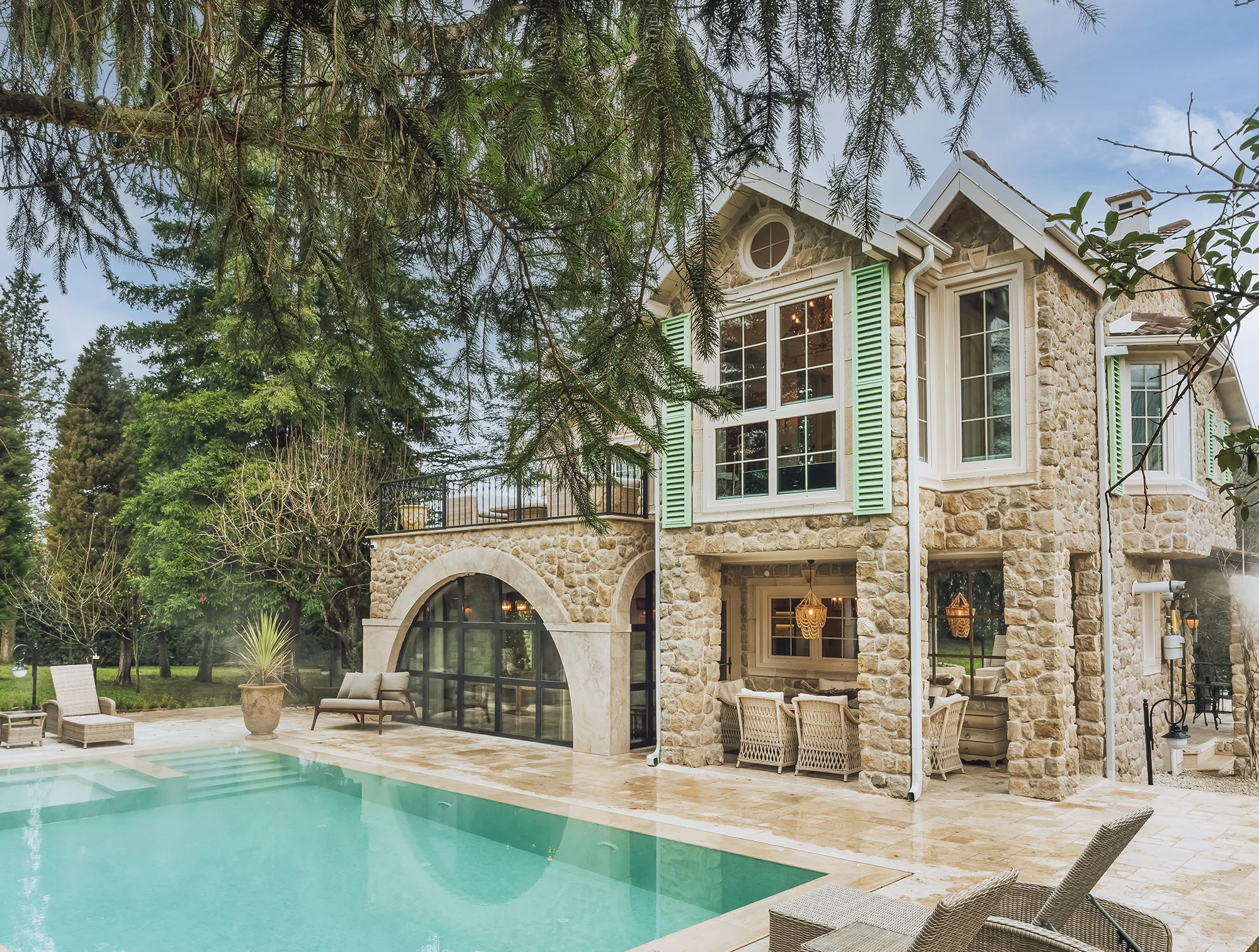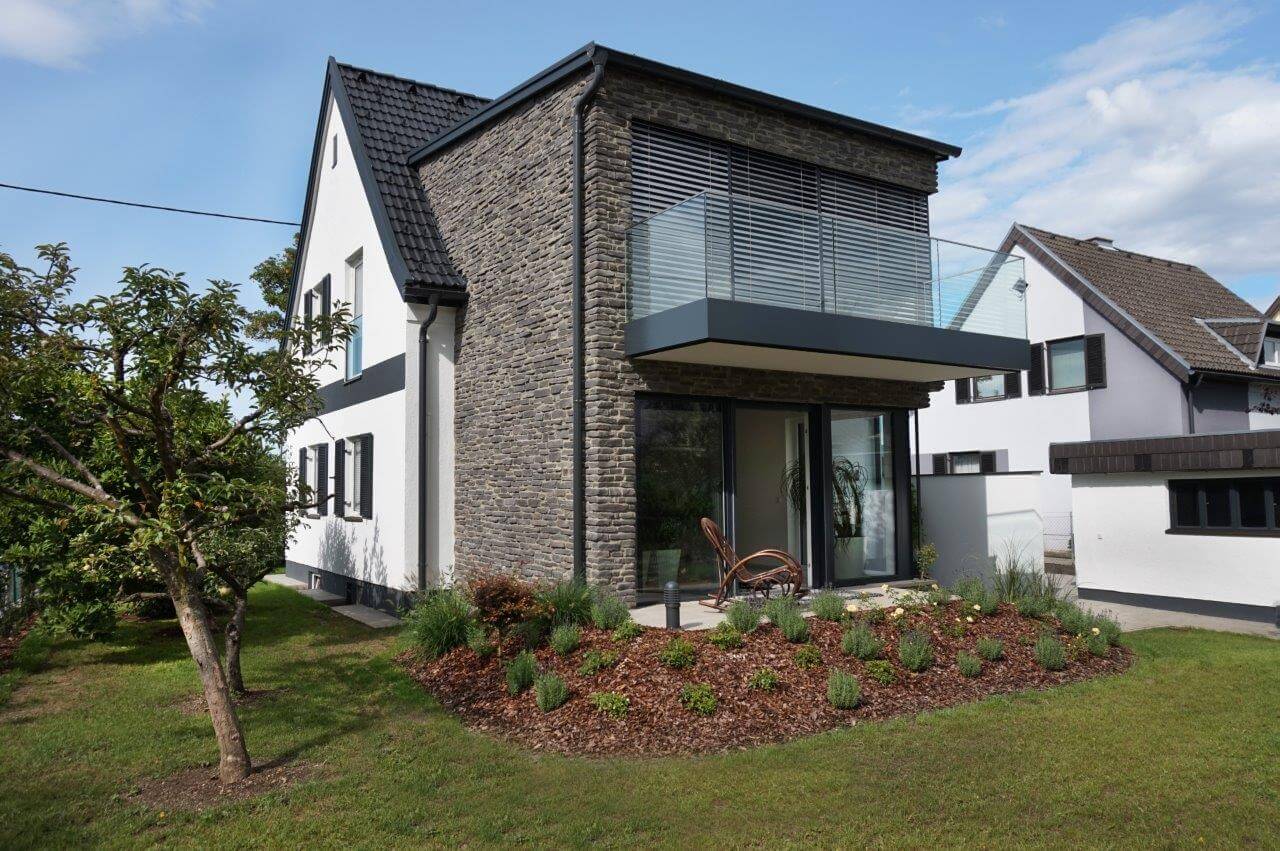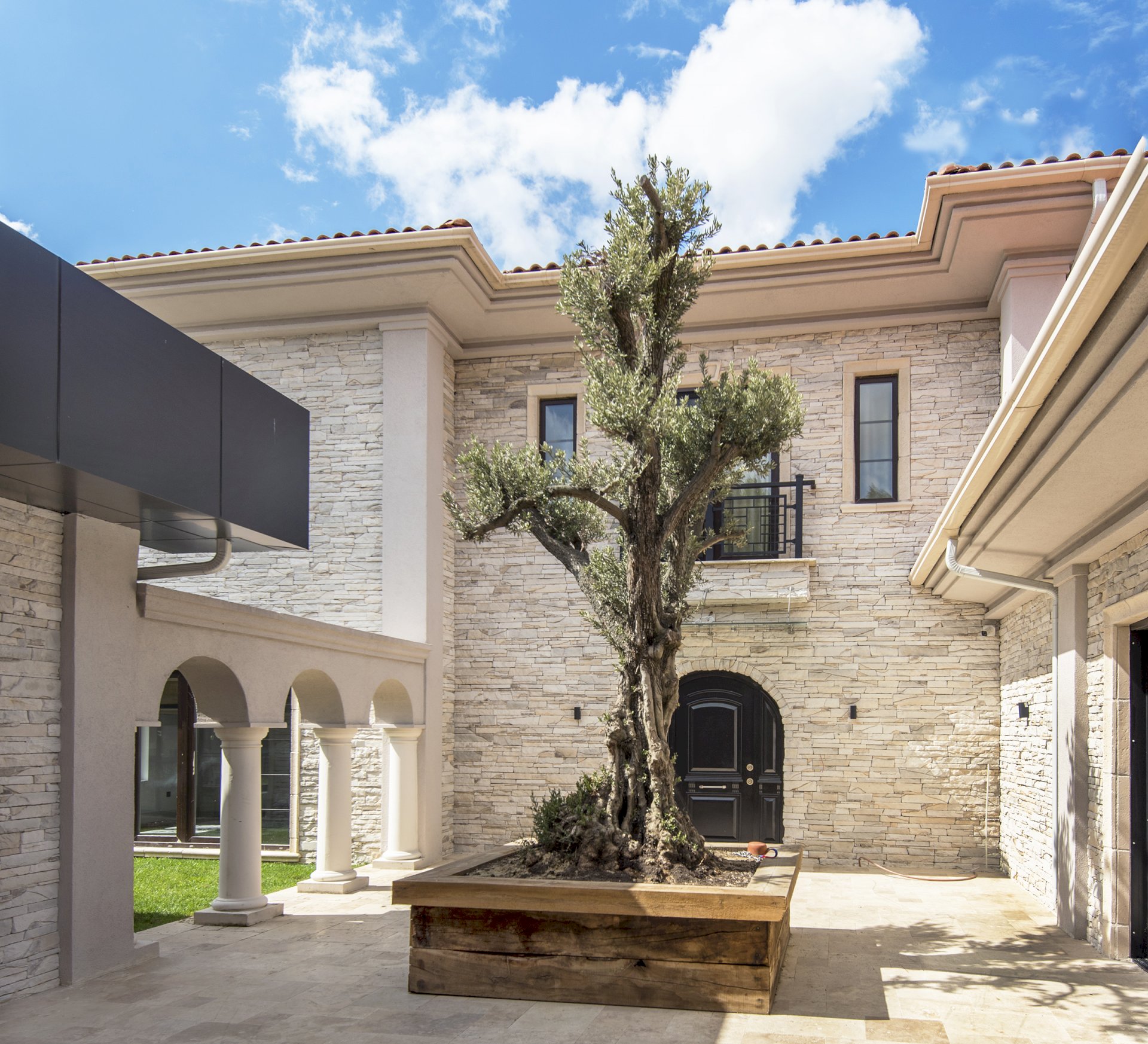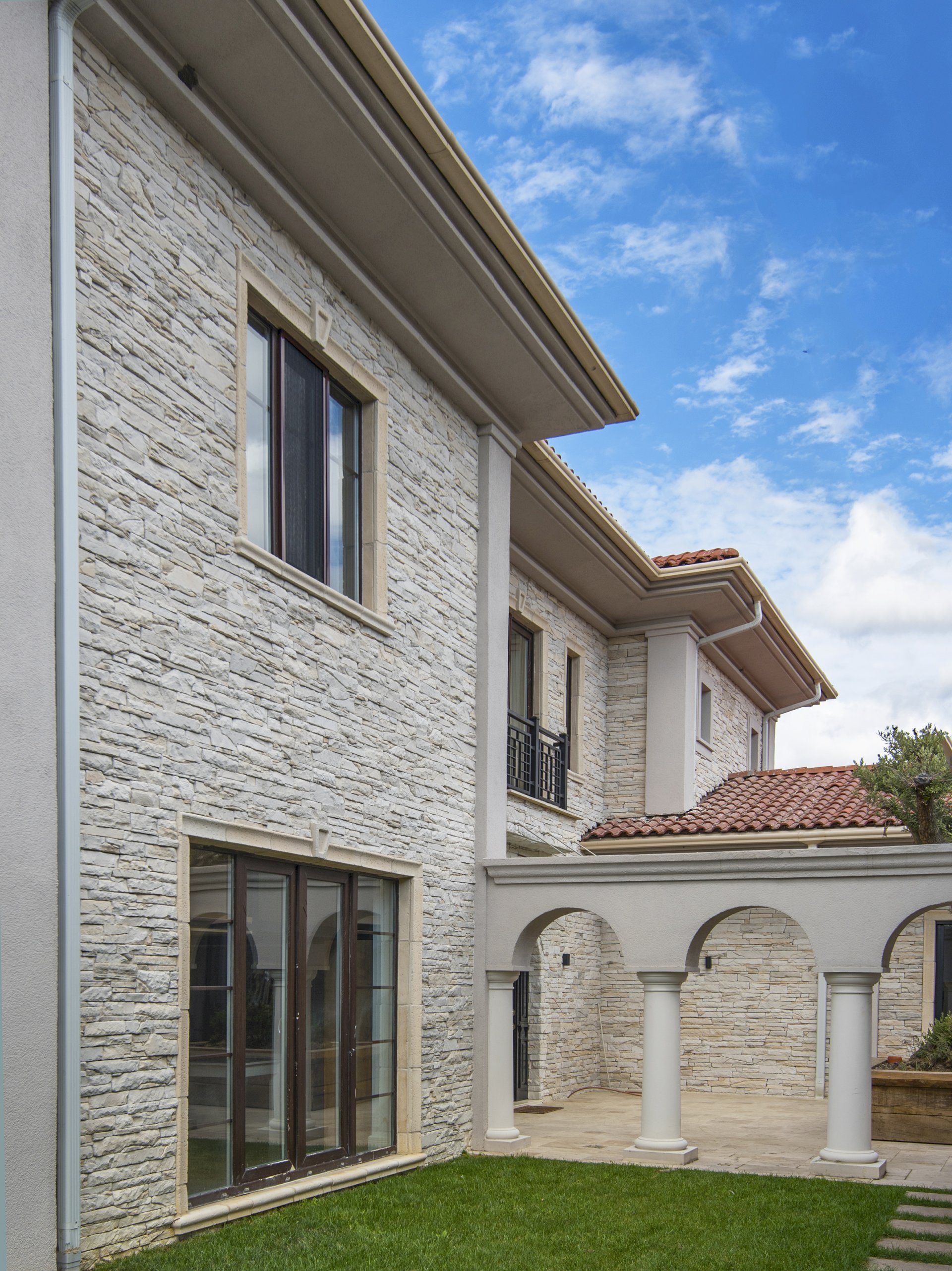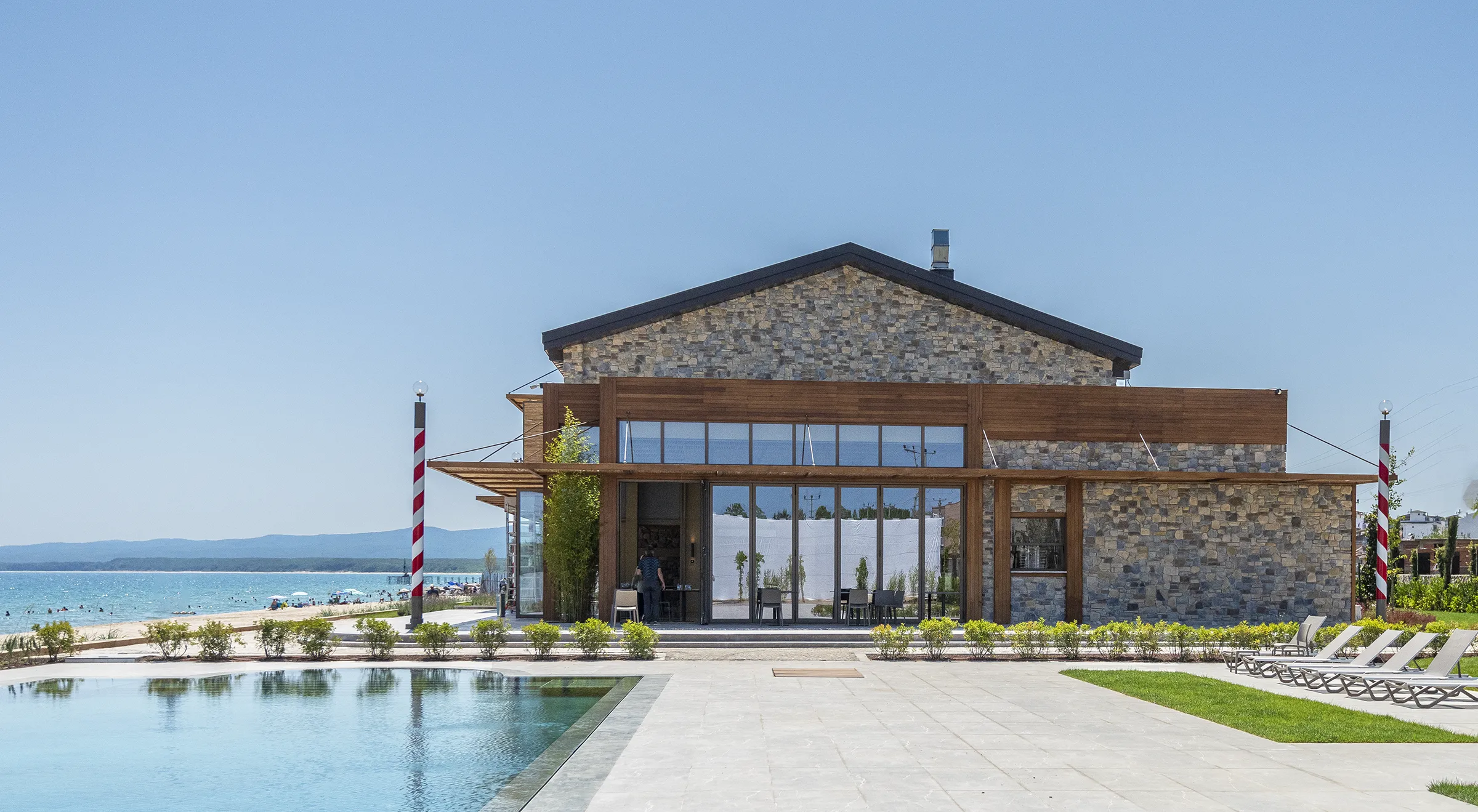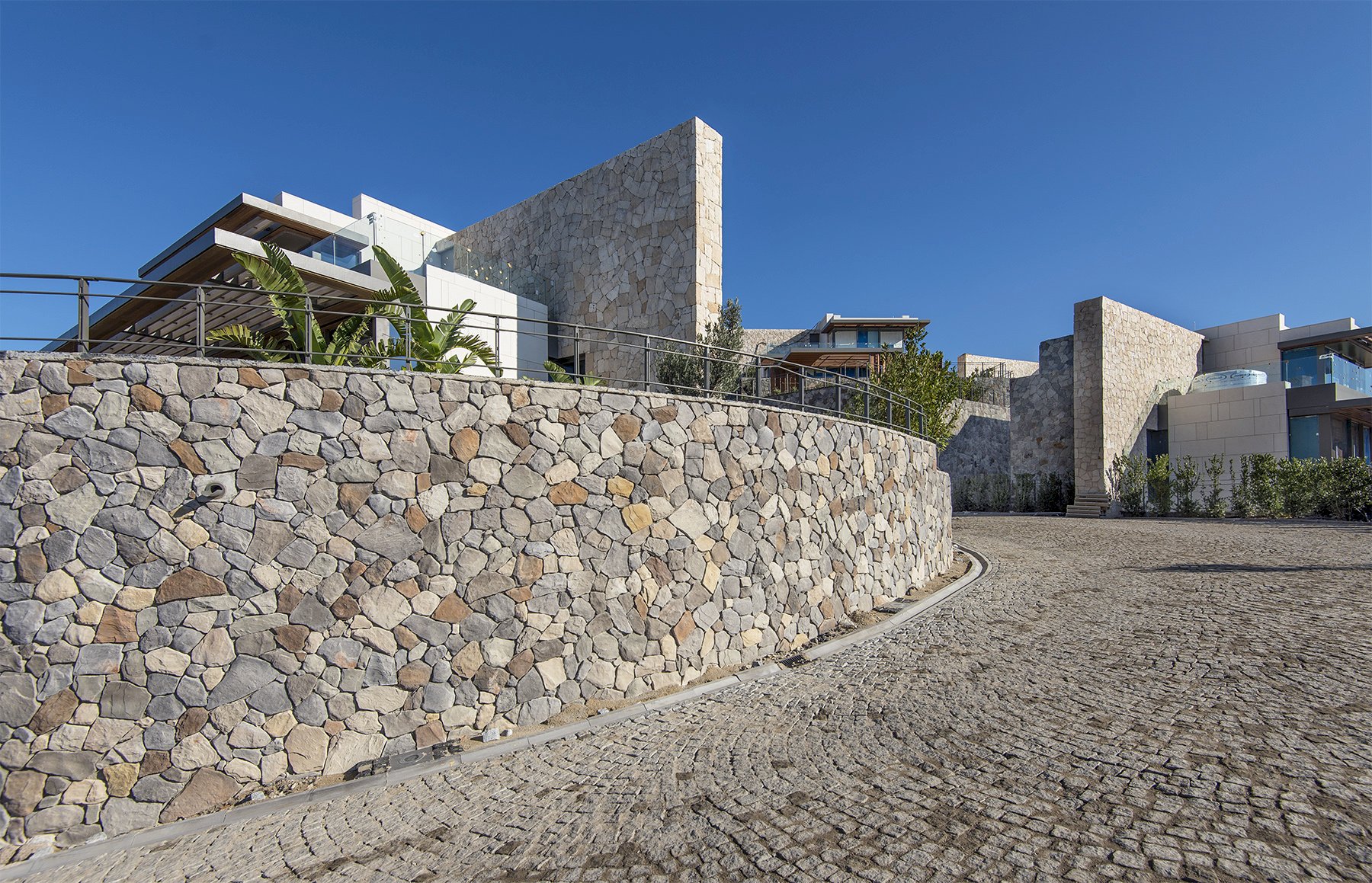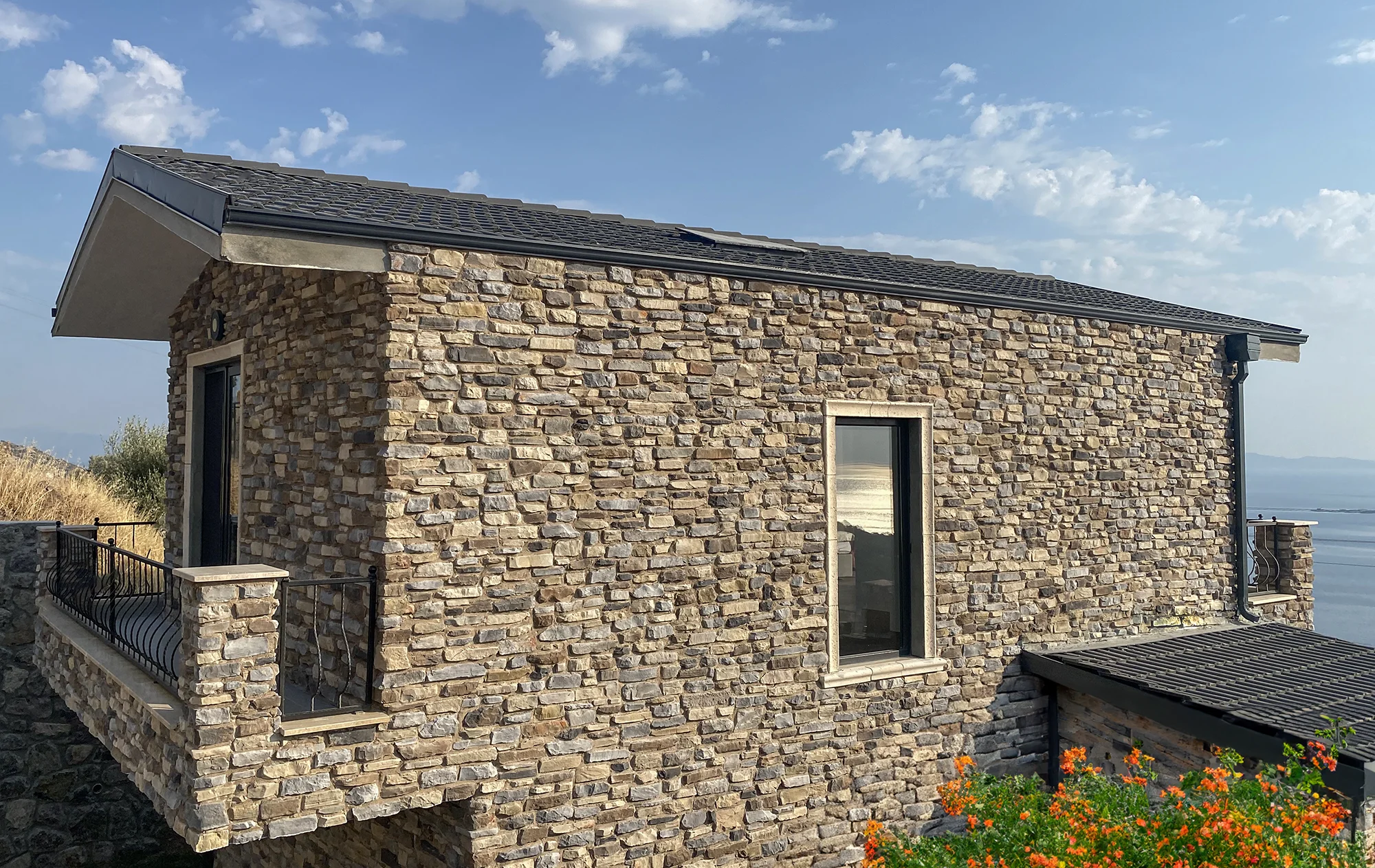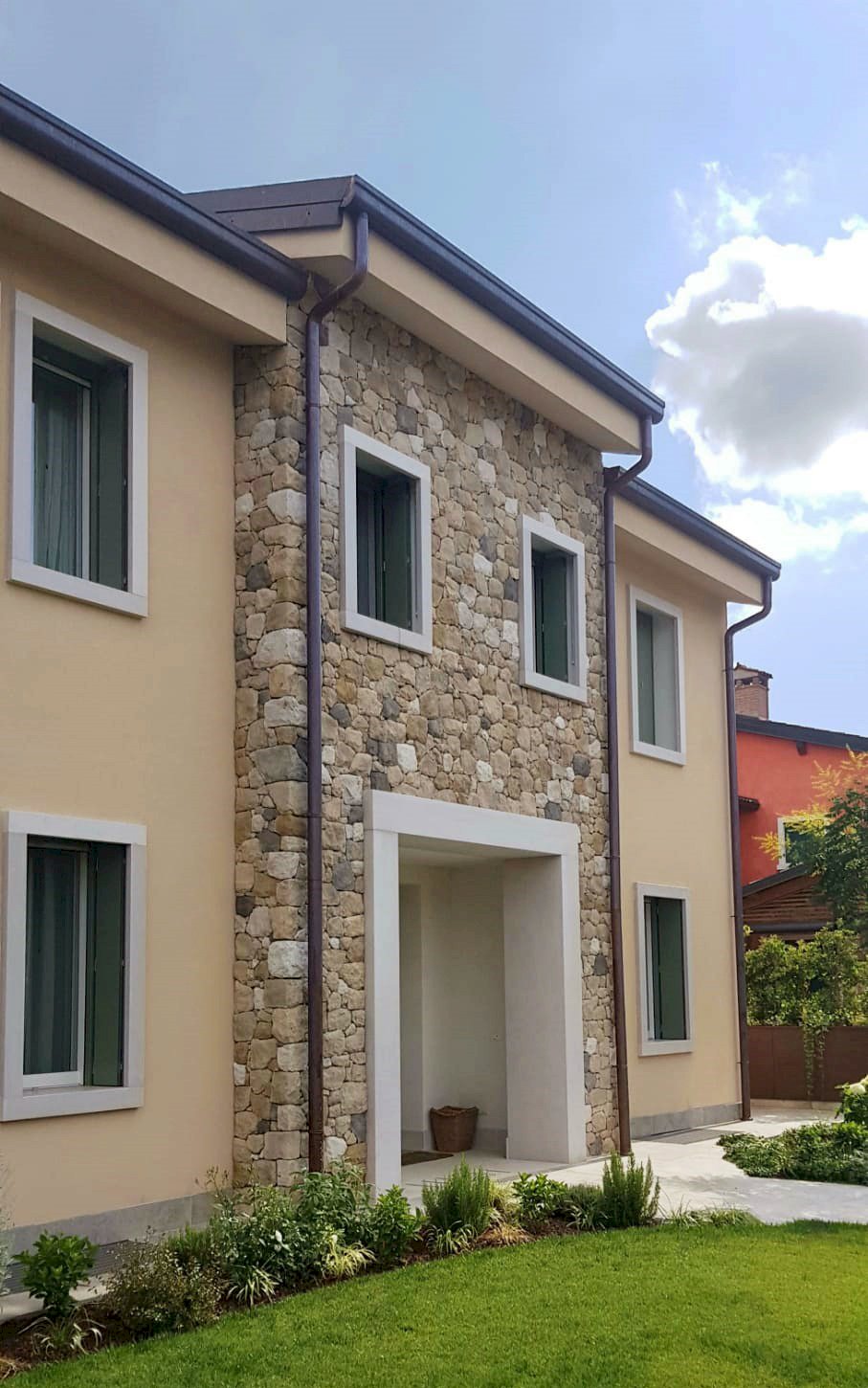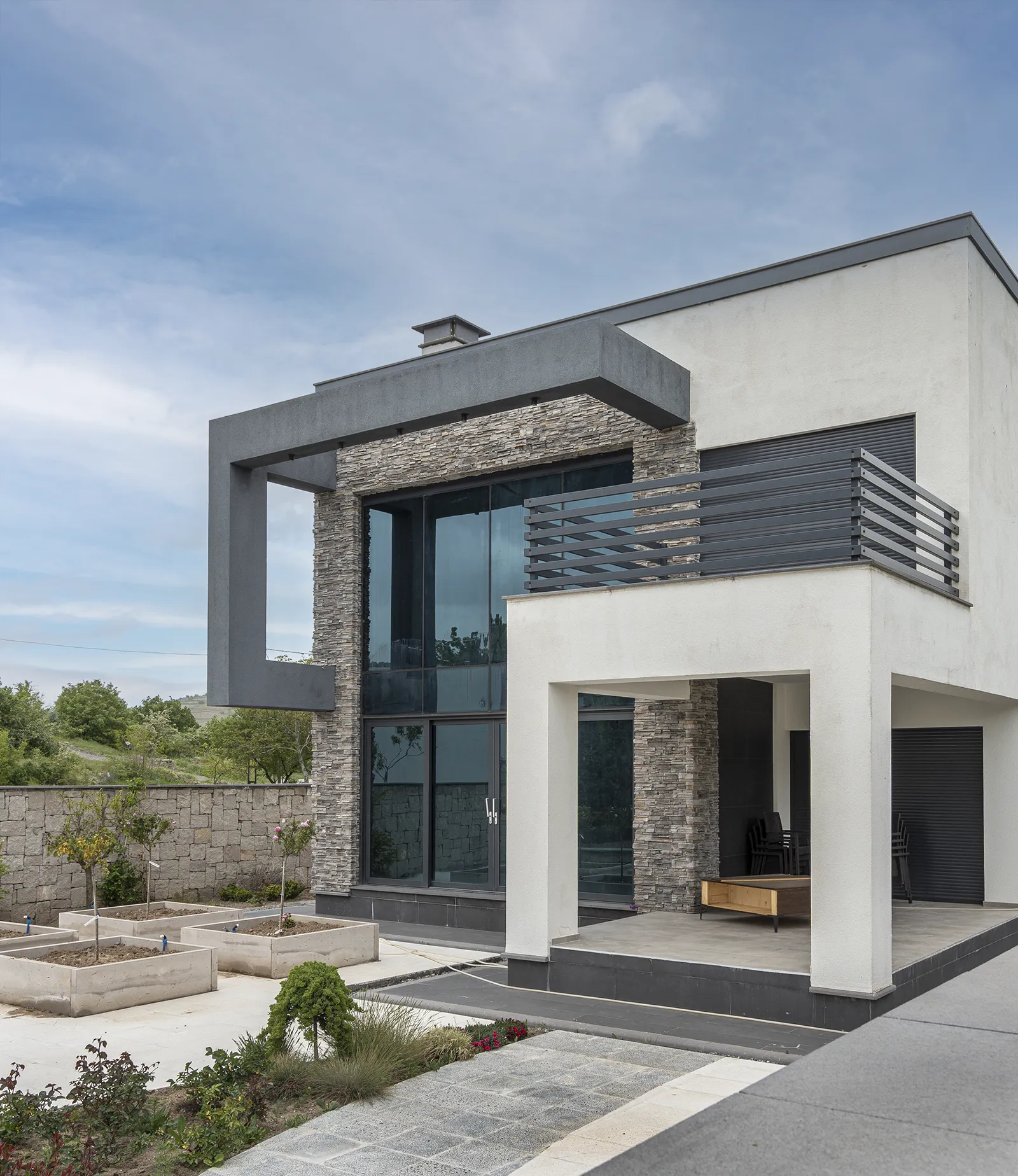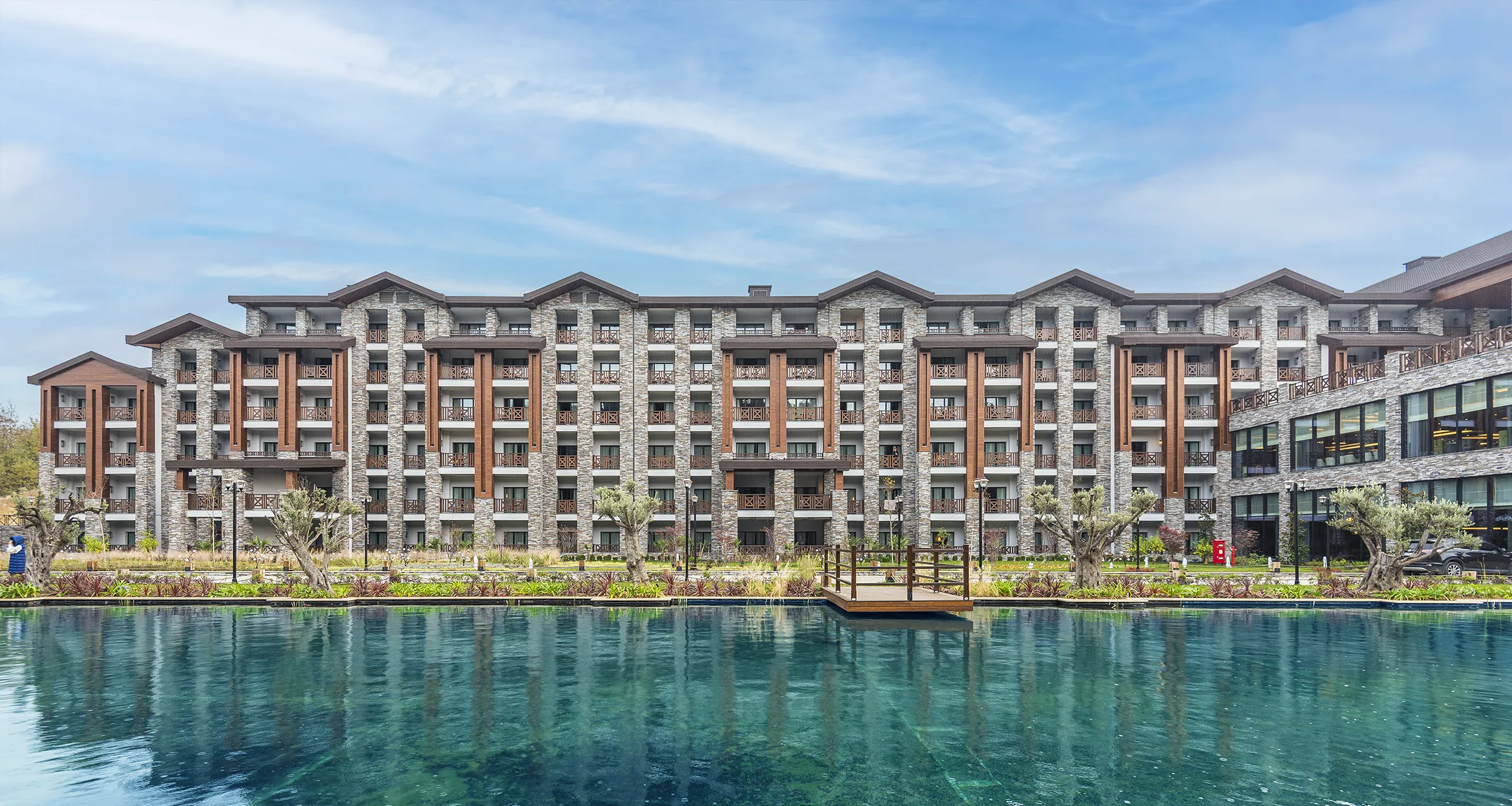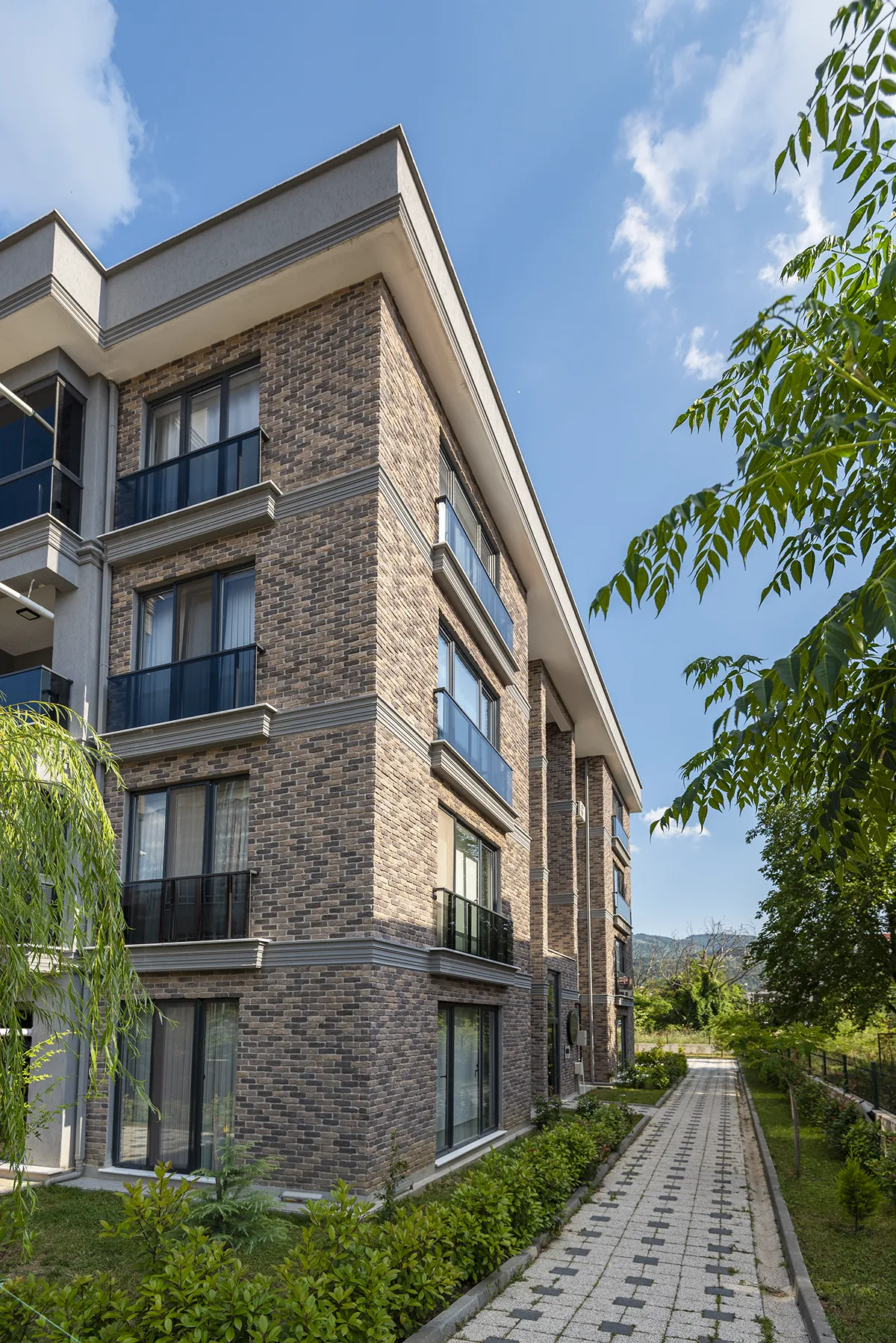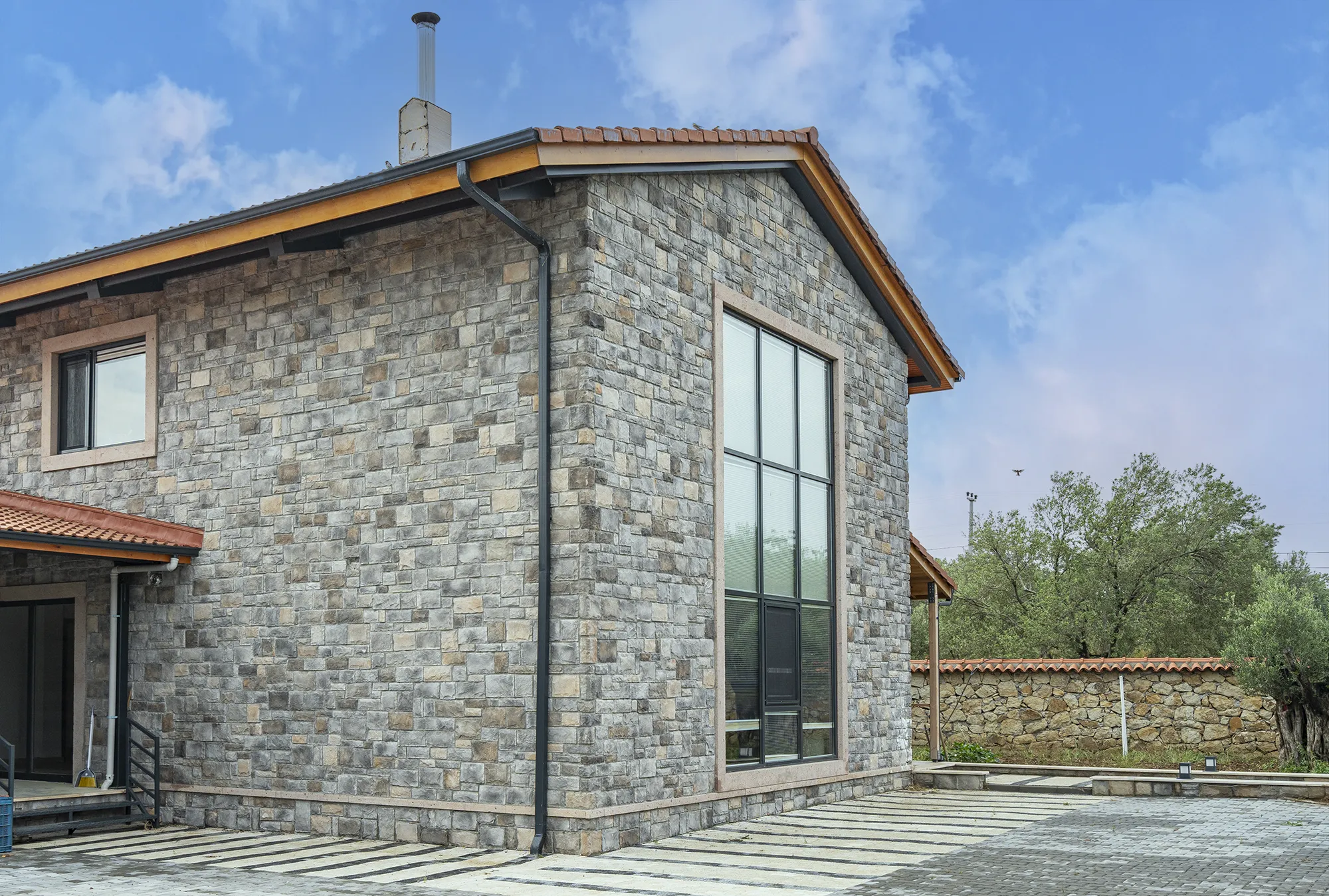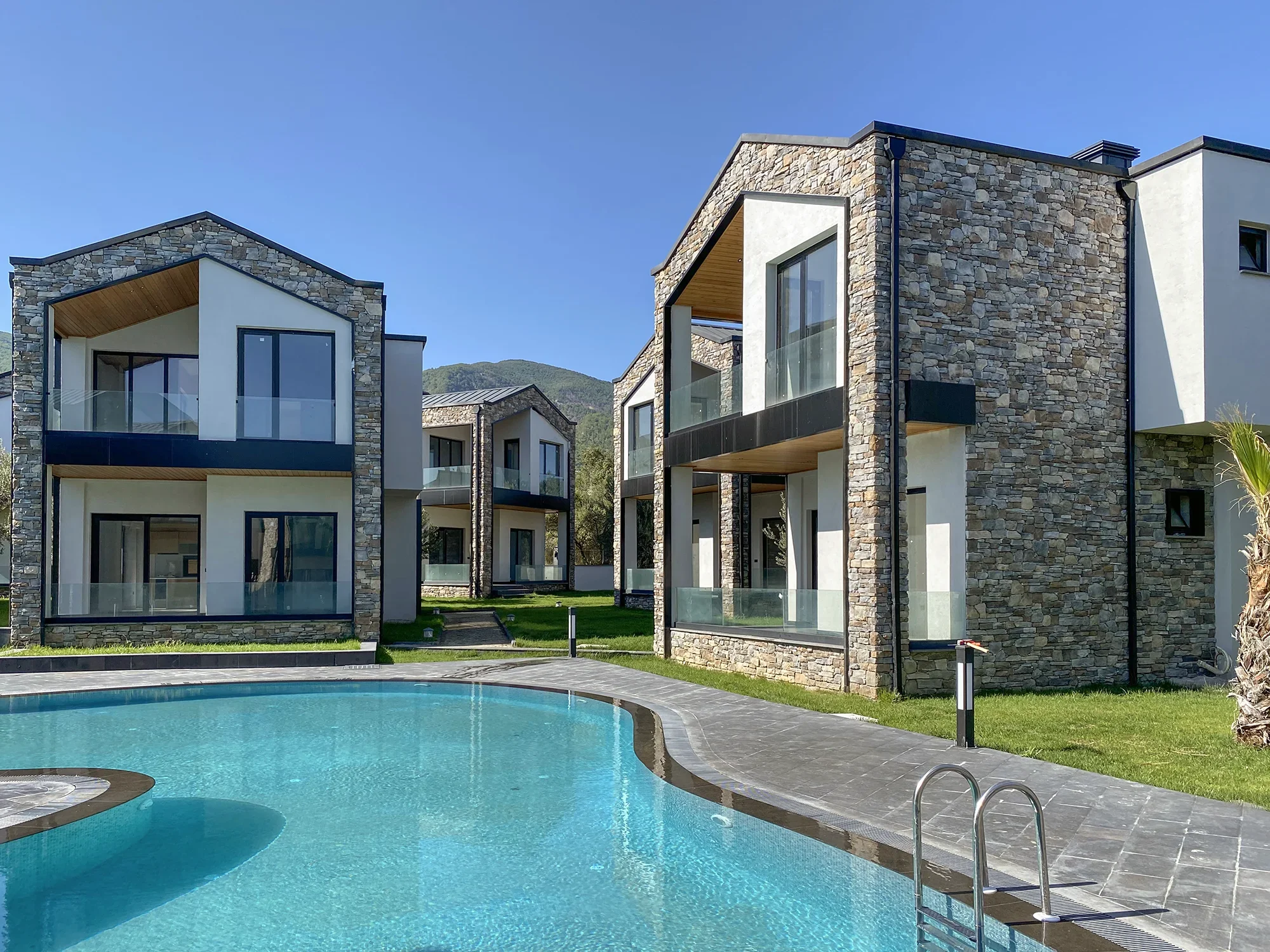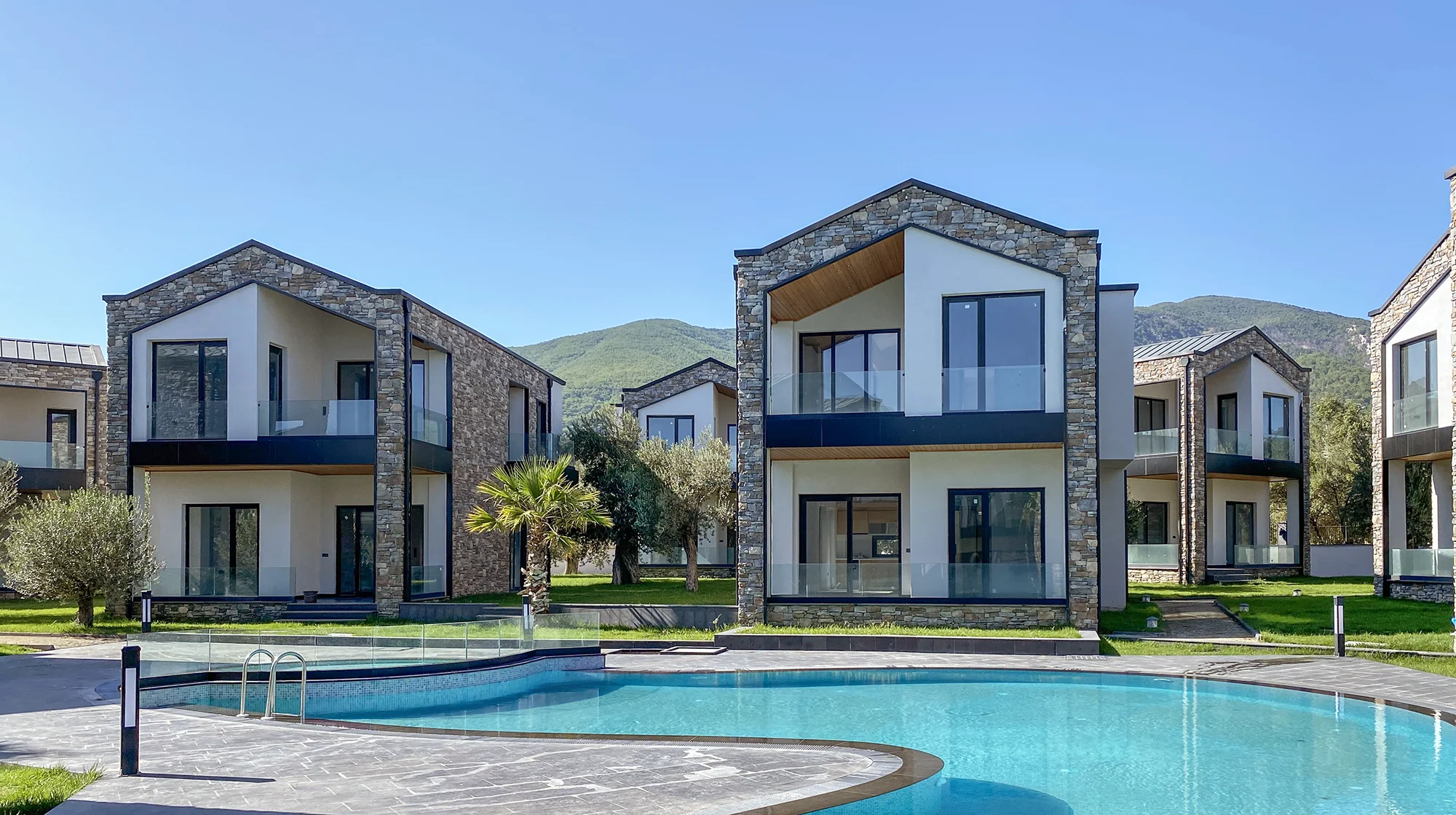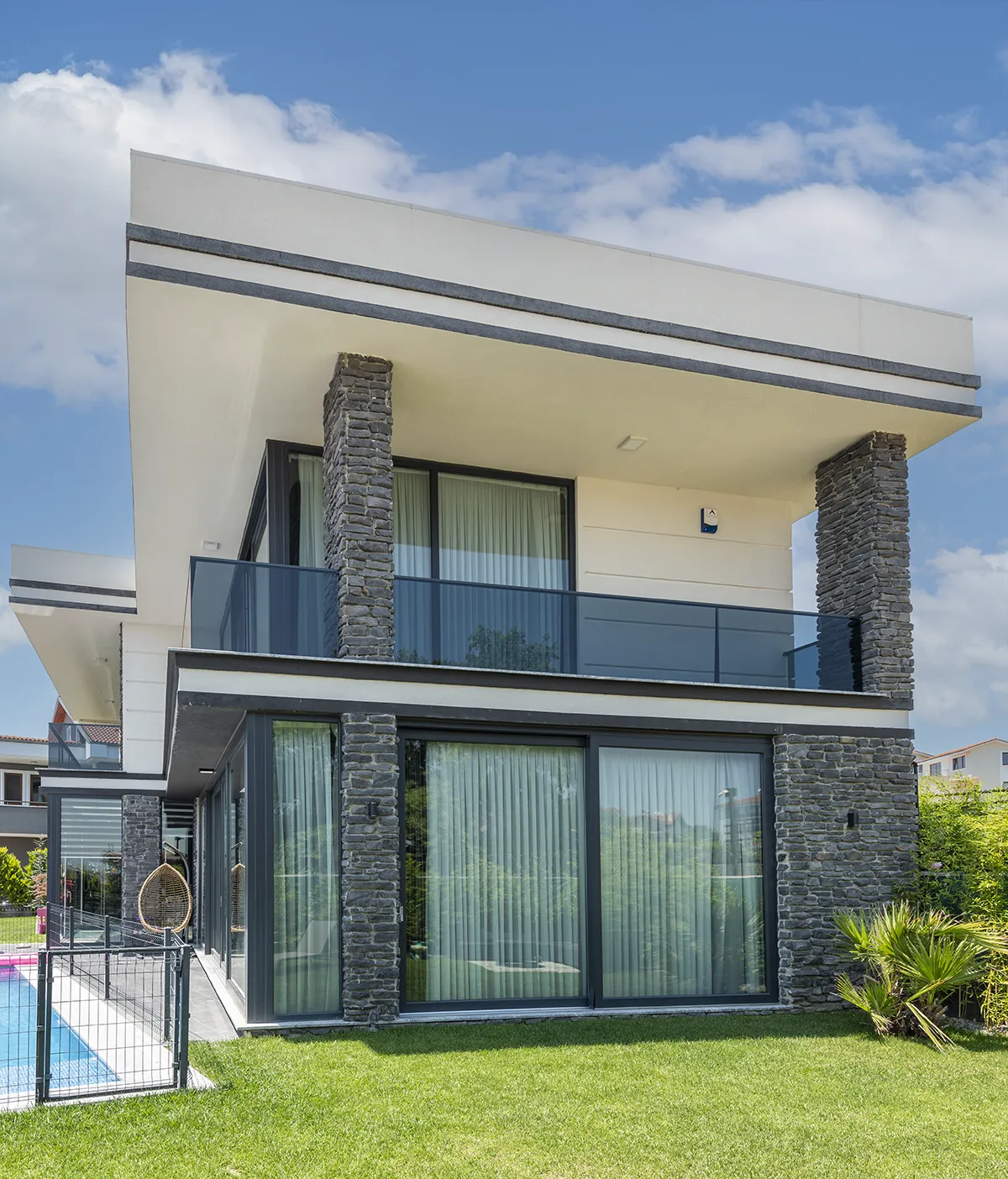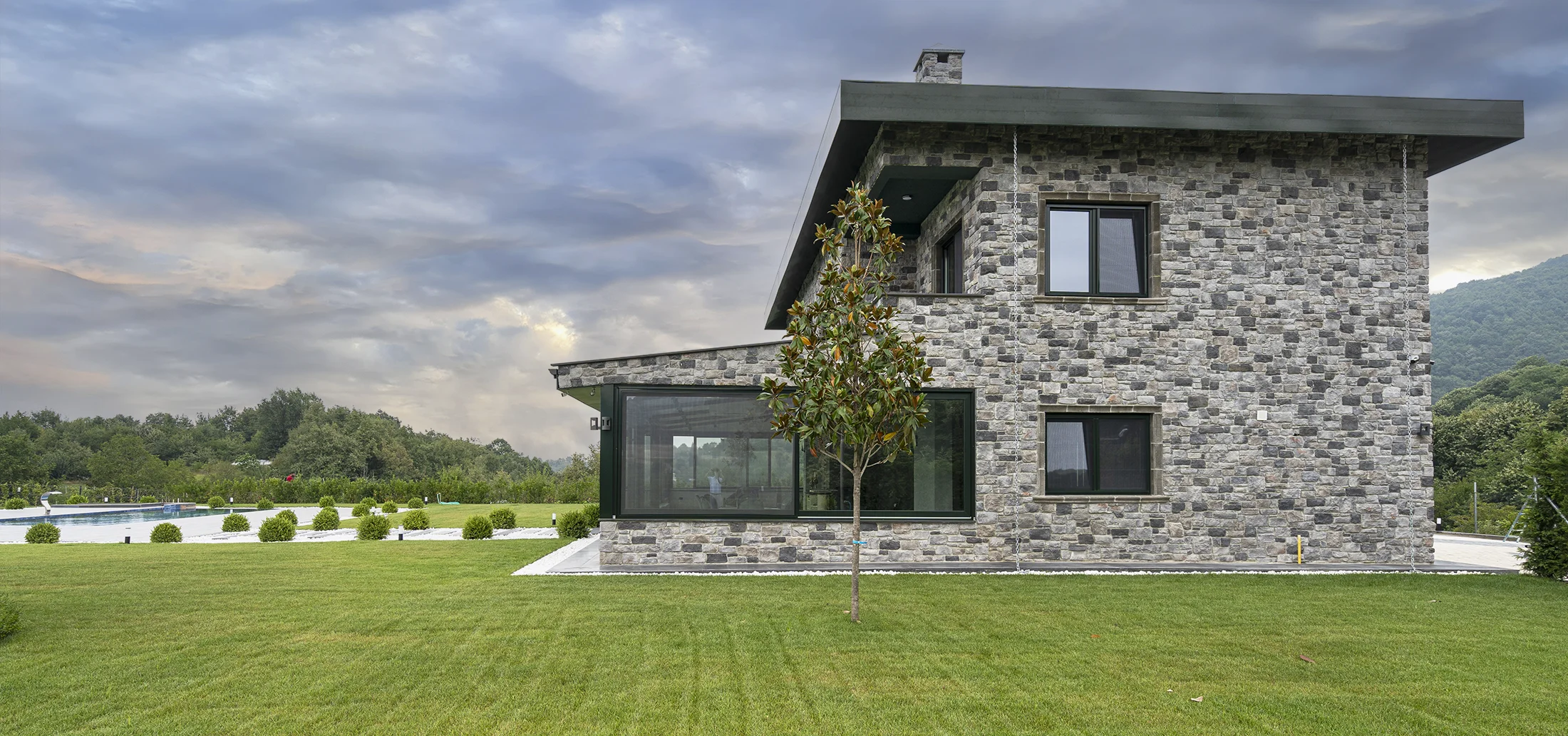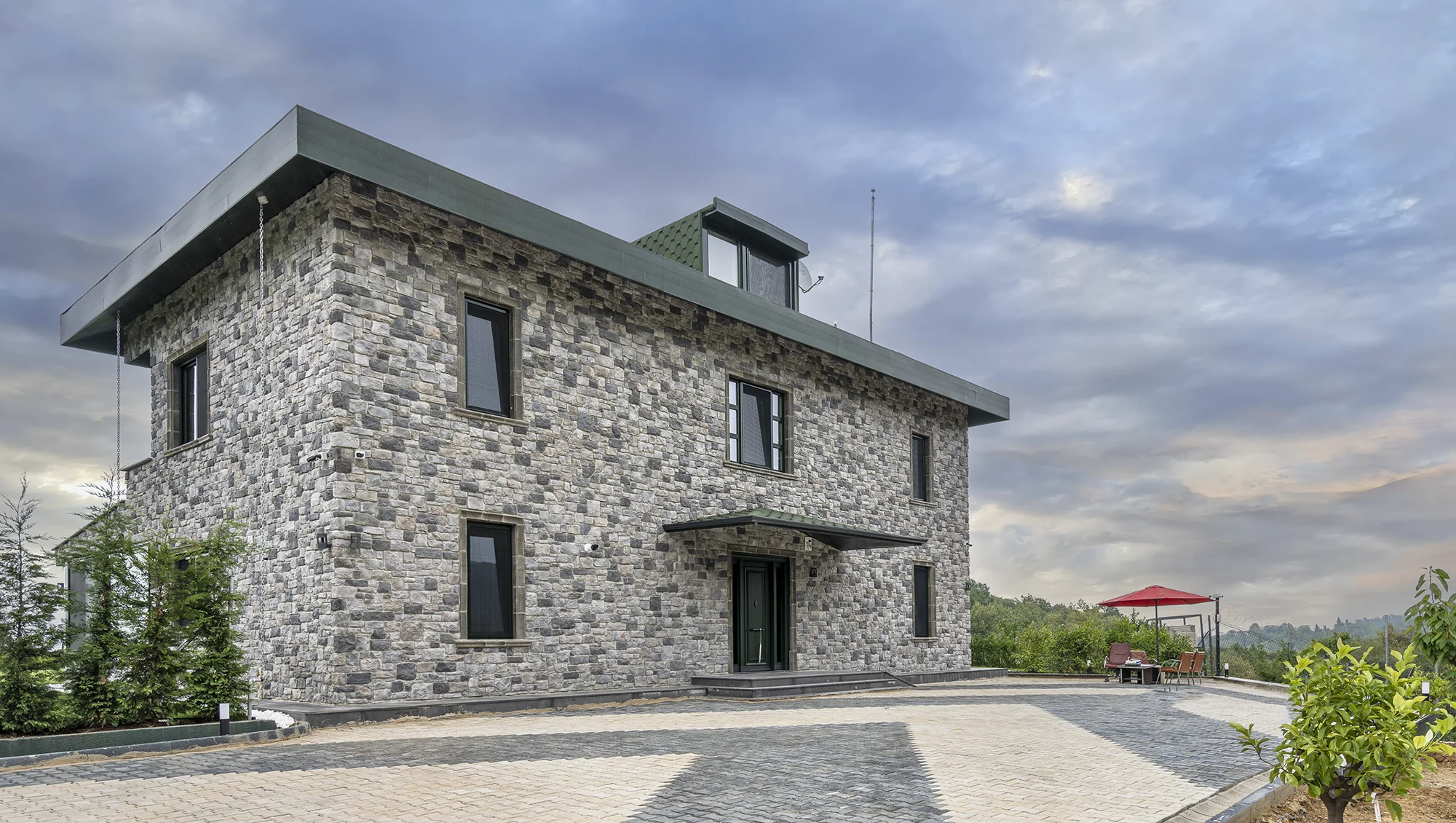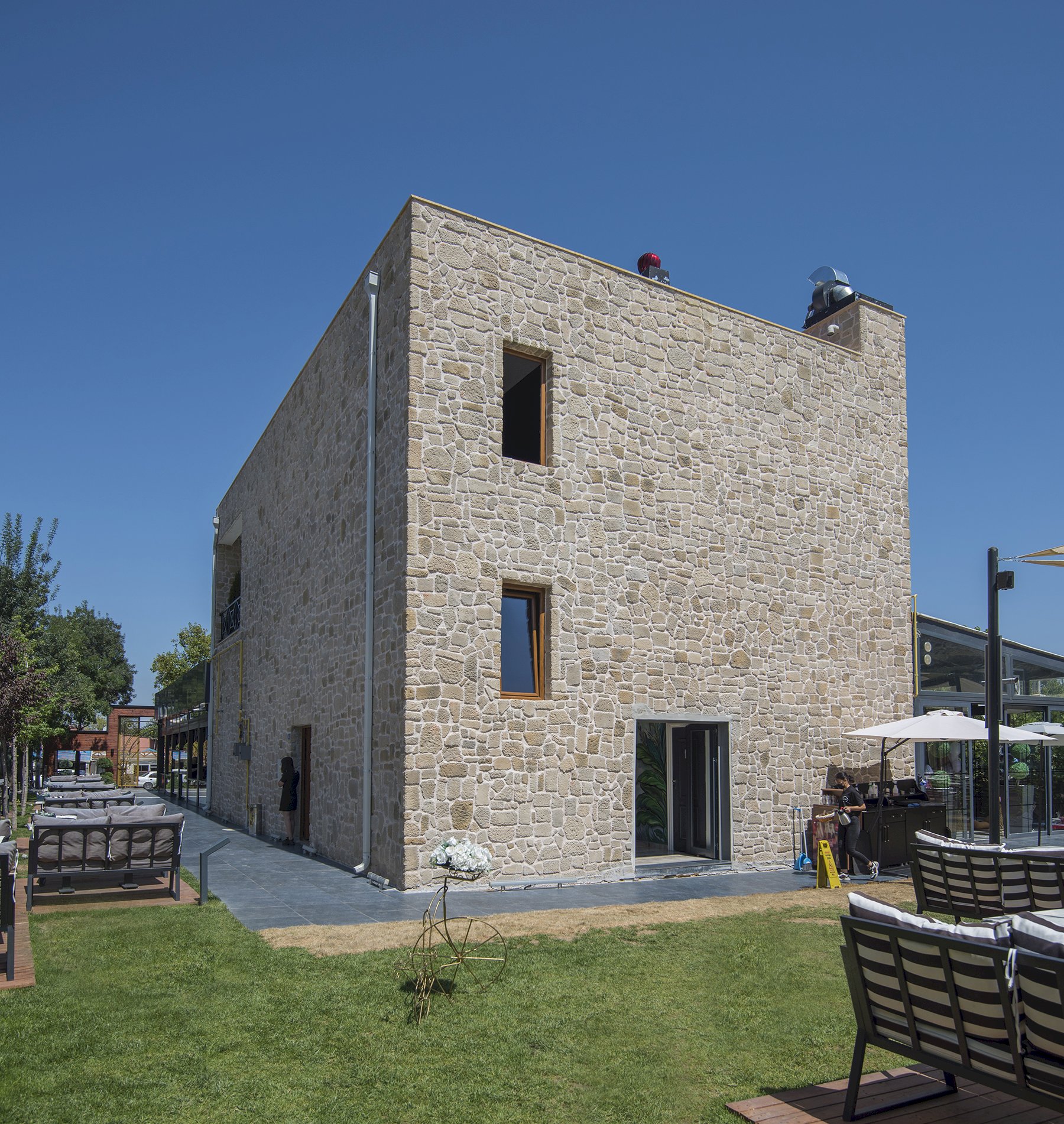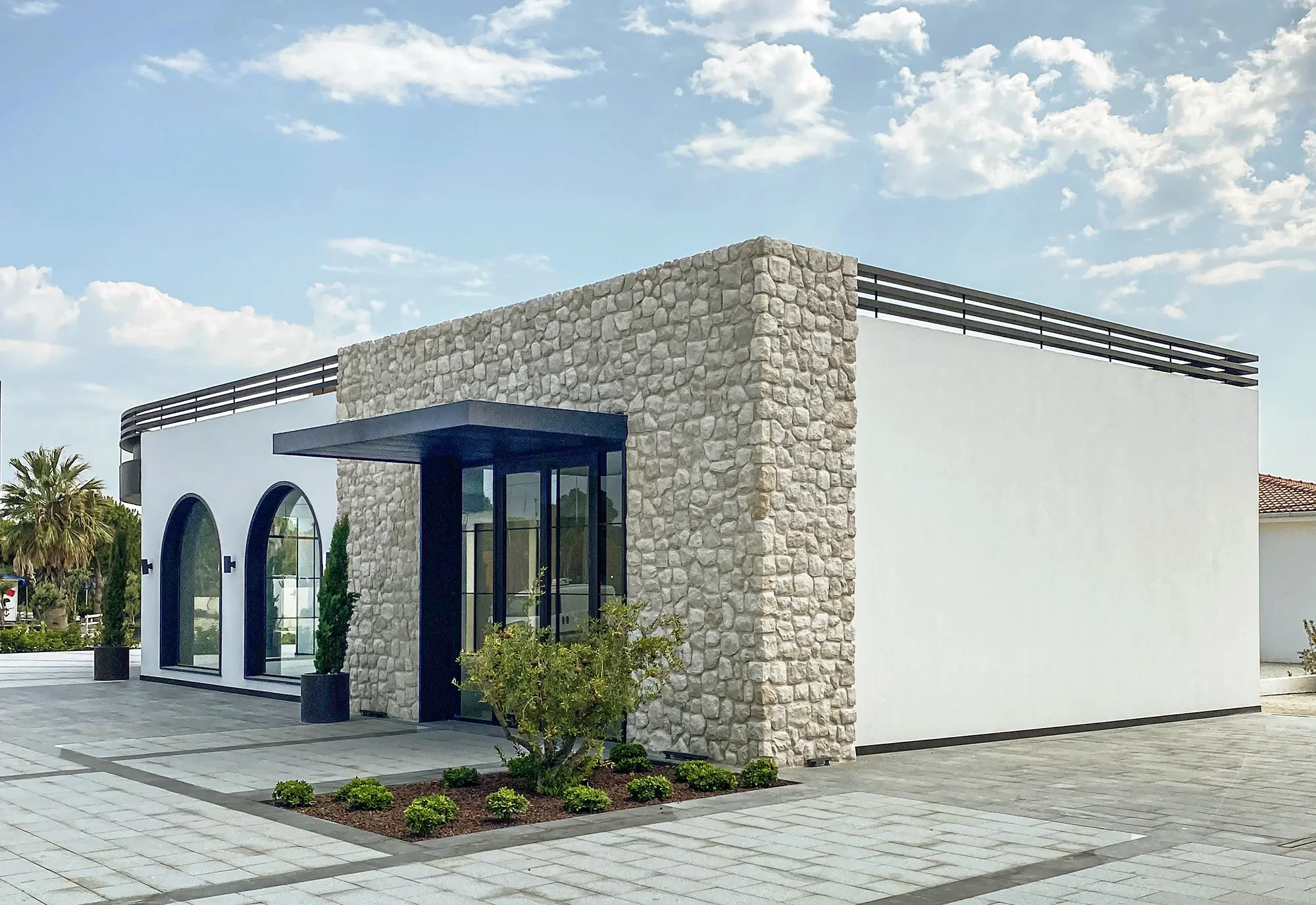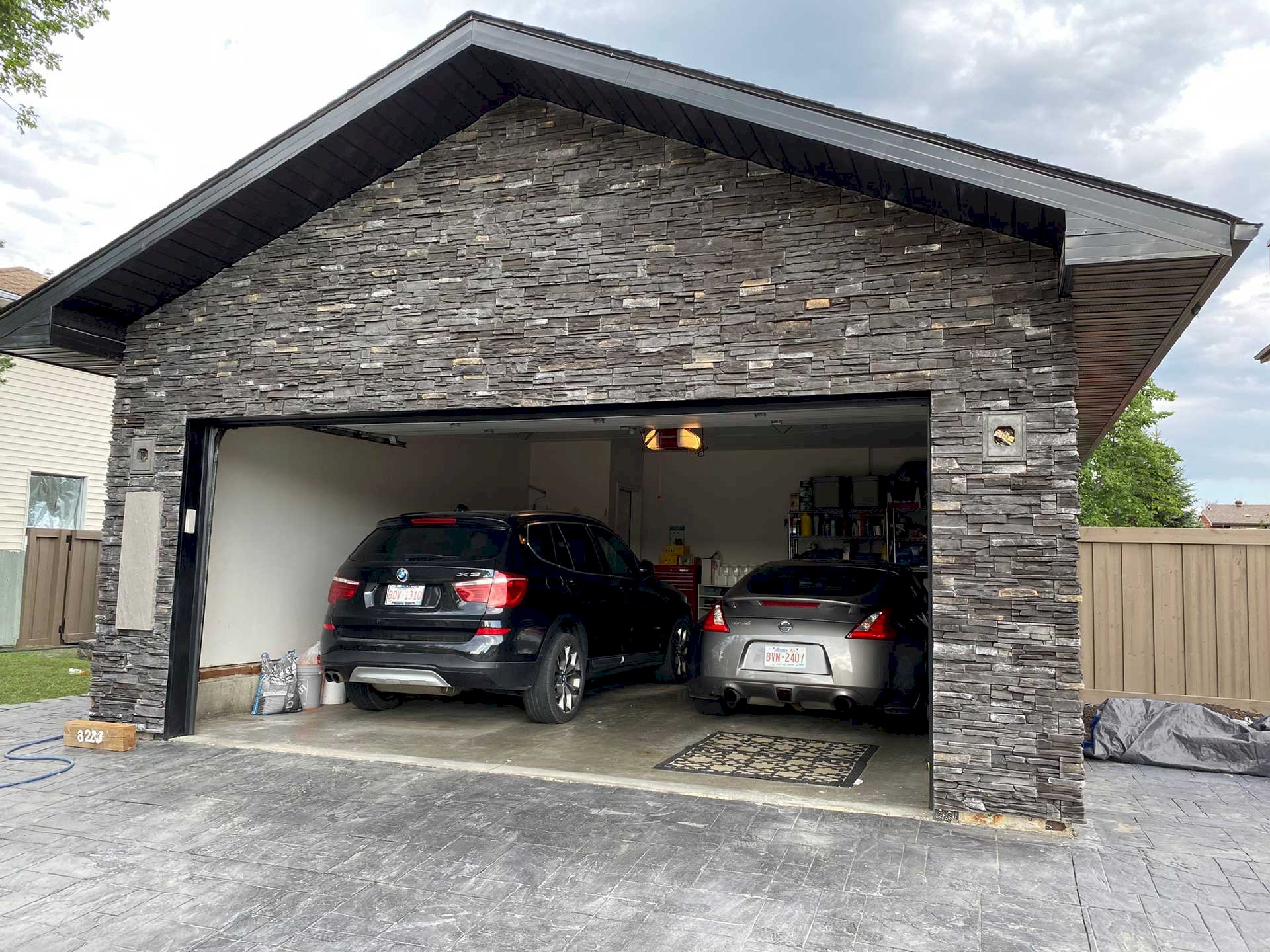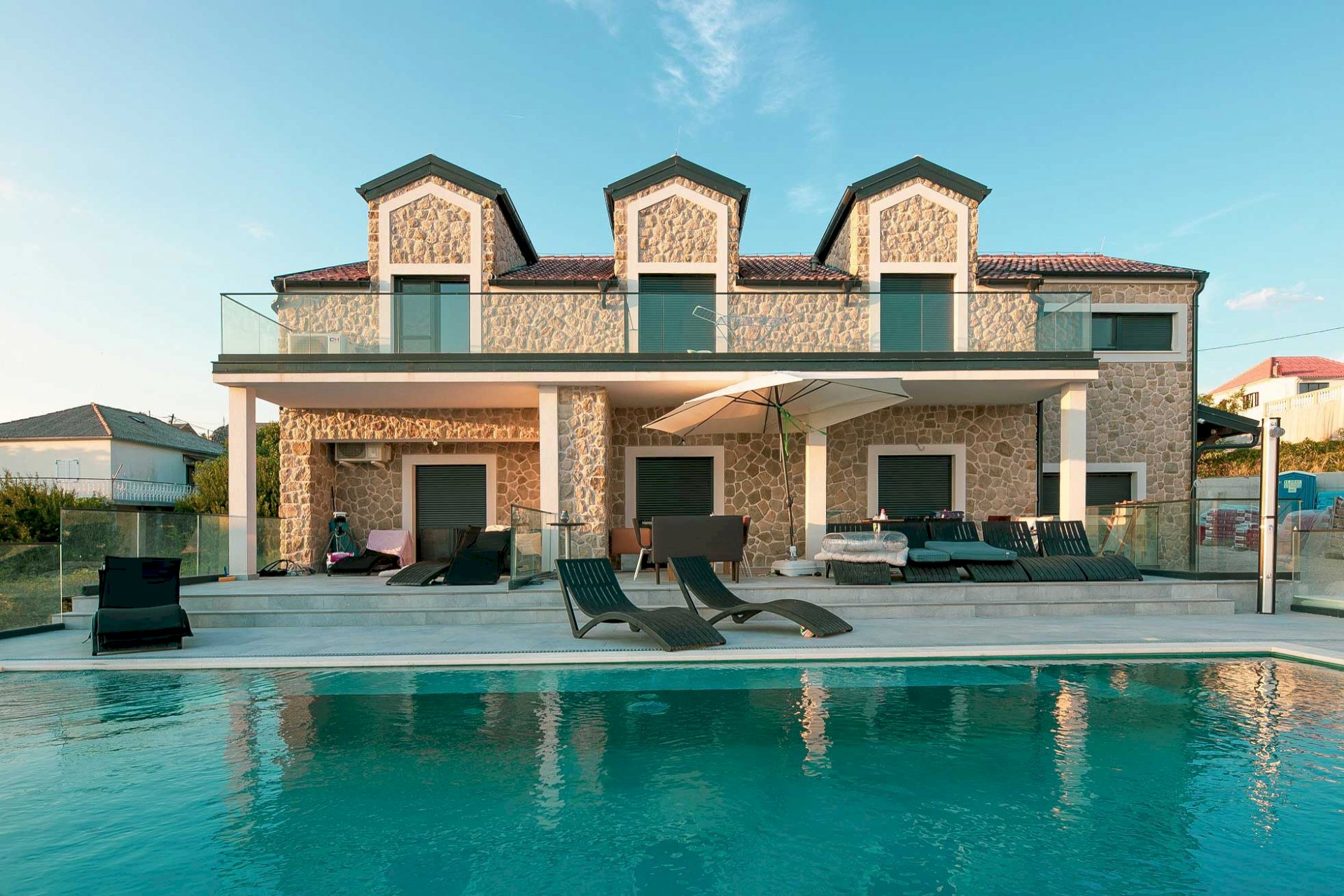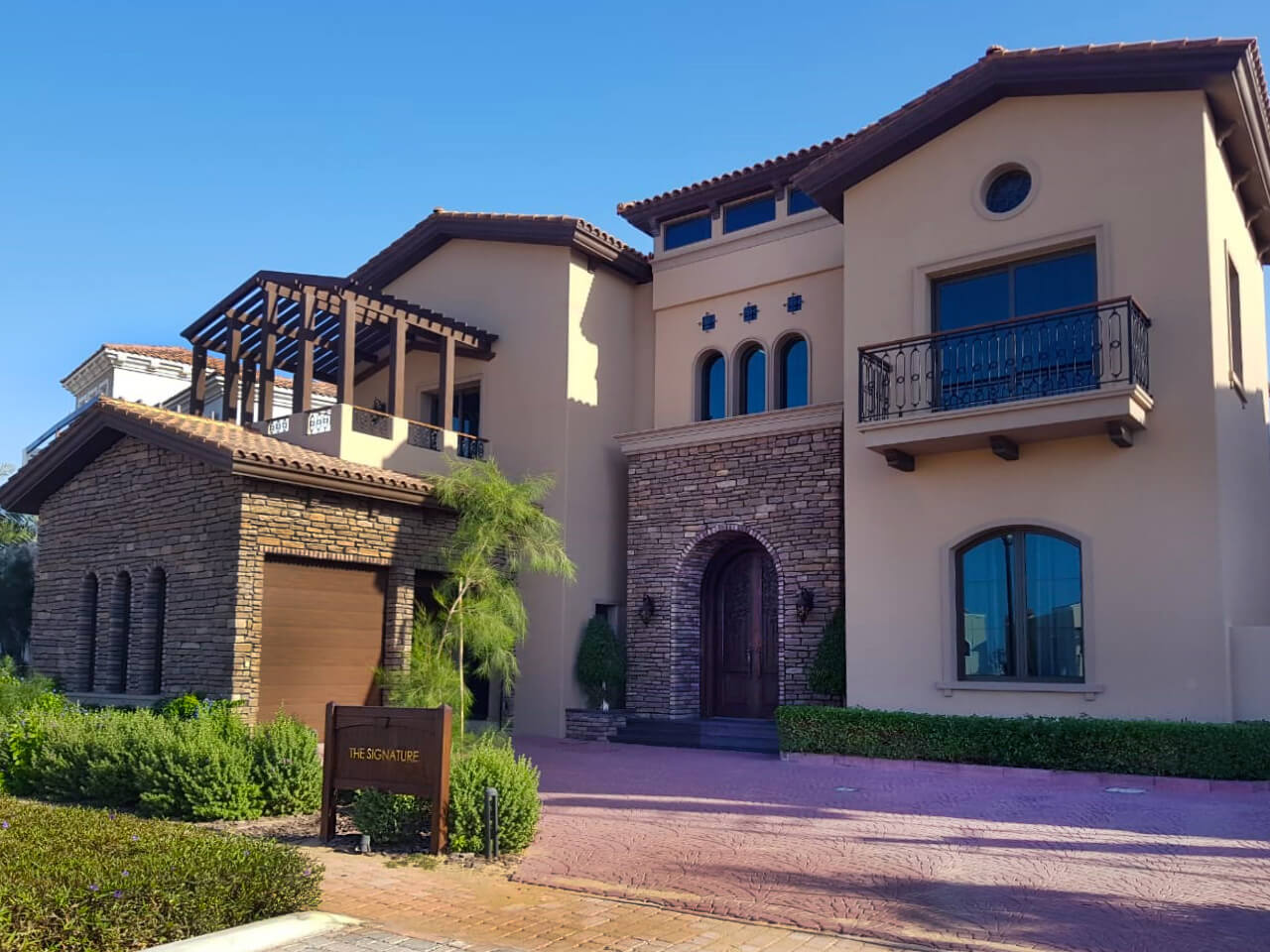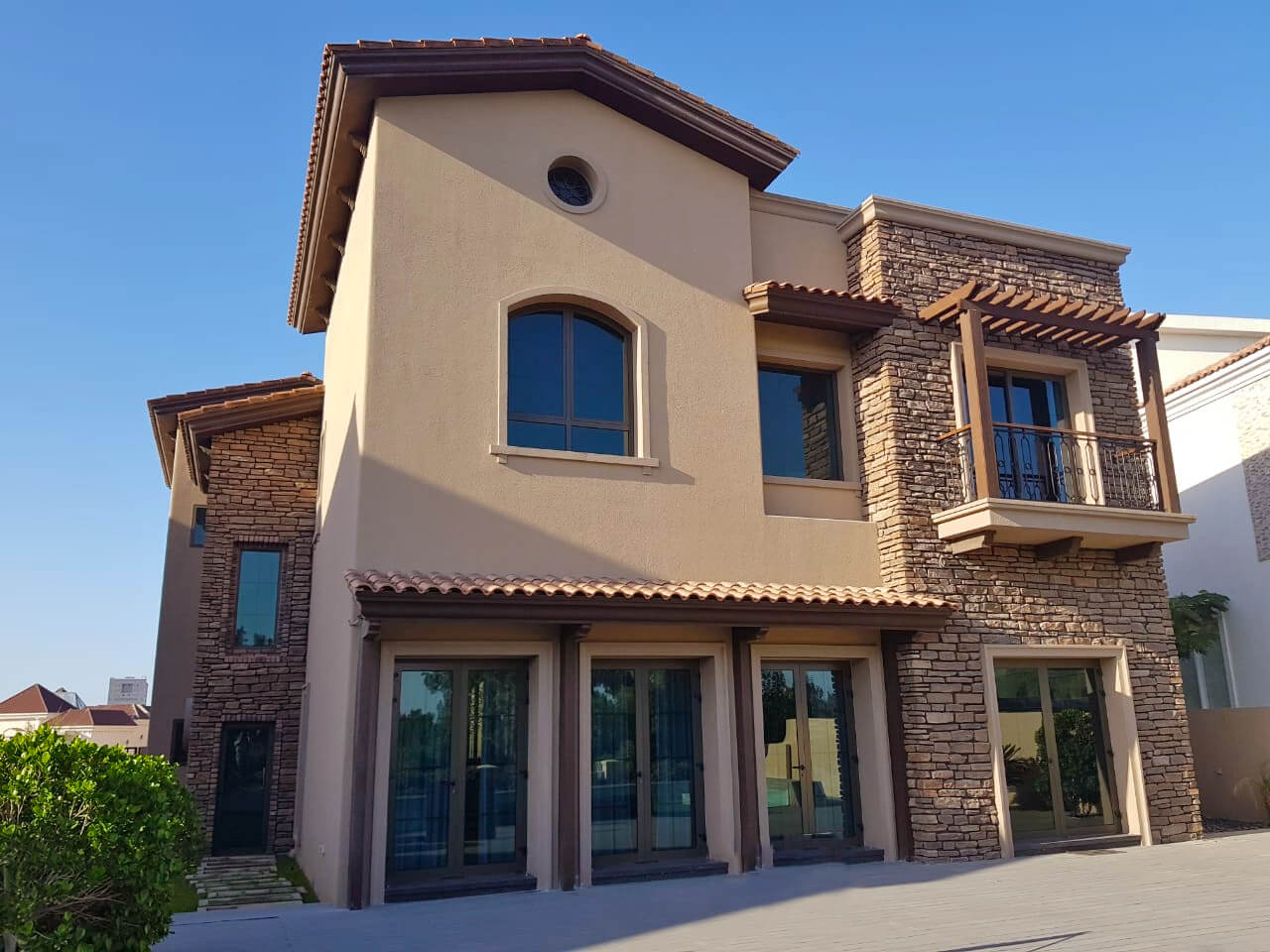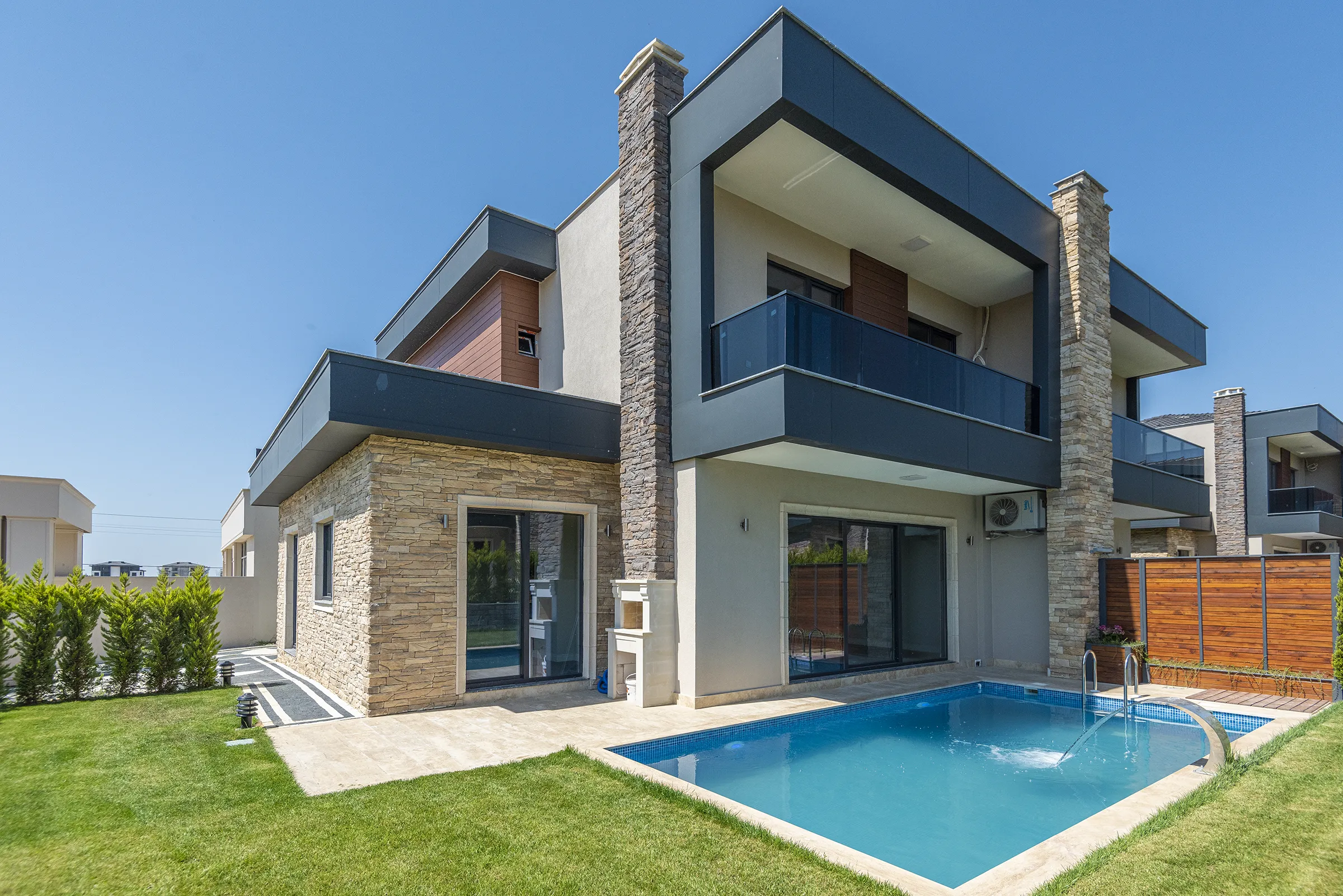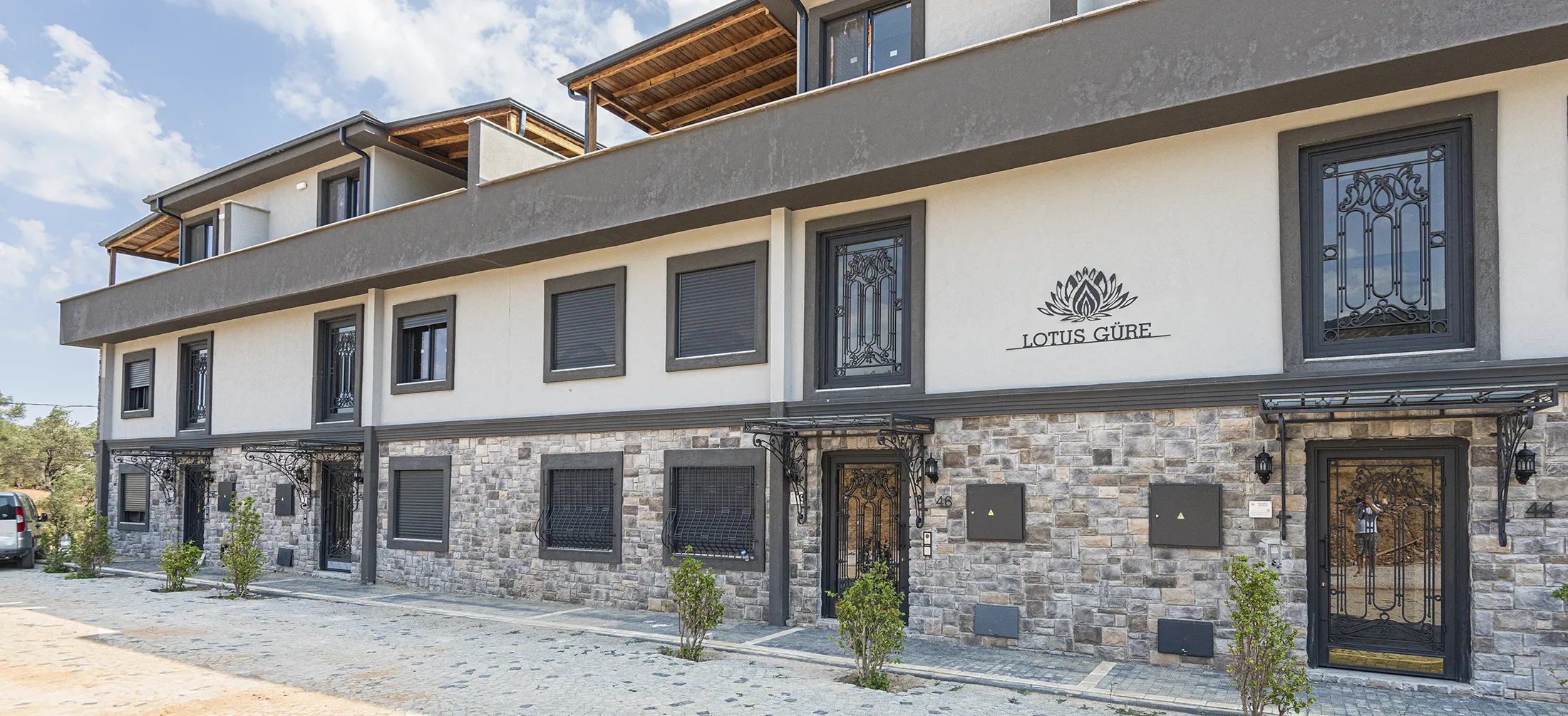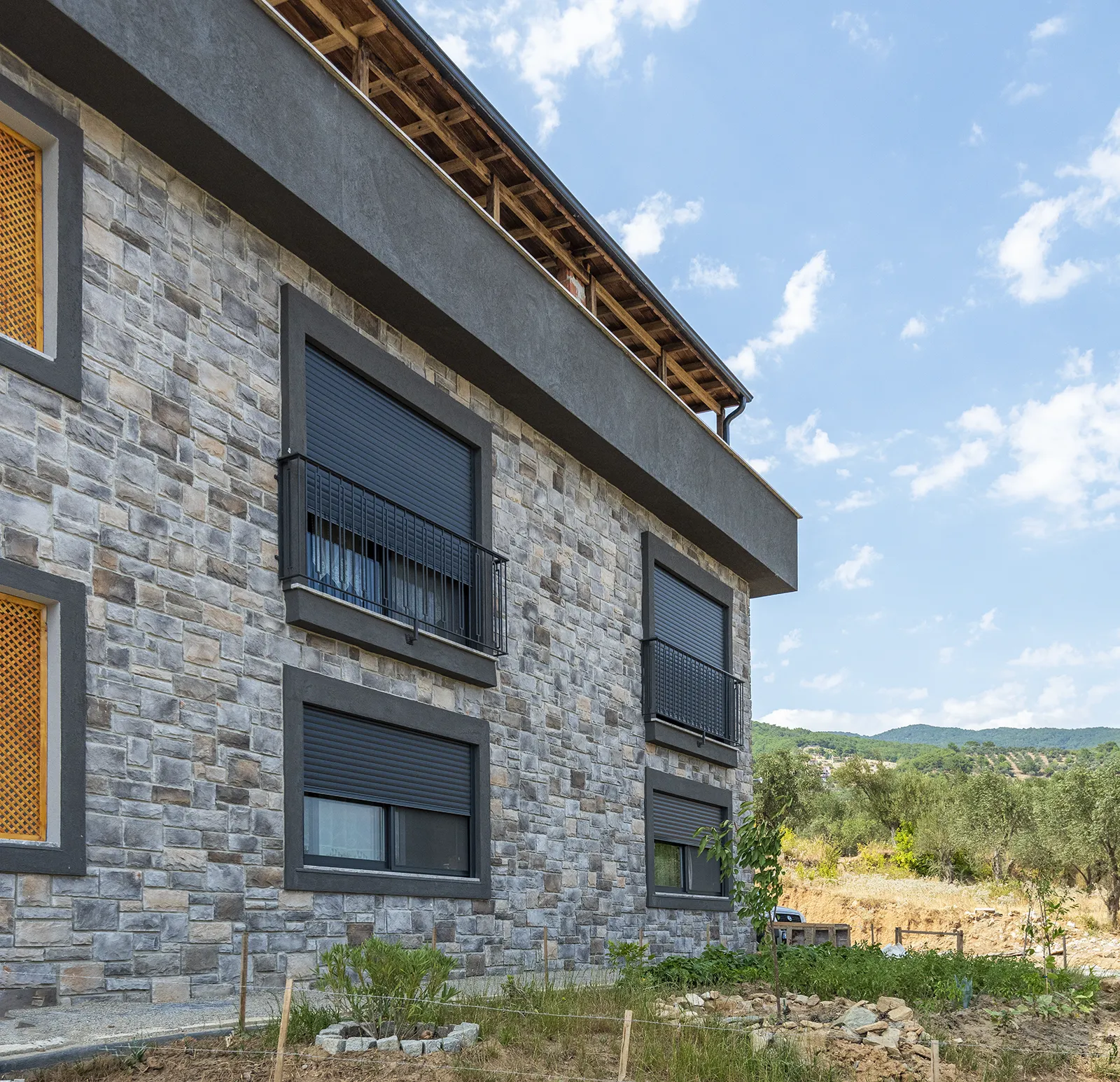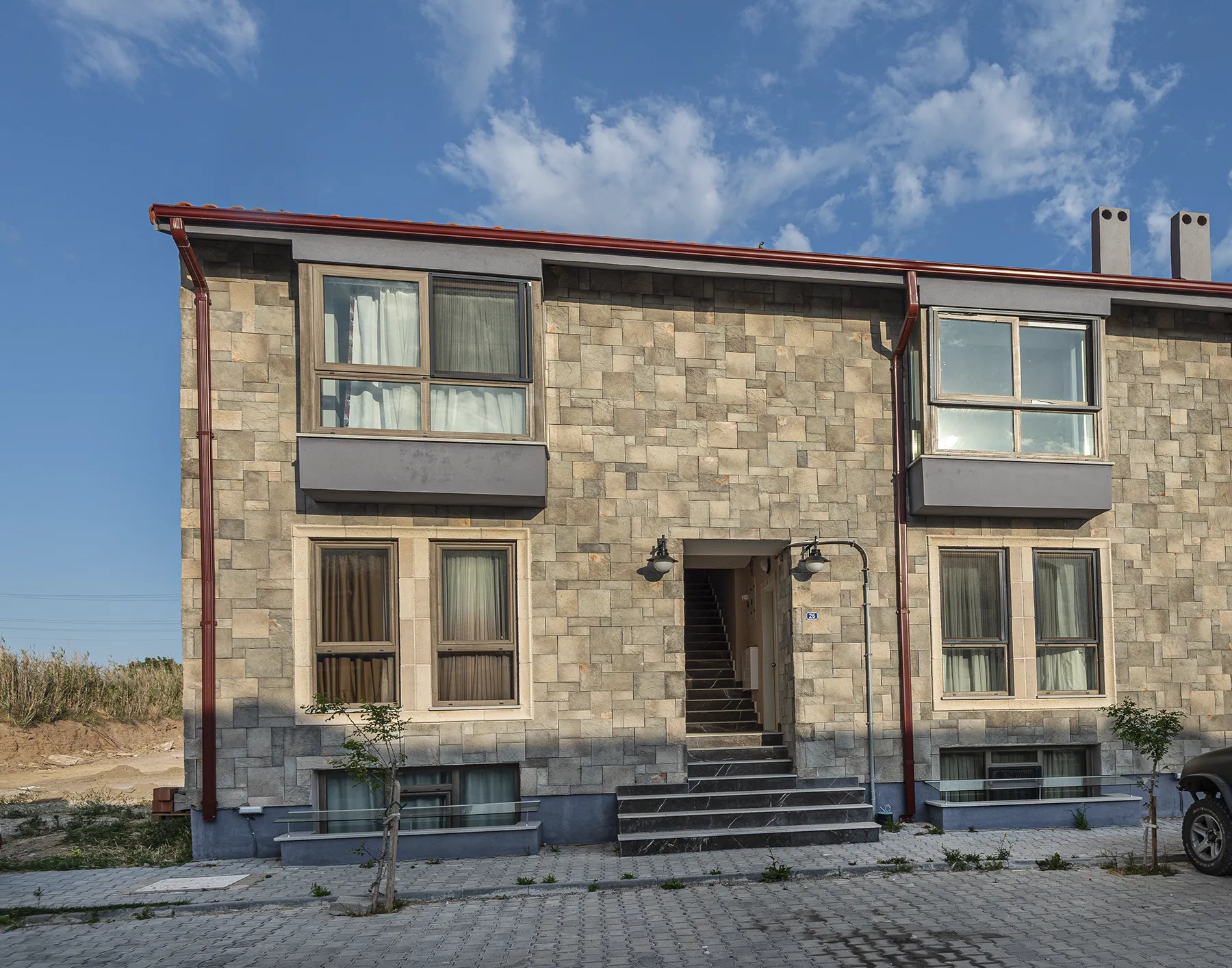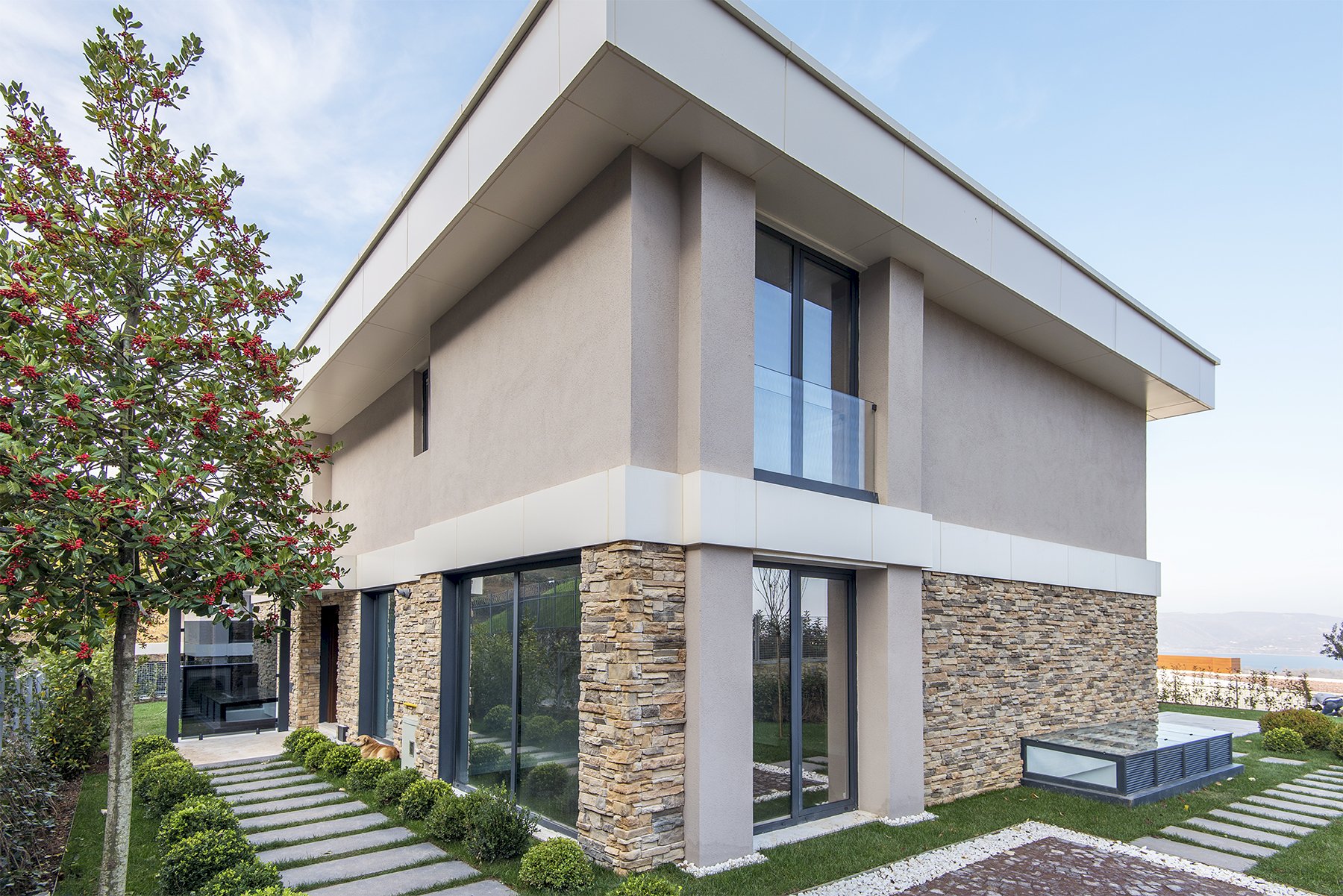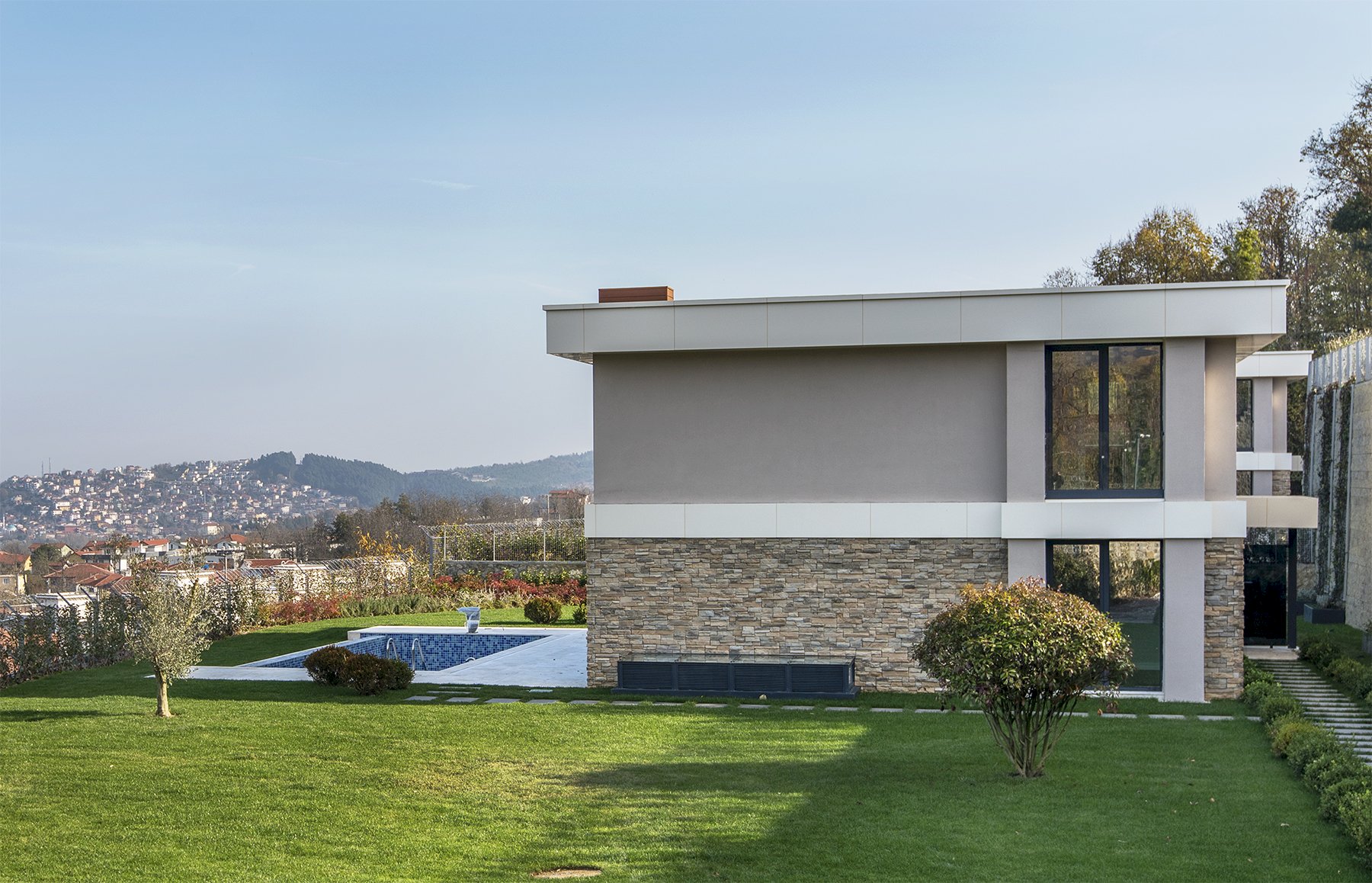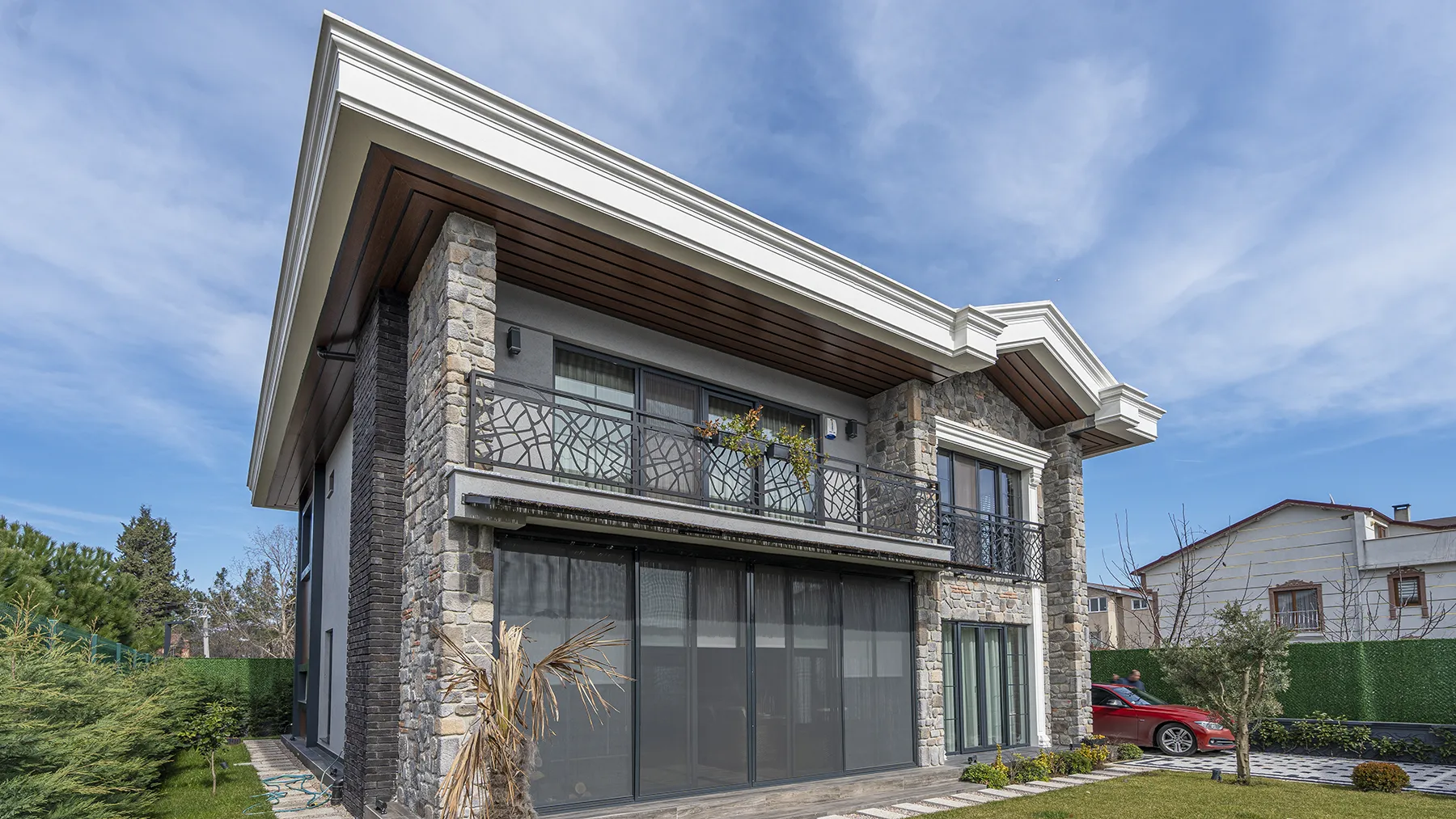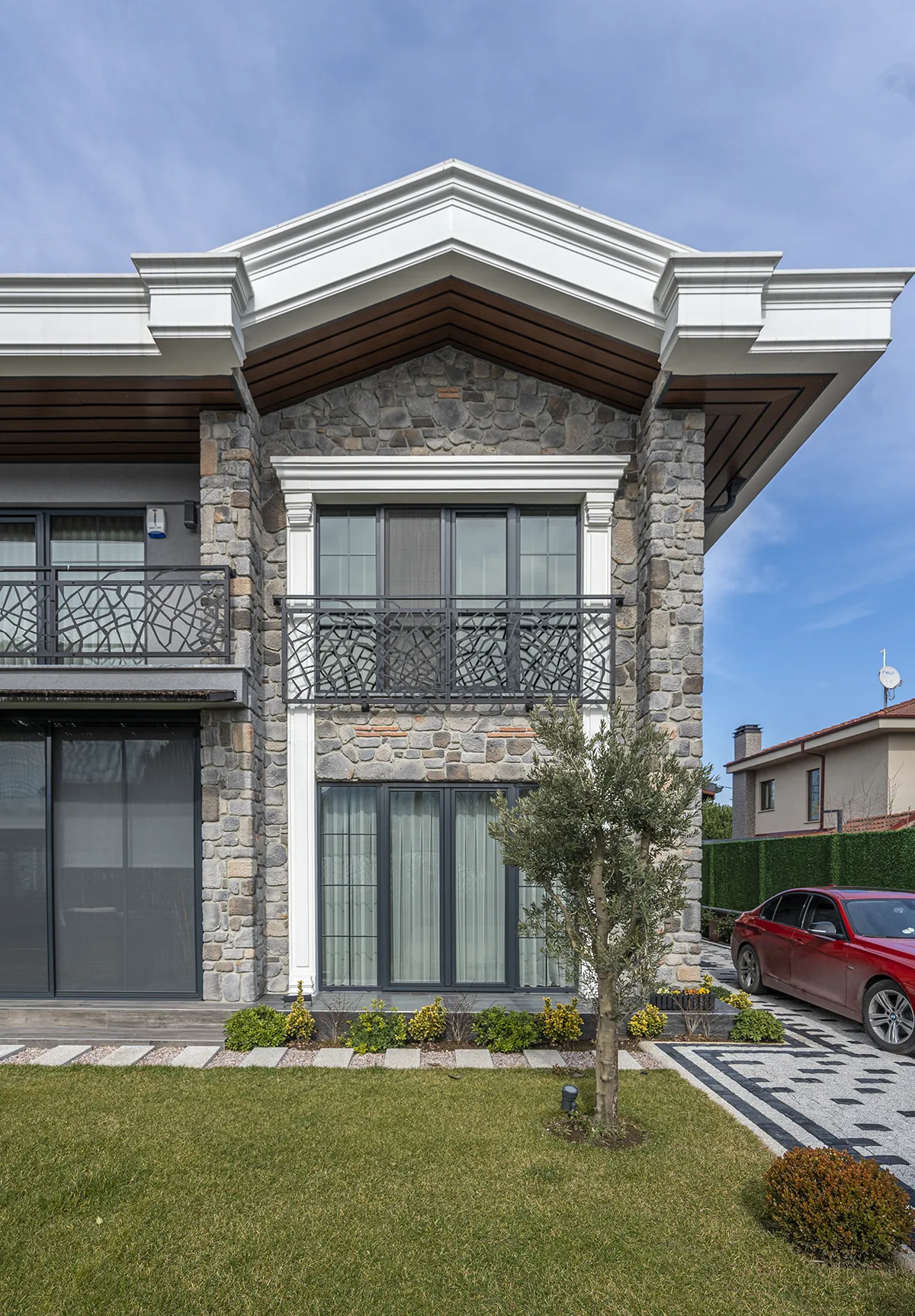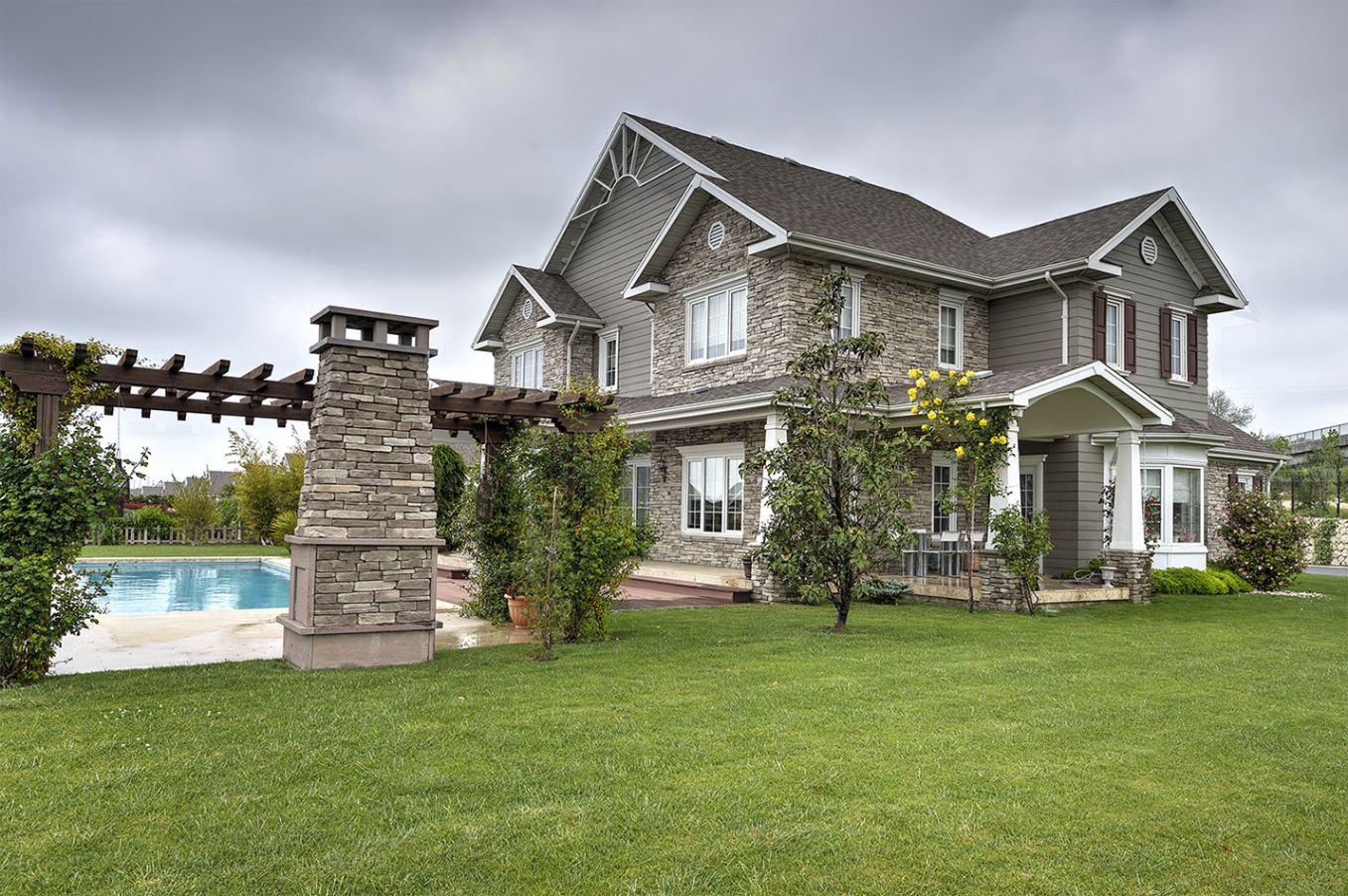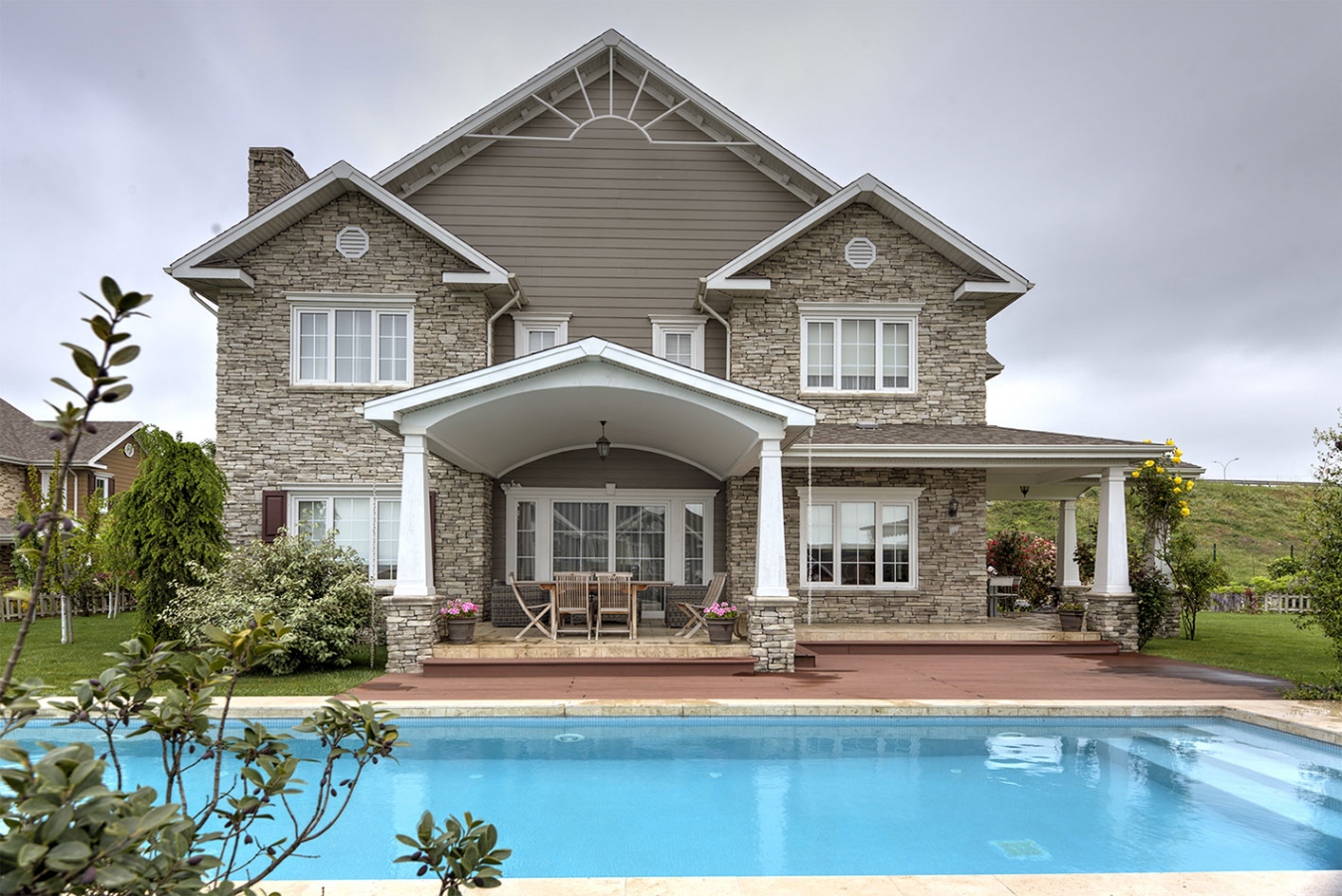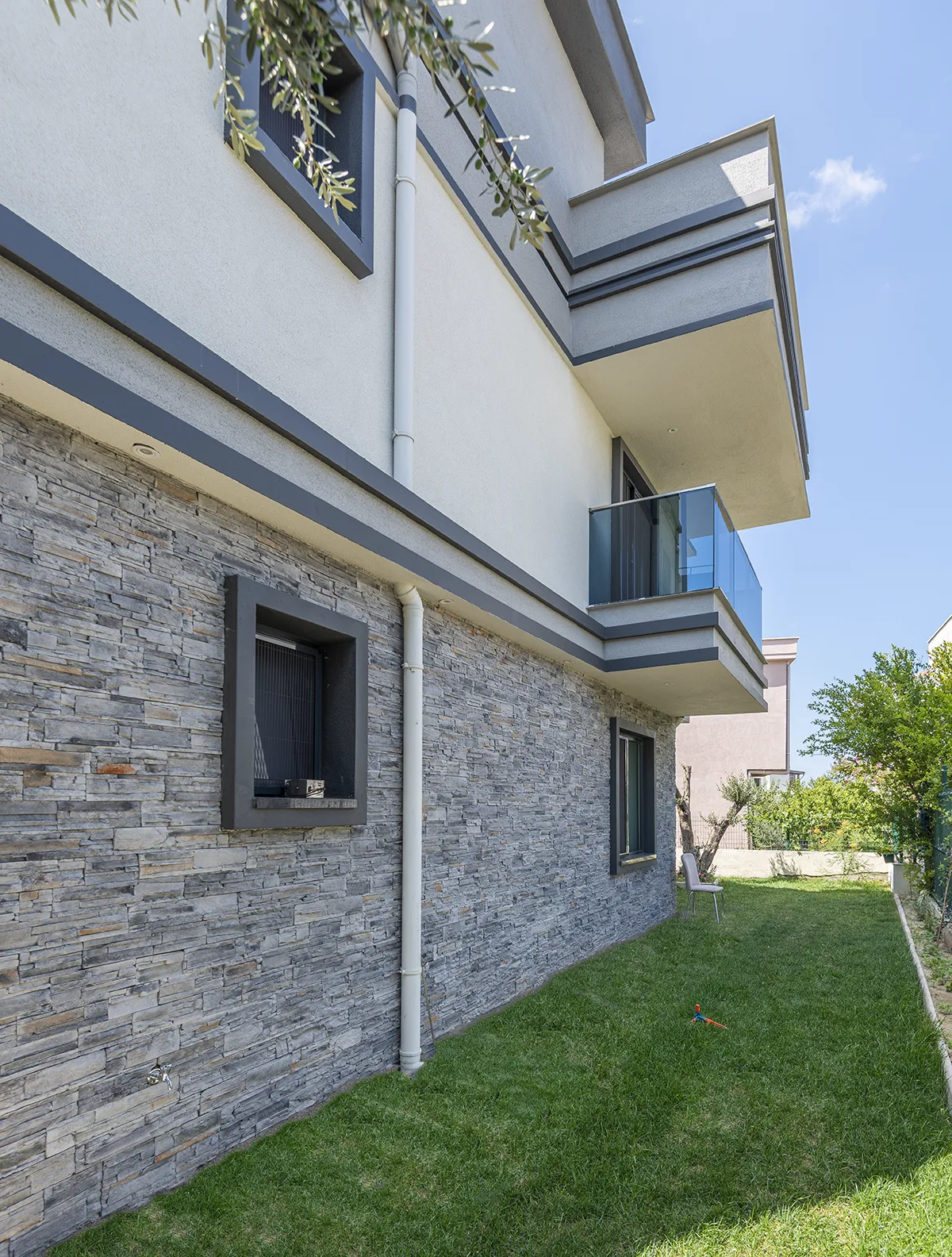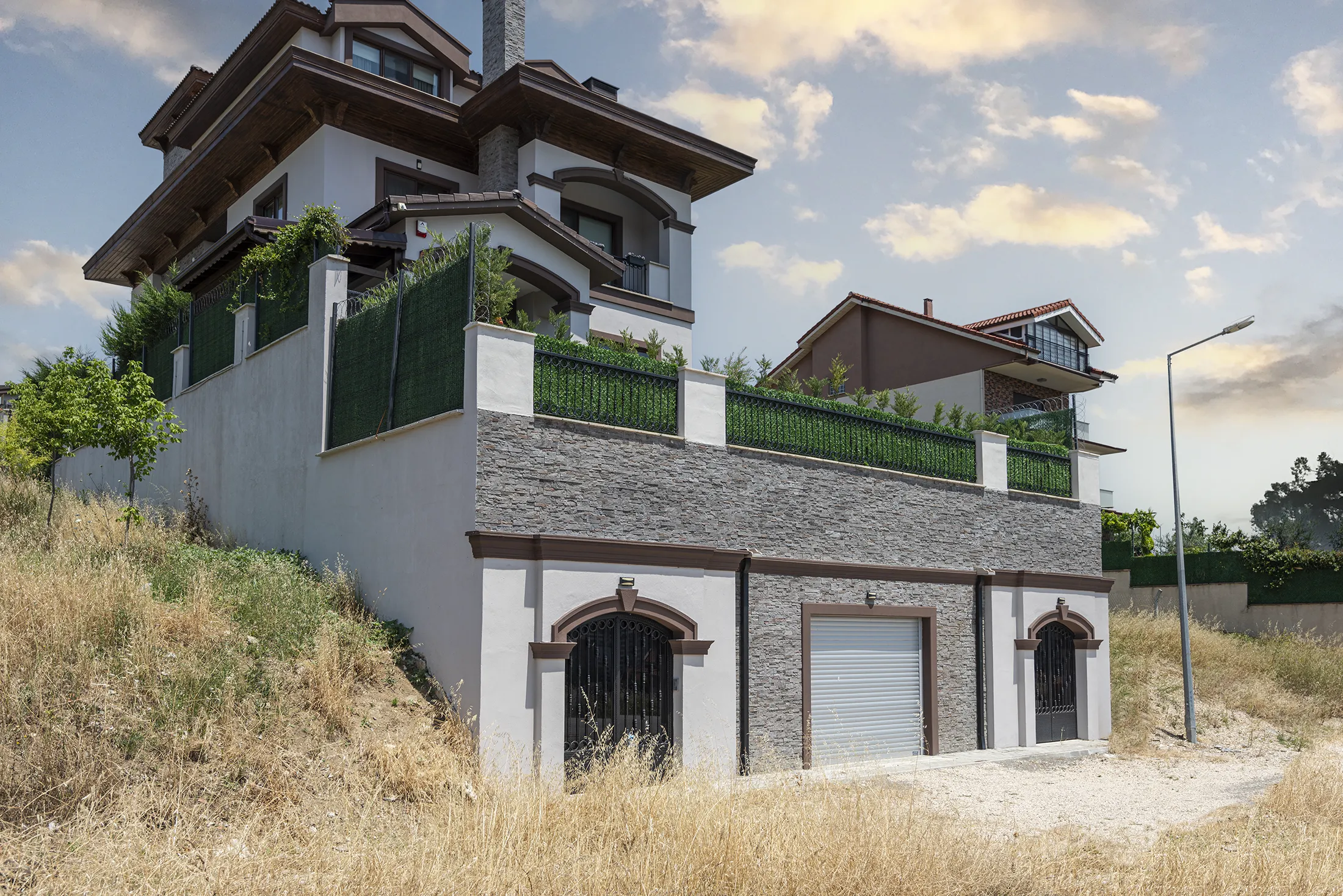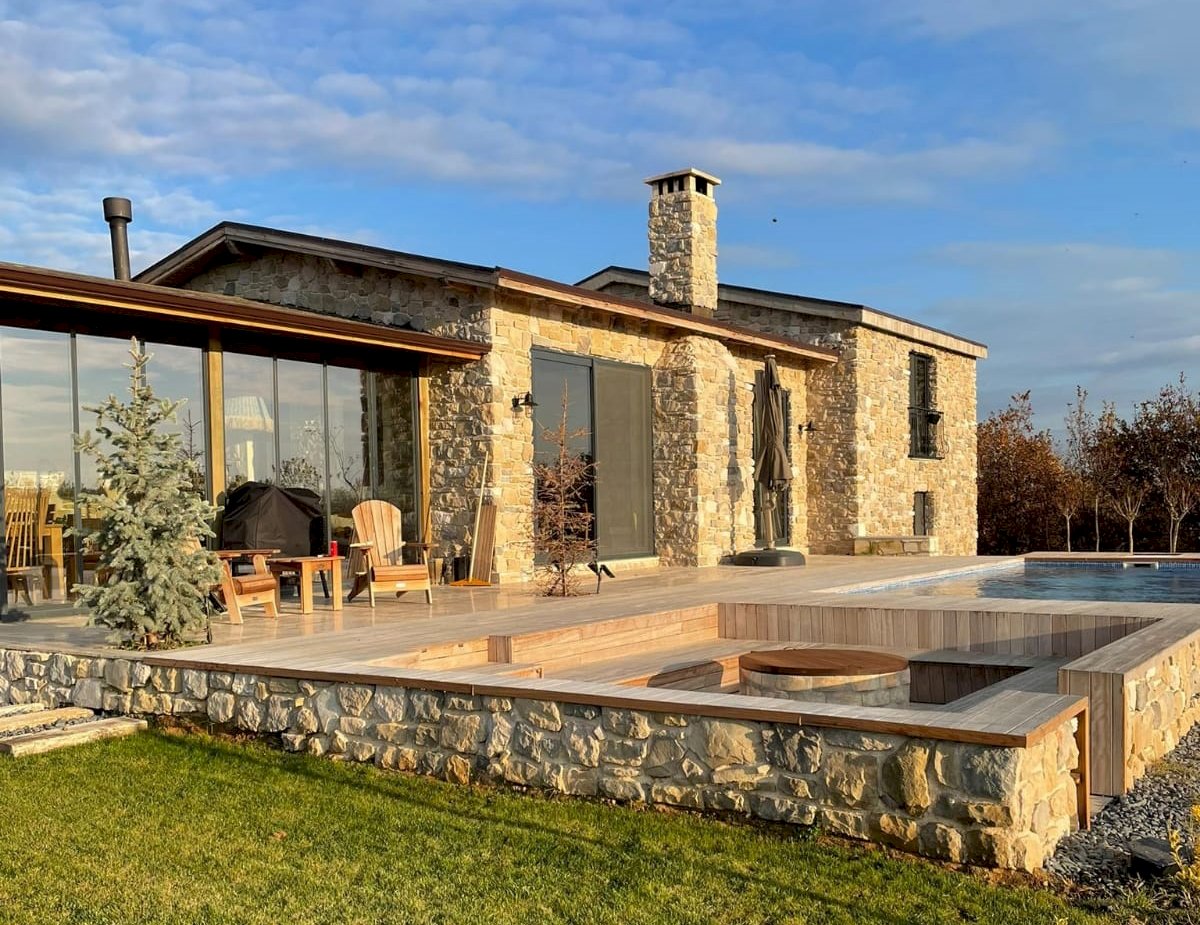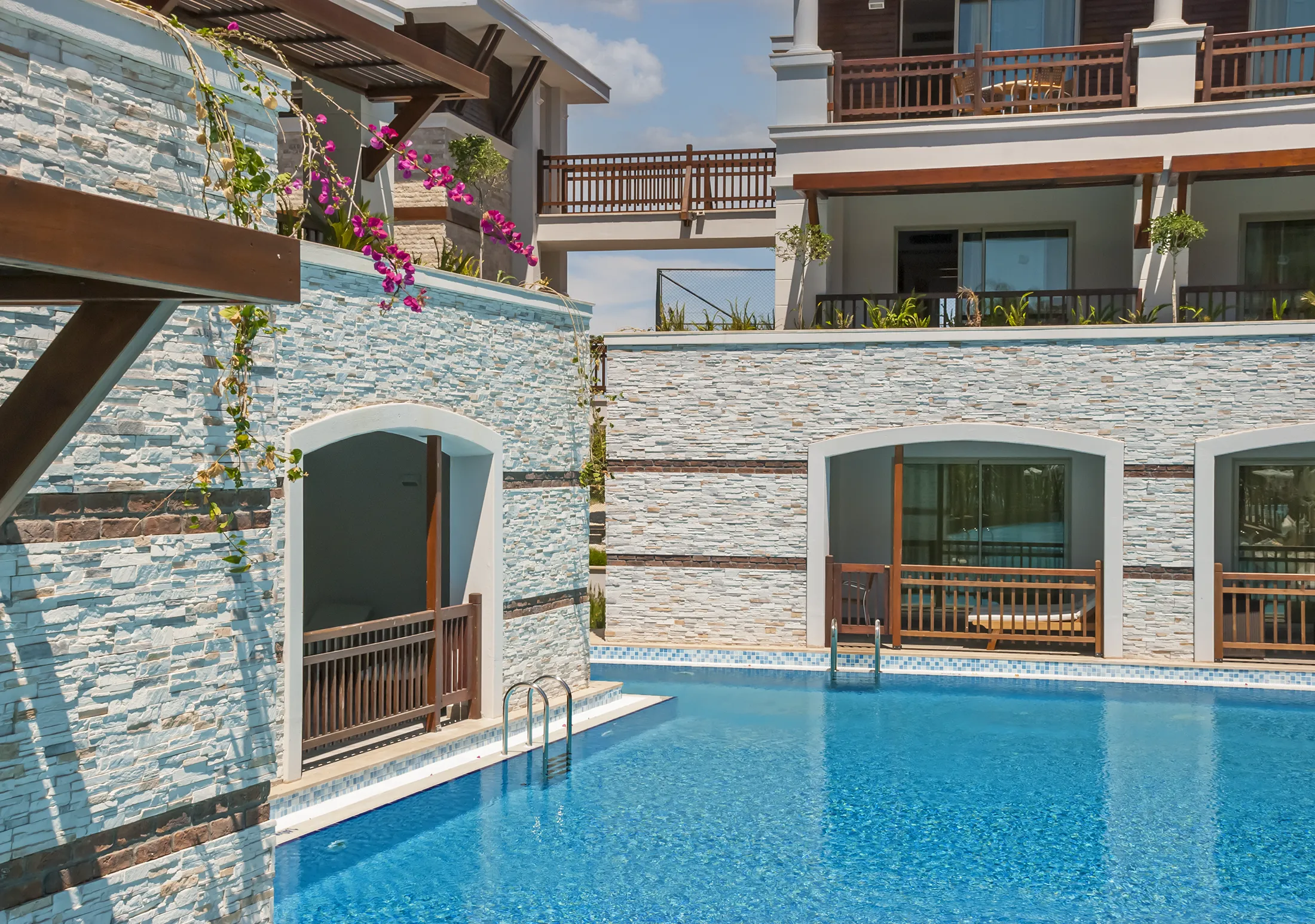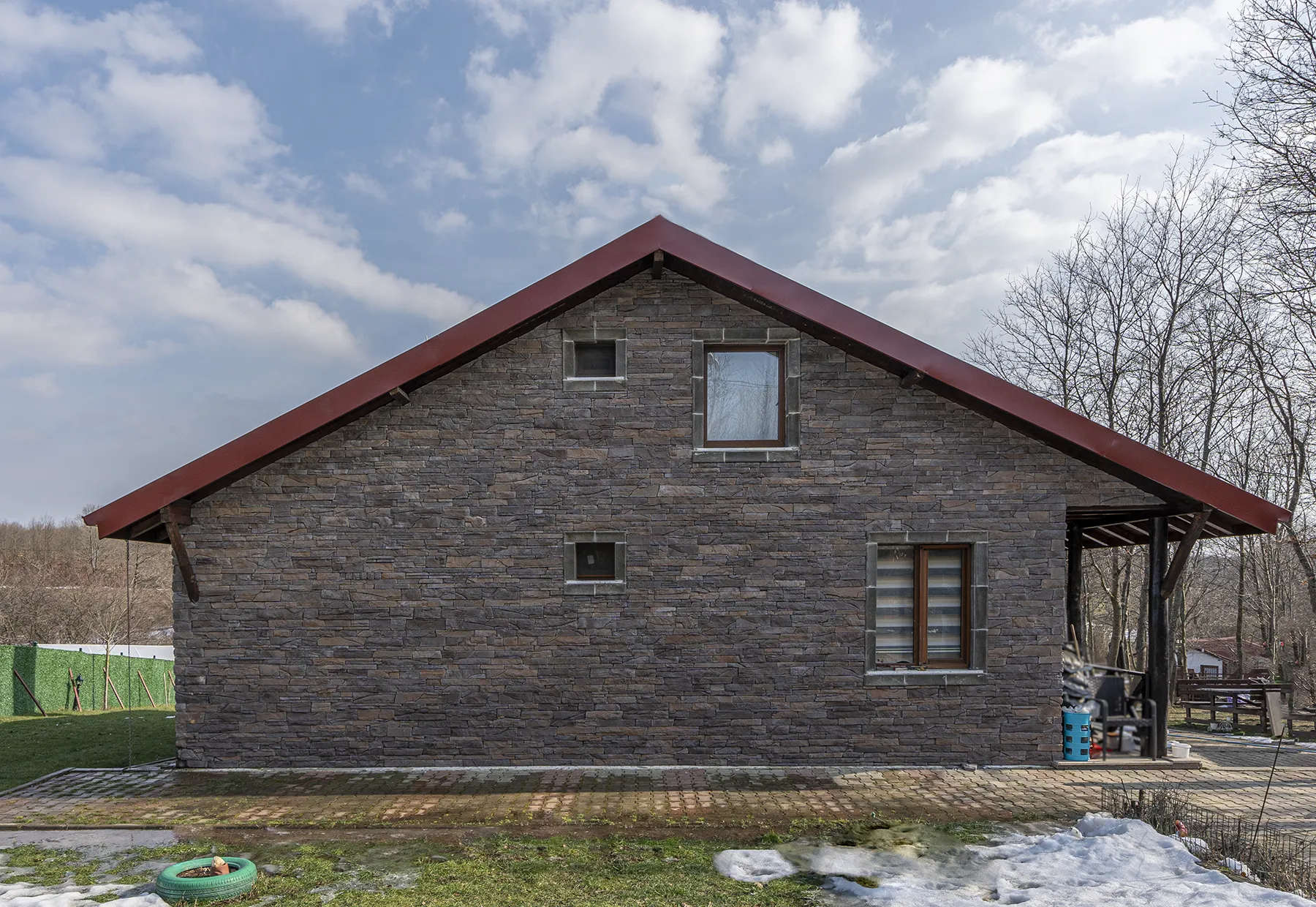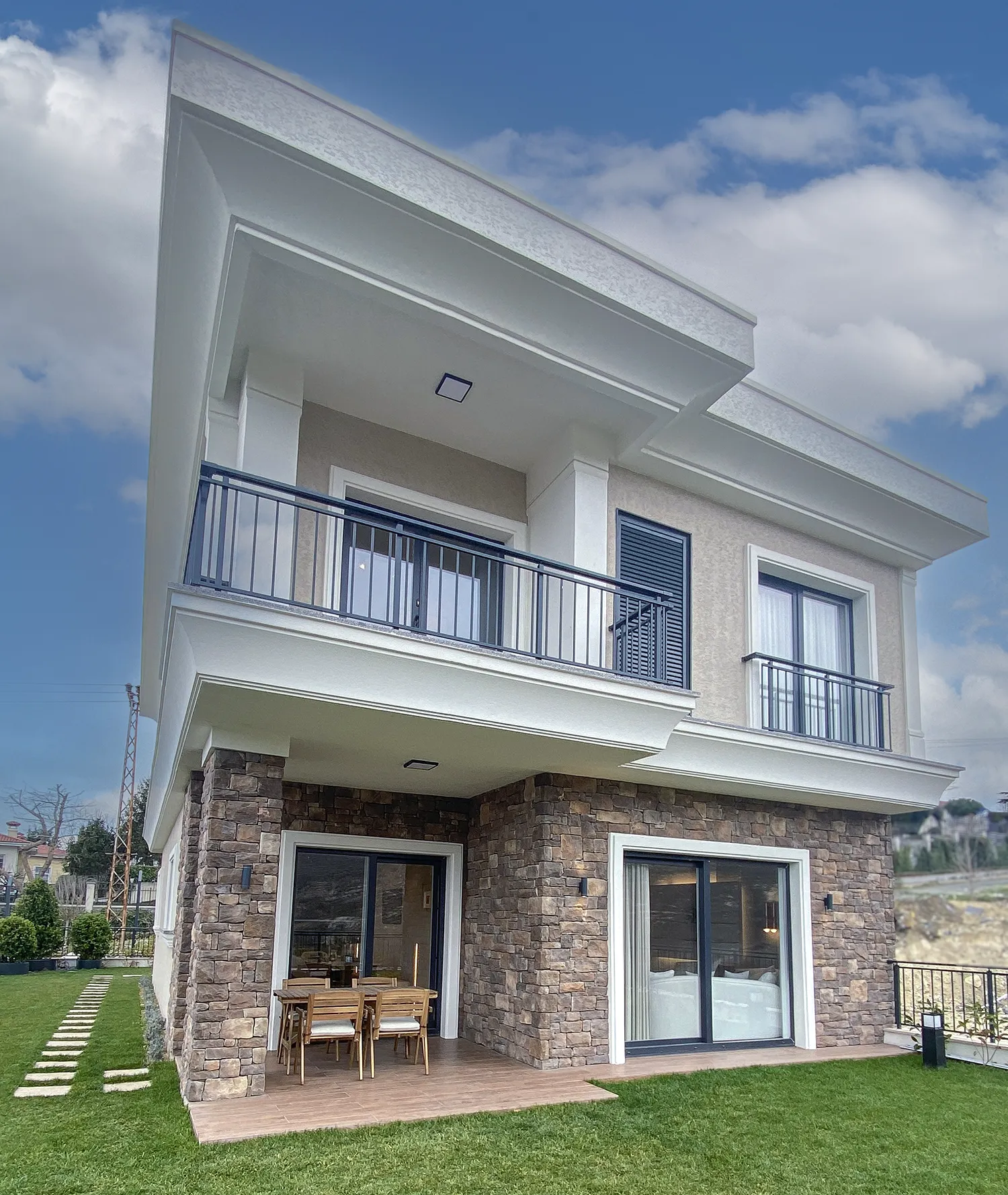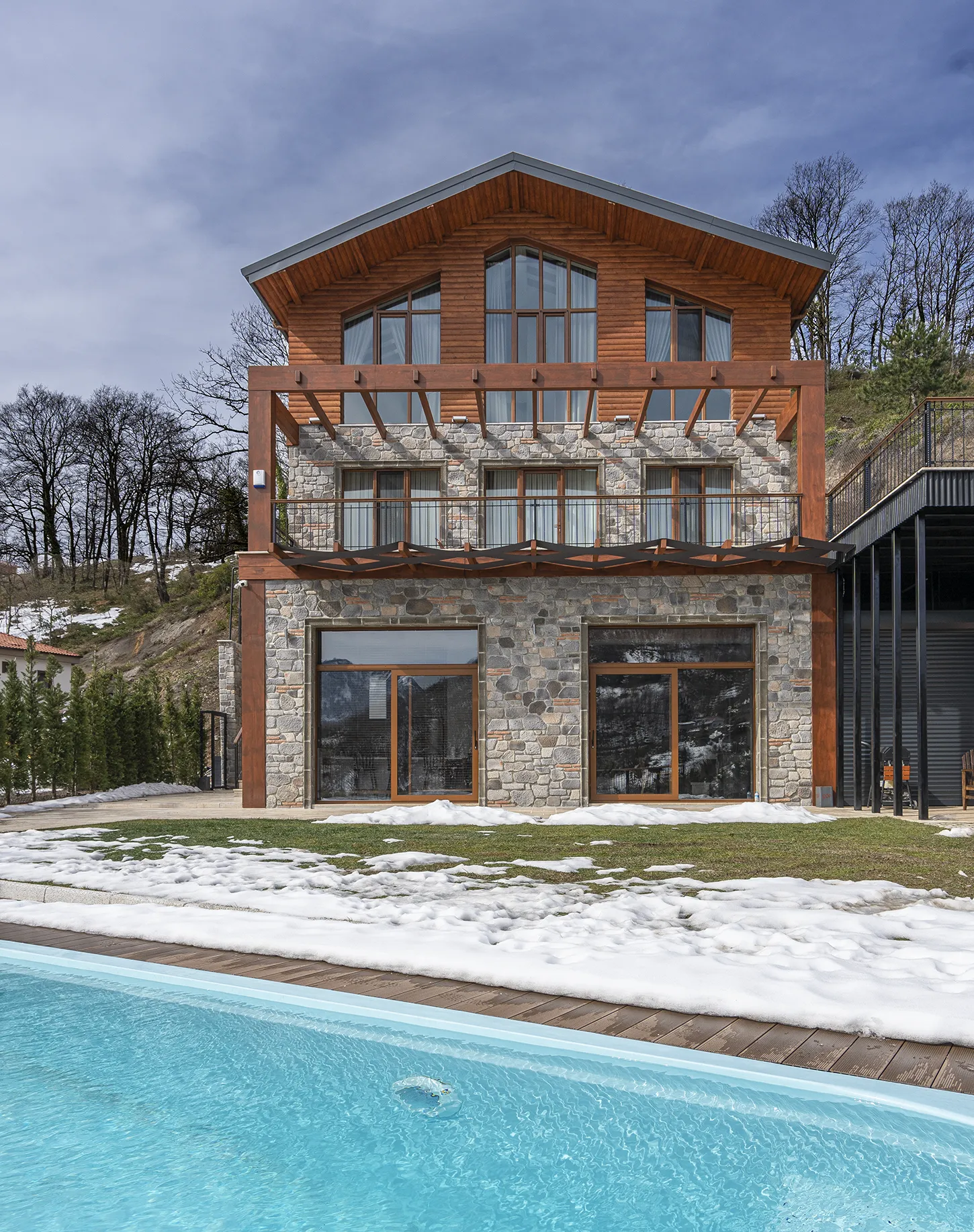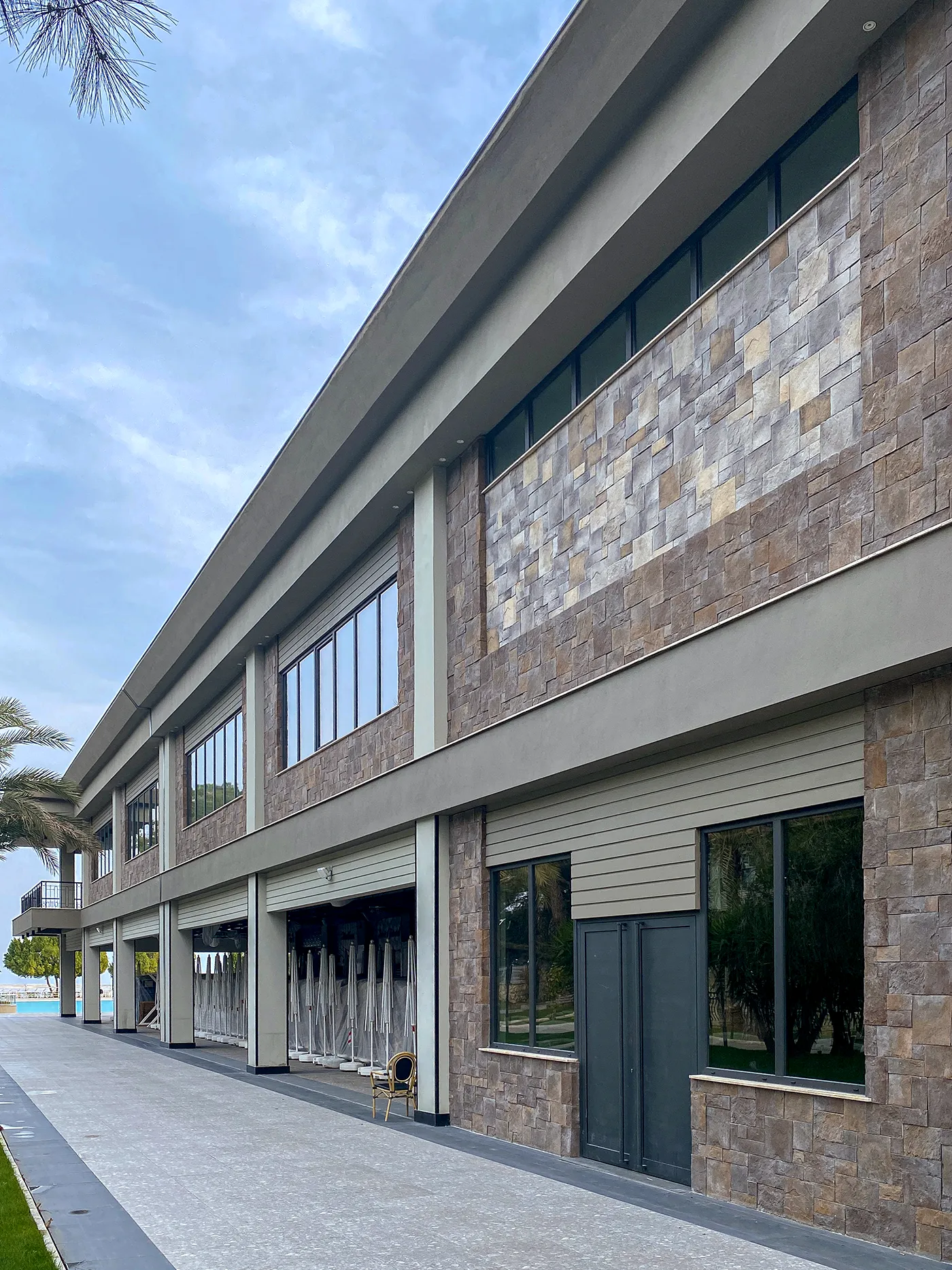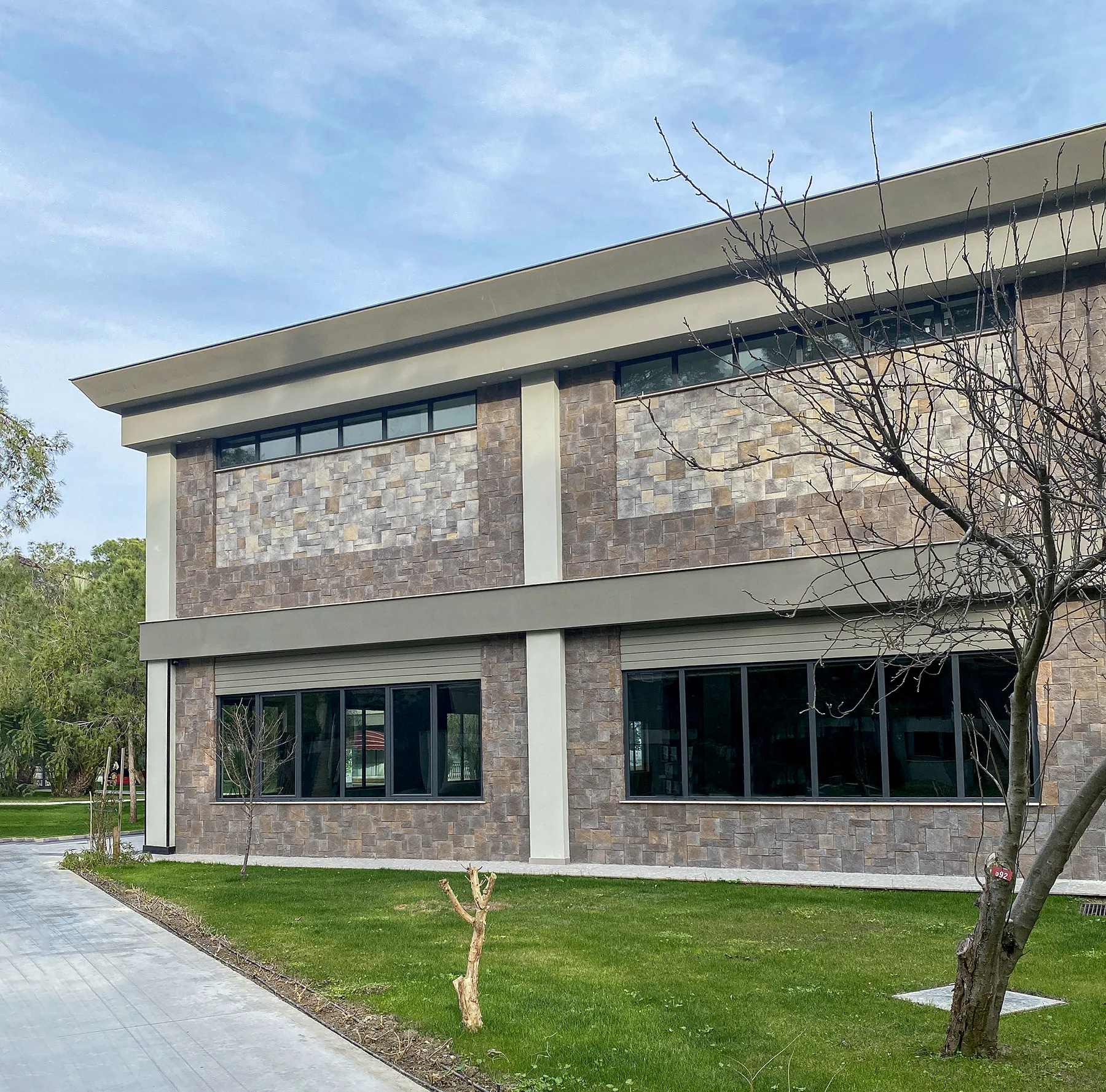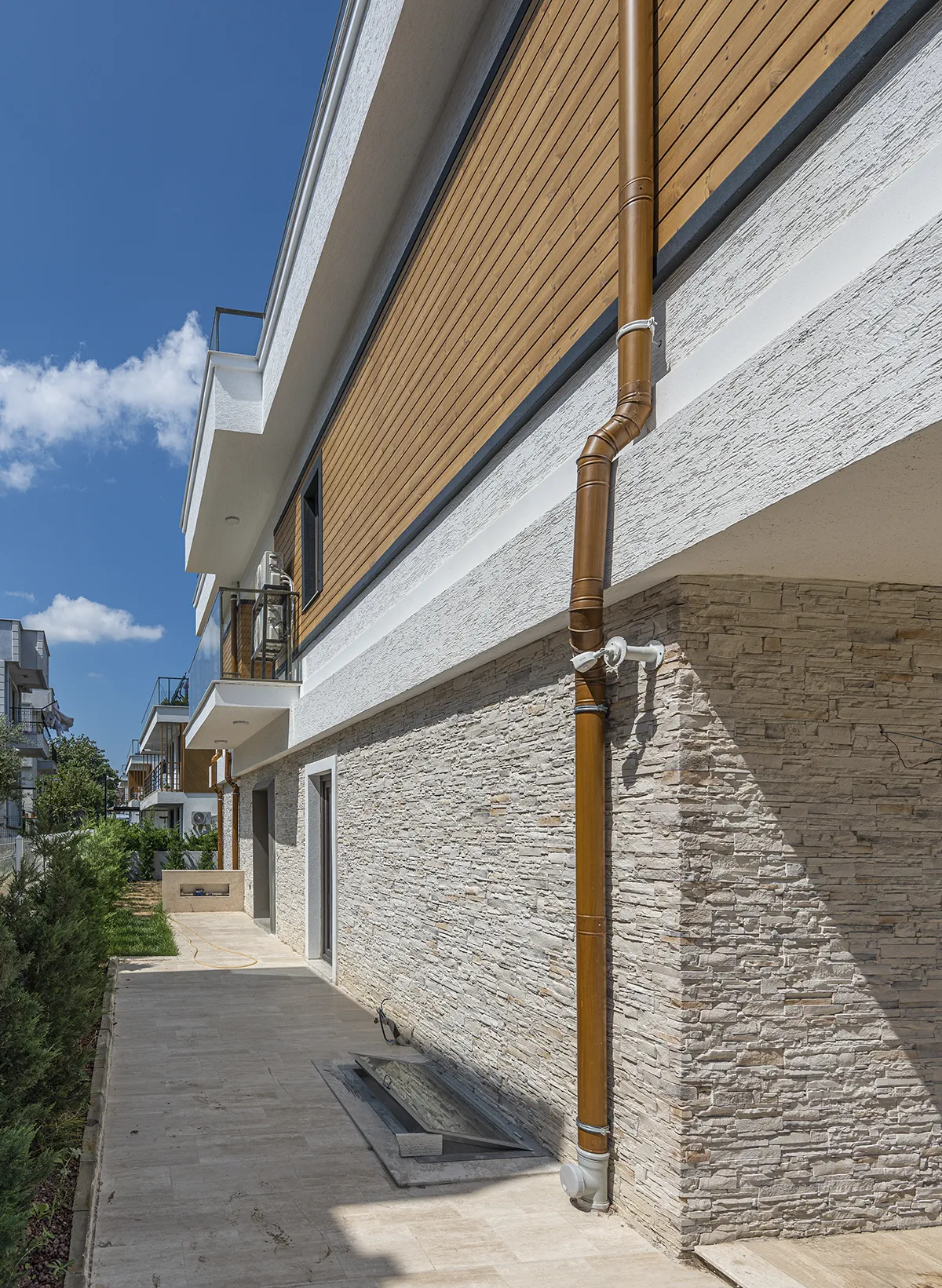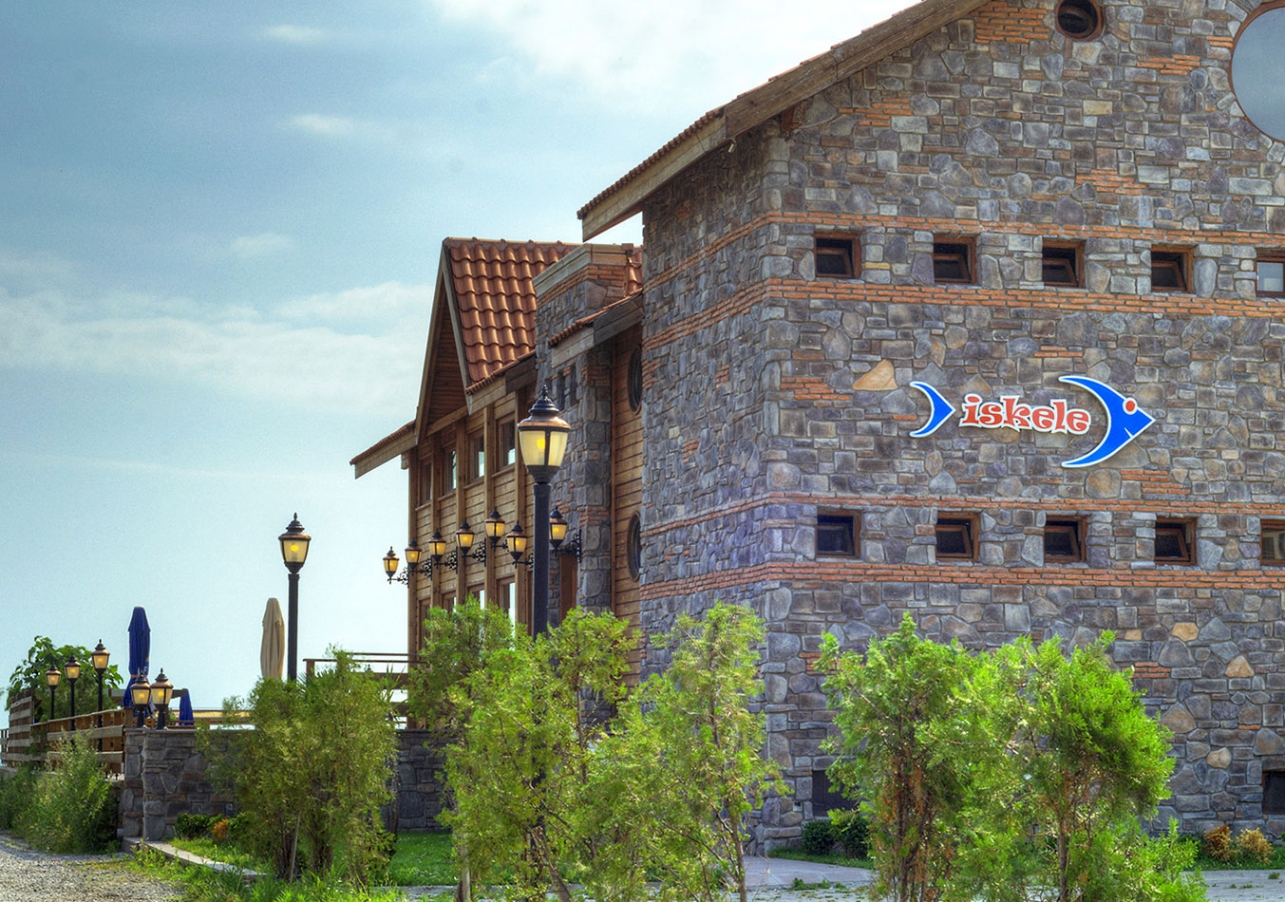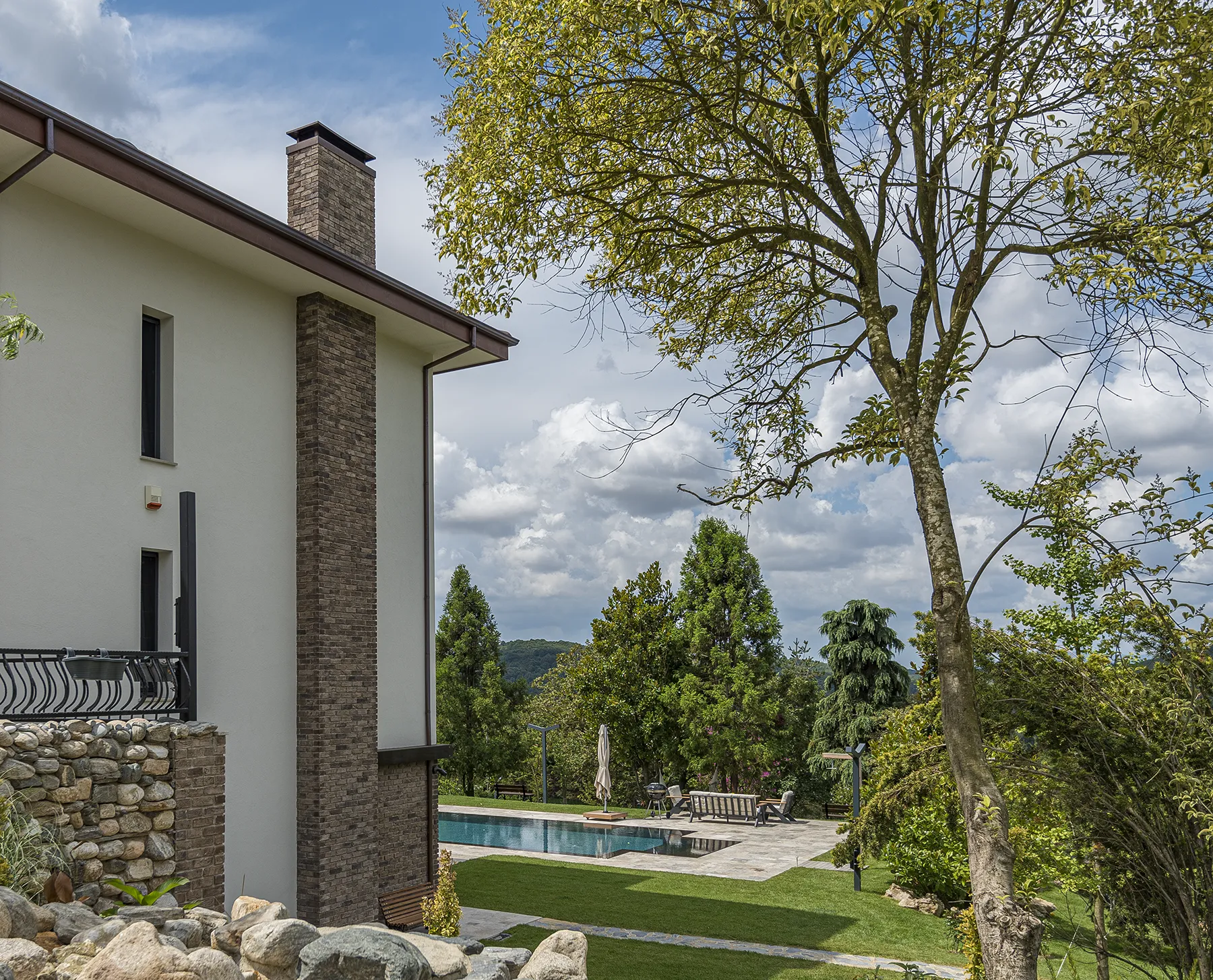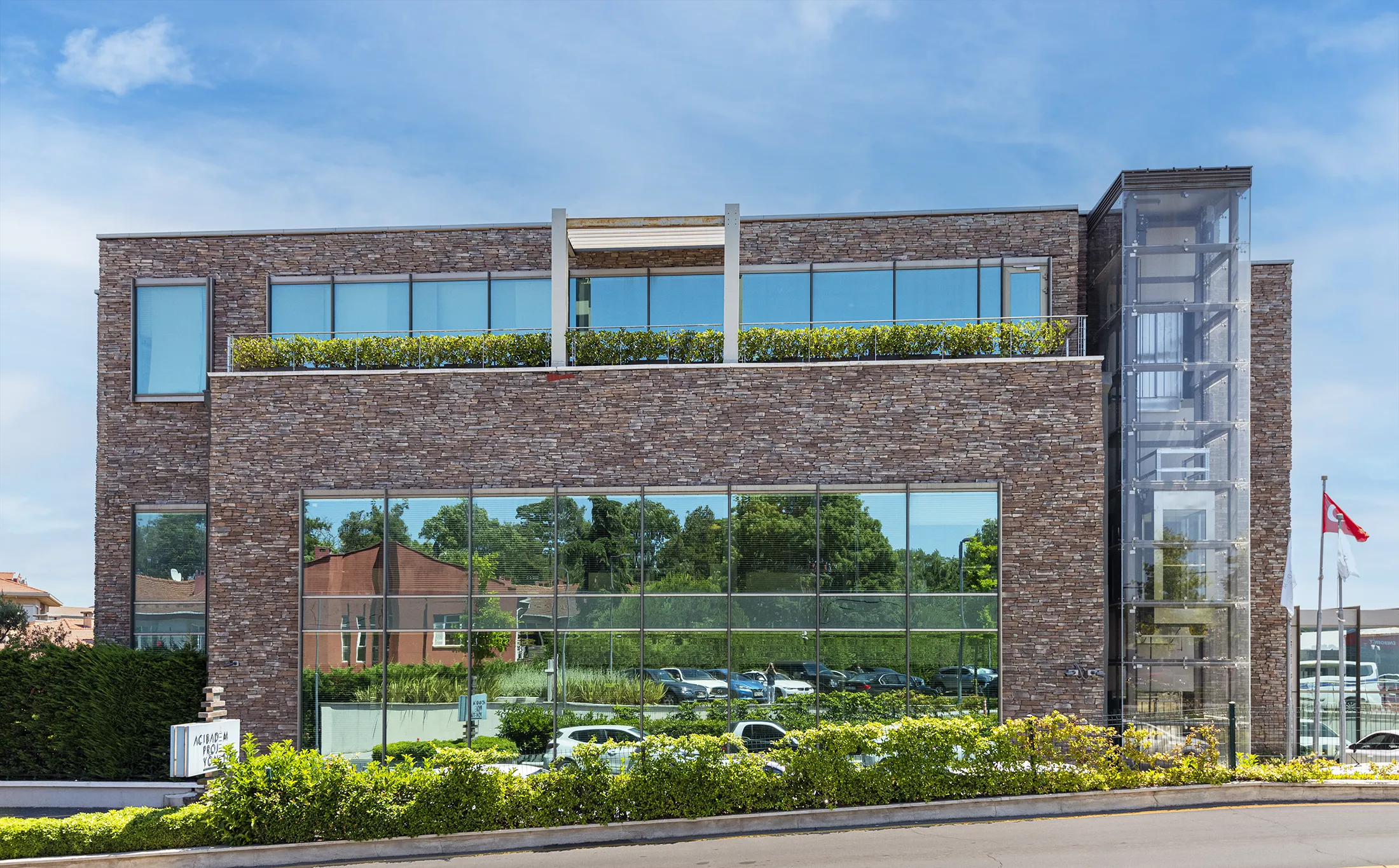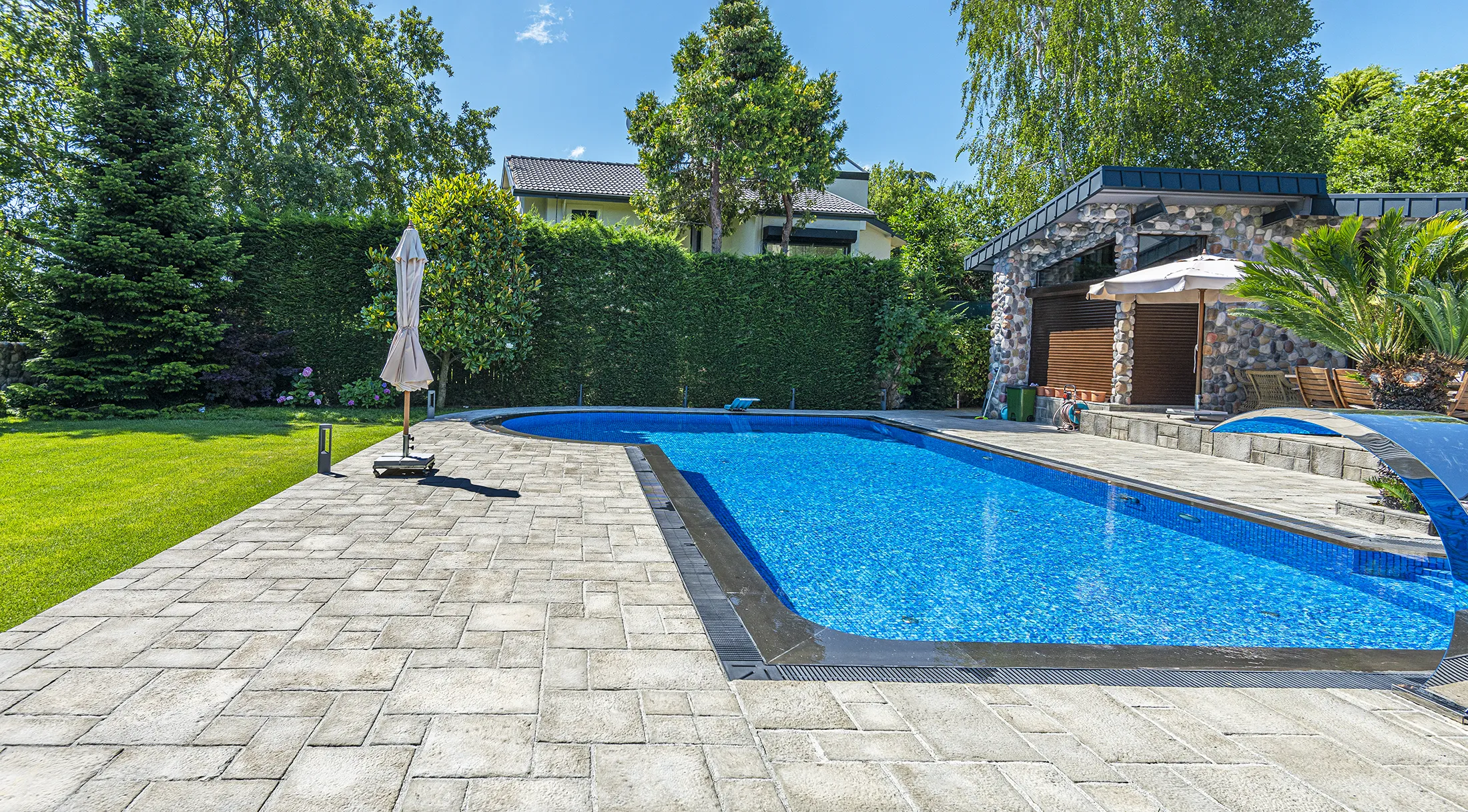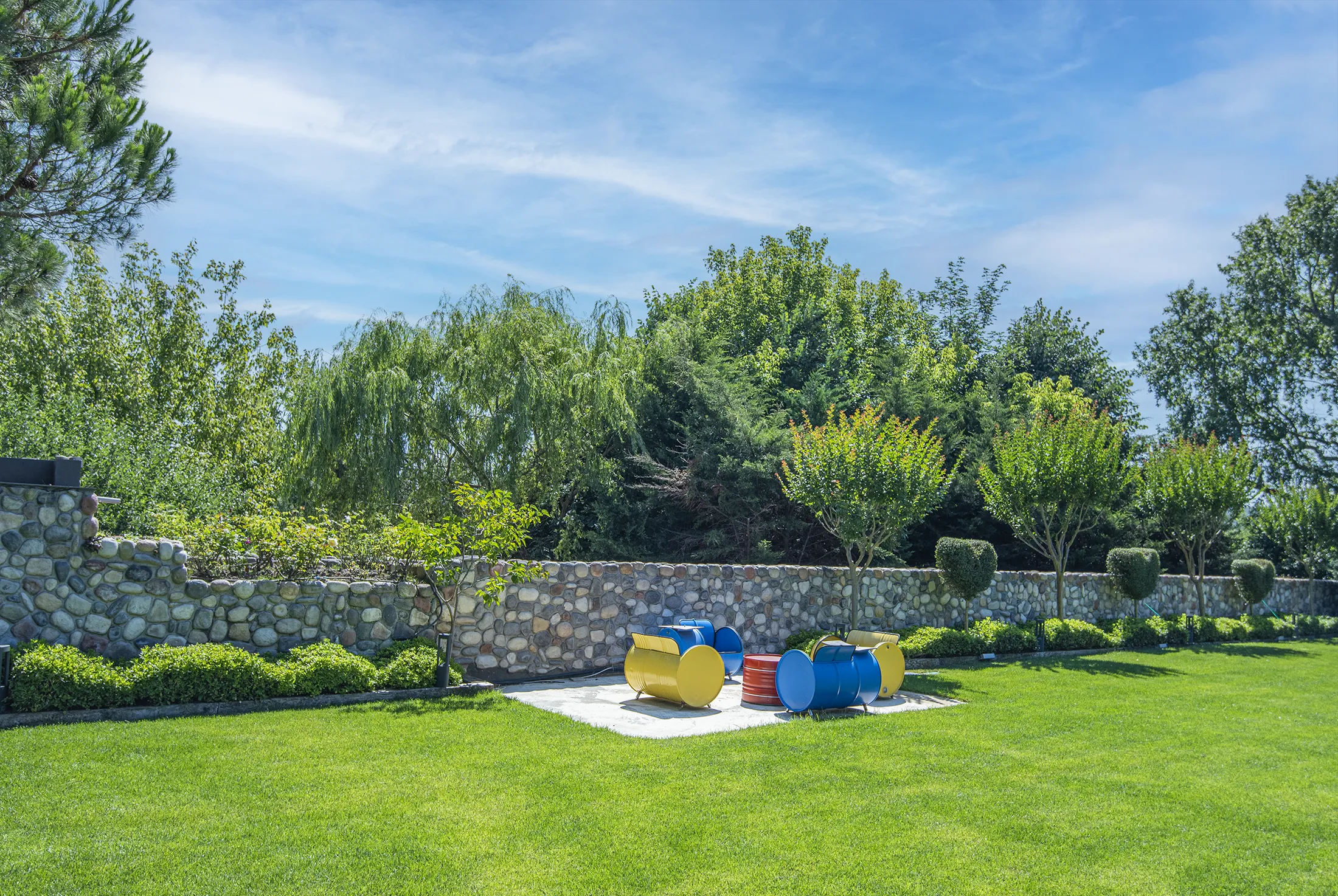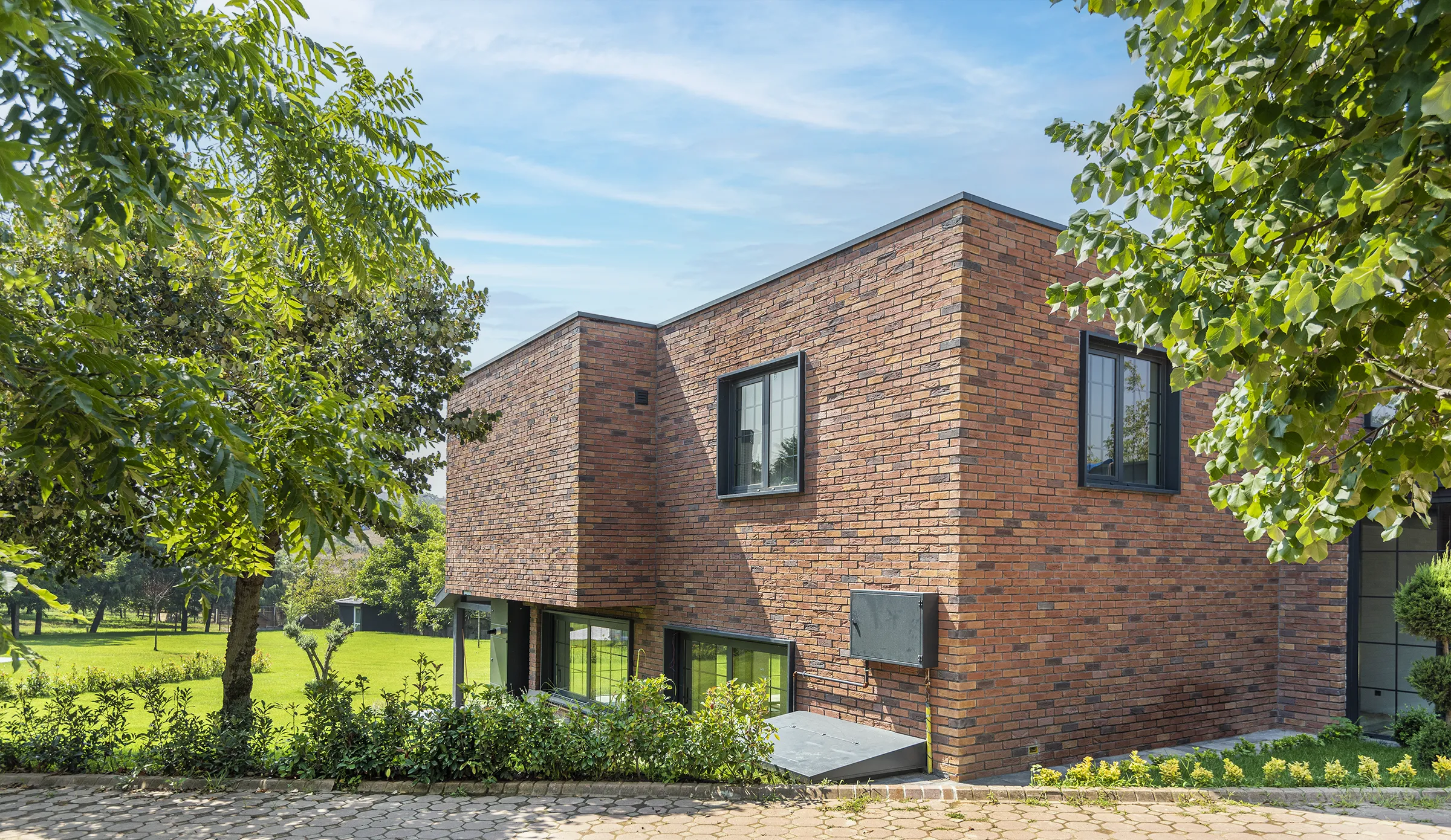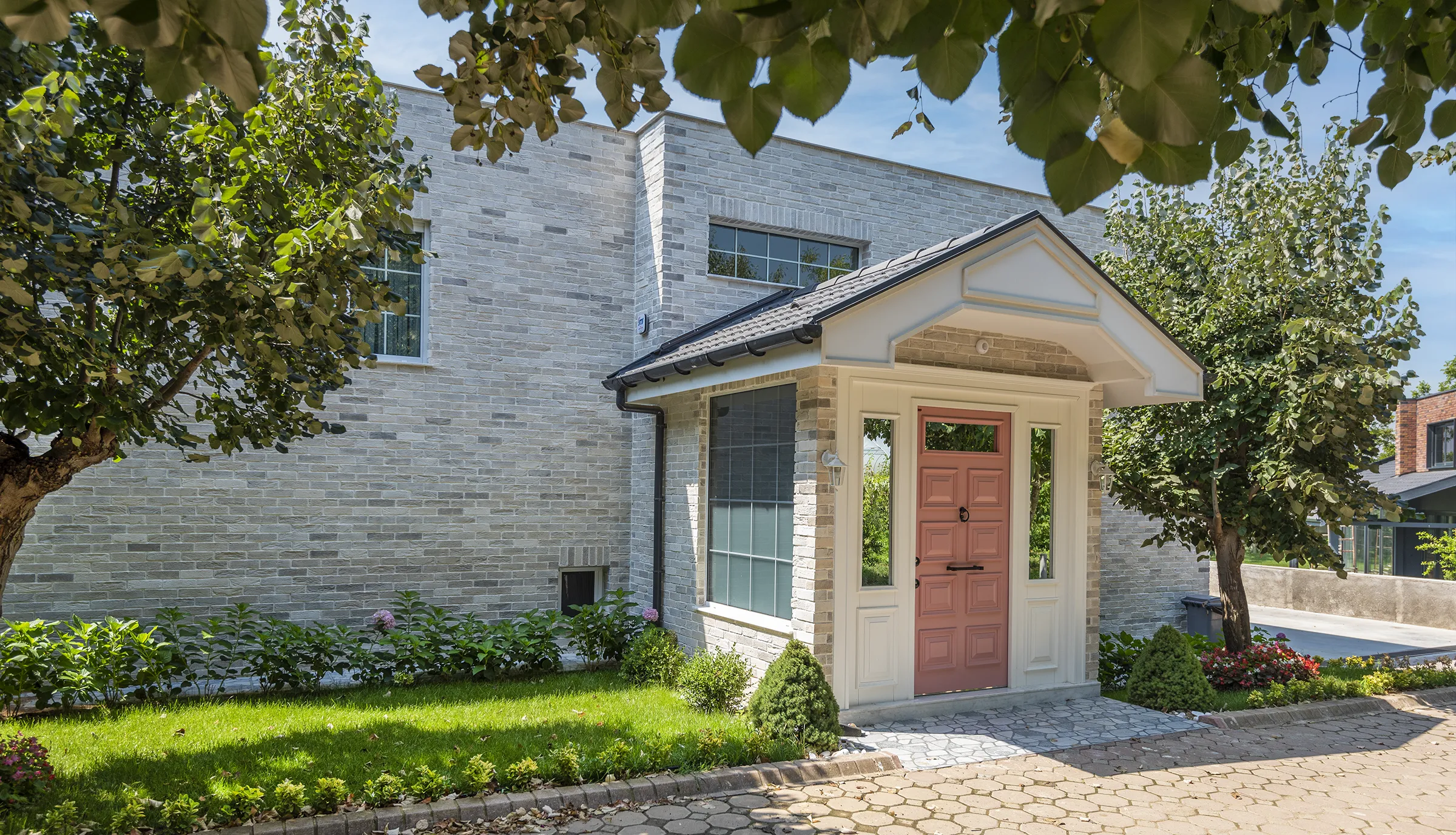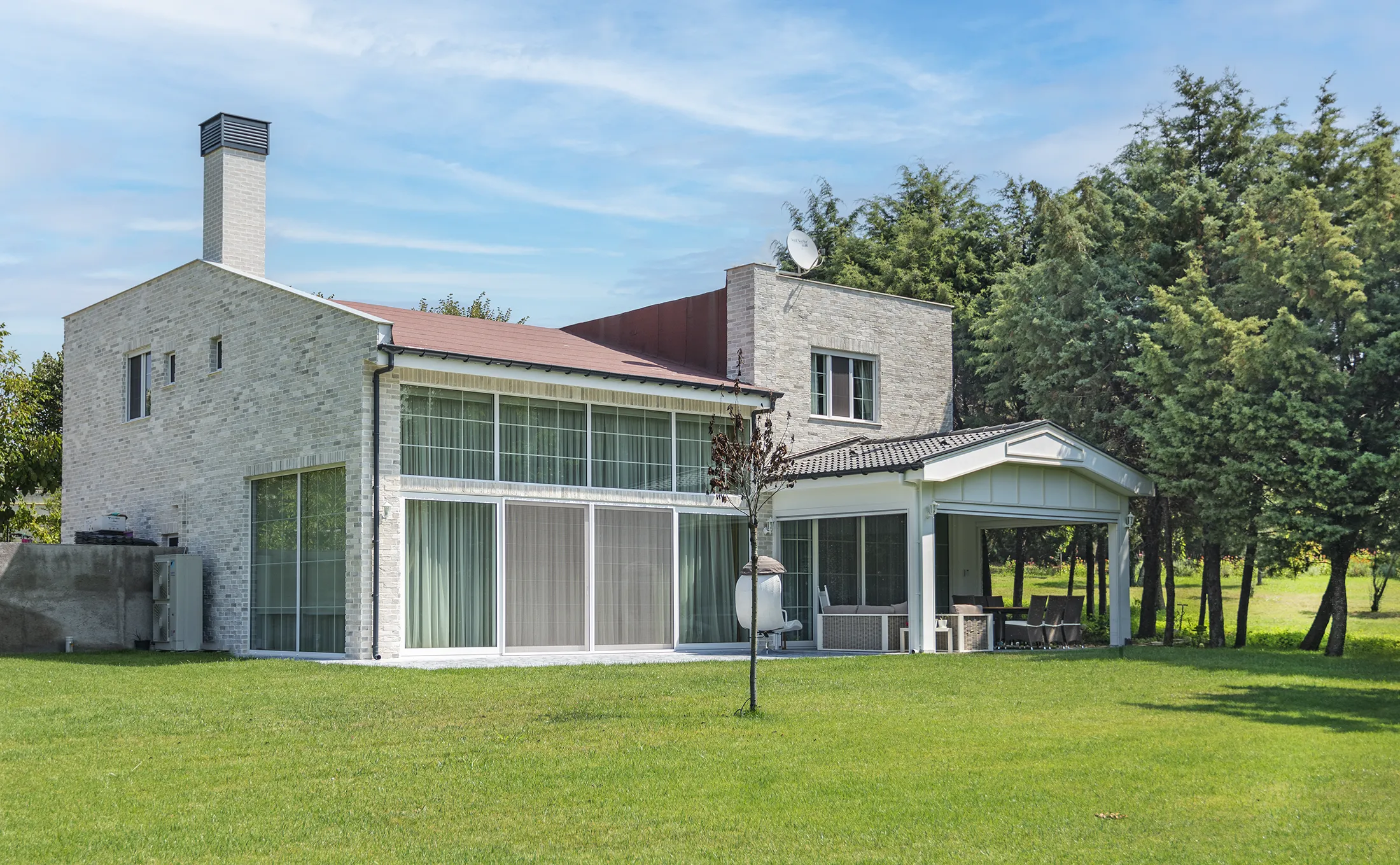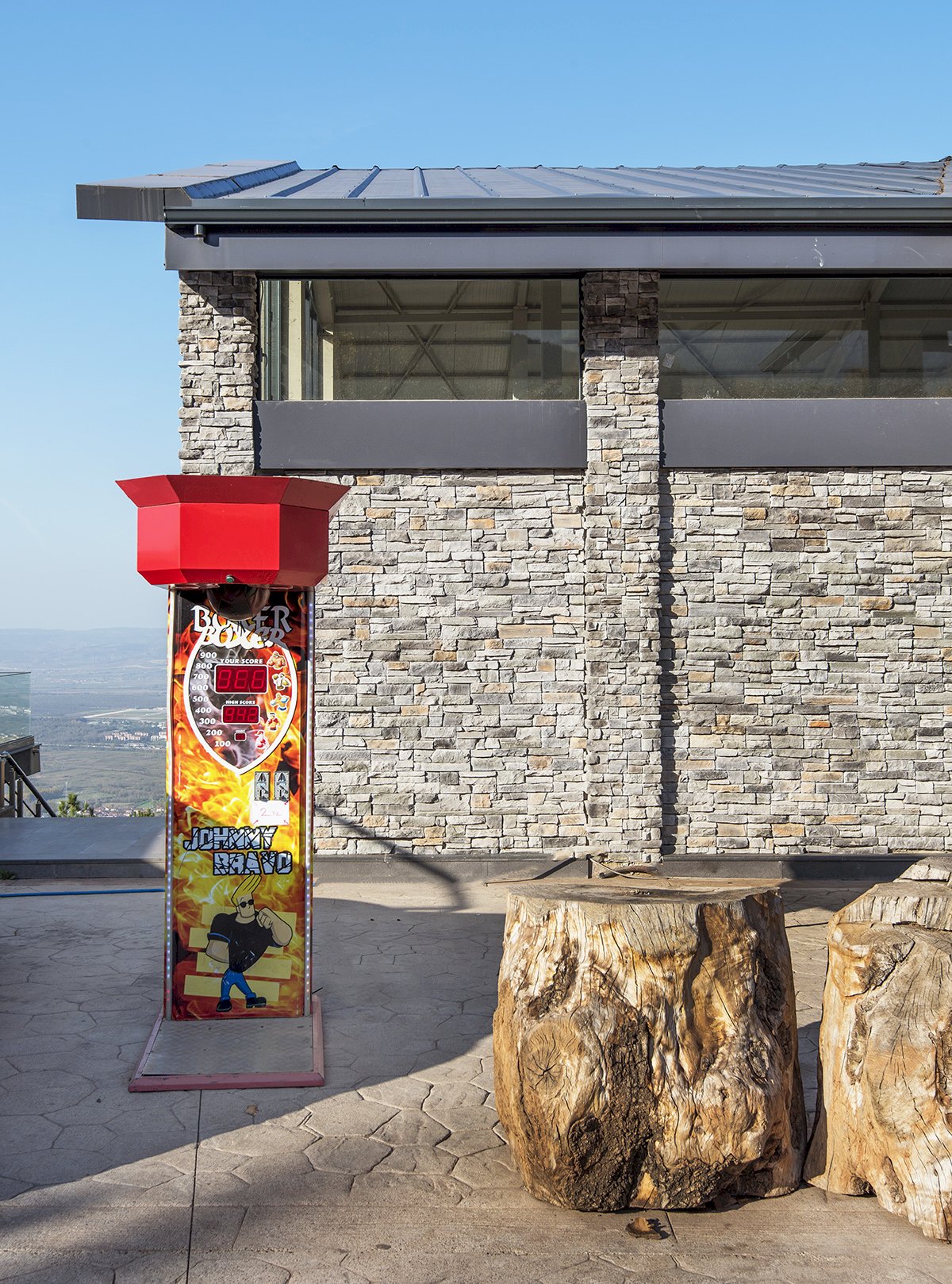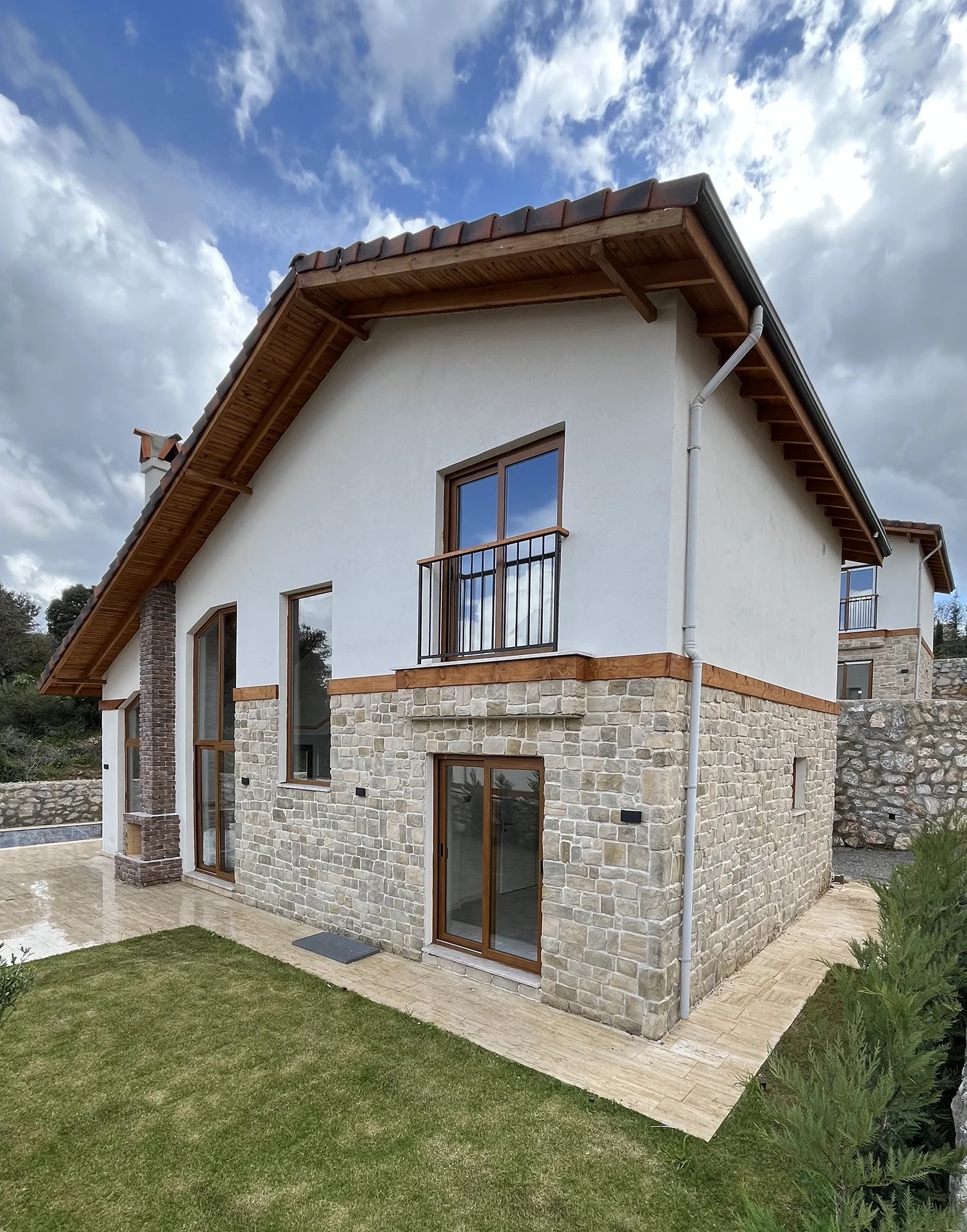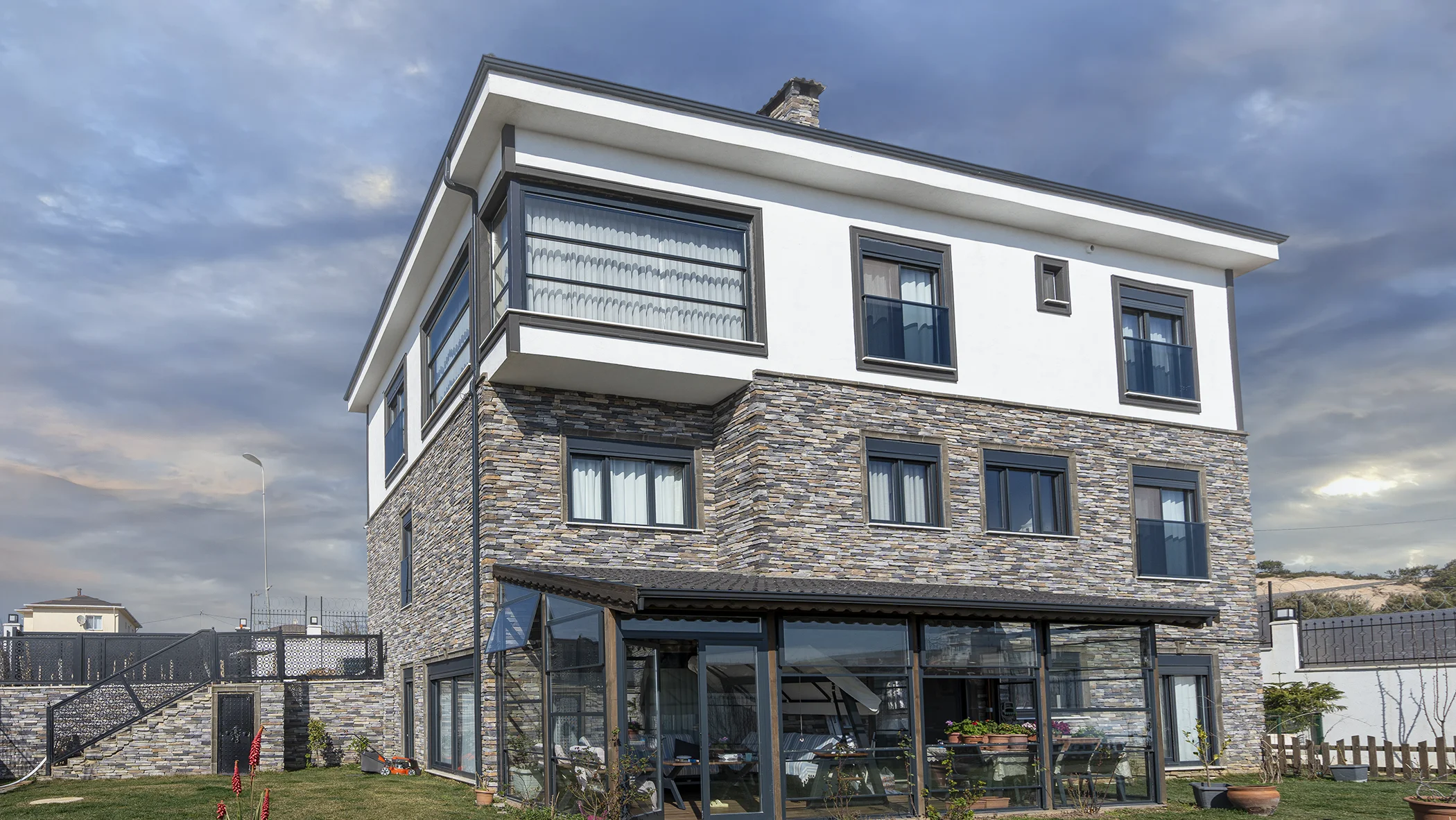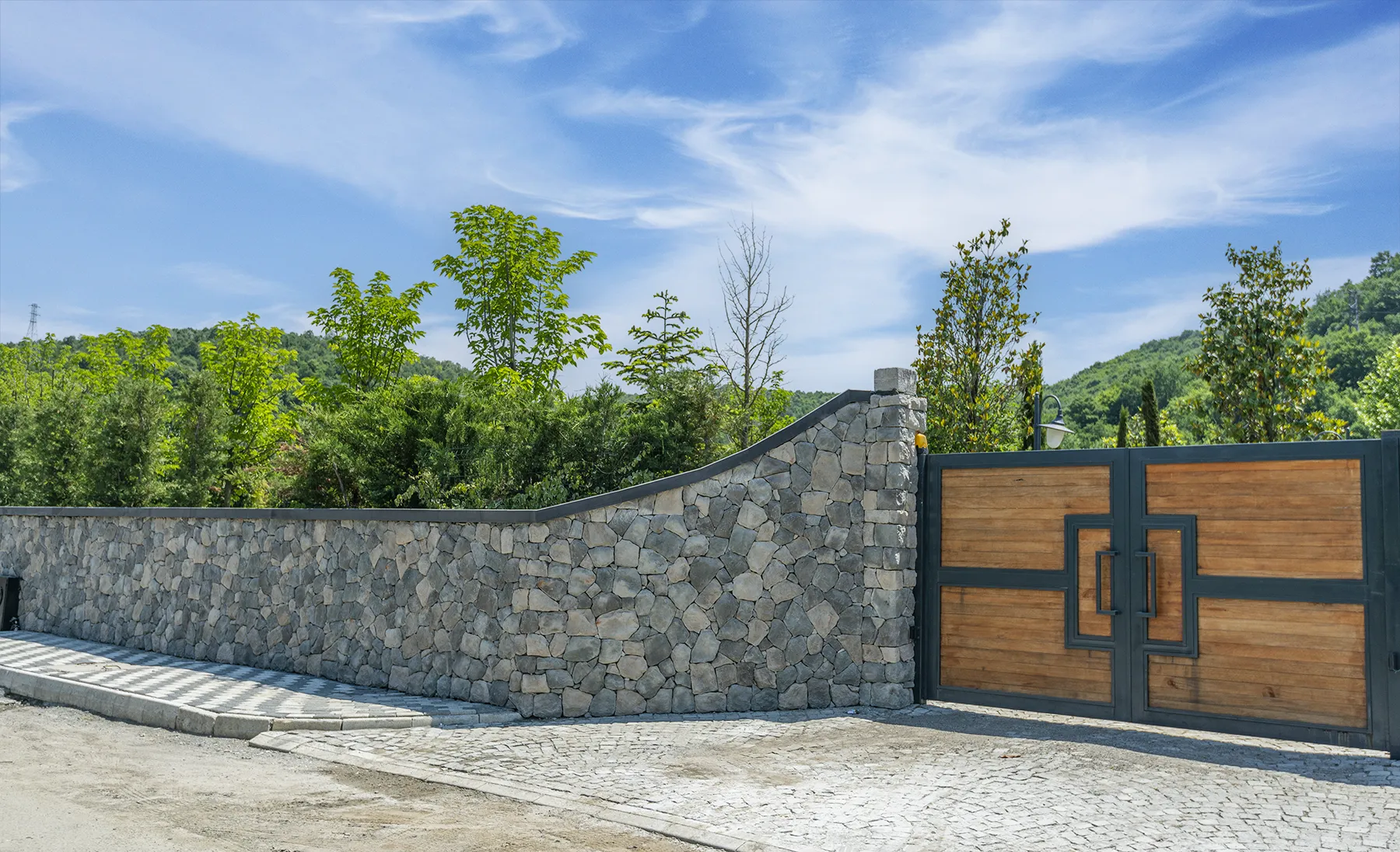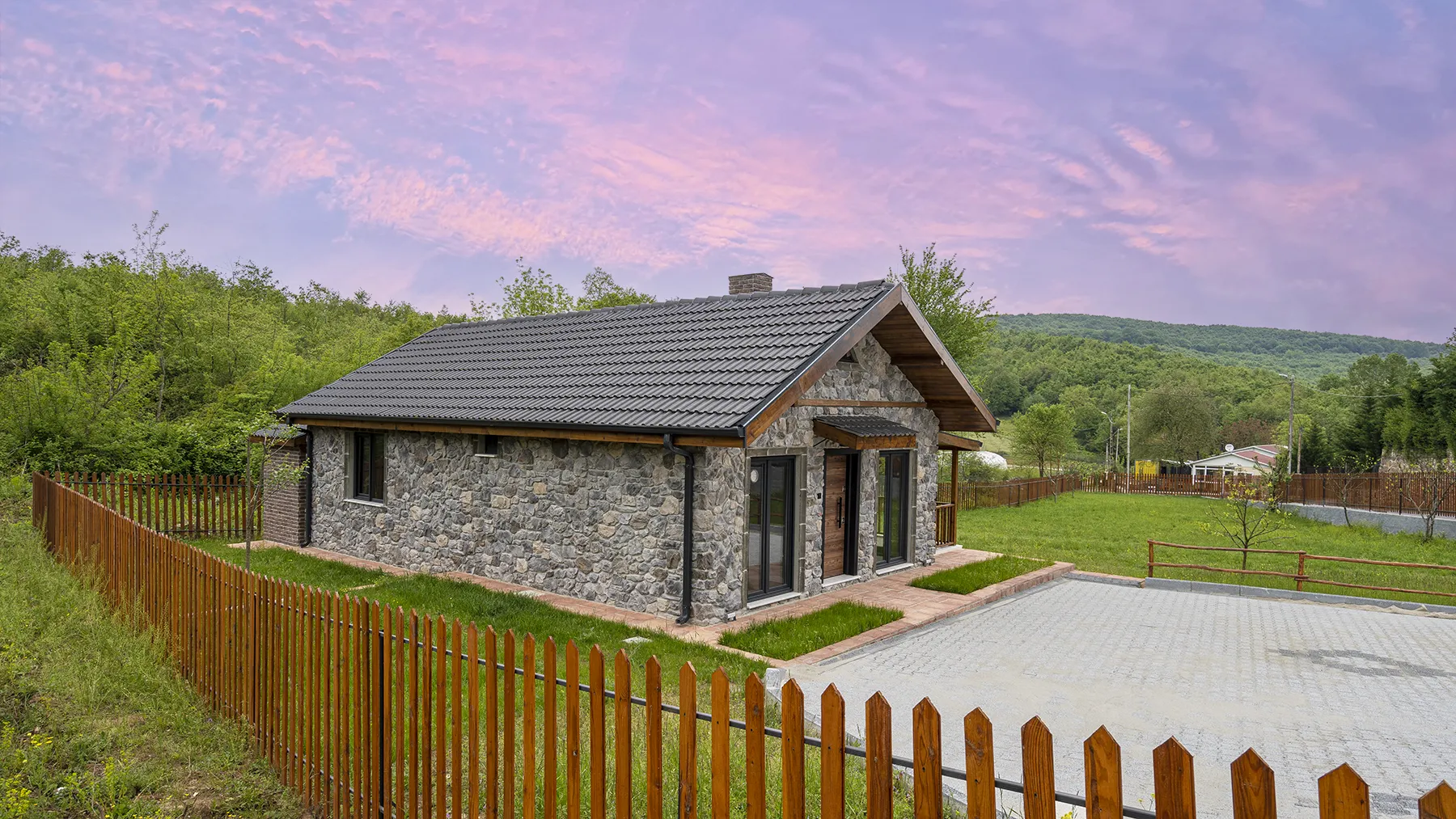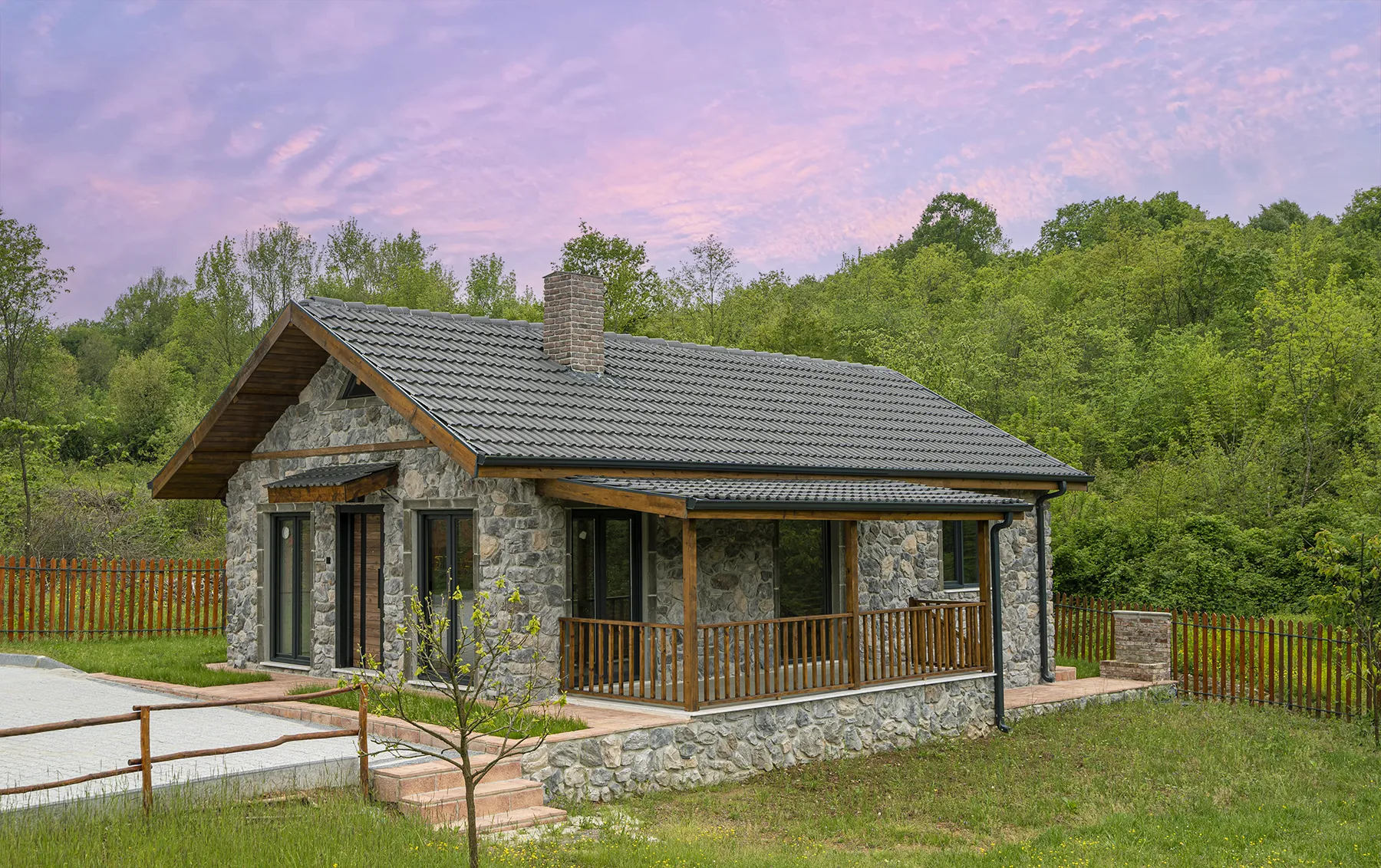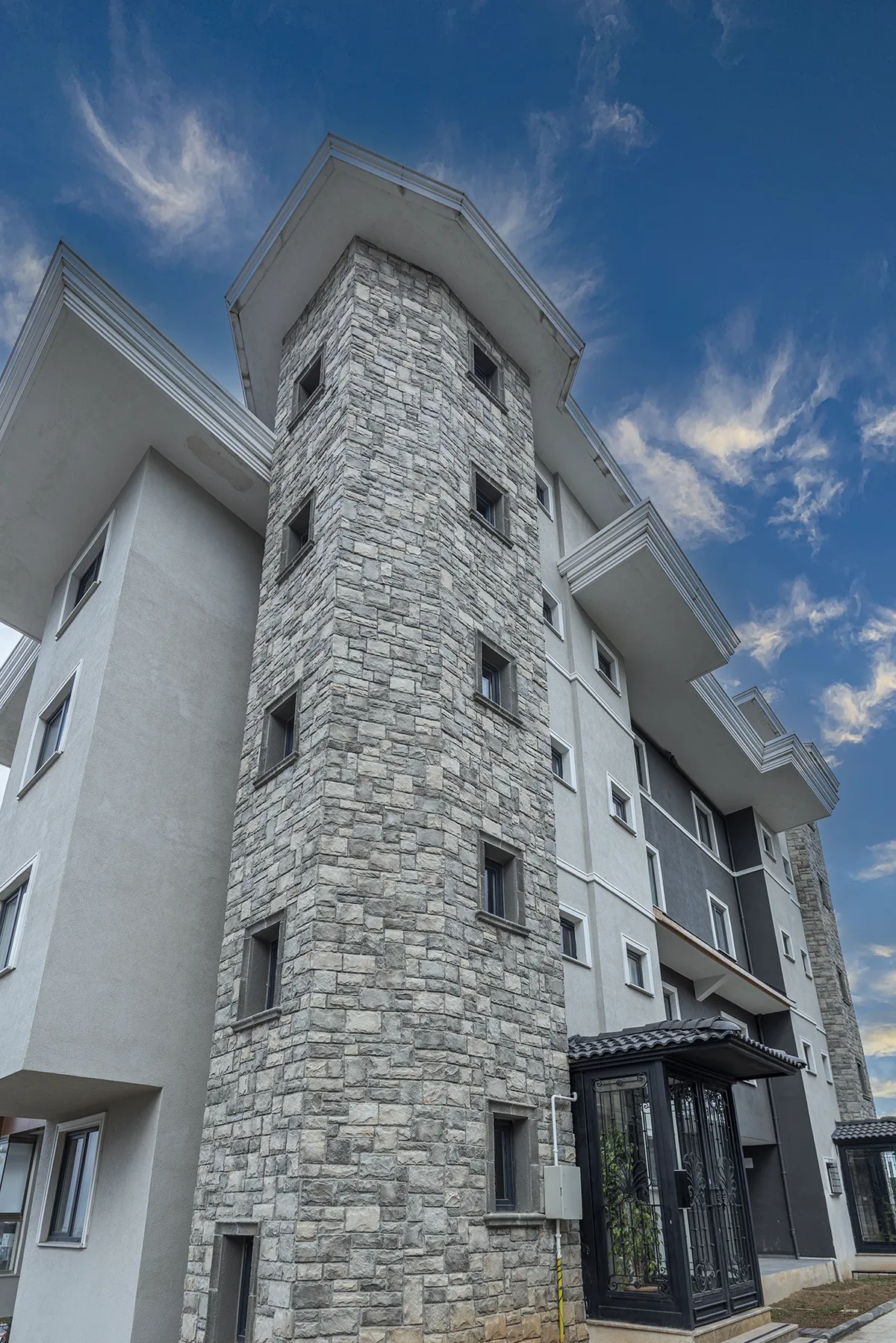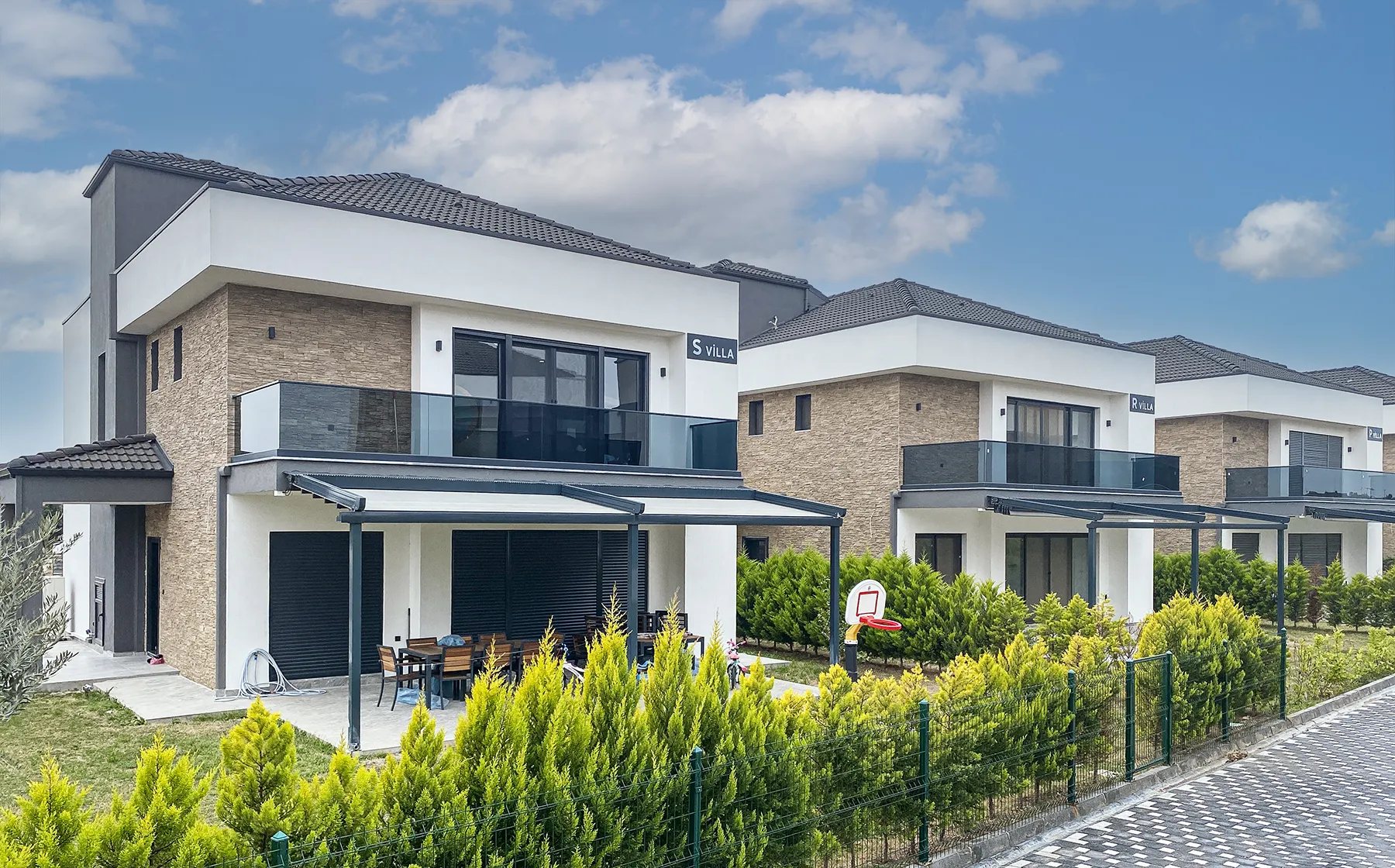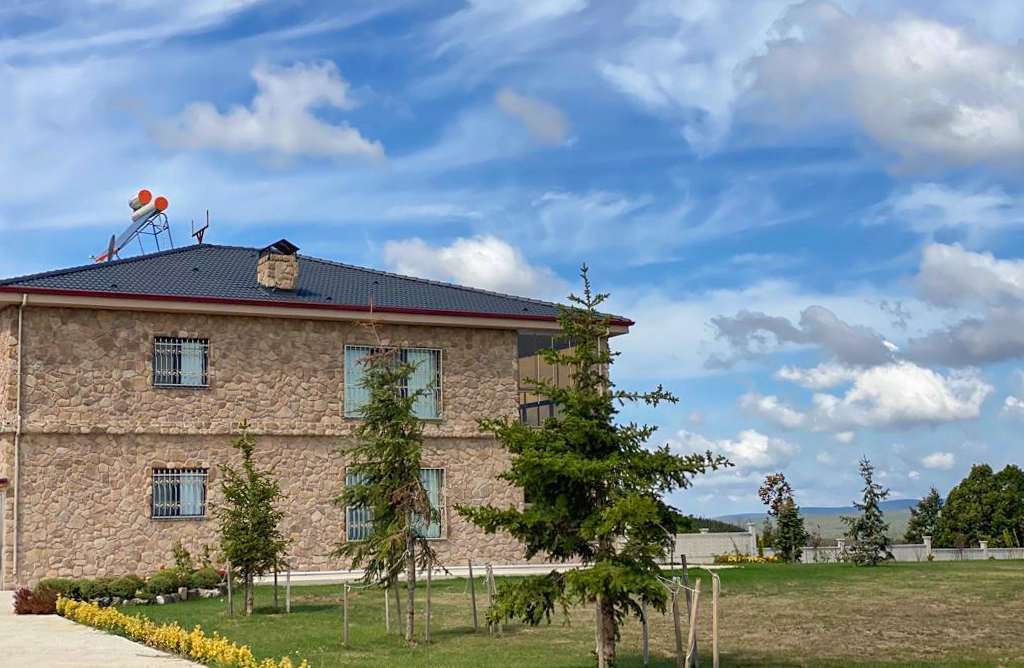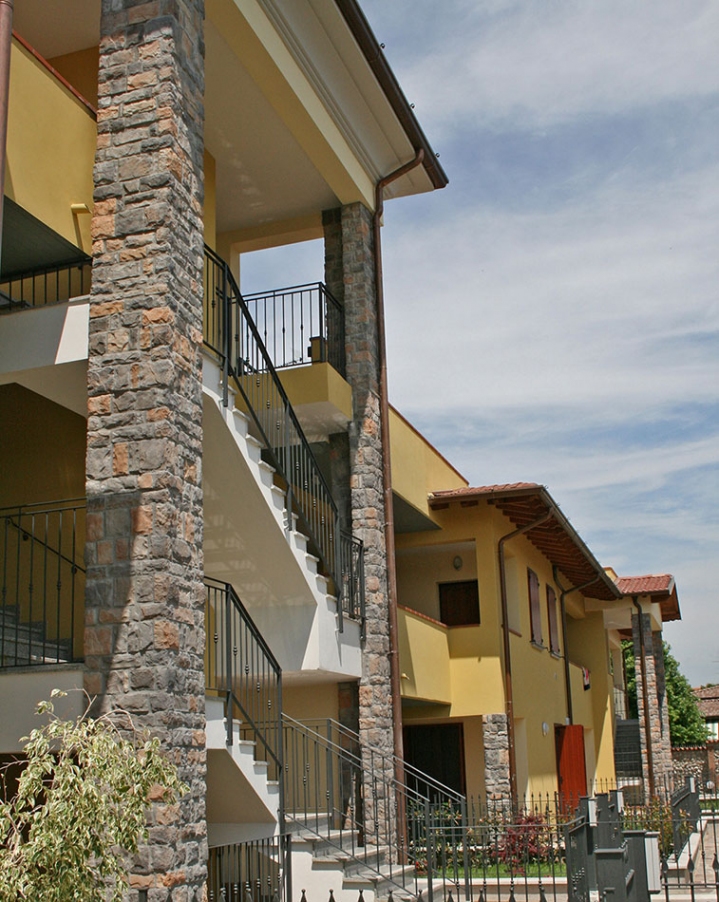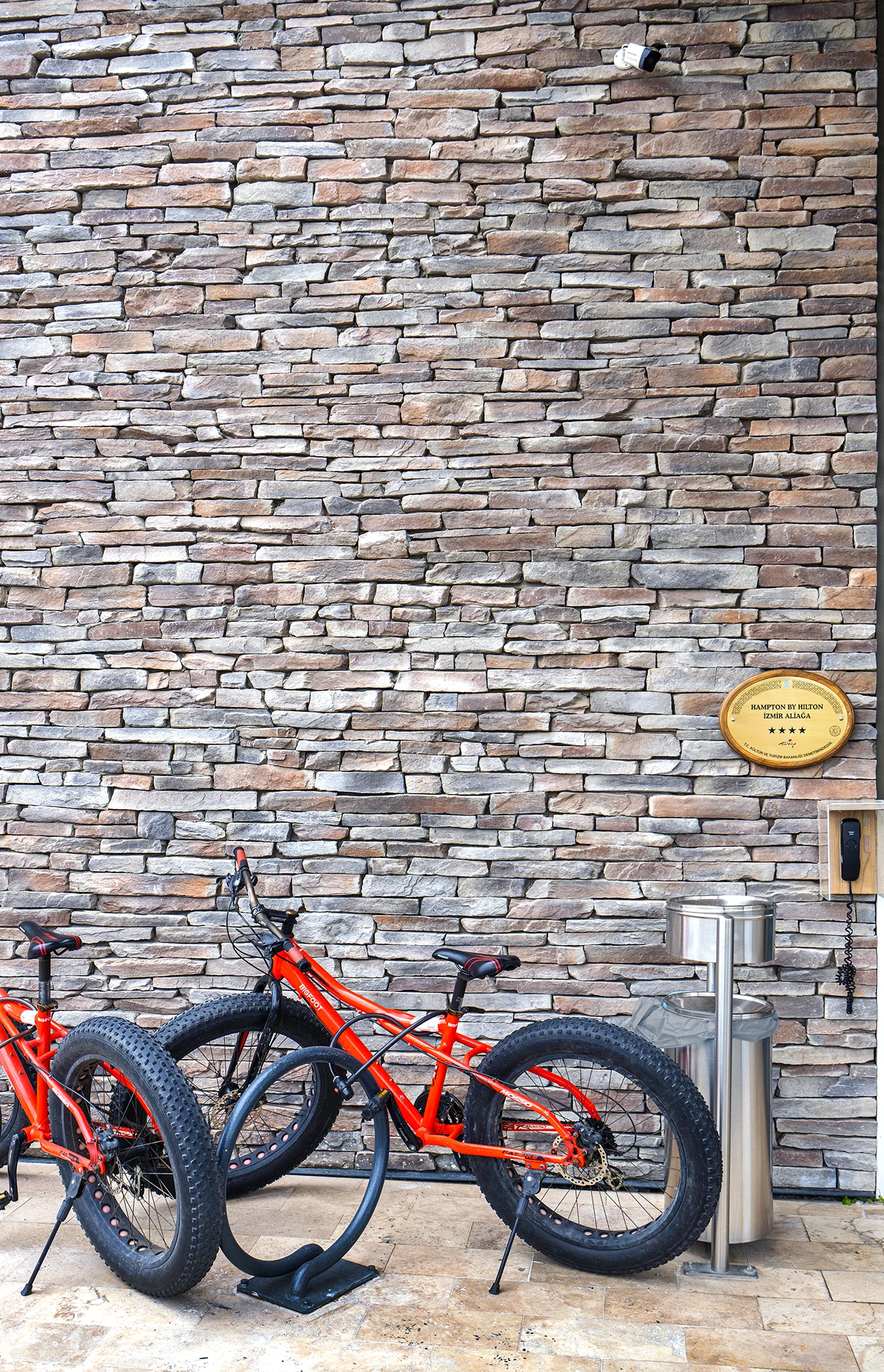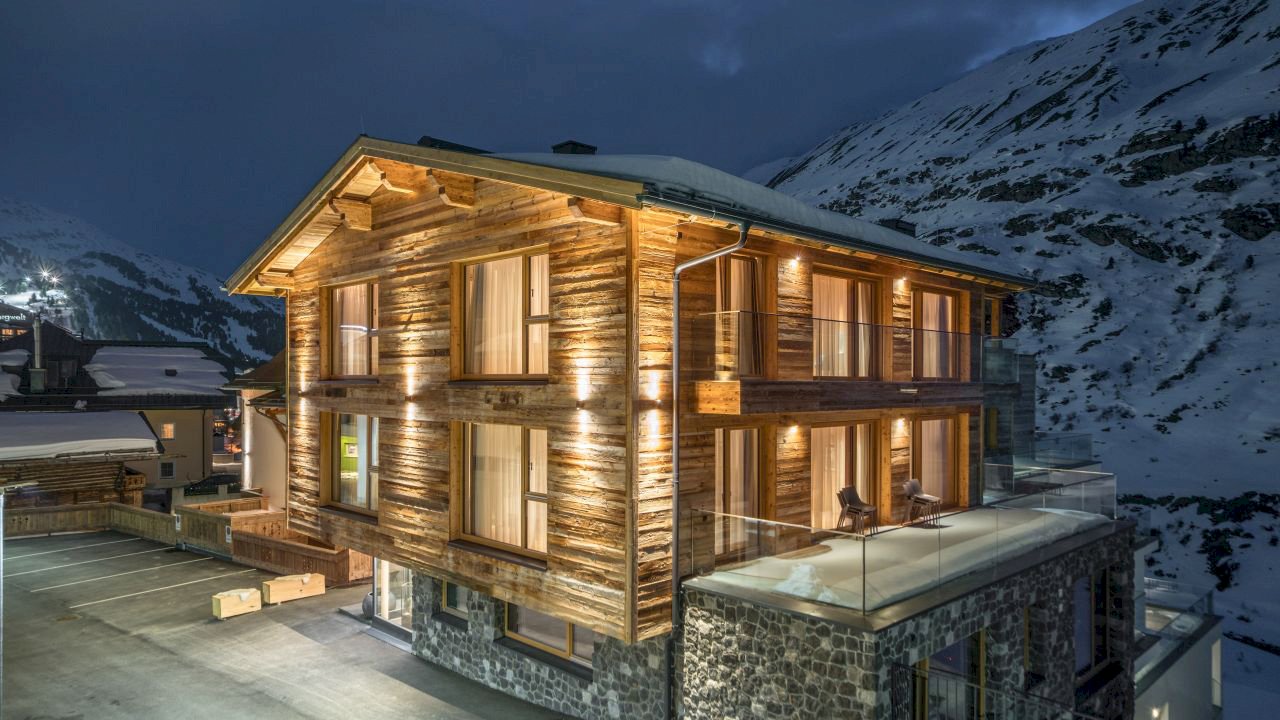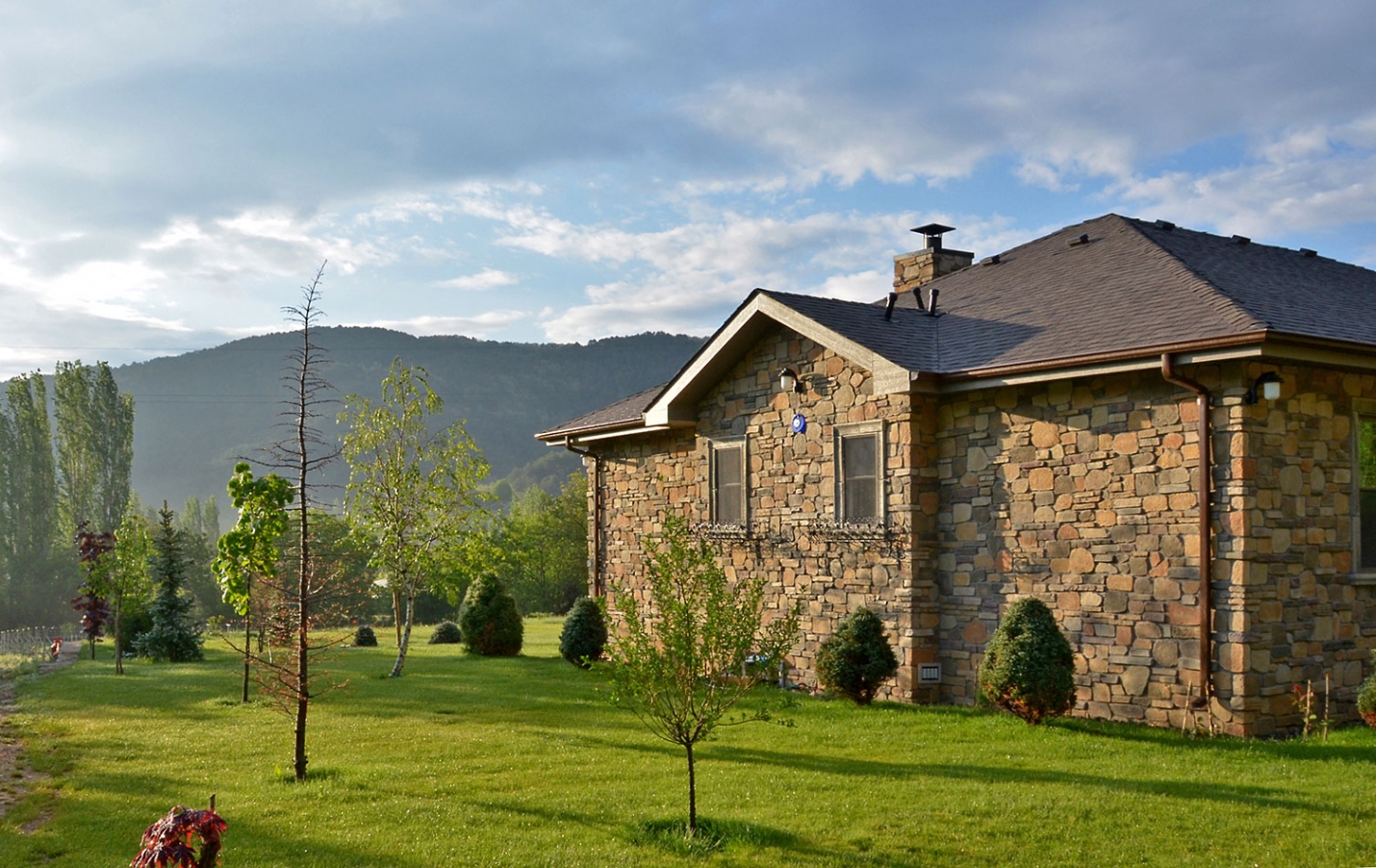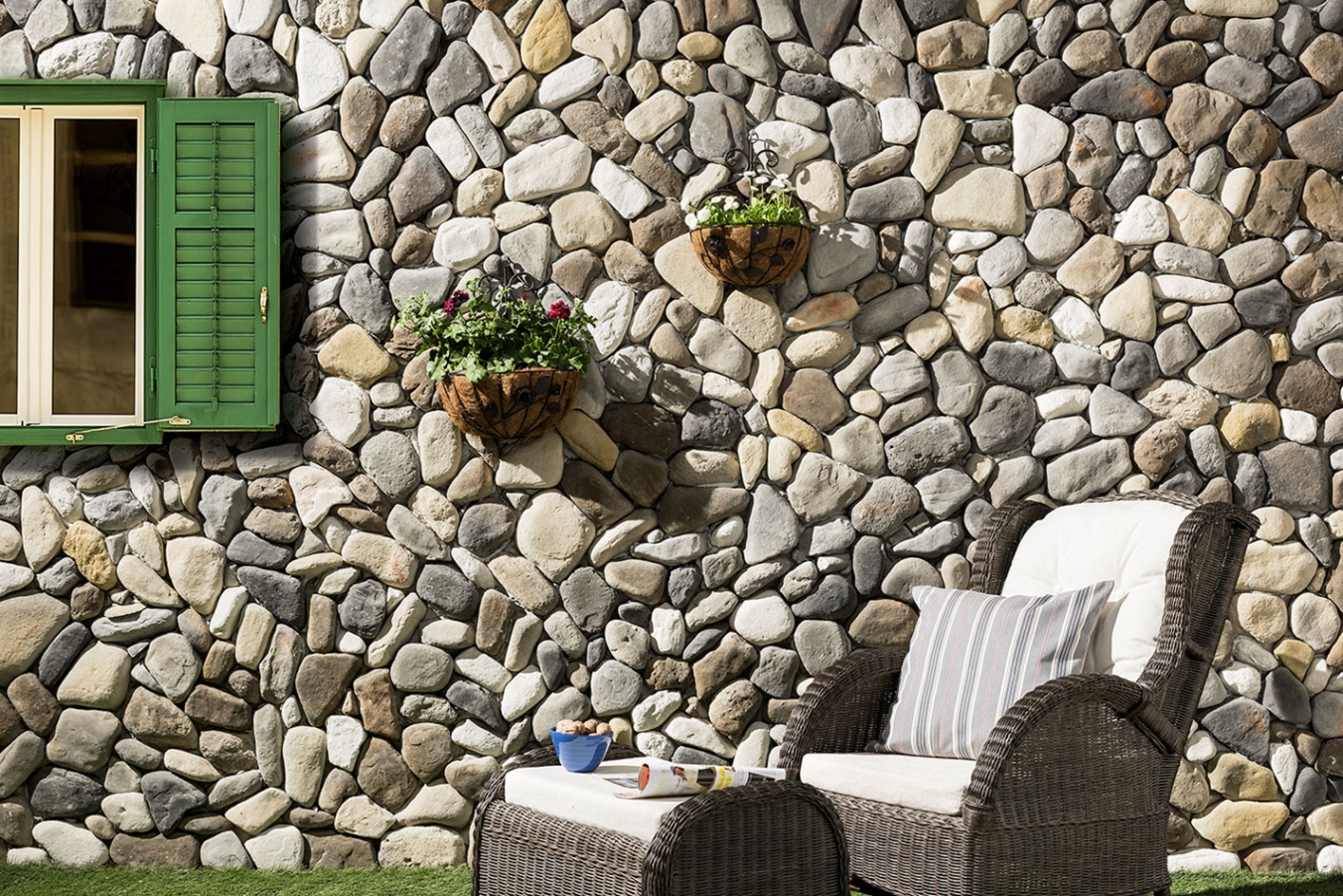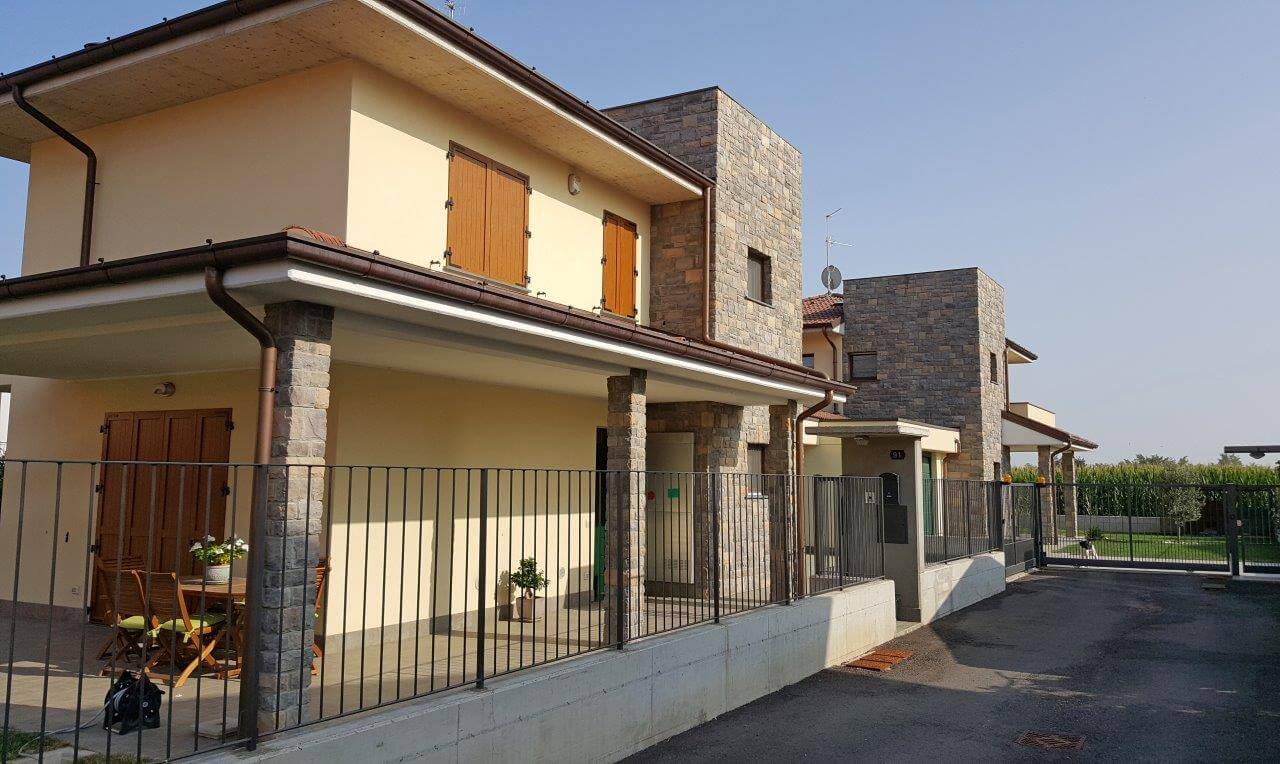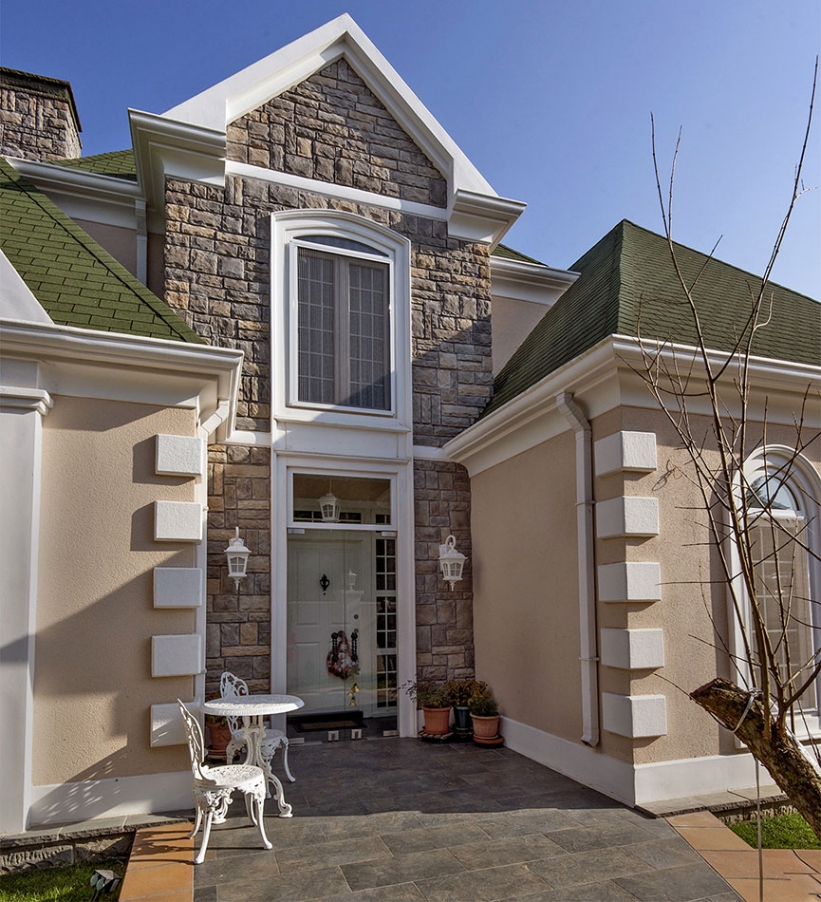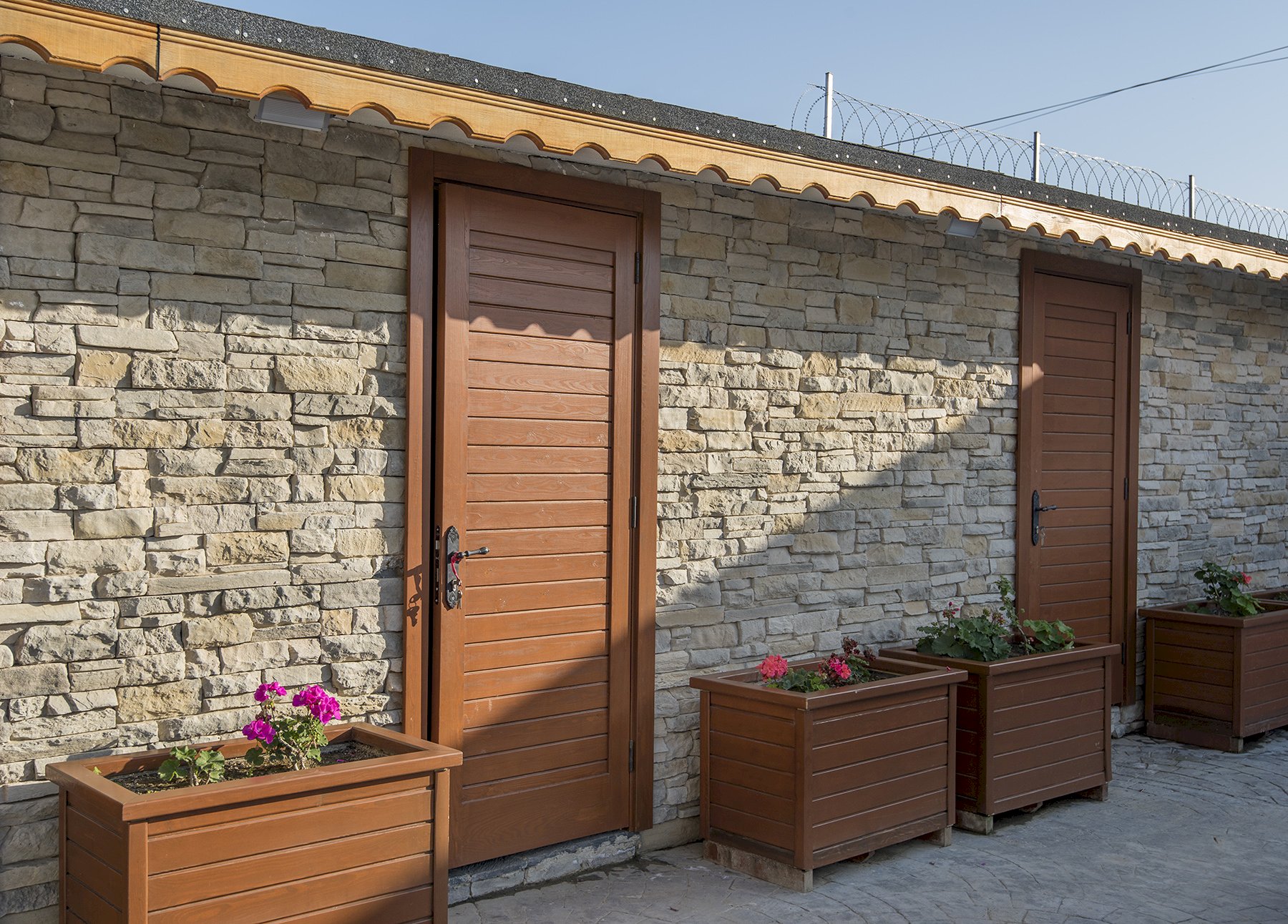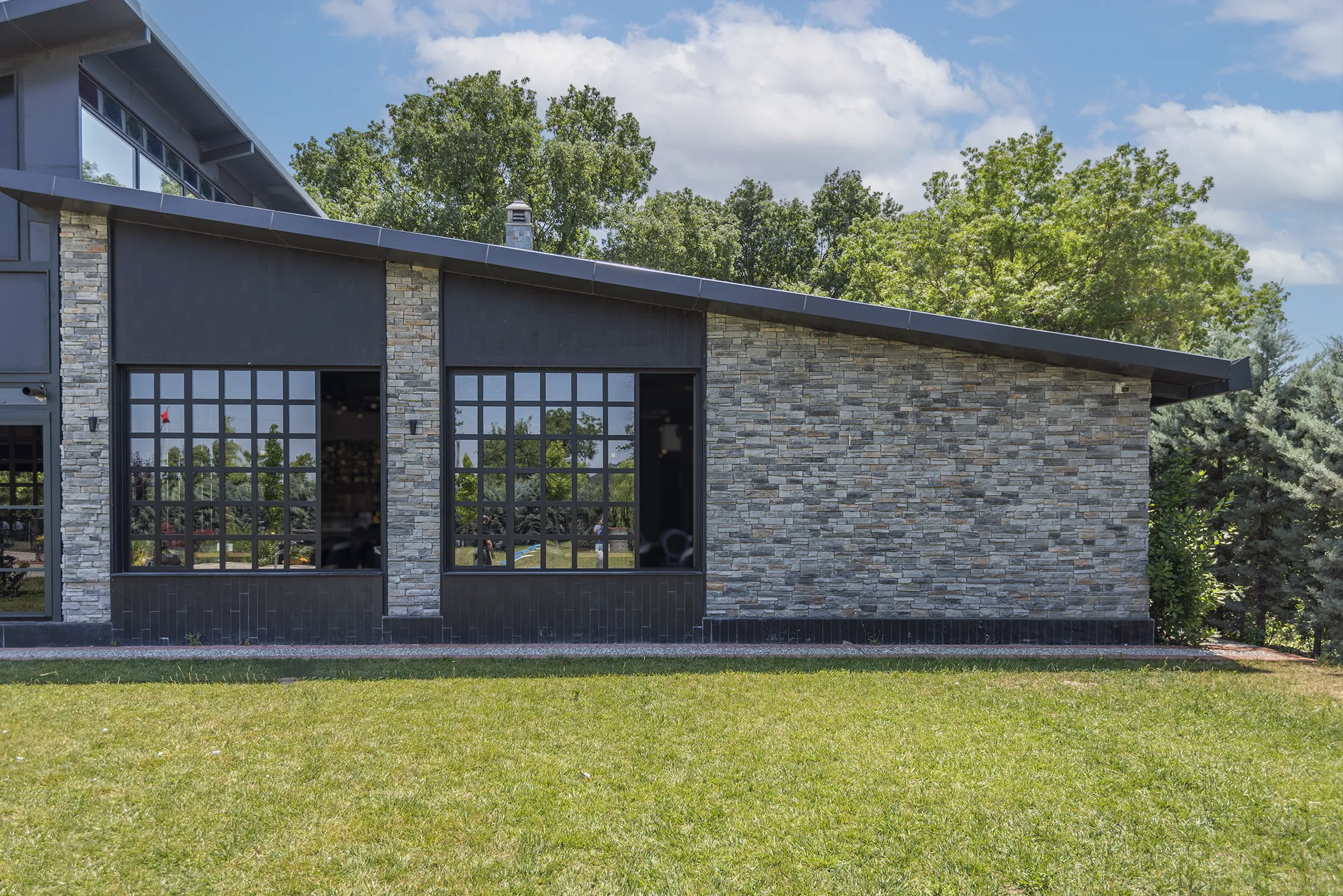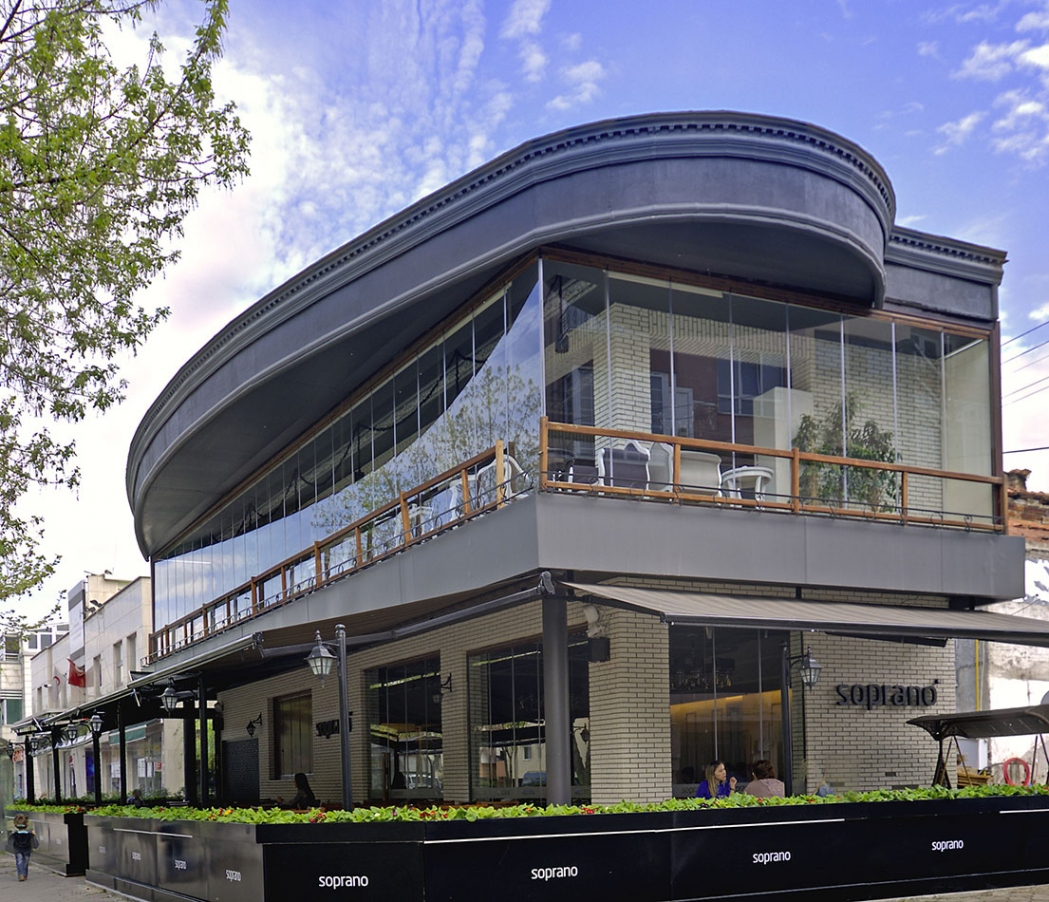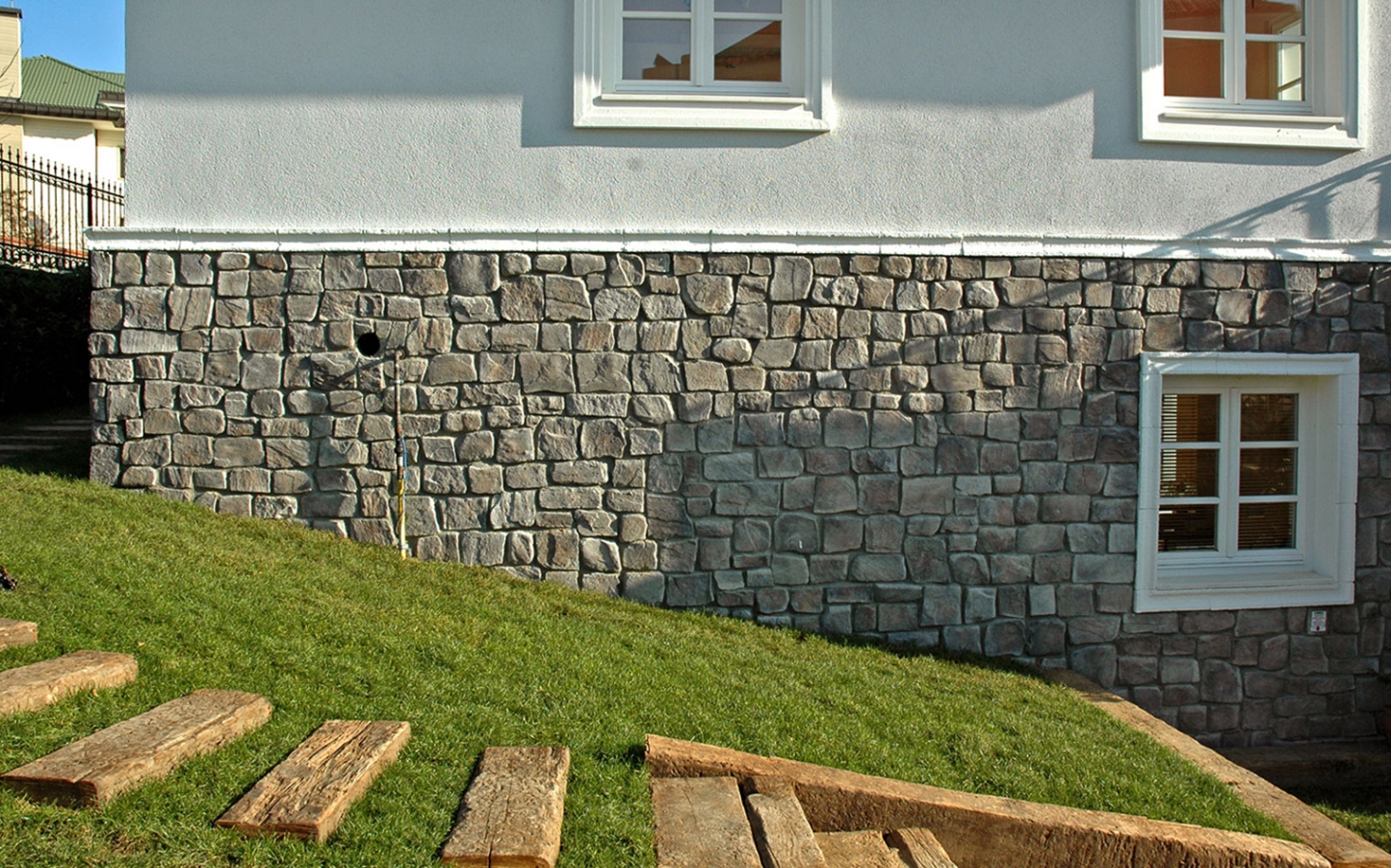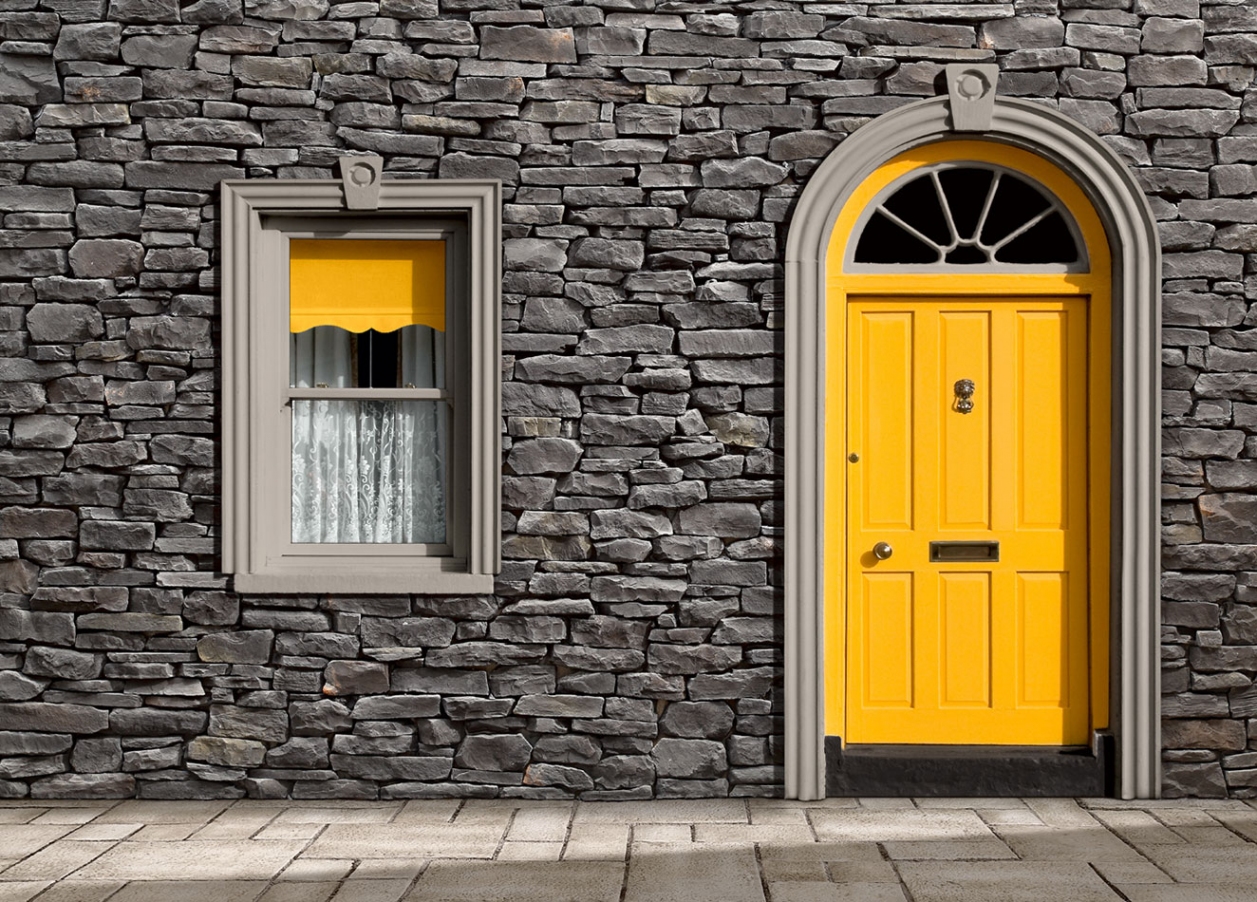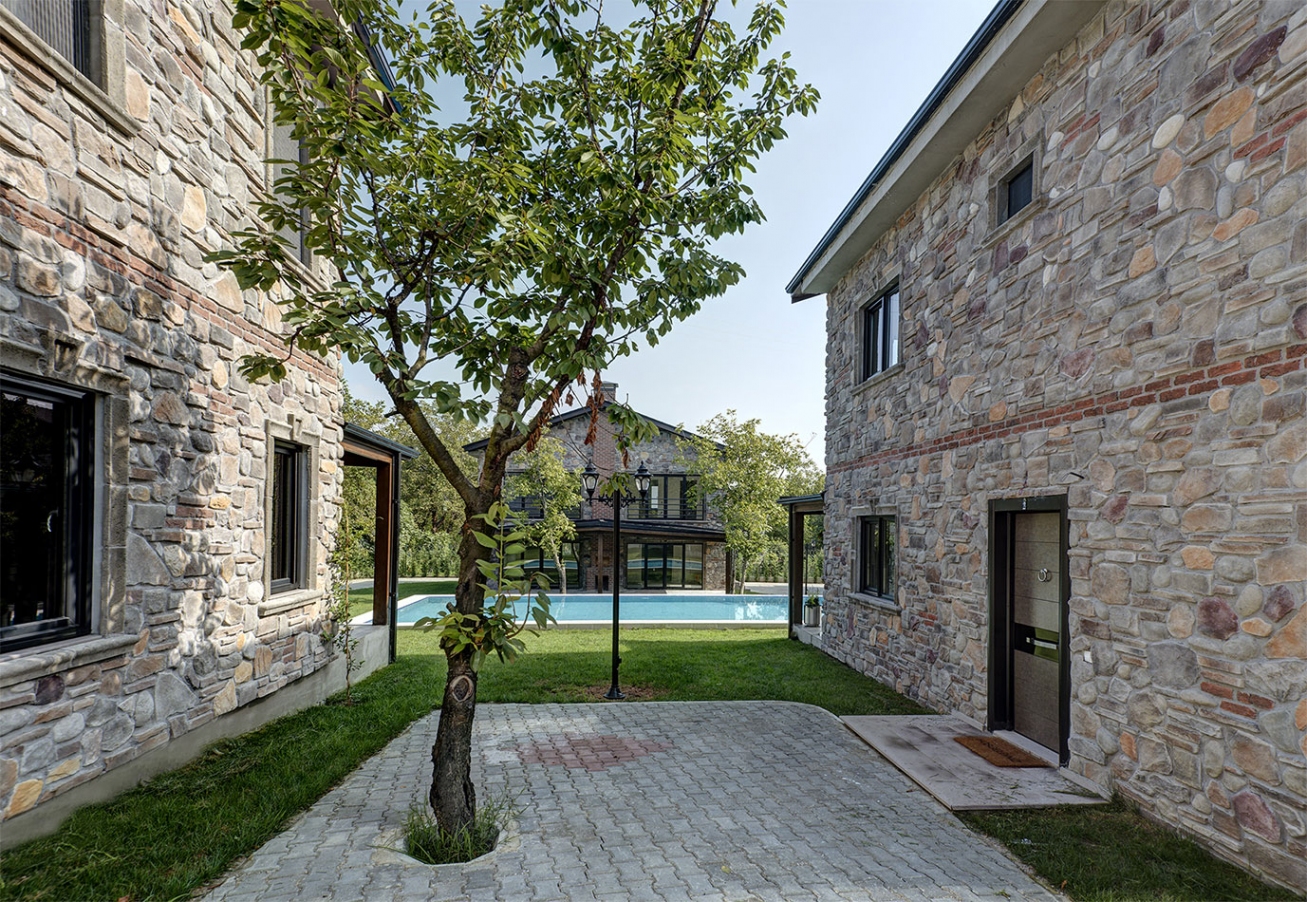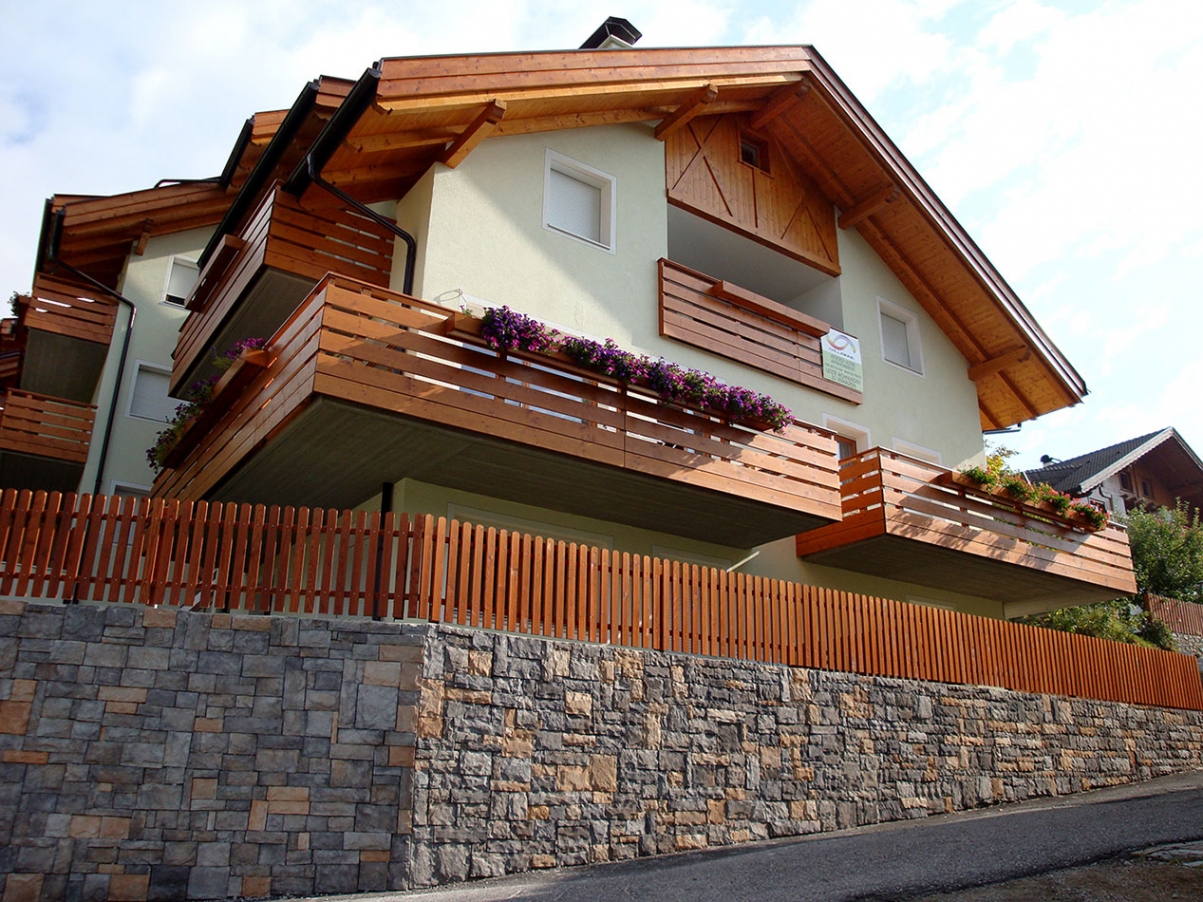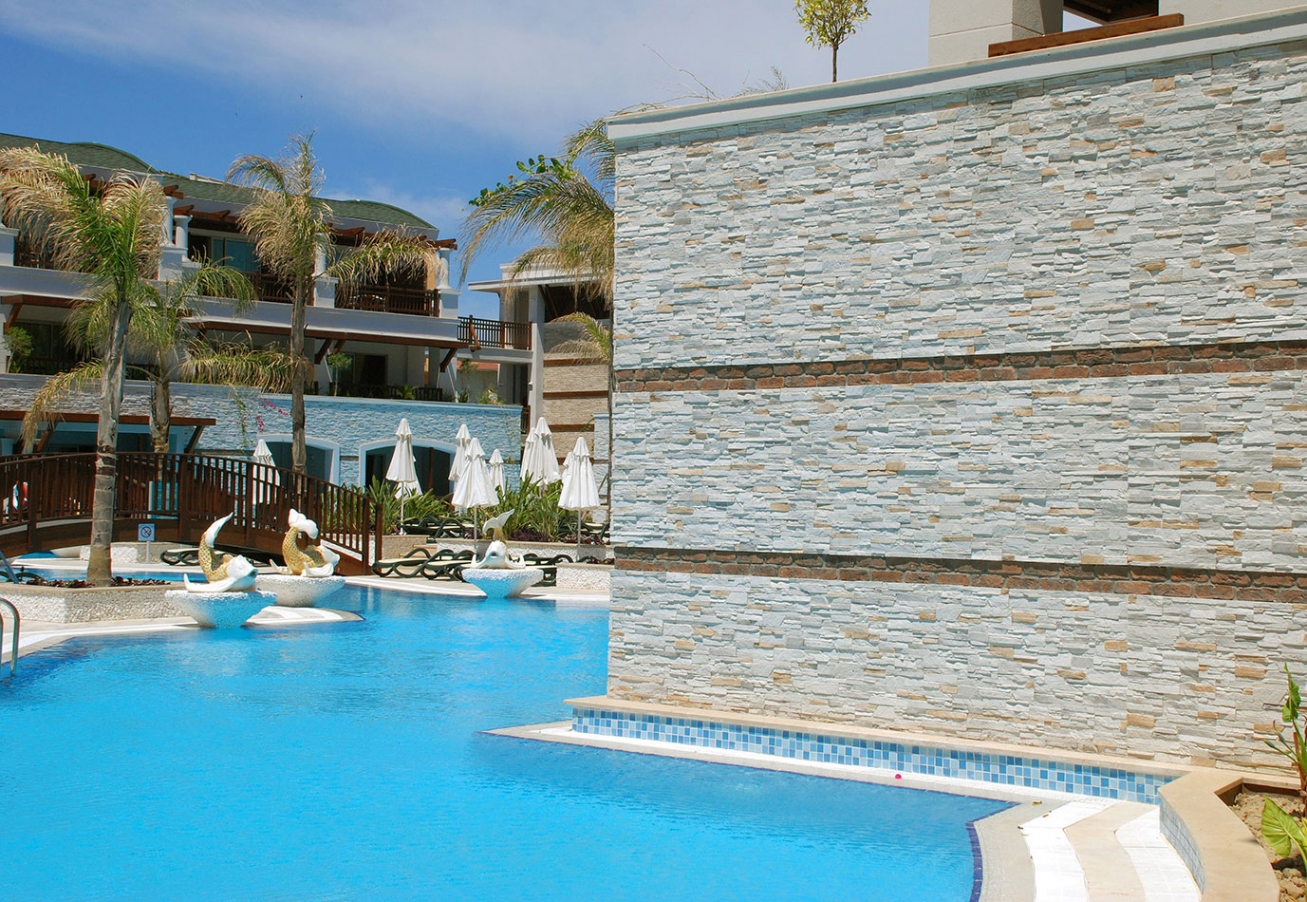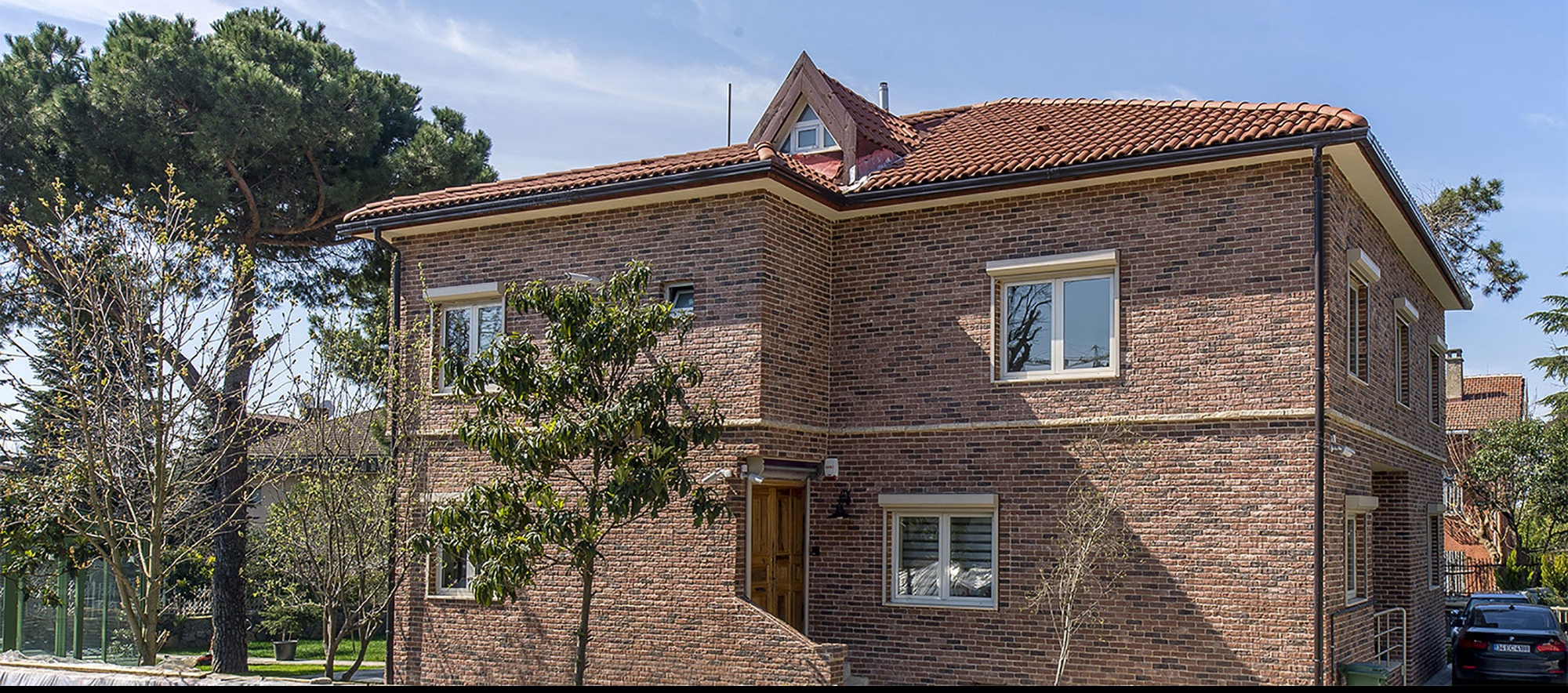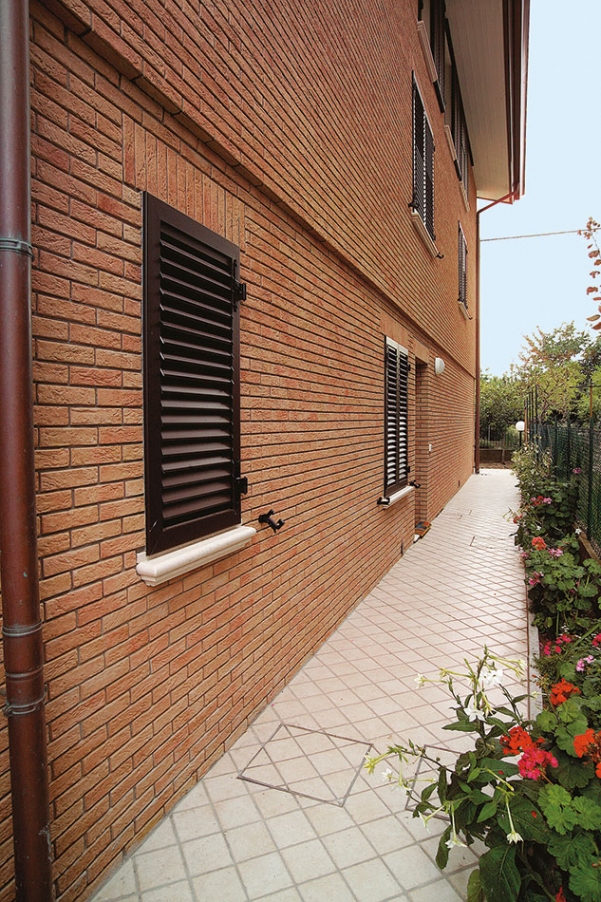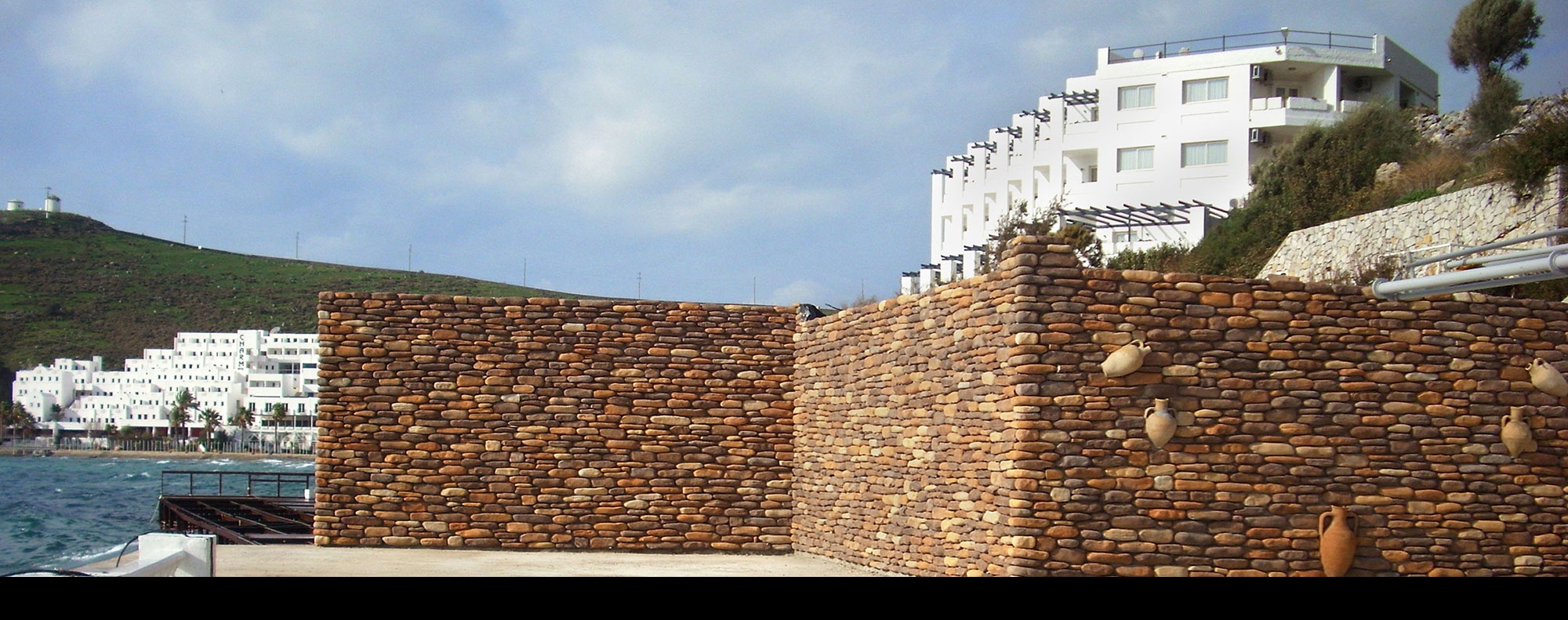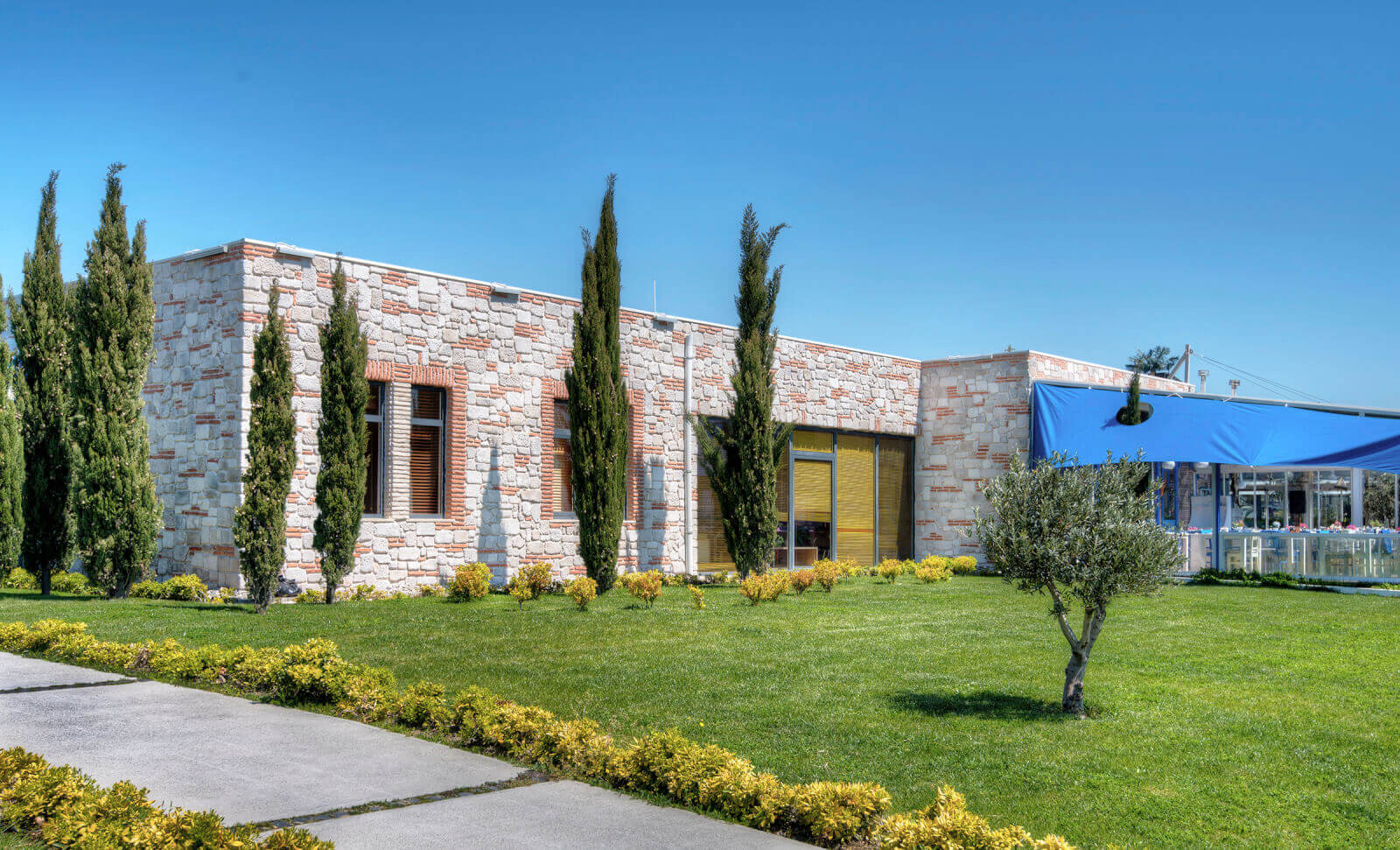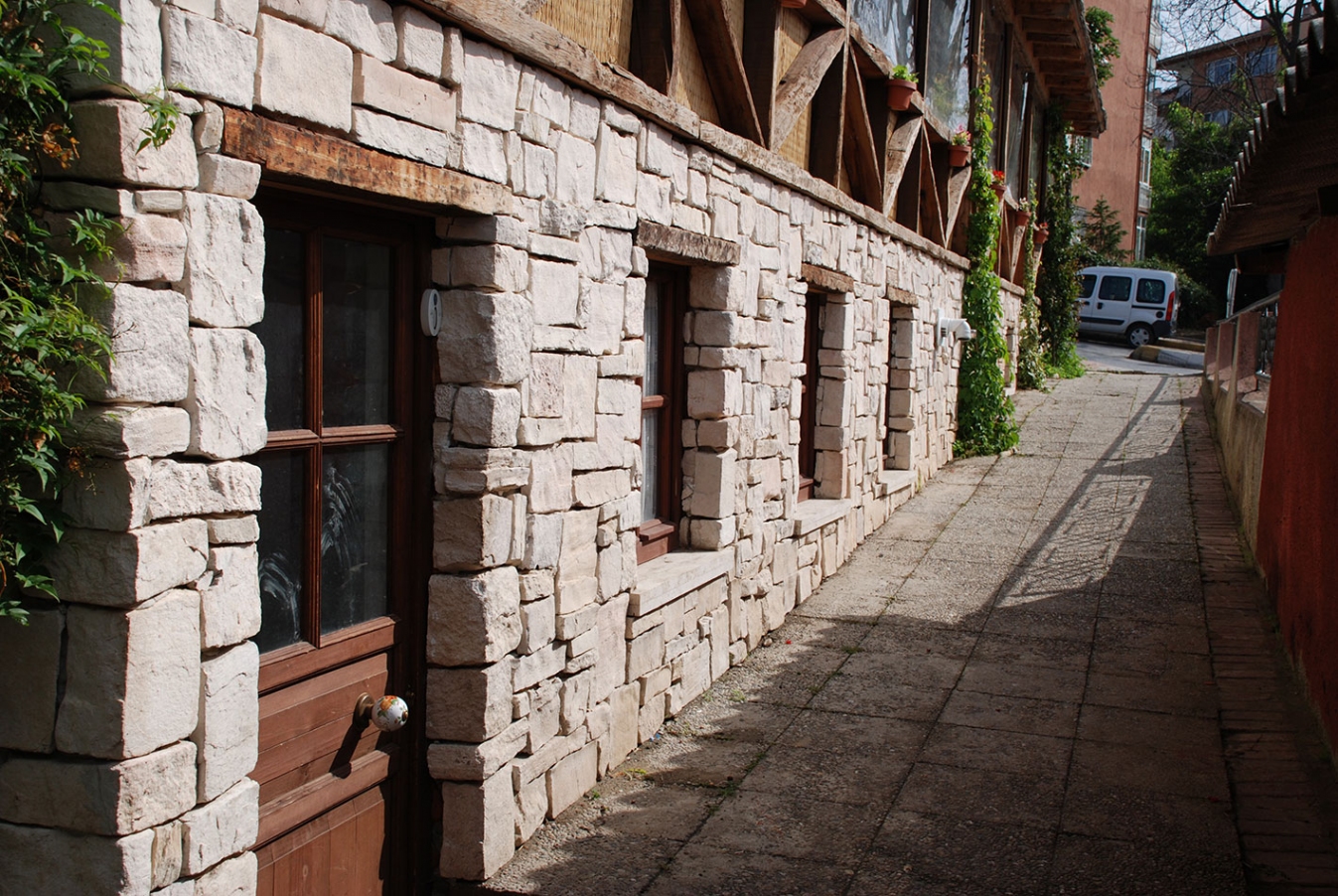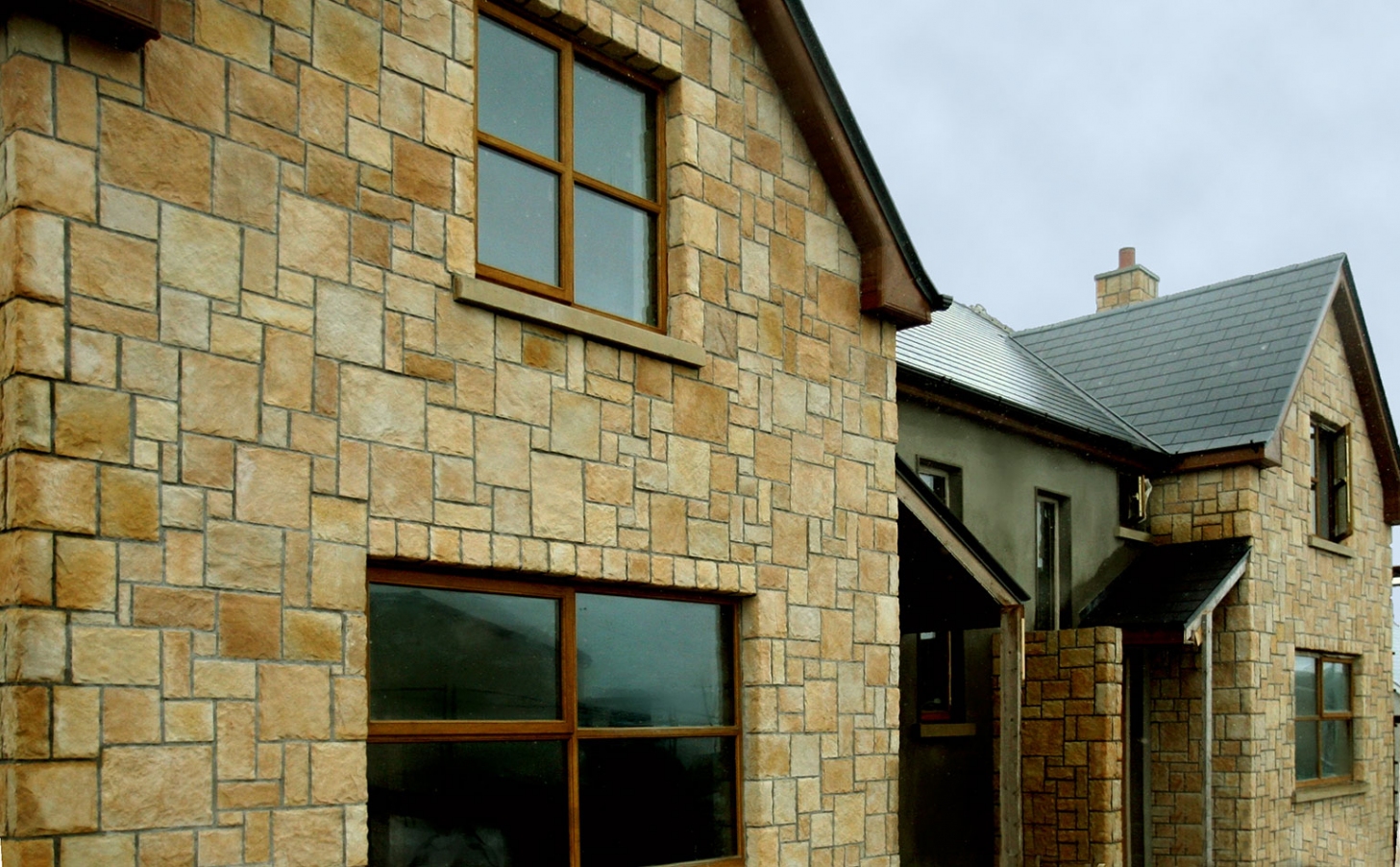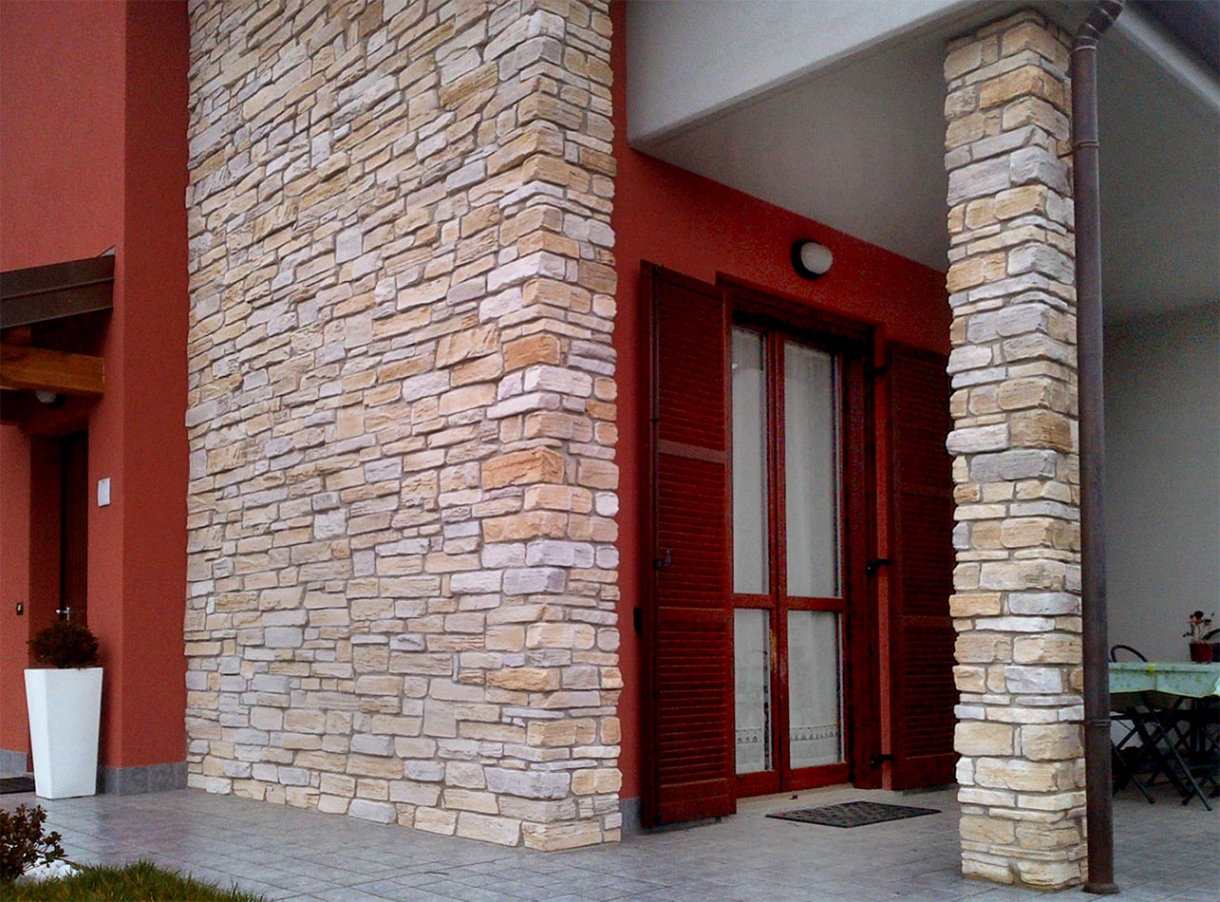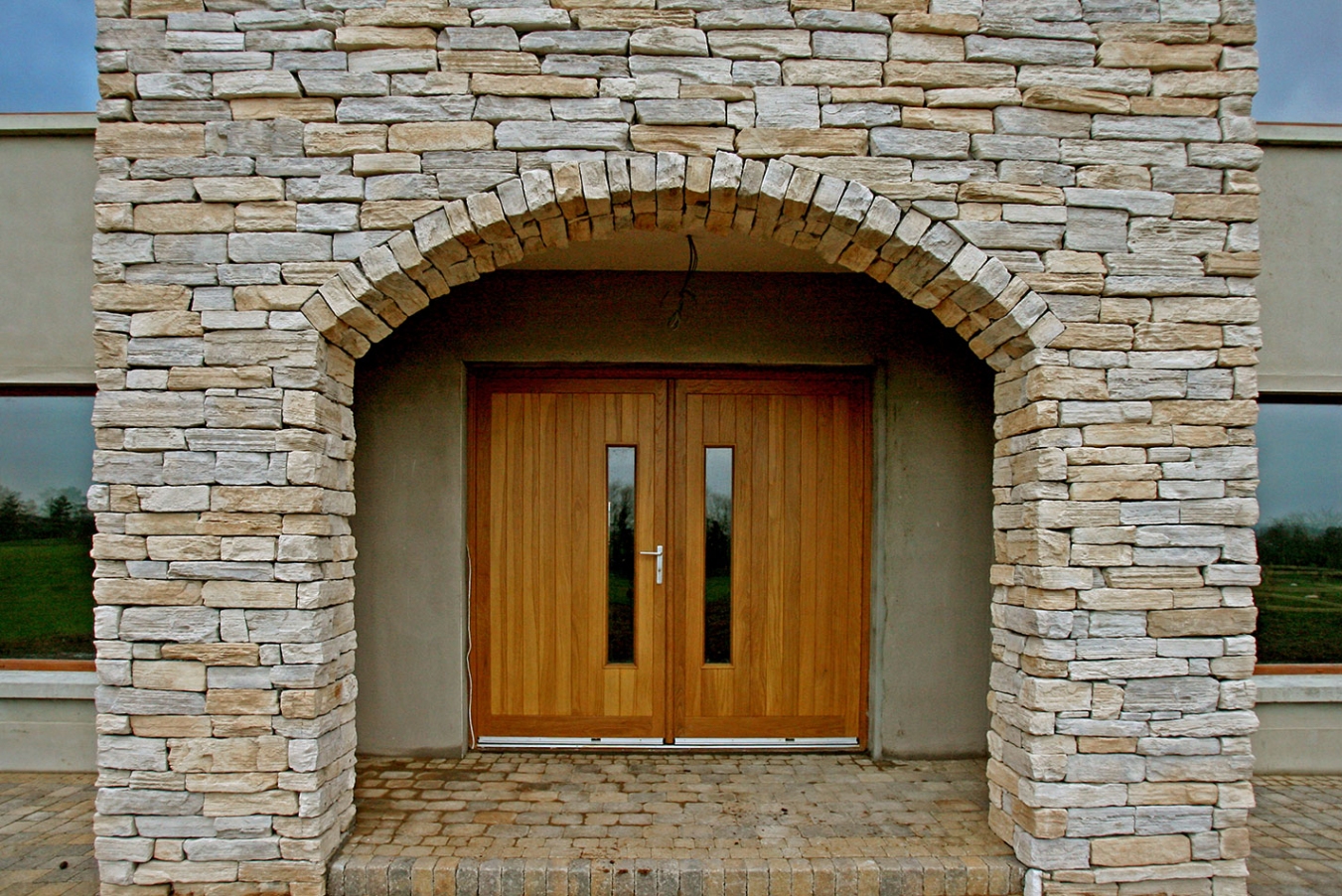Daydream: Safranbolu
This is a daydream you will have with your eyes open… Picture this! You are inside a stone mansion… You open the windows: Ahead of you lies a city sealed in time centuries ago! Neither do you know how you got here, nor how long will you stay… But none of it matters.
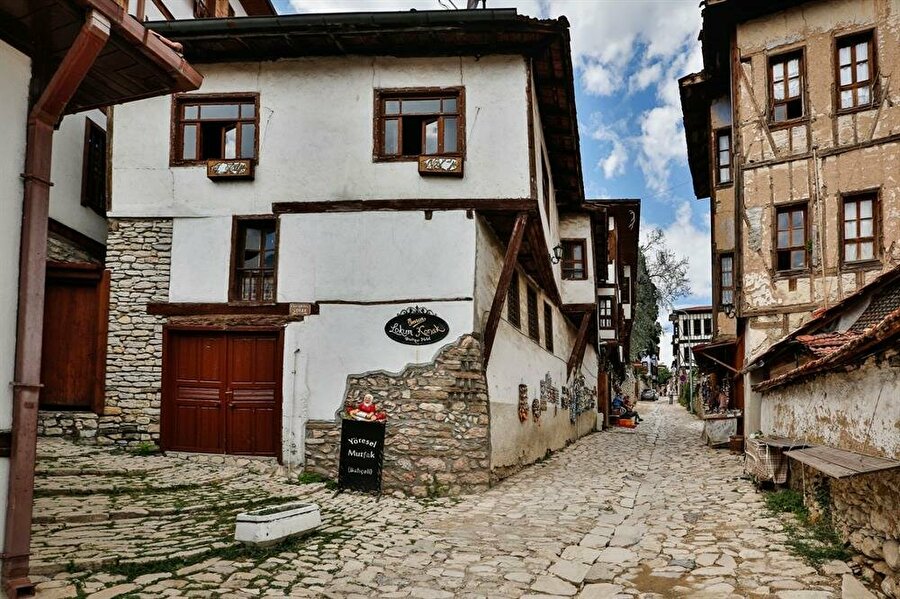
You’re in Safranbolu which is a small district connected to the city of of Karabük. But do not be fooled by its small surface area. This is a world city, small in size but big in importance. Safranbolu has been on UNESCO’s World Heritage List since 1994. So it belongs to us, and the rest of humanity.
Safranbolu has been the rising star of tourism lately but it never was abandoned. Many civilizations have breezed through this tiny city, from Hittites to Persians, Hellenistic Kingdoms to Romans, from Anatolian beyliks to Ottomans. The fact that it was a lodging stop on the trade routes brought welfare through commerce. The high standard of the city architecture is a direct result of this.
Stone City
Set on the outskirts of the Küre Mountains and named after the flower saffron; Safranbolu is an unmatched city in terms of architecture reflective of the inhabiting Turkish society’s customs. Its foremost significance is that it has carried the rich cultural heritage to our day not through a few signature structures but with a coherent architecture throughout the city. The houses scattered on a hubbly surface of approximately a thousand square kilometers line up on the hillside like pearls on a necklace. Today, 1131 of Turkey’s 50.000 cultural and natural properties deemed worthy of protection reside in Safranbolu. The numbers speak for themselves.
The aesthetics of the houses as well as the nature-human-home balance deem Safranbolu’s architecture significant. Respect to neighbors, as well as to nature is front-and-center here. No house blocks the view of another. The backyards of the houses built out of stone, adobe, timber and alaturca tiles are separated from the street by stone walls adorned by a local variety of grape vines. 800 of the 2000 traditional Turkish houses in Safranbolu are under protection. World renowned houses of Safranbolu are the result of magnificent architectural craftsmanship echoing the Turkish way of life in the 18th and 19th centuries. So, what makes a typical Safranbolu home so special?
The Typical Safranbolu House
There are three factors that determine the size and form of a Safranbolu home. The big families, rainy climate and the cultural and material wealth. On the two-storied Safranbolu homes the extended family of uncles, aunts, brides and grandchildren all live together. The animals are kept in the barns downstairs. The food and fuel supply are preserved in the cellar. The bottom line is, the typical Safranbolu home has to be spacious.
The inns, bathhouses, mosques, bridges and fountains are under preservation just like the houses in Safranbolu, which has a history of 3000 years. Just like the streets, indoors are embellished with stone pools and tiered ornamental fountains. There are 150 fountains in the area from the Ottoman period. In Safranbolu, streets, courtyards and squares are clad by stone, just like the houses. The marvel of the city is due to this consistent texture. The streets are paved by cobblestone and the yards are enveloped with stone walls. The style of stone cladding is appropriate to minimize humidity, endure floods and ensure that the roots of trees receive the necessary amount of water. Thanks to the riches brought by commerce, most residents of Safranbolu used to have a separate house for the summer and winter. The locals would reside in the city during the winters and migrate to the cottage house during summers. But the production and commerce in the bazaars would carry on year-round.
The Clock Tower of the Timeless Land
Another thing here that works year-round is the clock tower, in charge of meticulously counting the minutes pass by. This peculiar tower that has left two centuries behind chimes every half an hour. Although not everyone in Safranbolu can see this 12 meter long tower, they all certainly hear it. The clock of this tower which watches over the city with eight windows, works by being set weekly.
There is another address you shouldn’t miss in Safranbolu: The Cinci Inn and Bathhouse. Both structures were commissioned by Mullah Hüseyin Efendi, nicknamed Cinci Hodja in 1645. Built out of dimension stone and rubble stone, the two-storied inn serves as a hotel and restaurant. The Cinci bathhouse is still in service with its male and female compartments. There are also pleasant pitstops in Safranbolu for the ones vary of wandering. At the top of the list is Safranbolu’s world-renowned Turkish delight vendor. The saffron delight is distinct from other types of Turkish delight with its softer taste and lesser sugar. Known as the most expensive spice in the world, half a kilo of saffron is collected from 80.000 flowers. The taste Safranbolu leaves in your palate is that of saffron delight… And the image it leaves in your memory is that of utter aesthetic harmony… It is possible to carry this harmony to your living space. You can check our catalogue out in order to bring stone into harmony in every corner of your home. It’s not as hard as you think to evoke the Safranbolu aesthetic in your house. In order to live in the tranquility of stone, do not wait for your house to become a UNESCO World Heritage Site! Pick your style and leave the rest to us!
